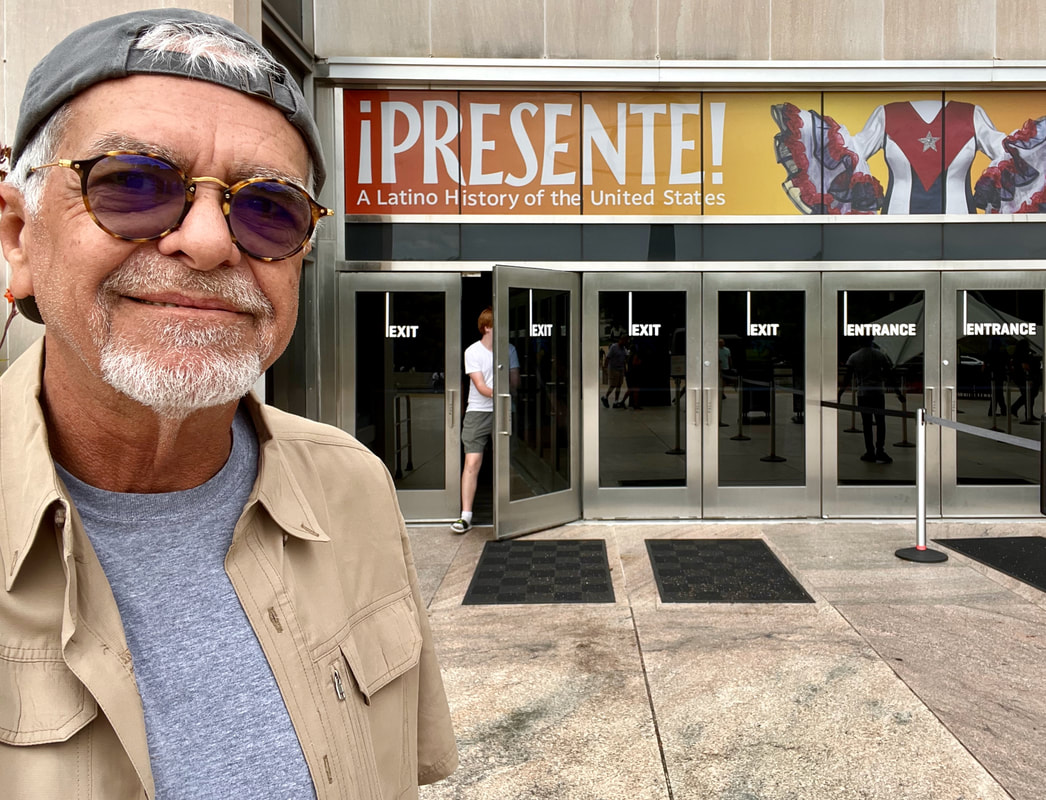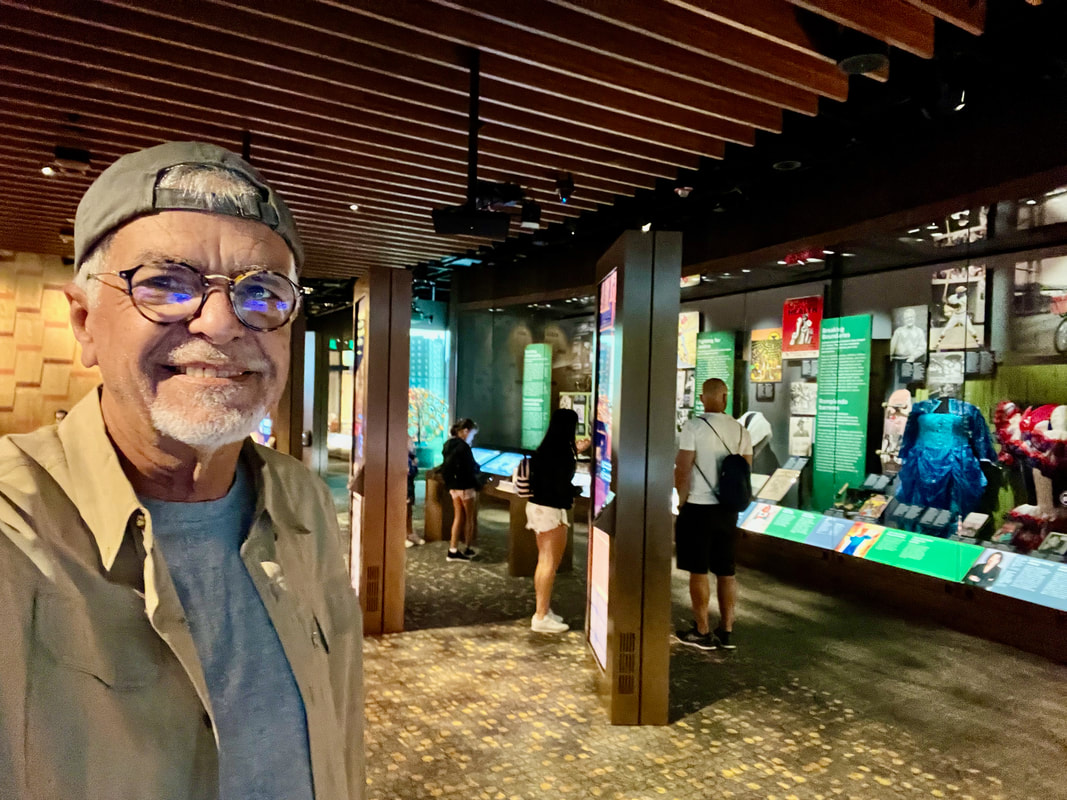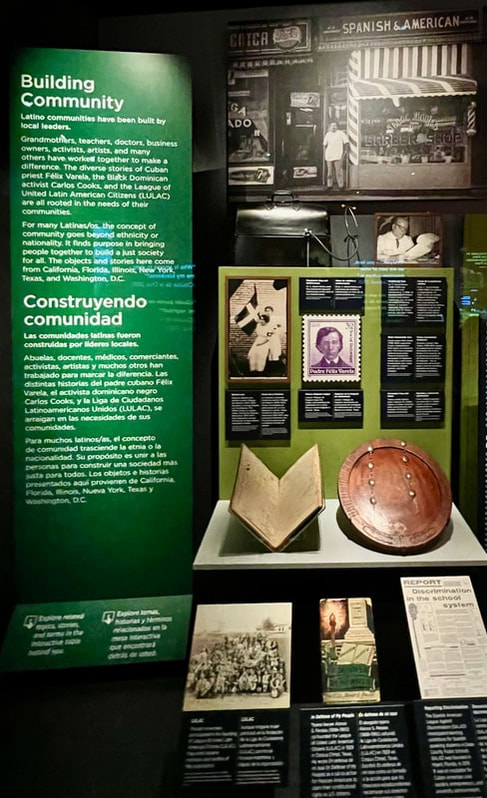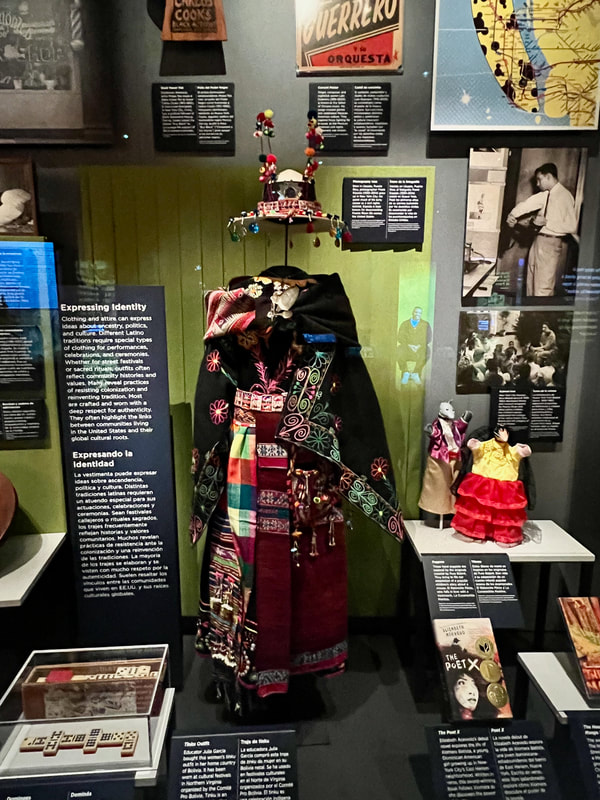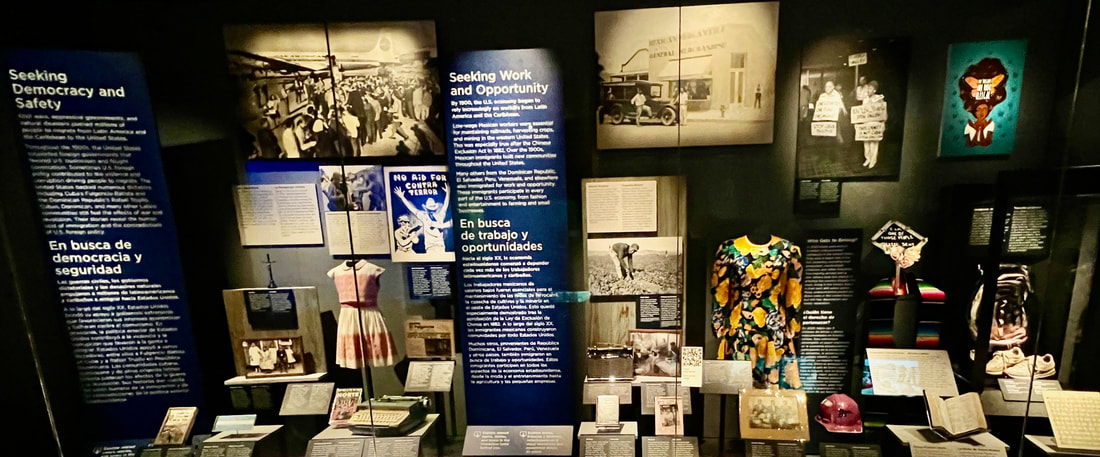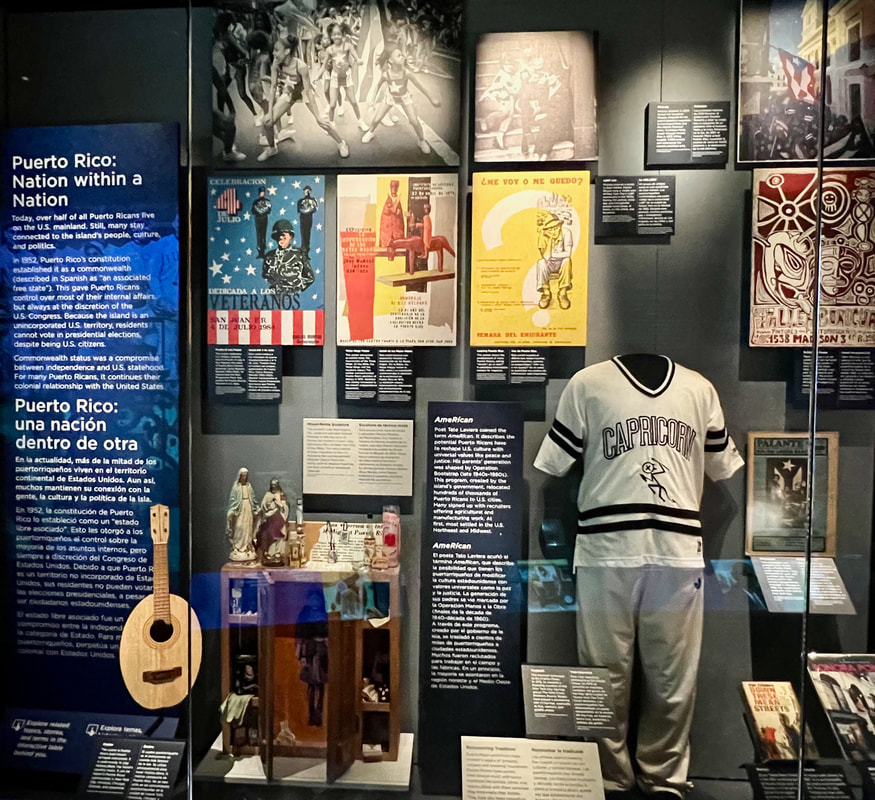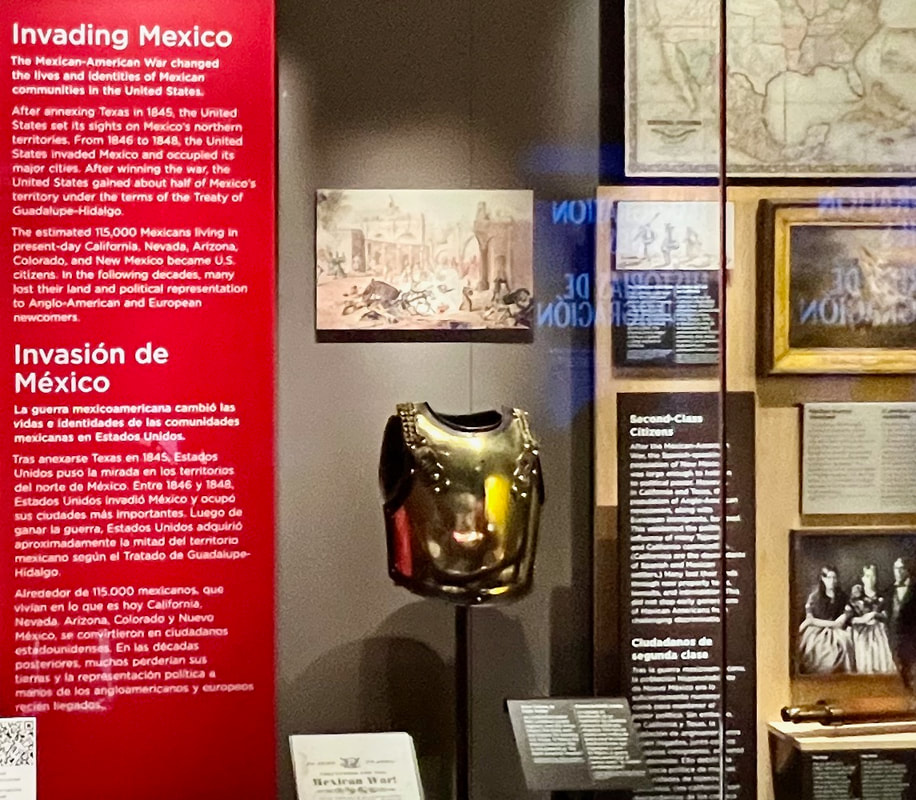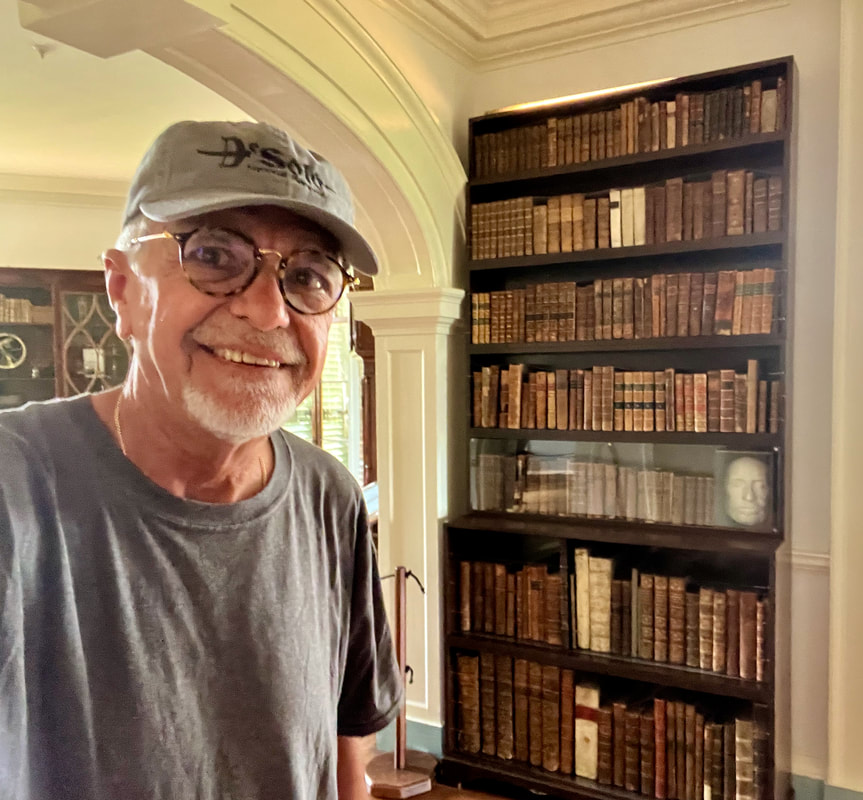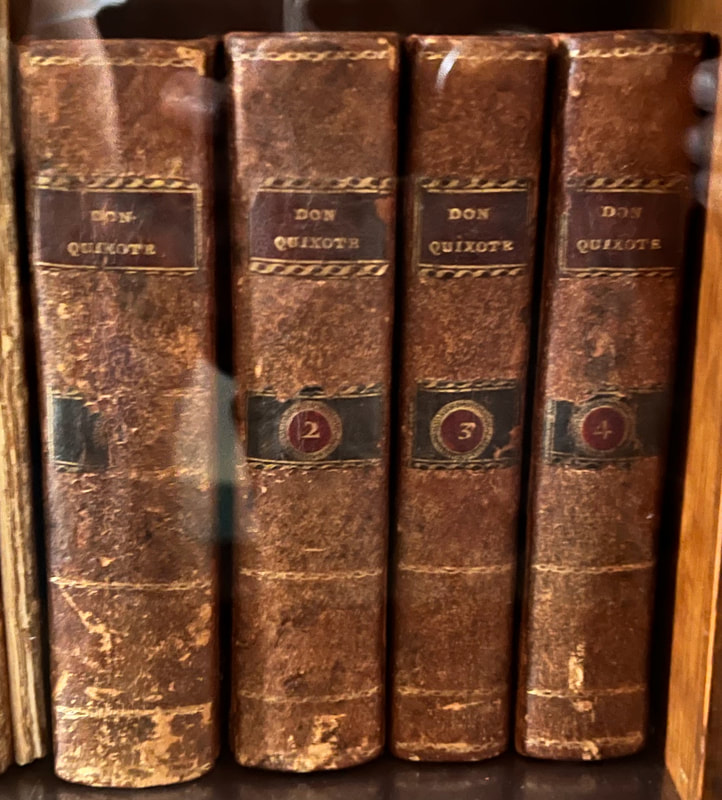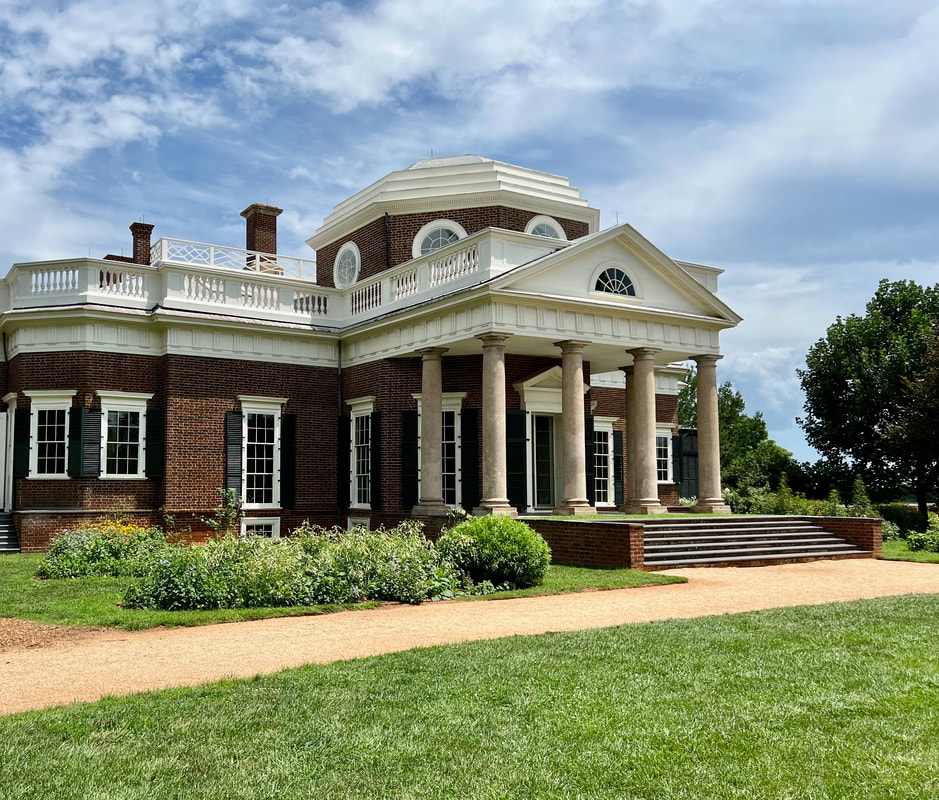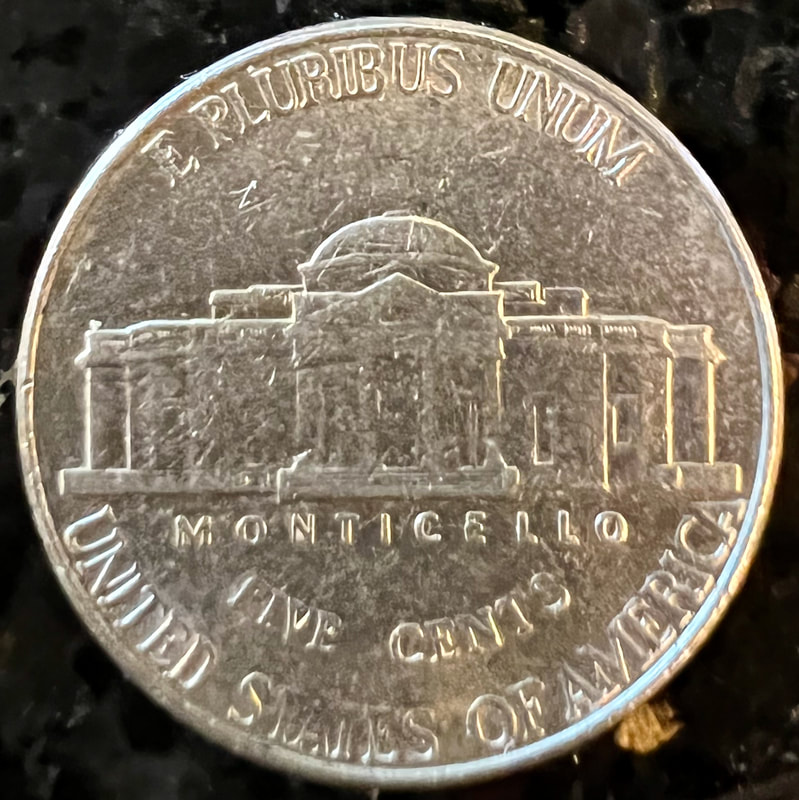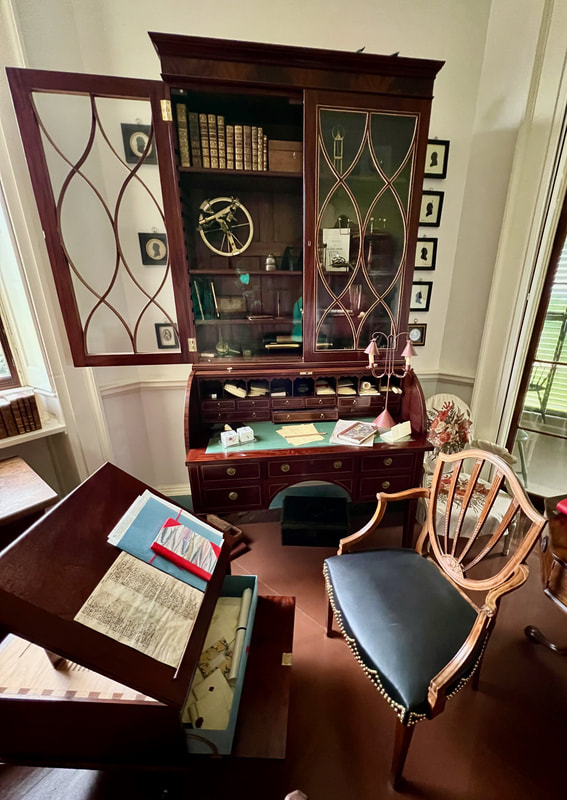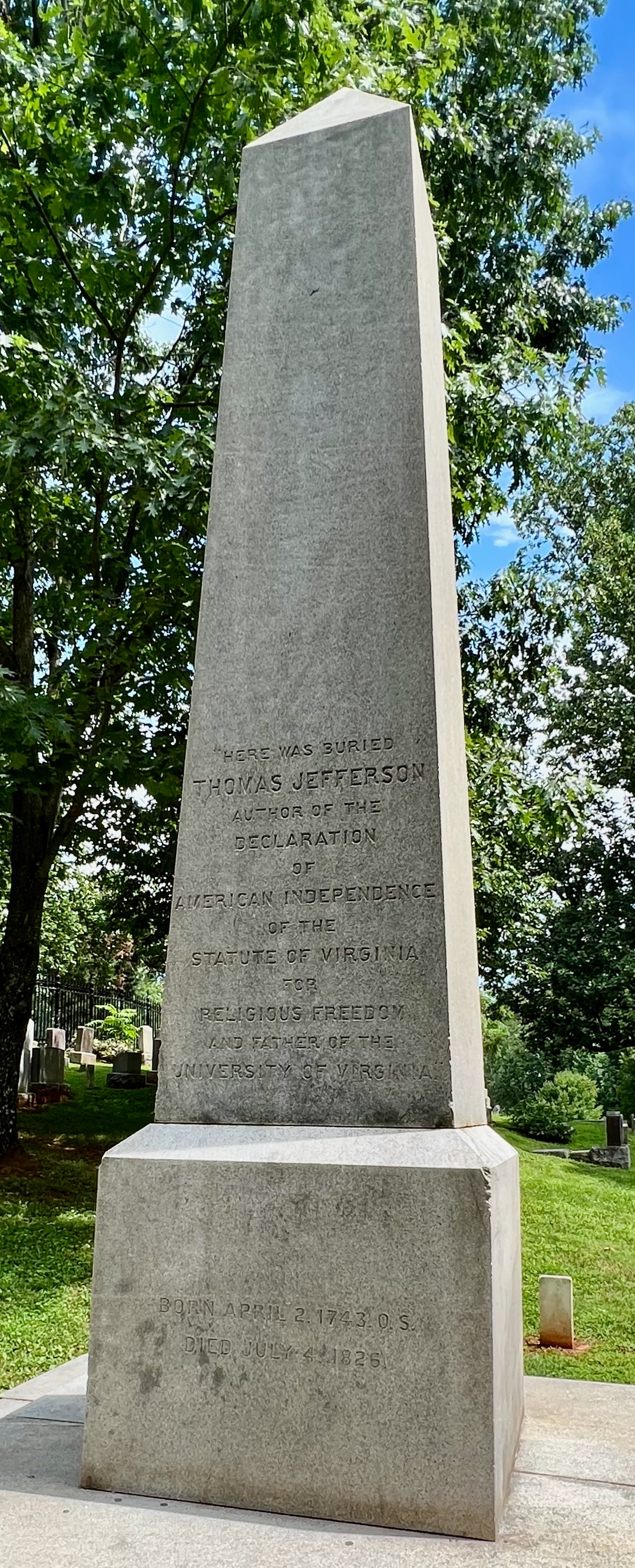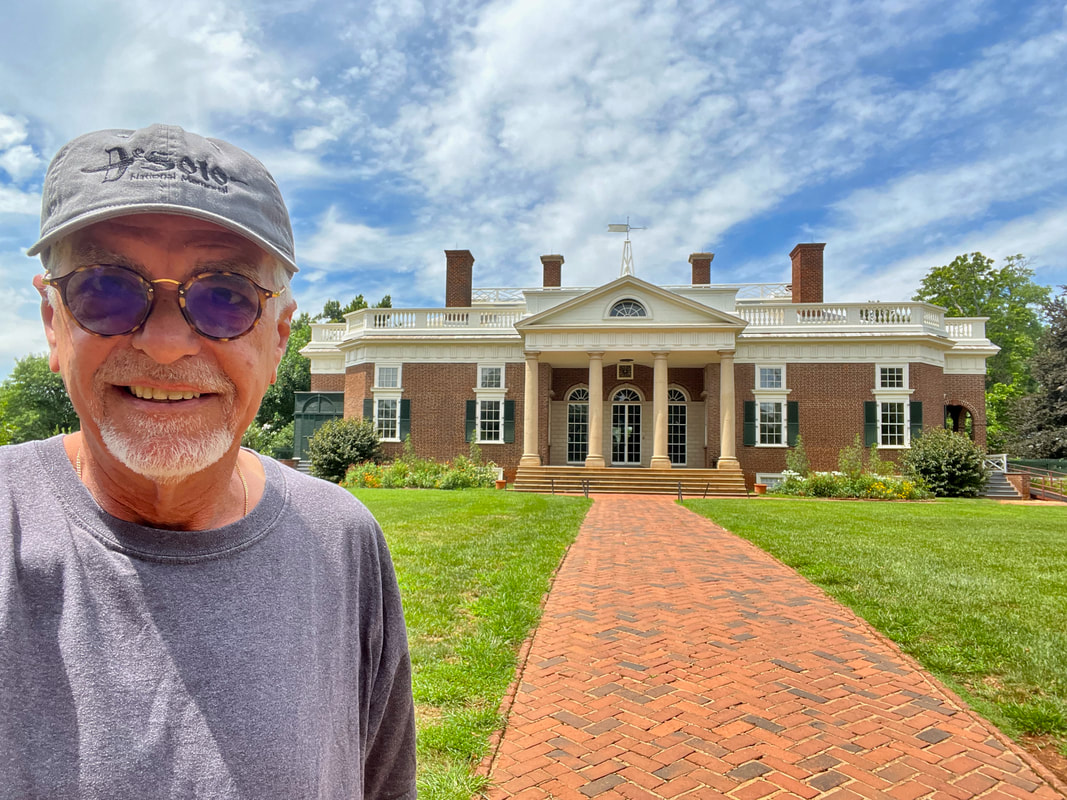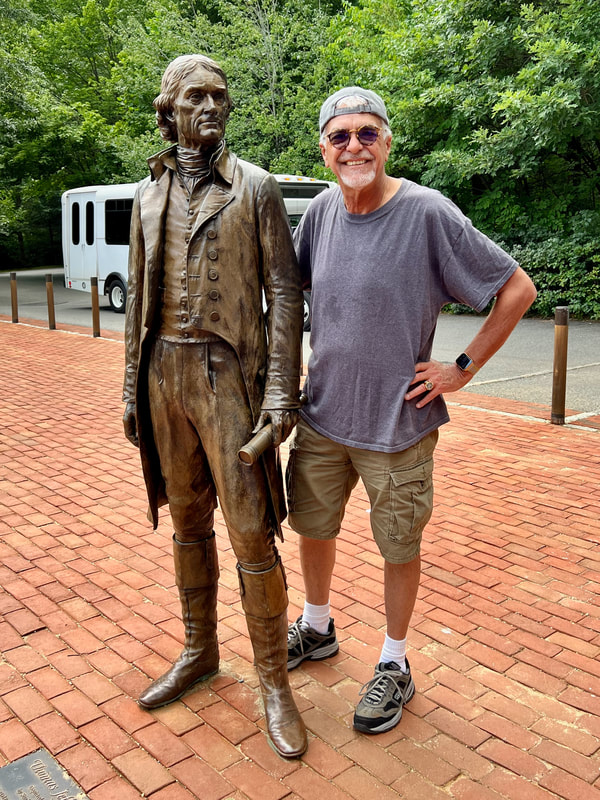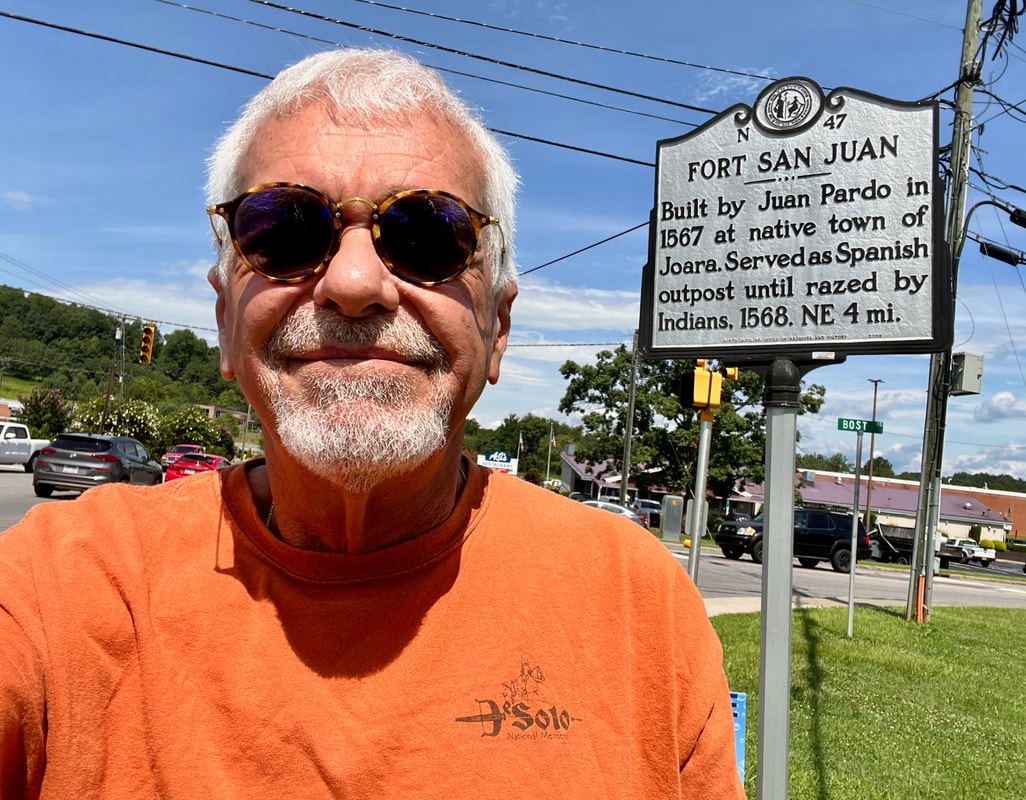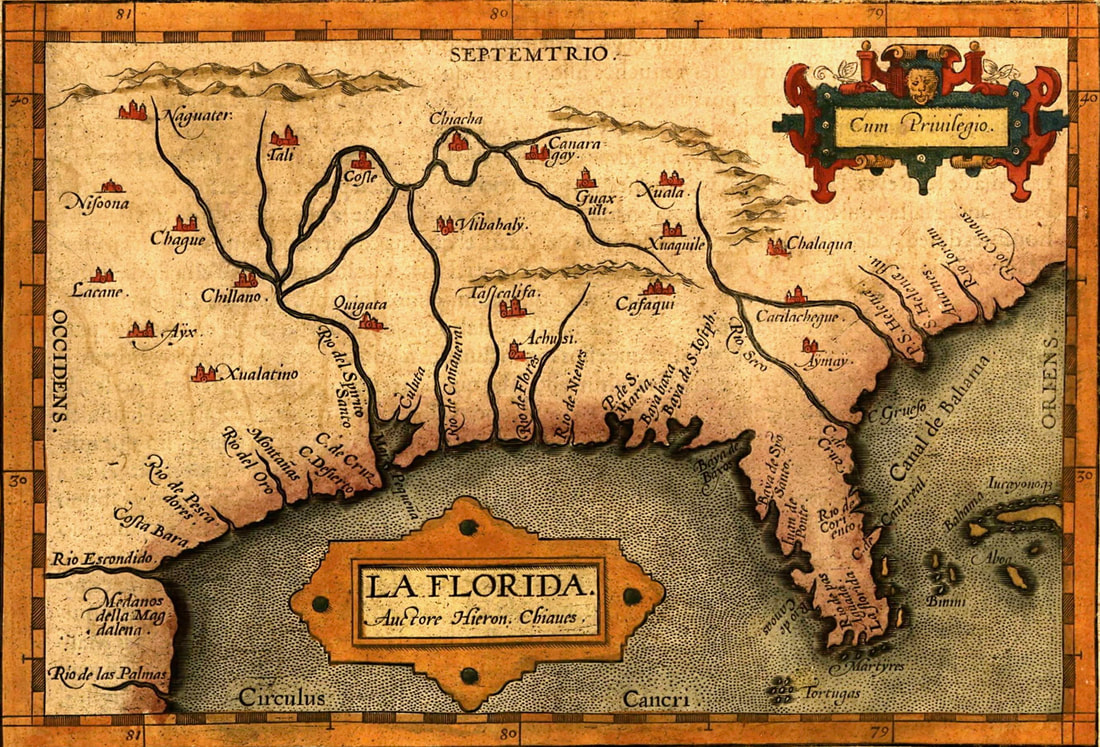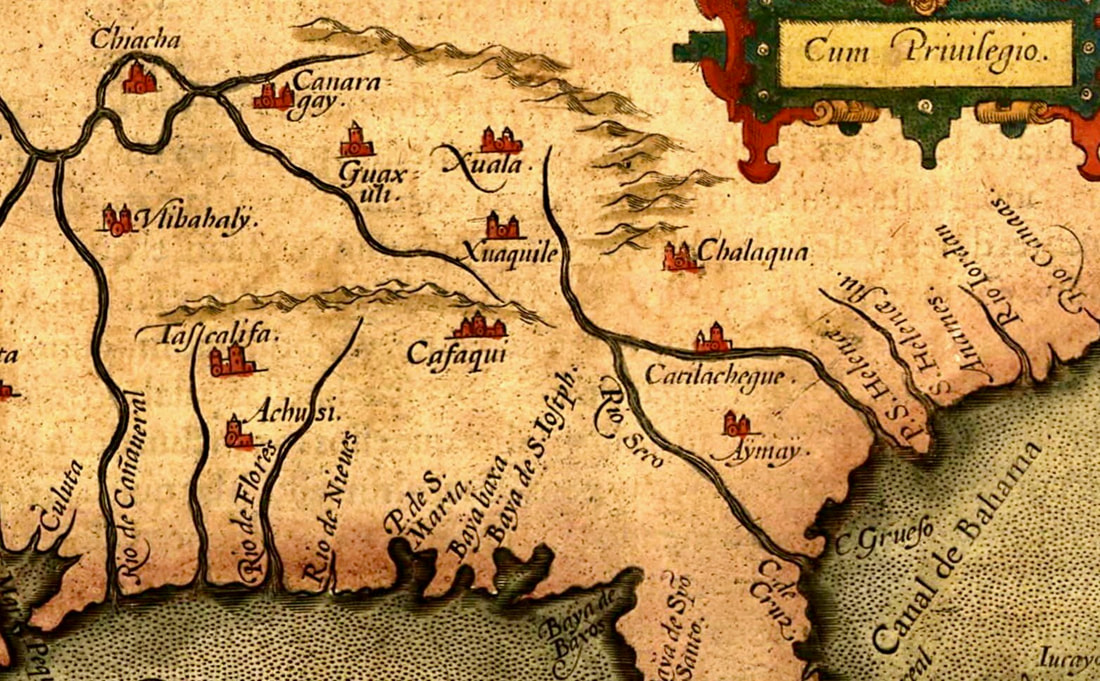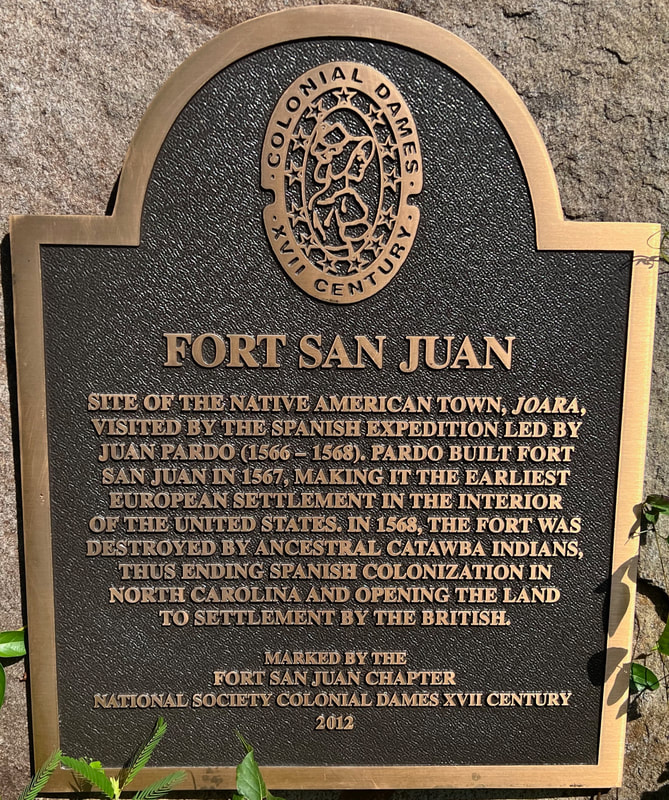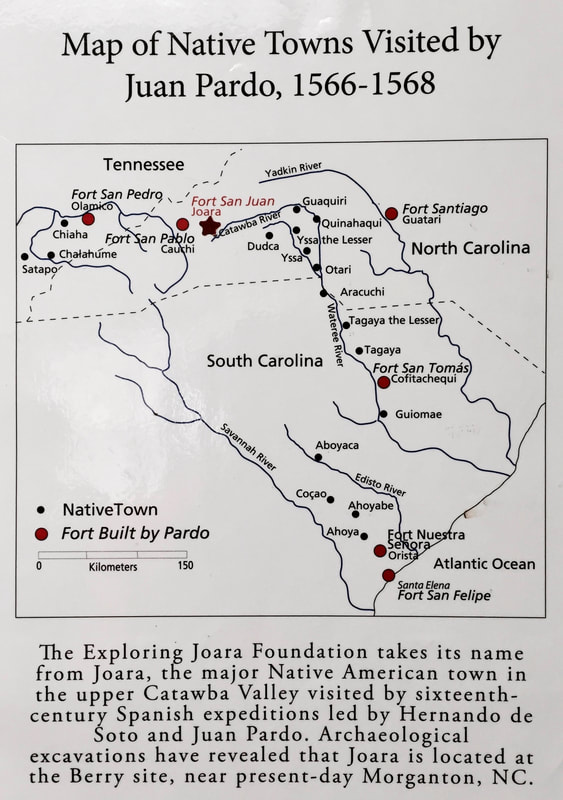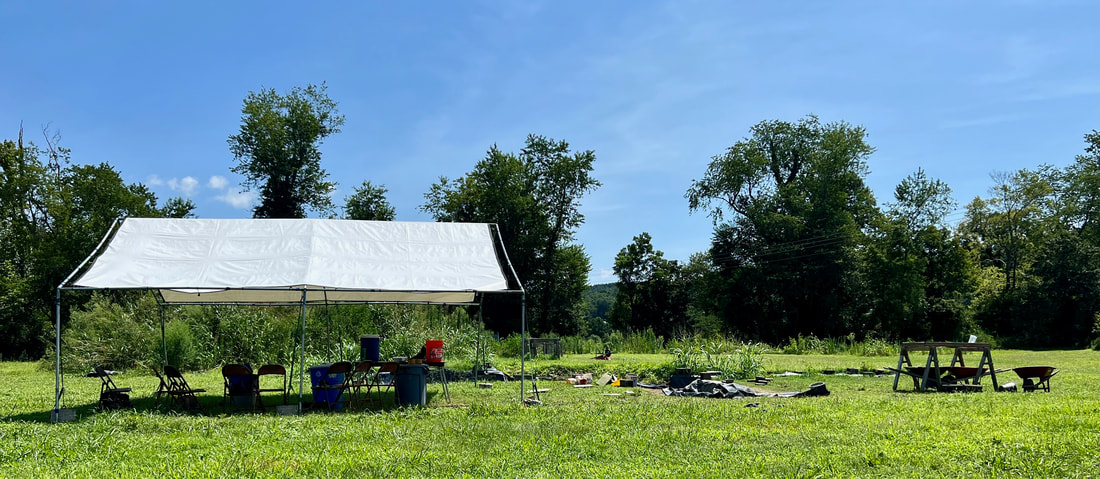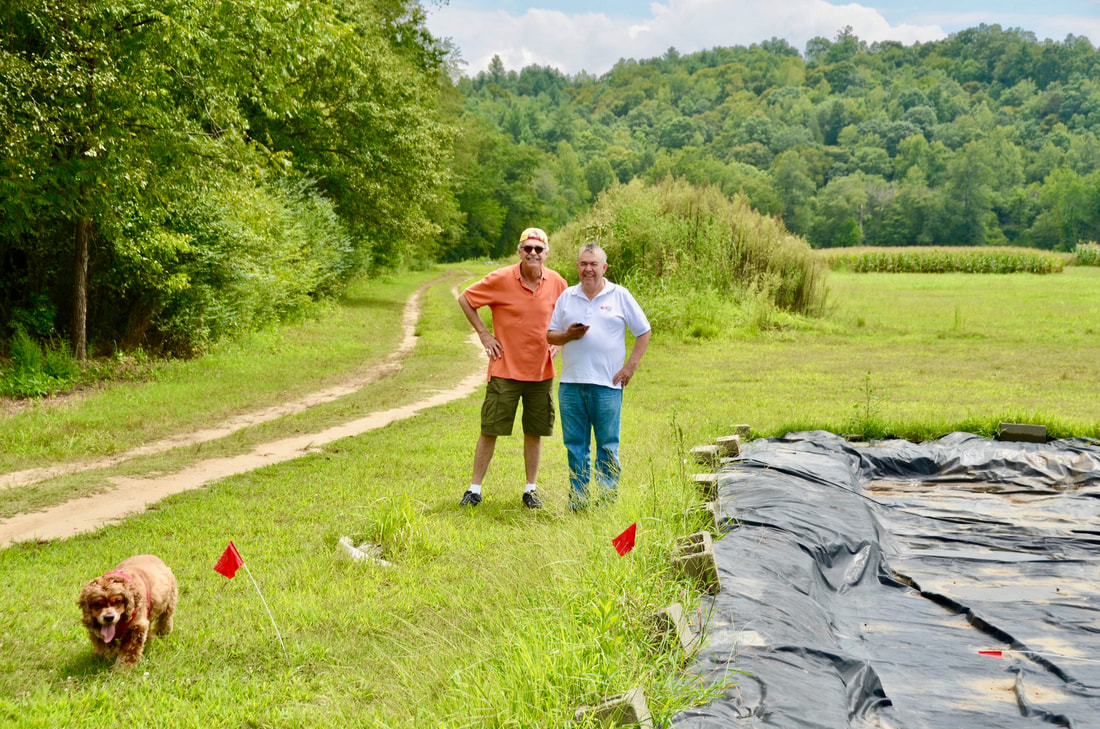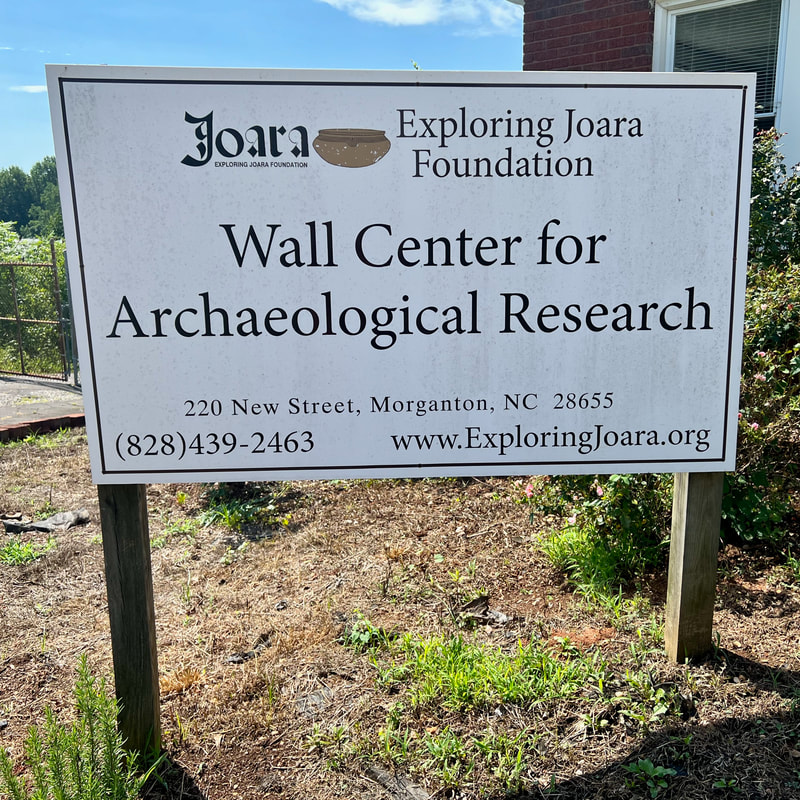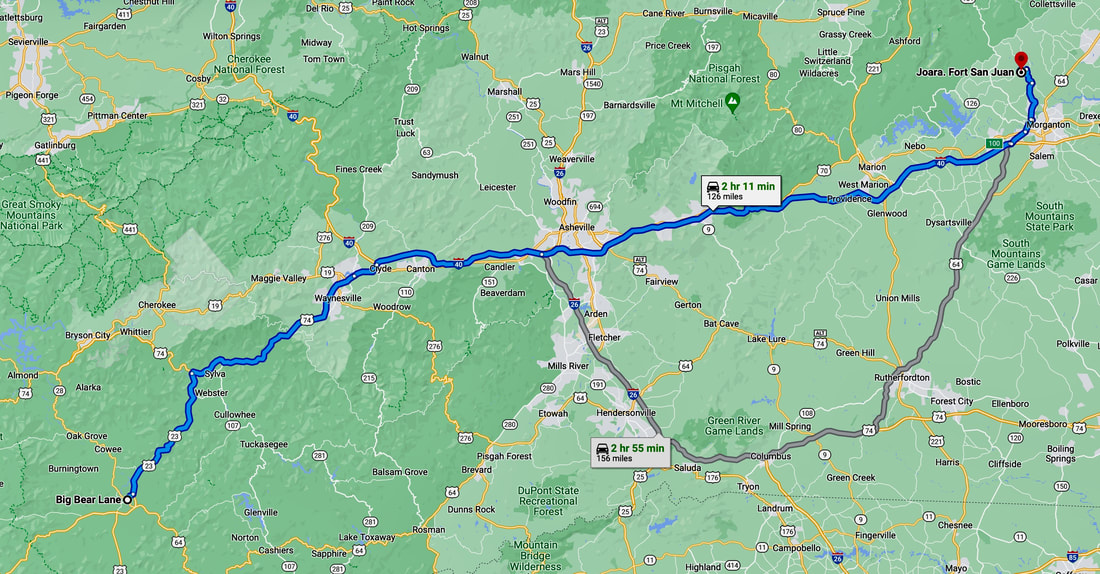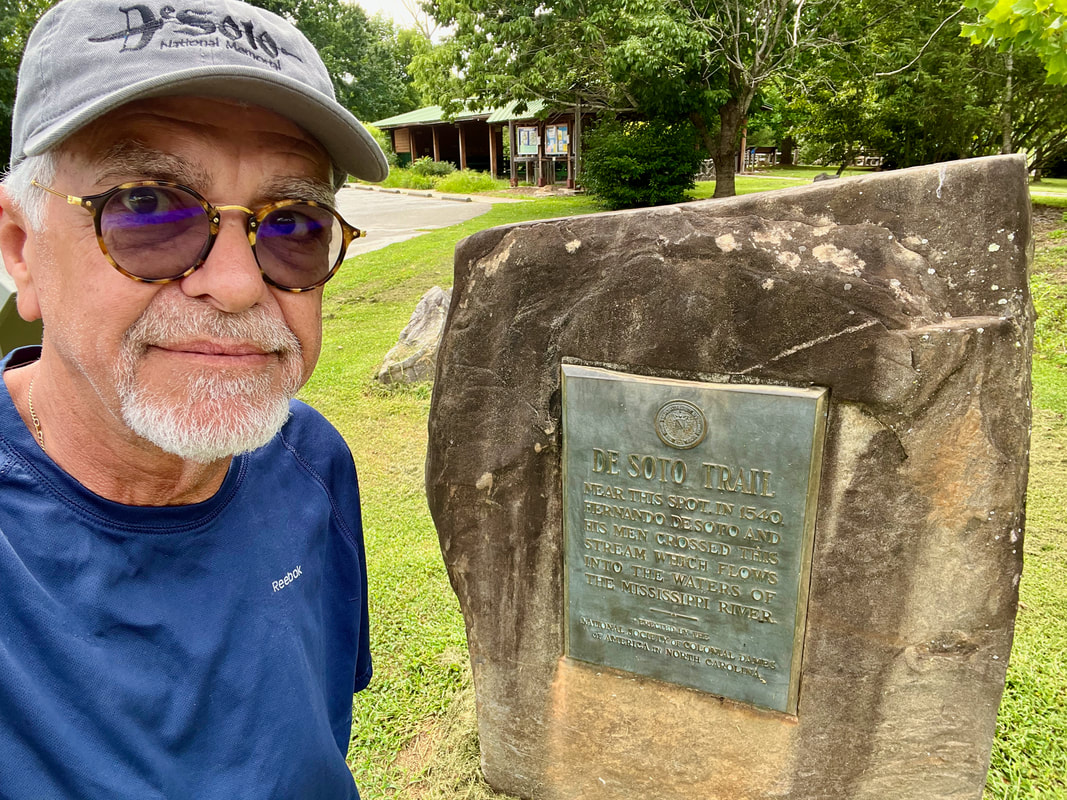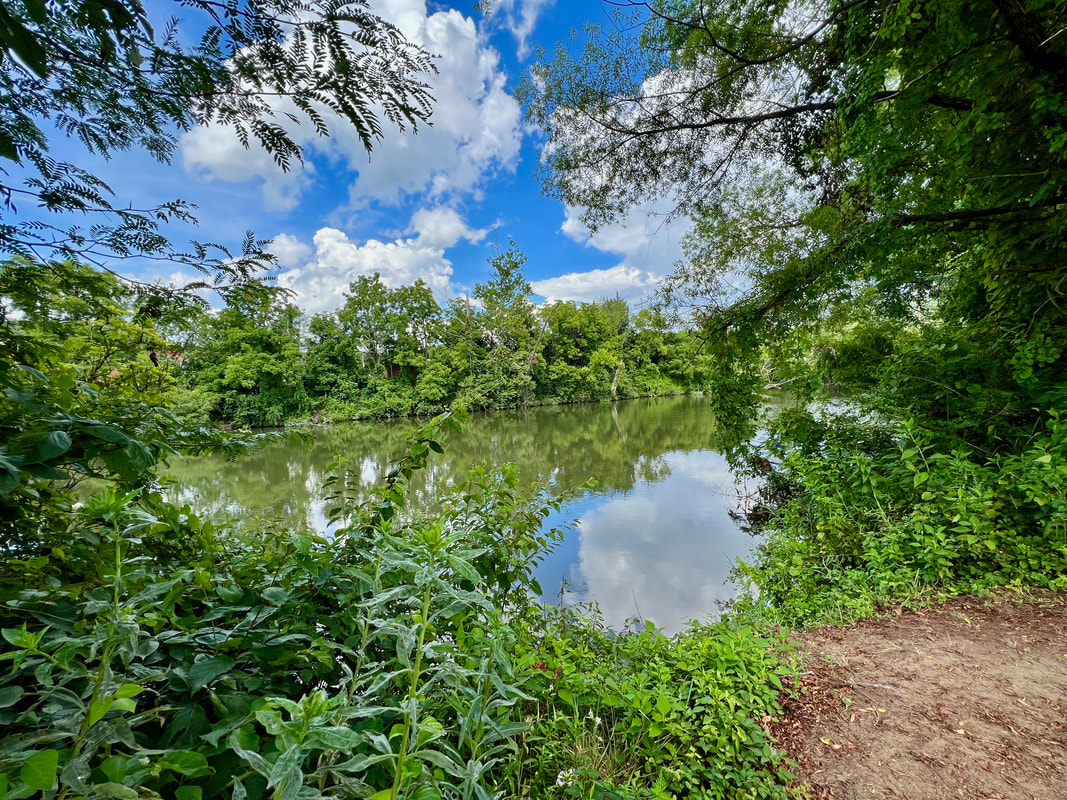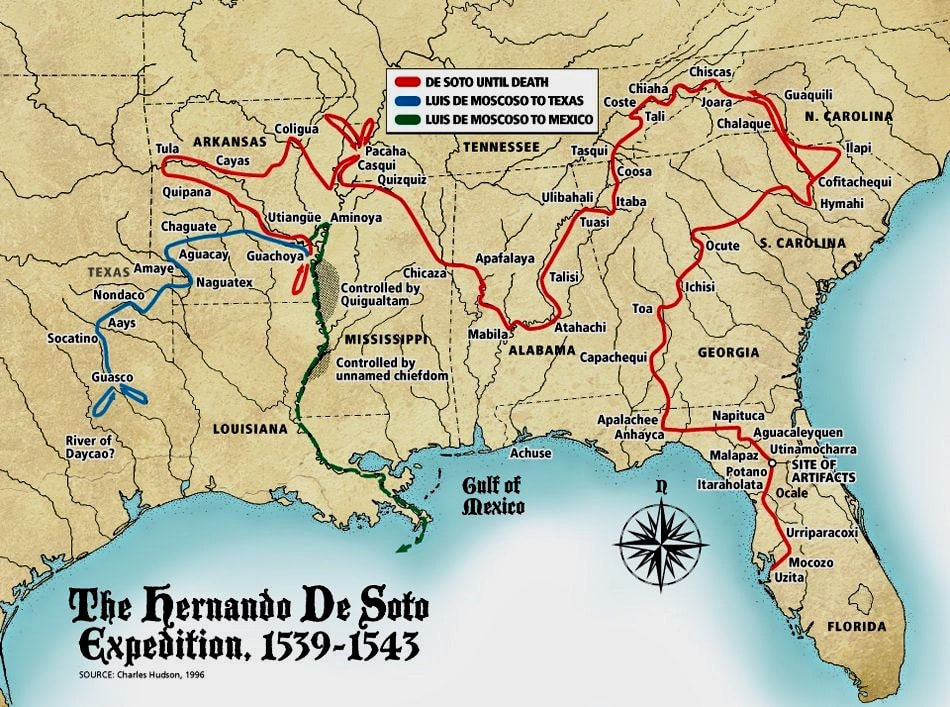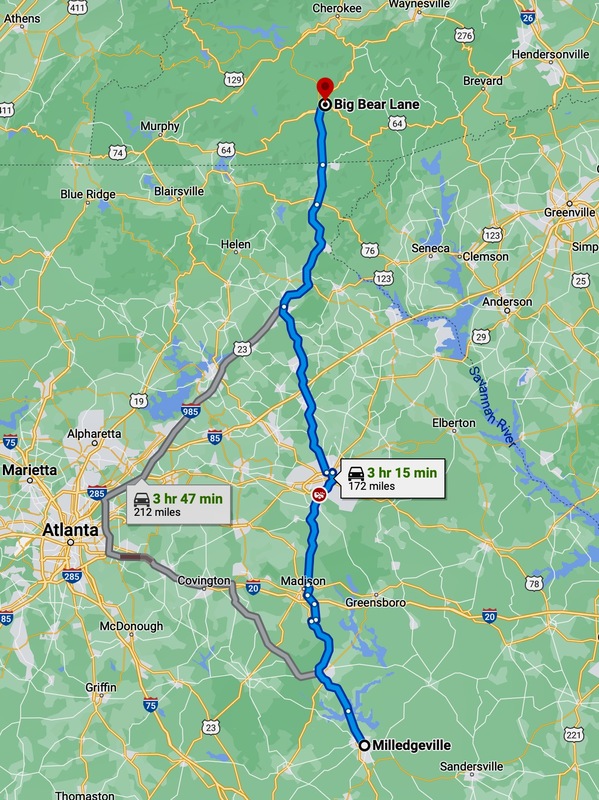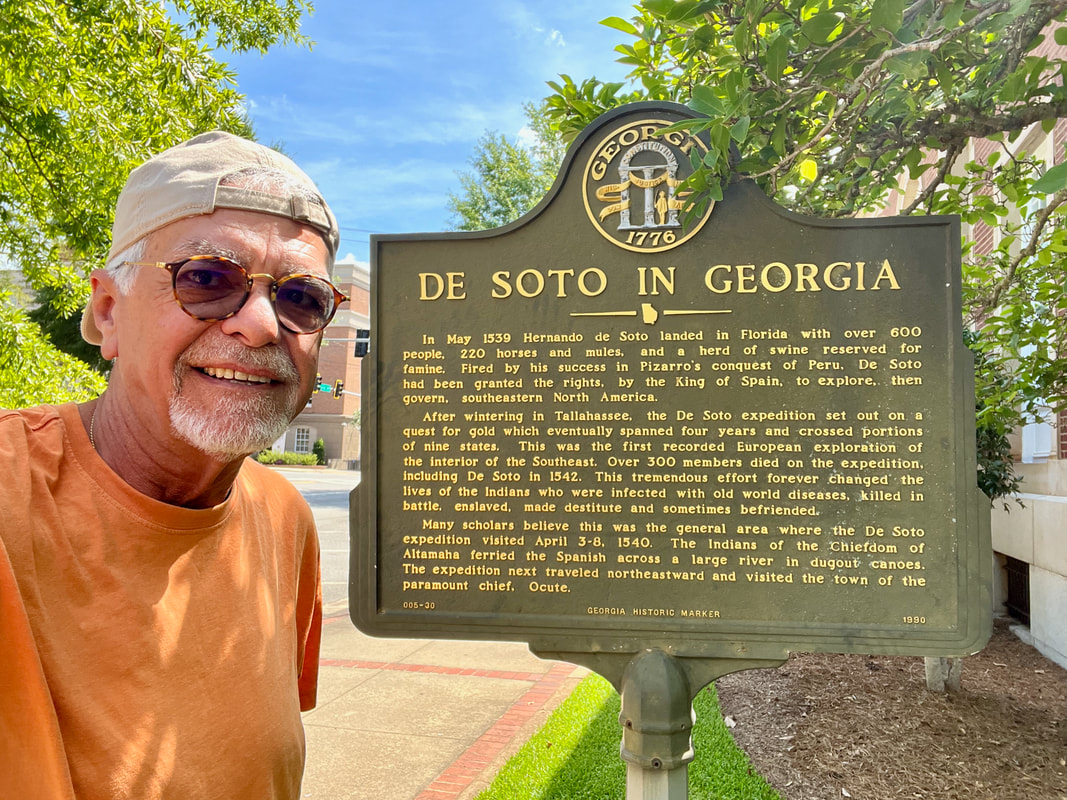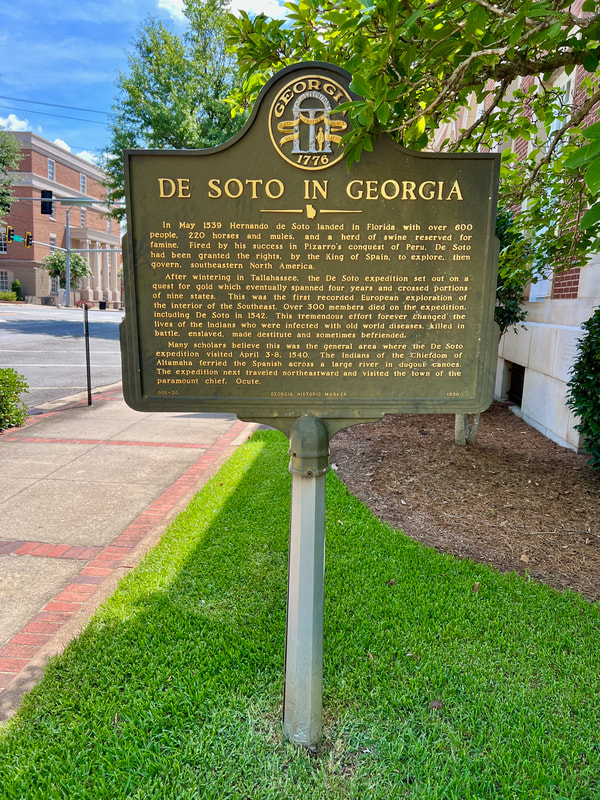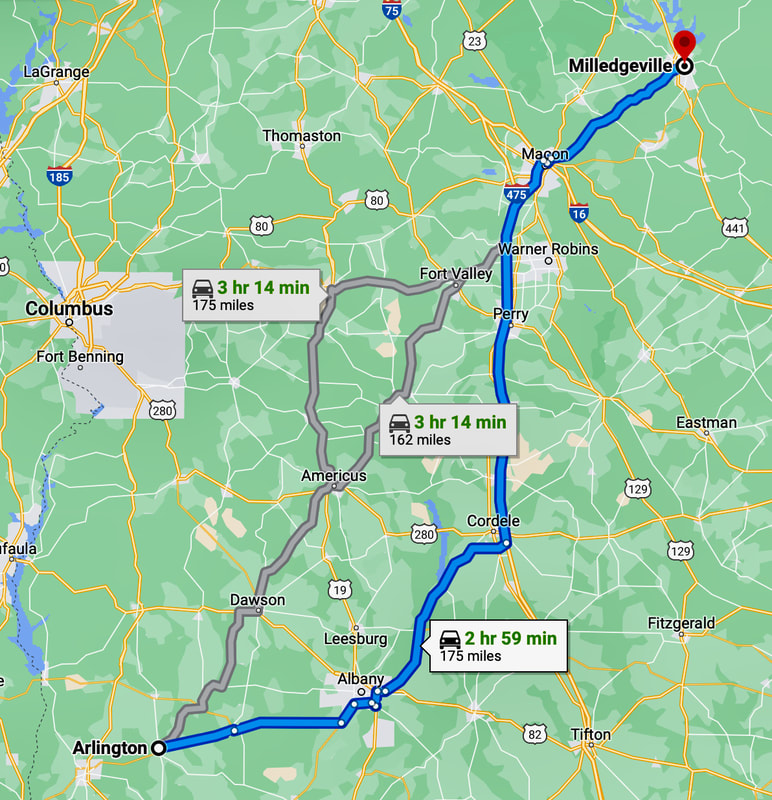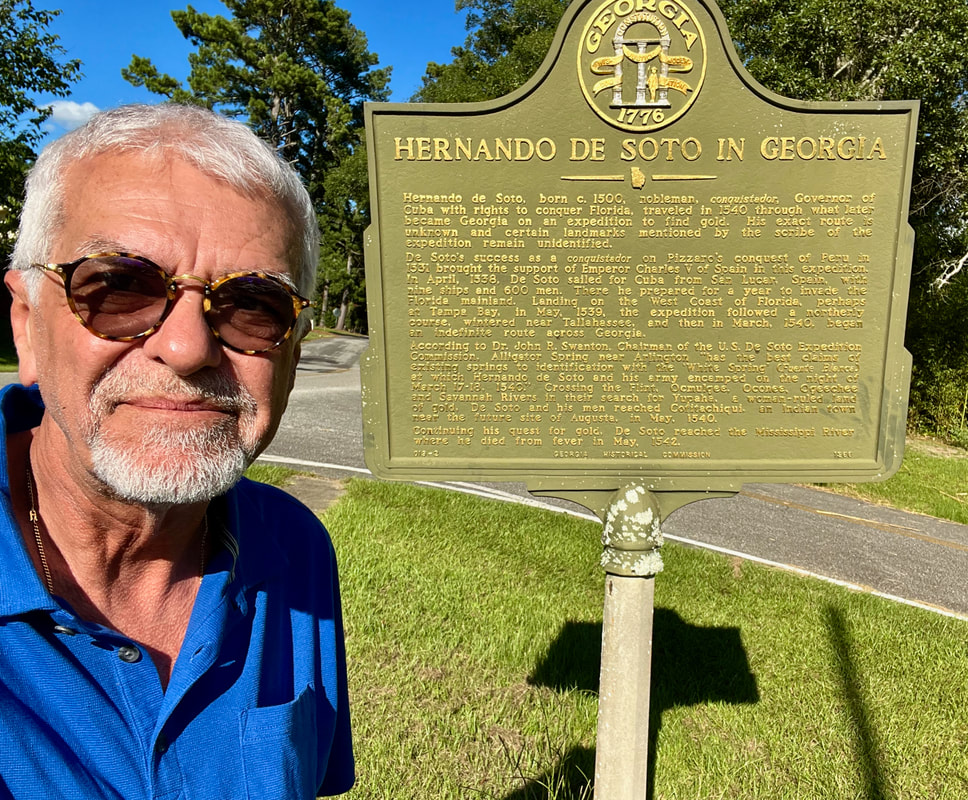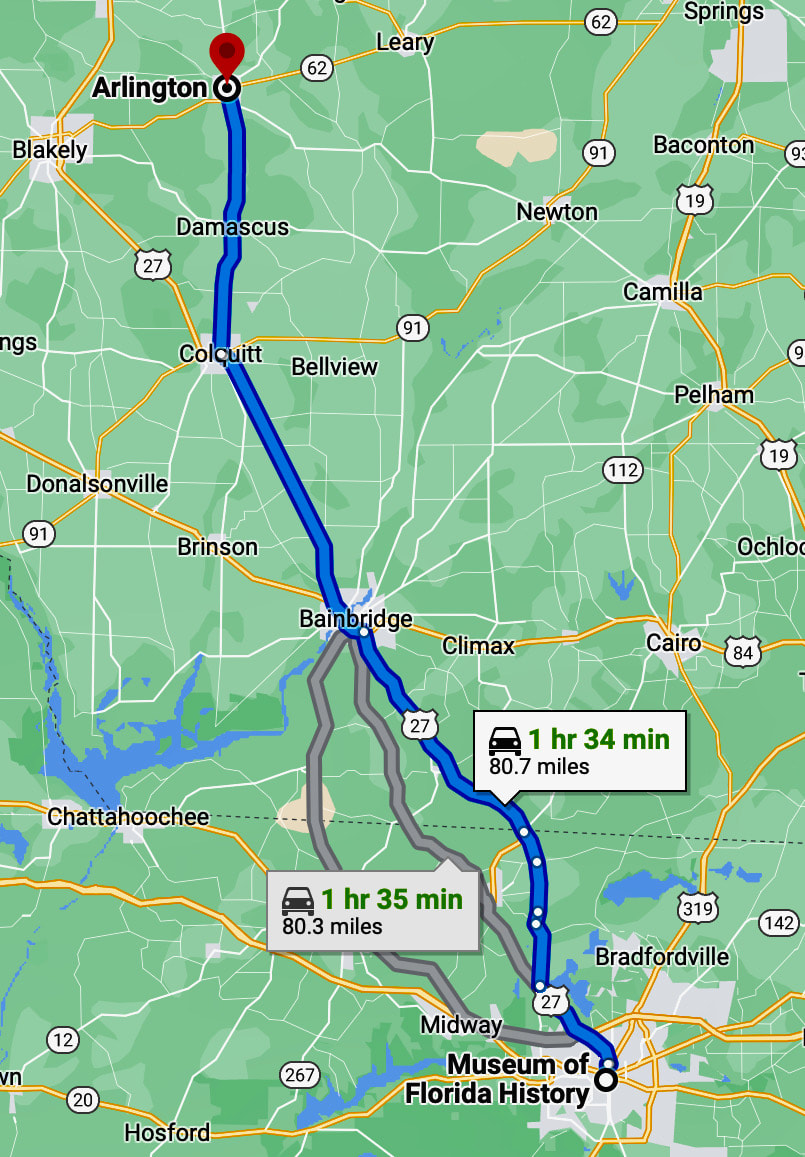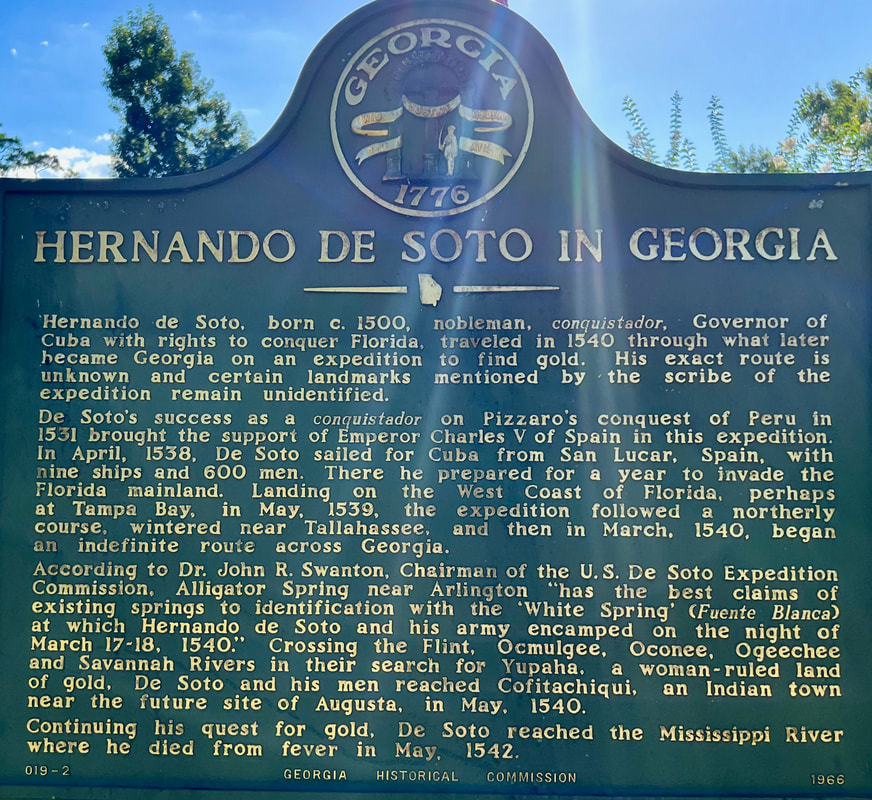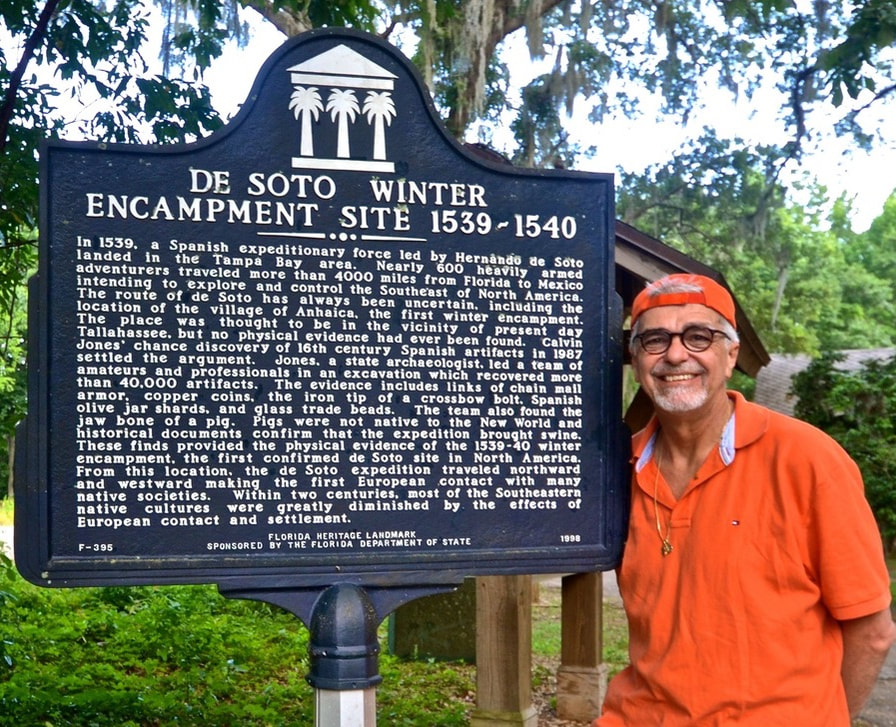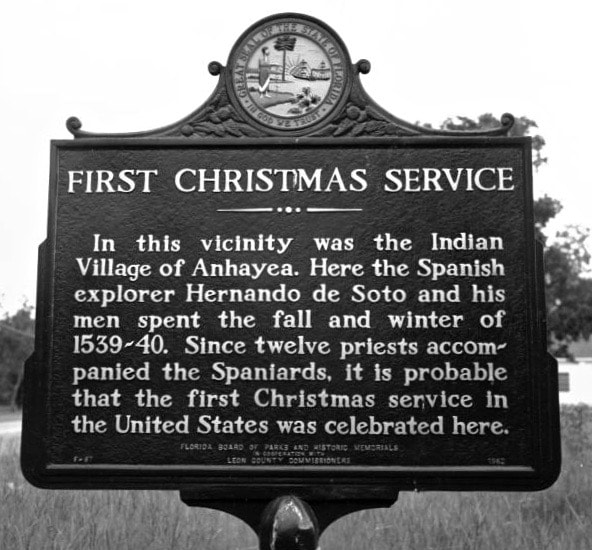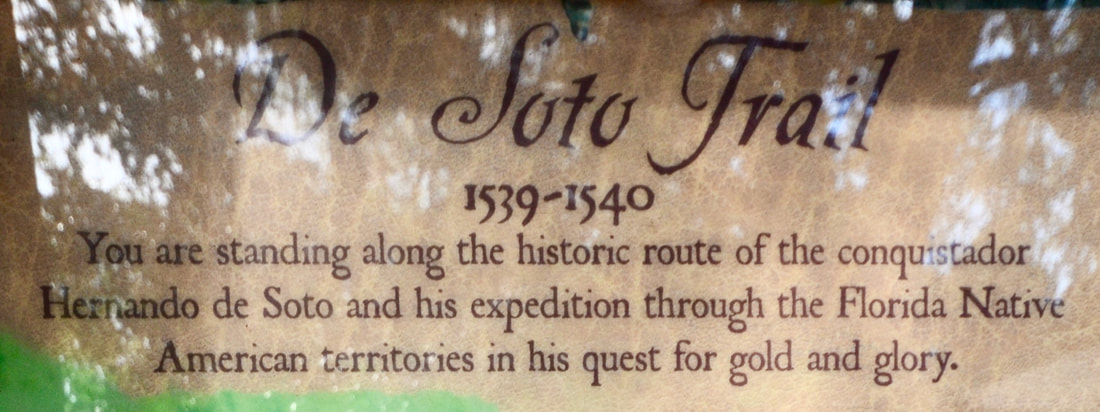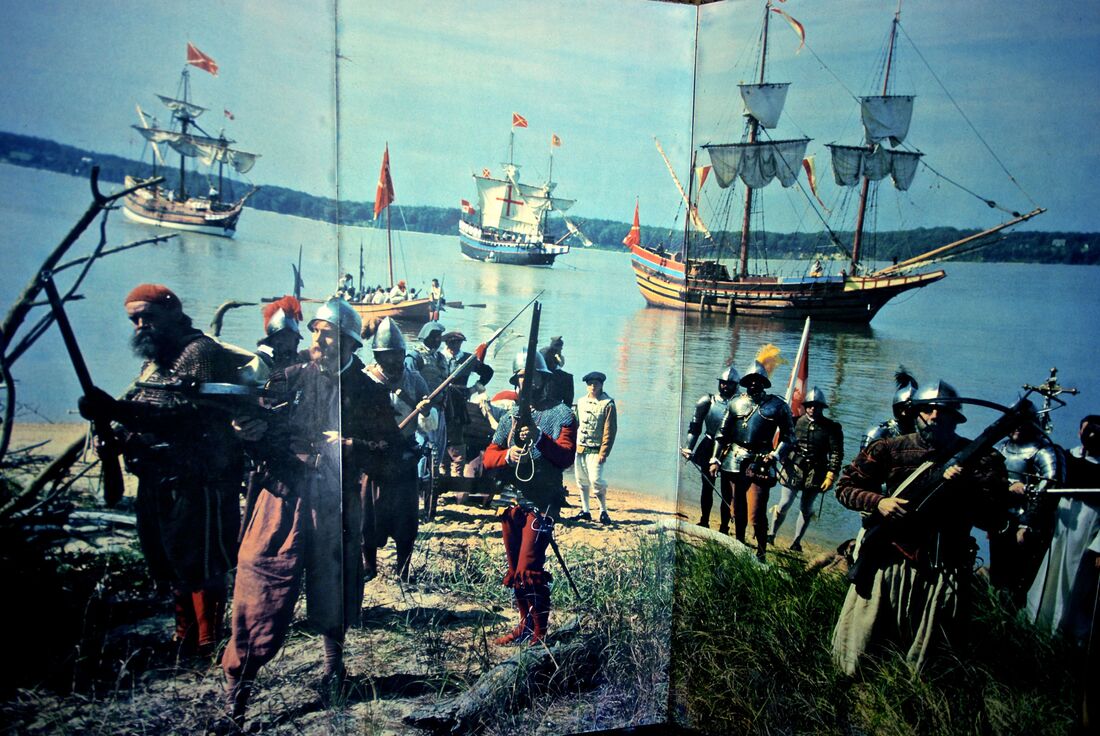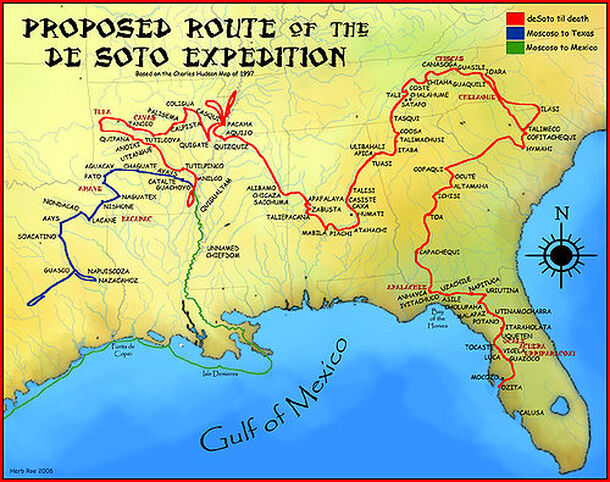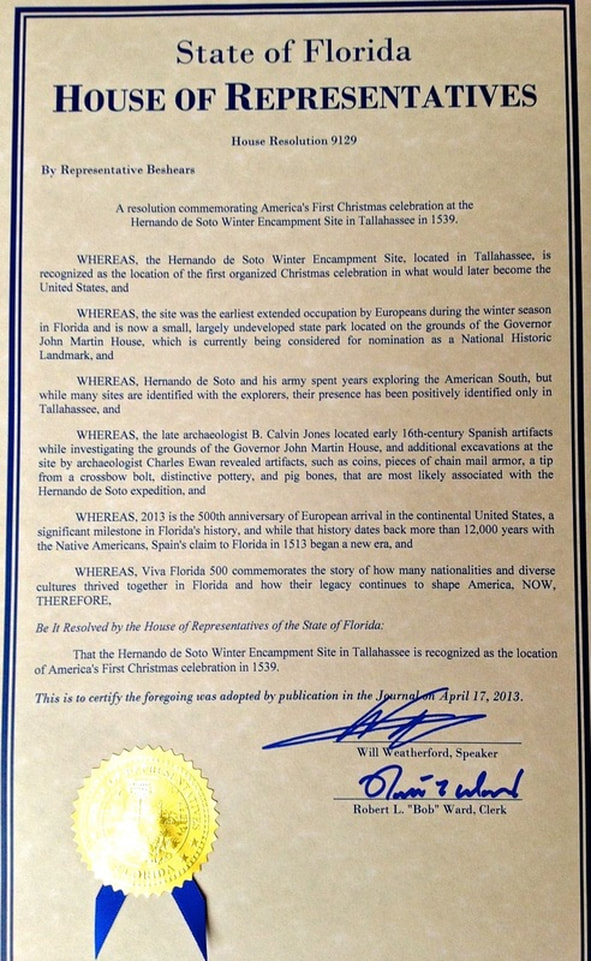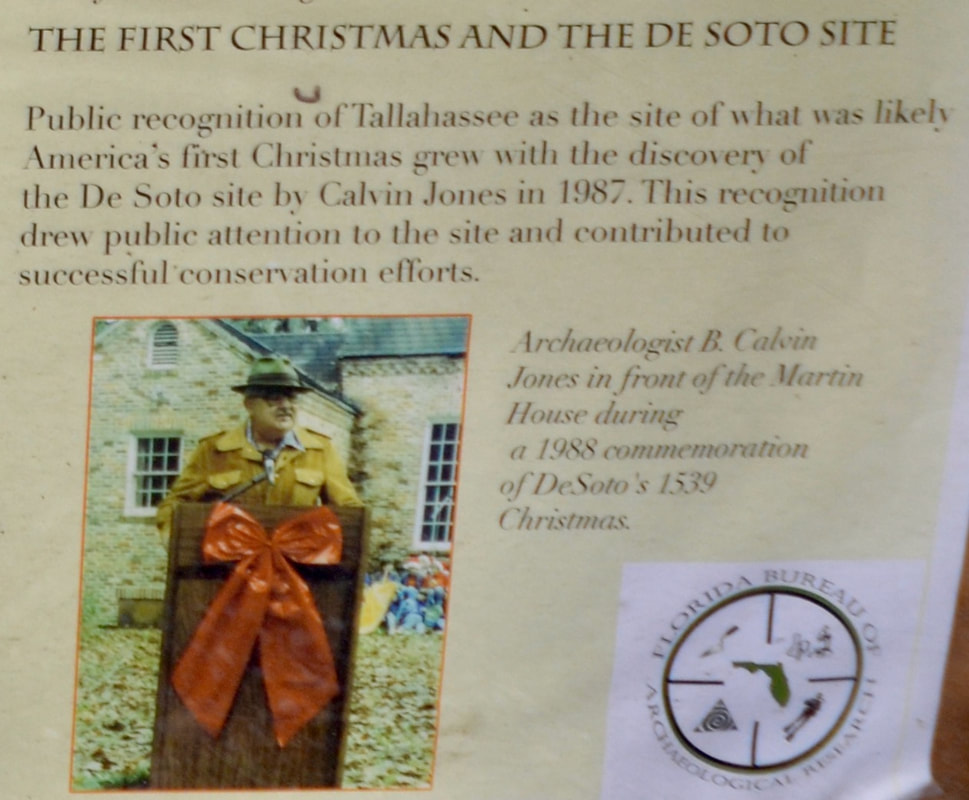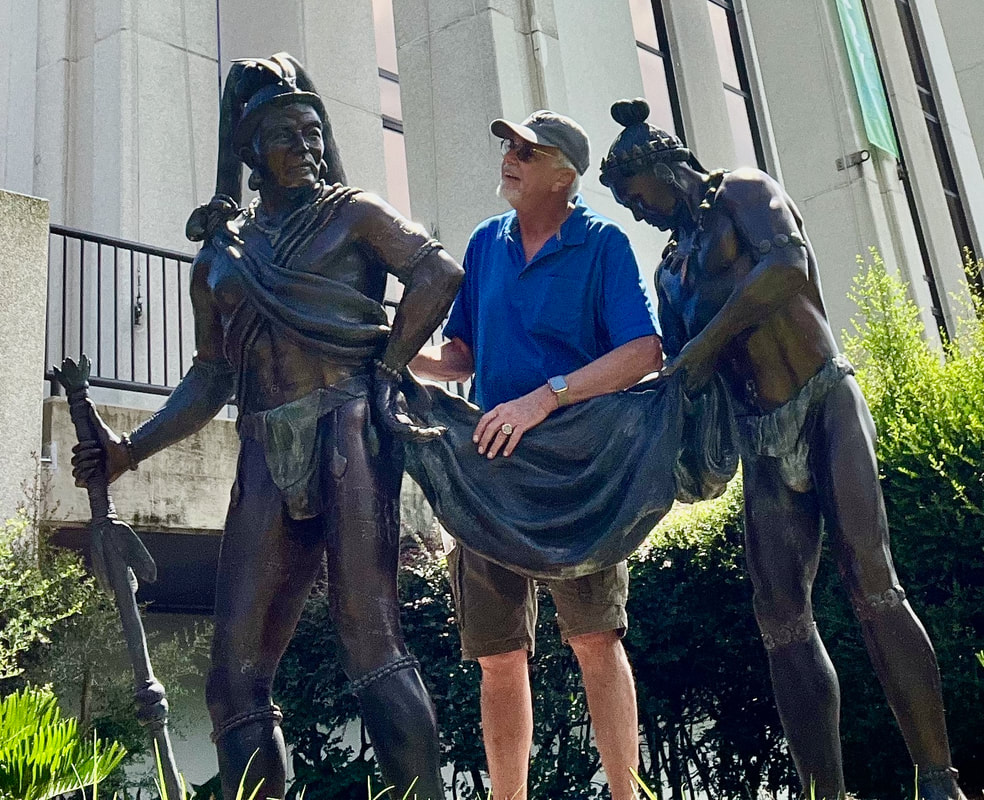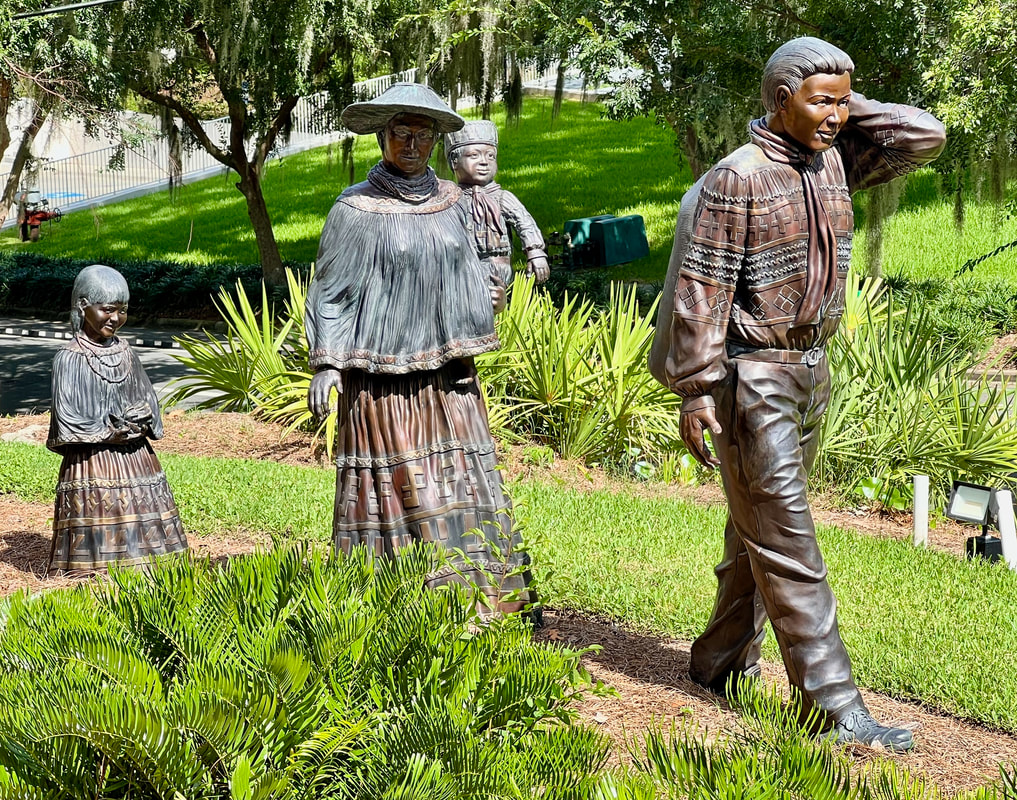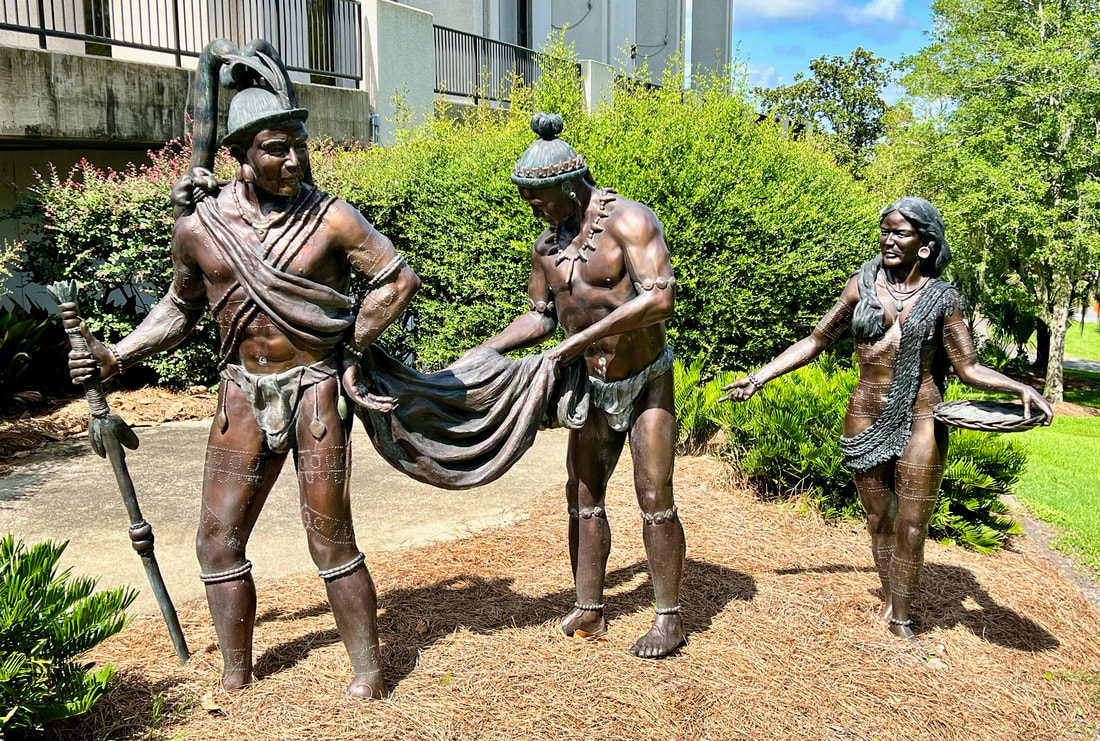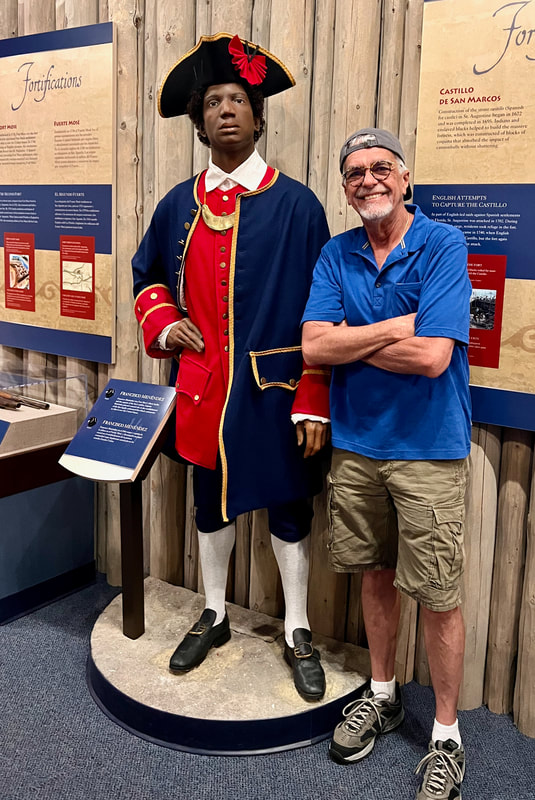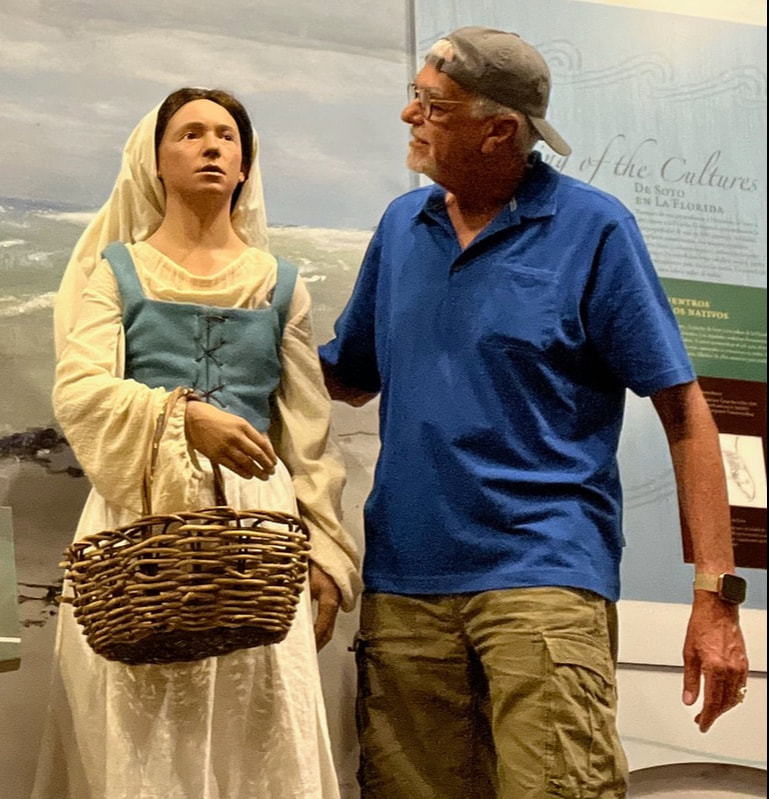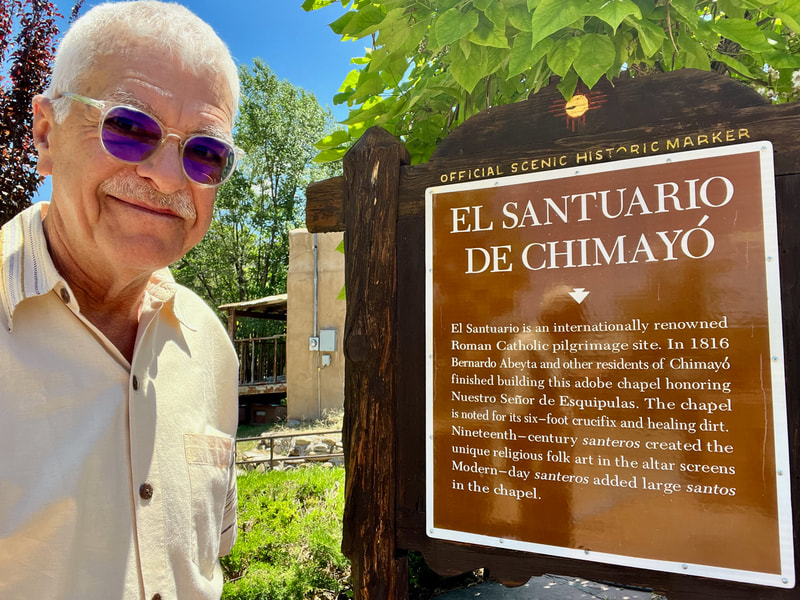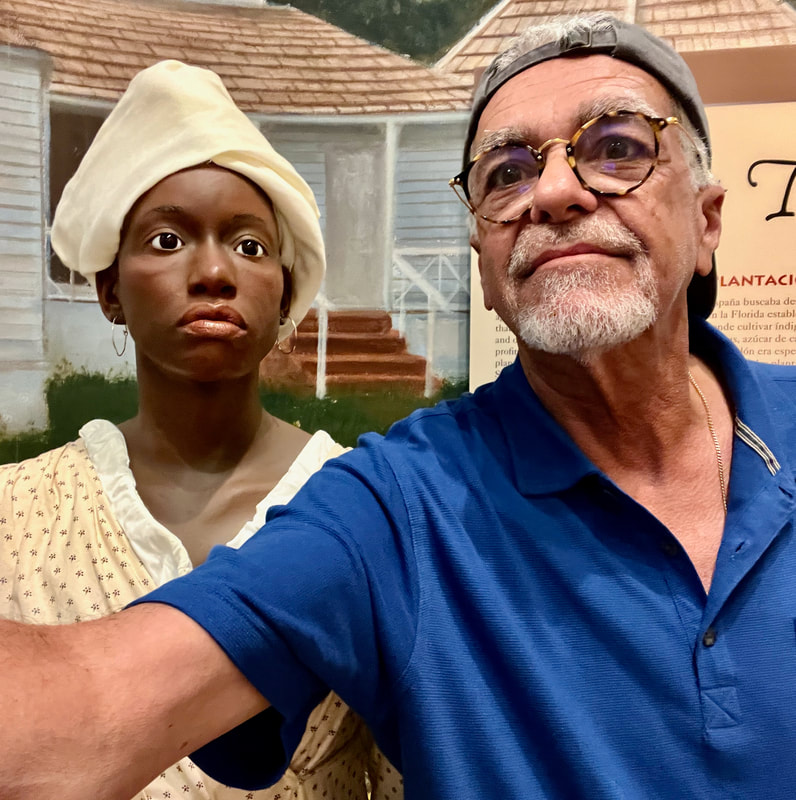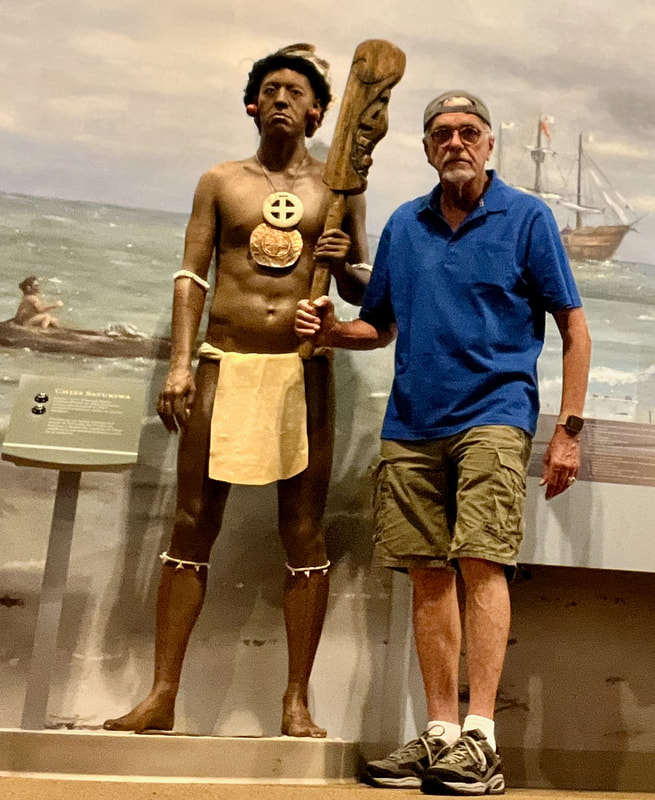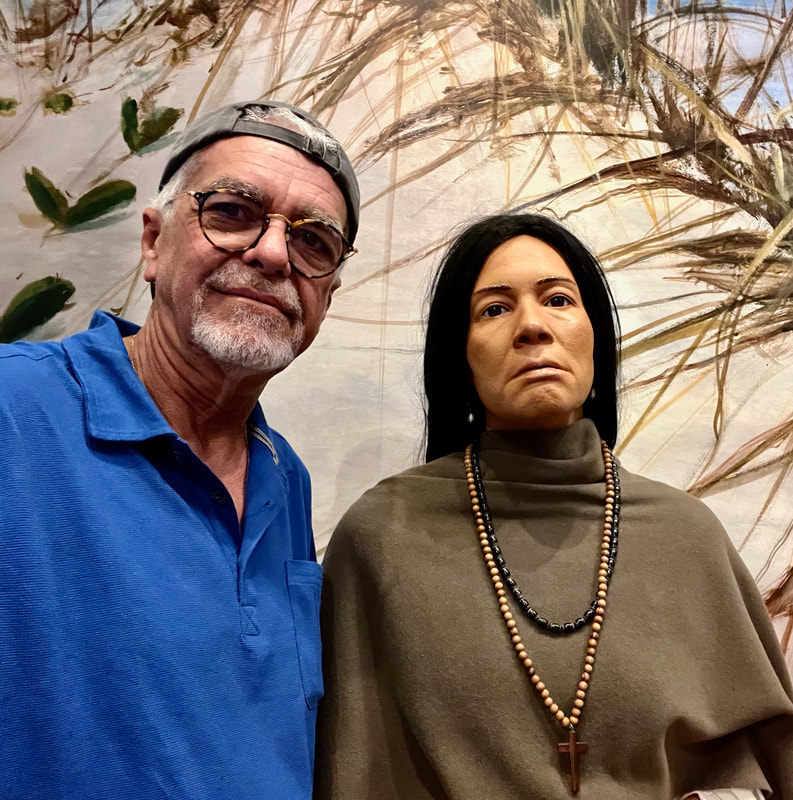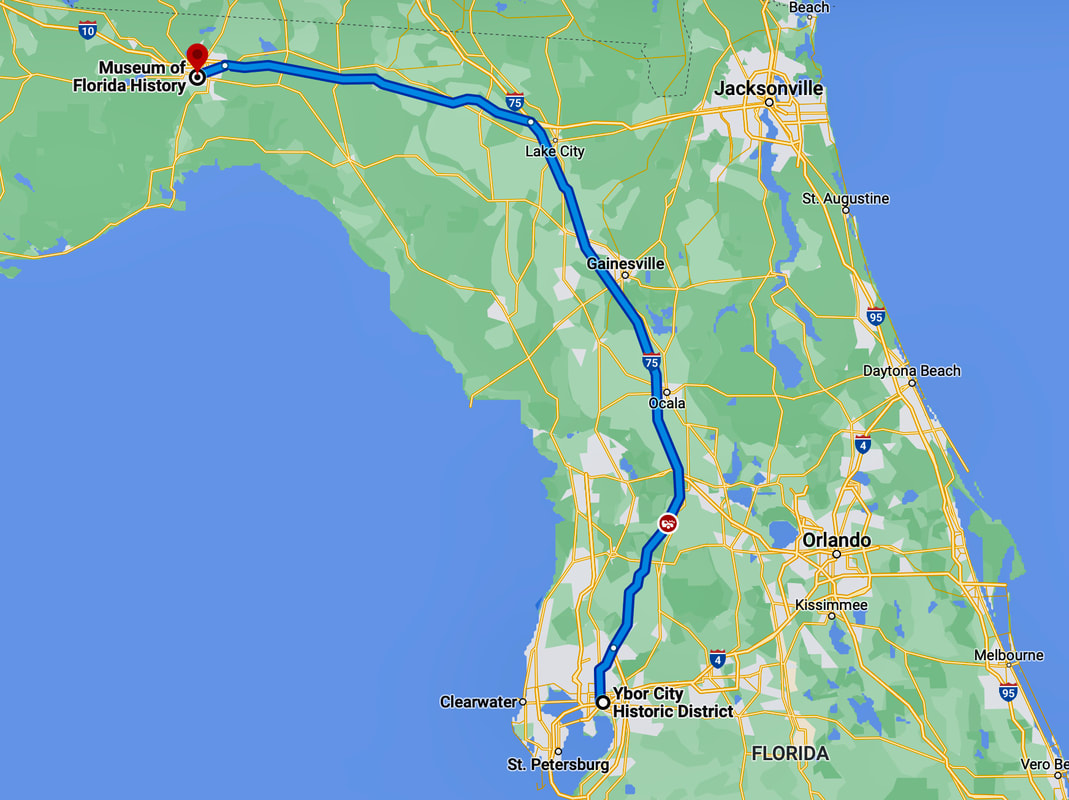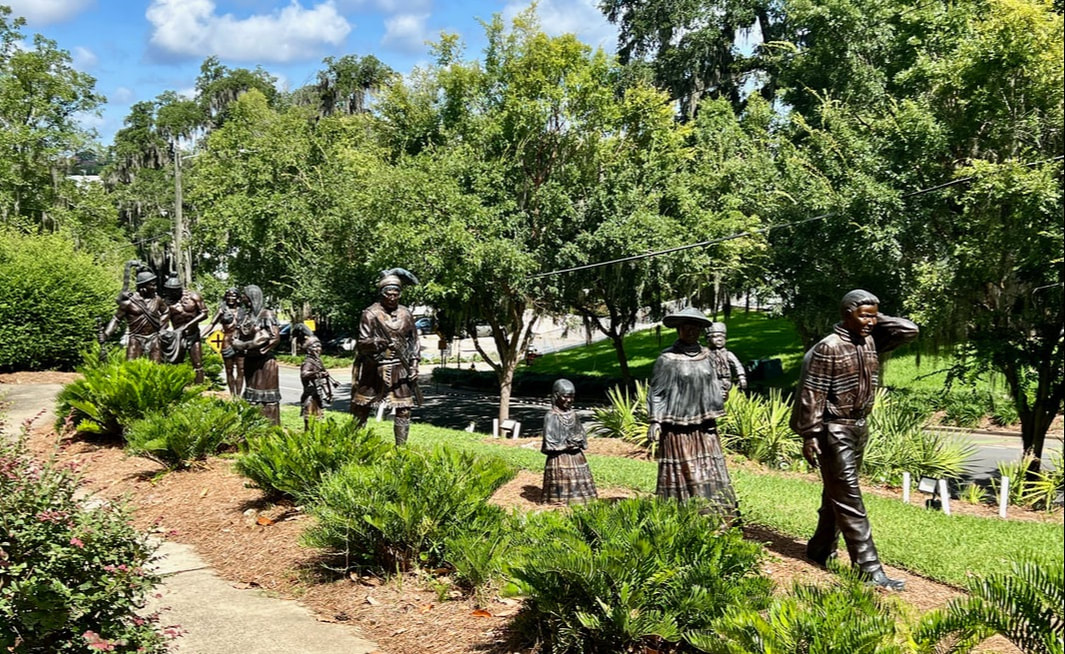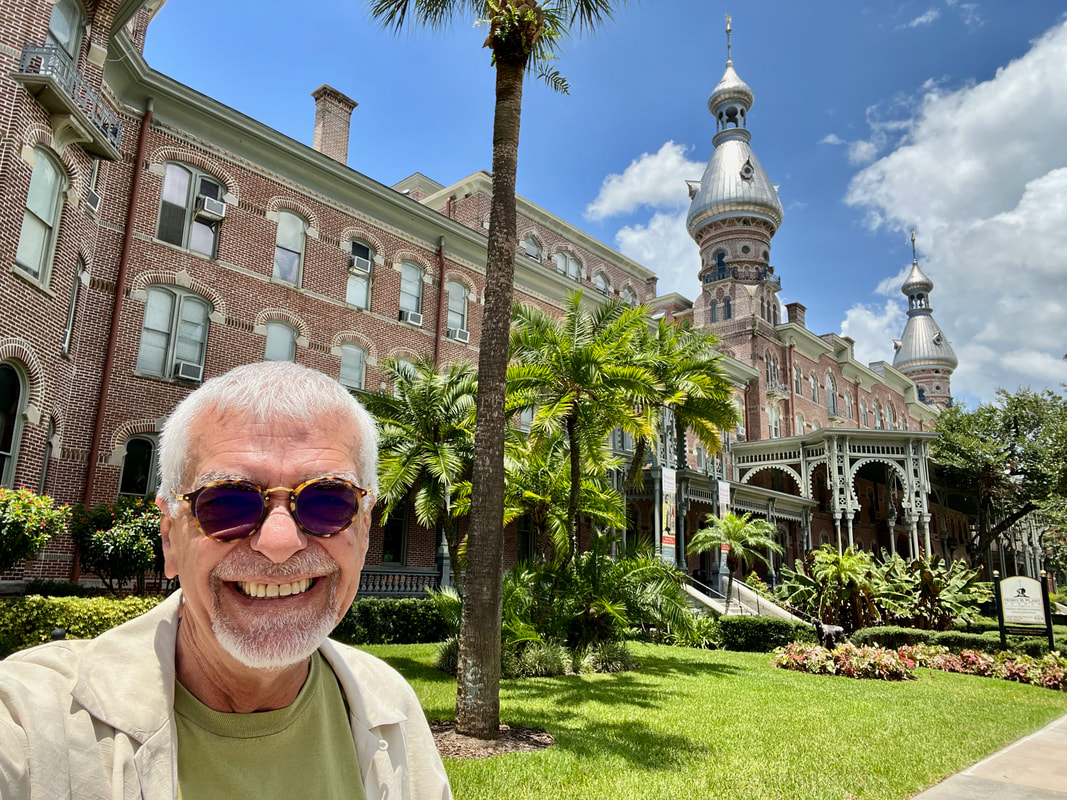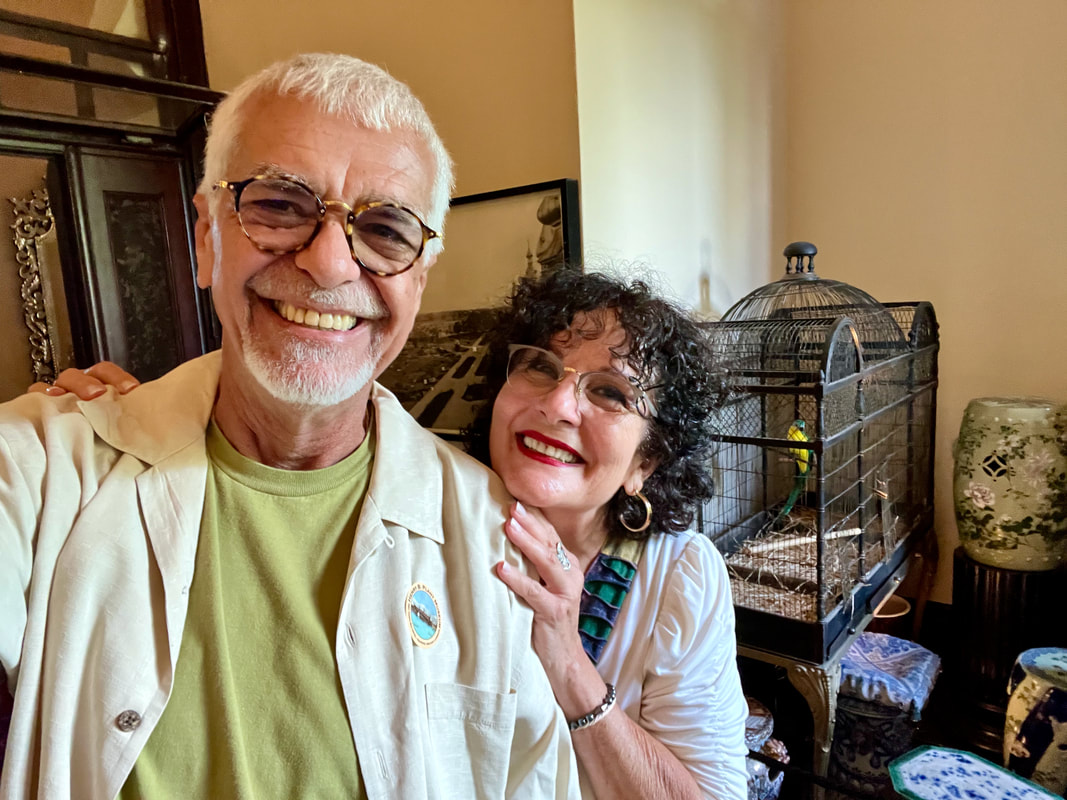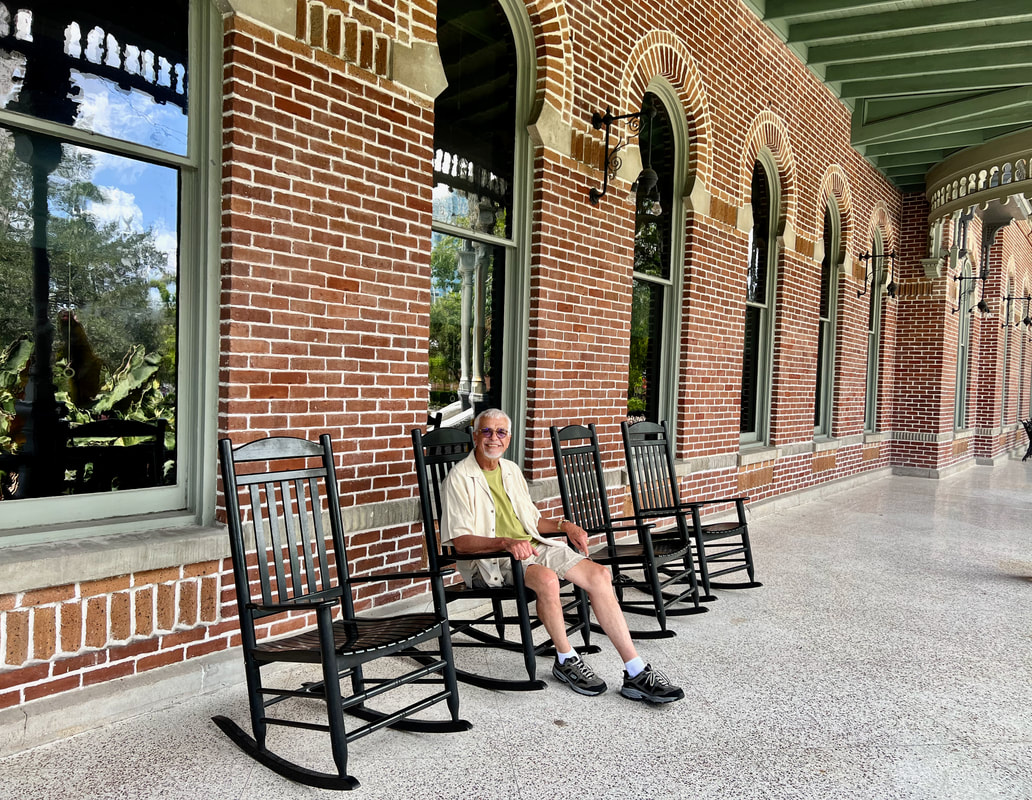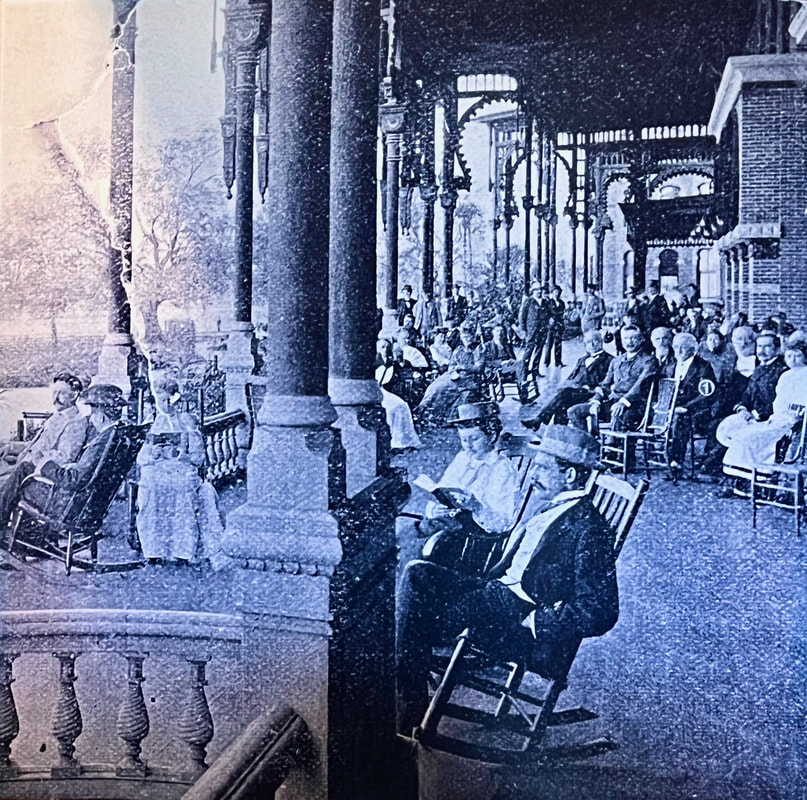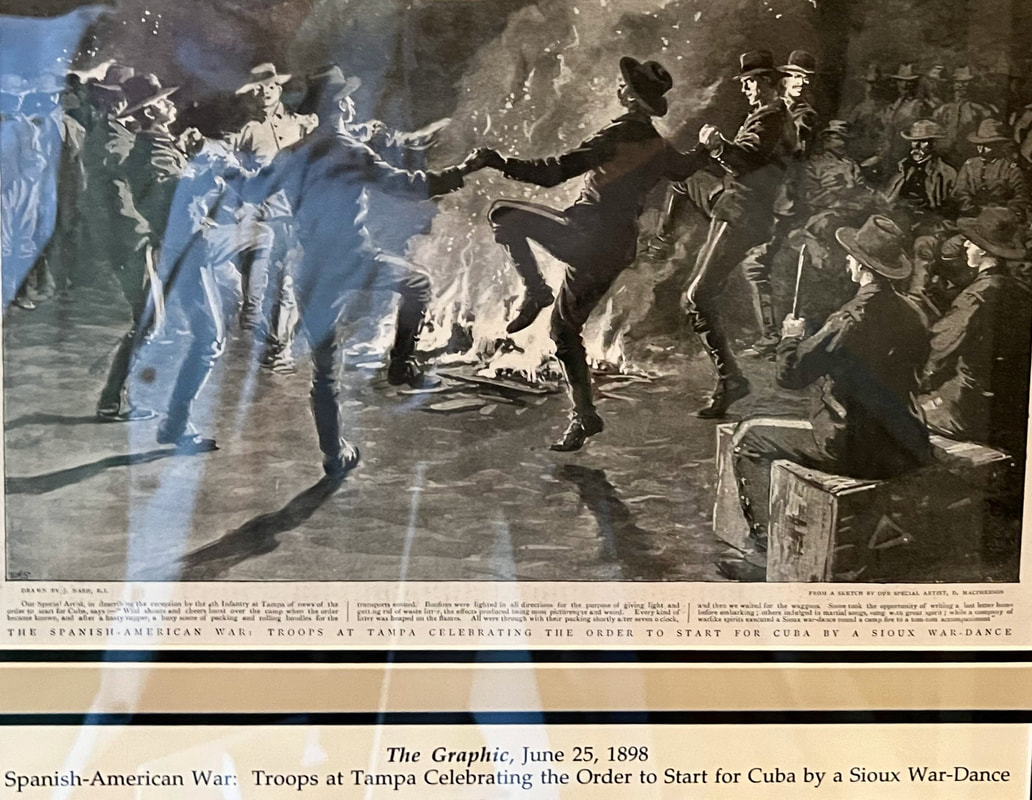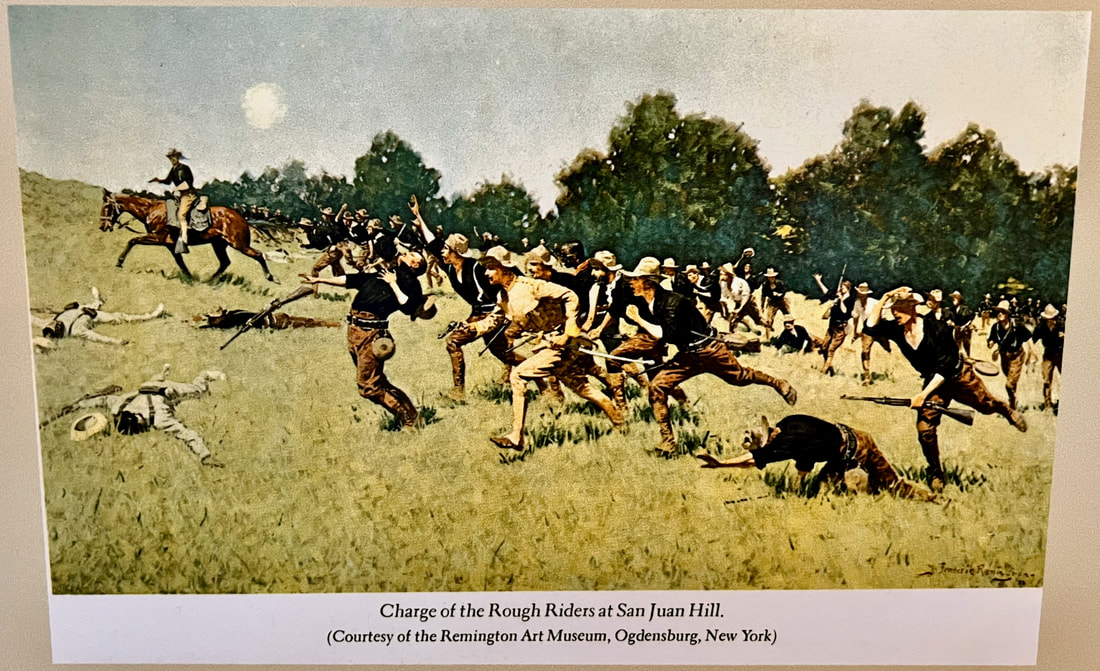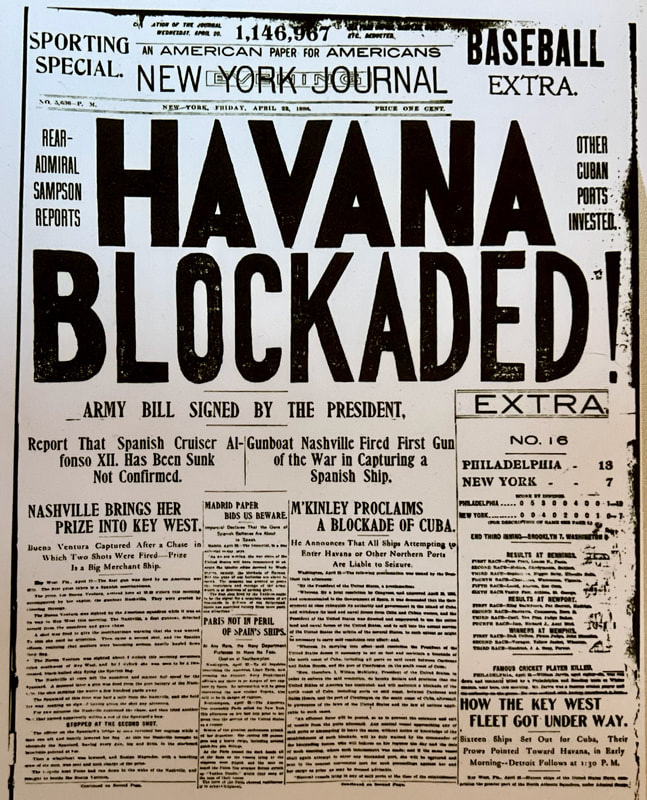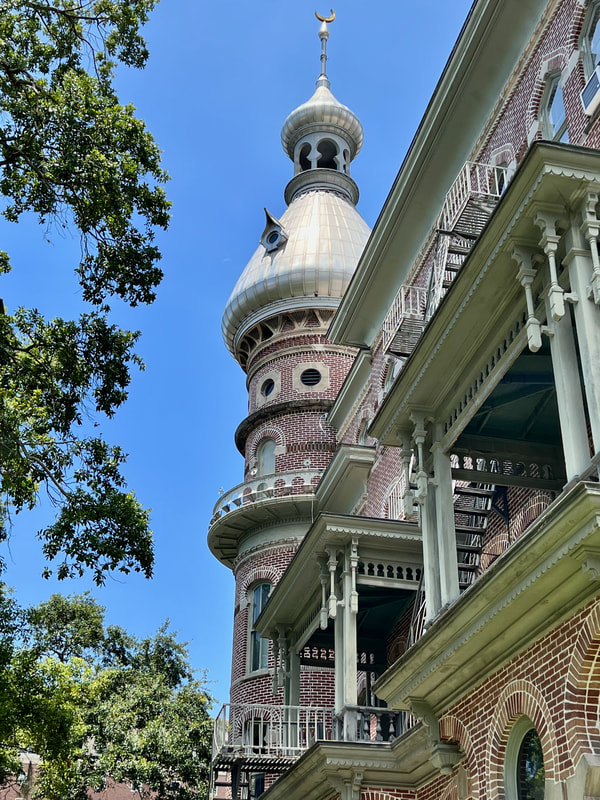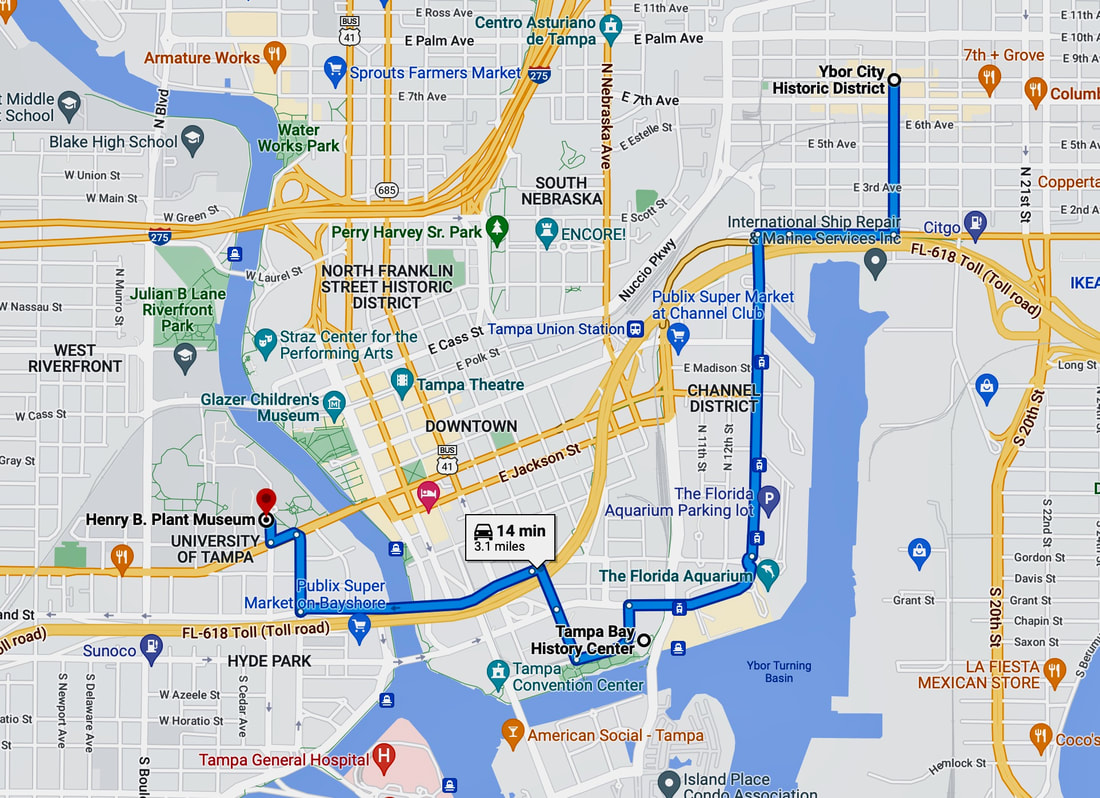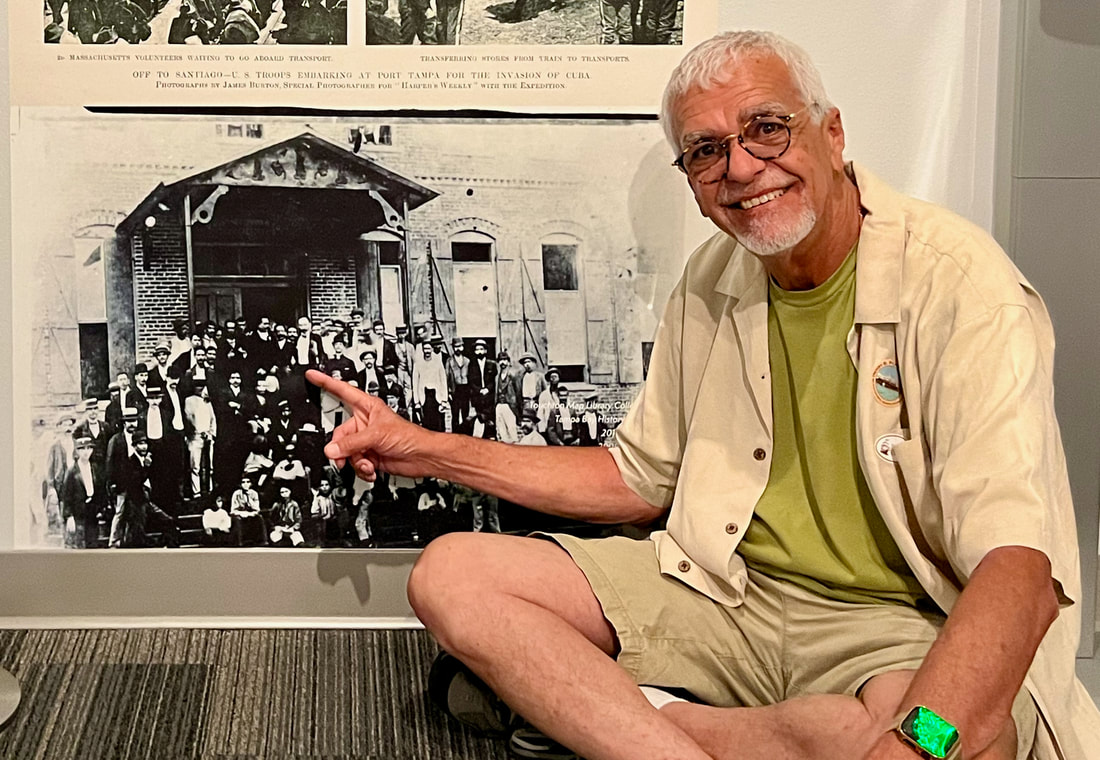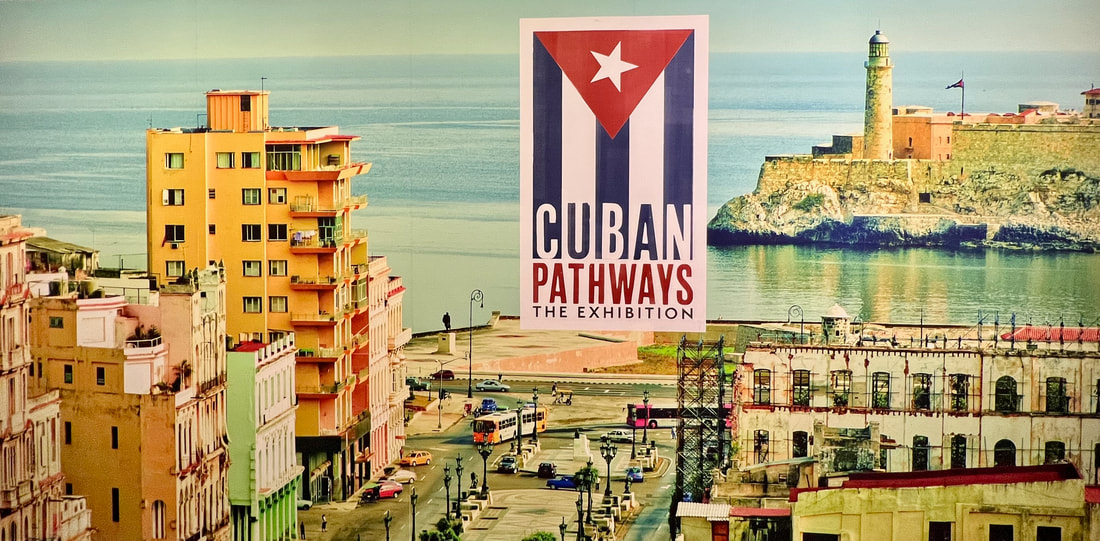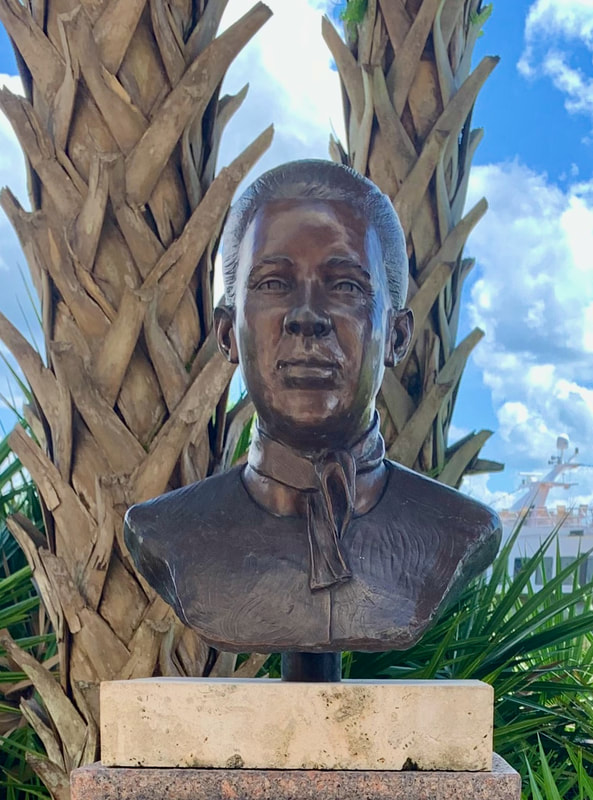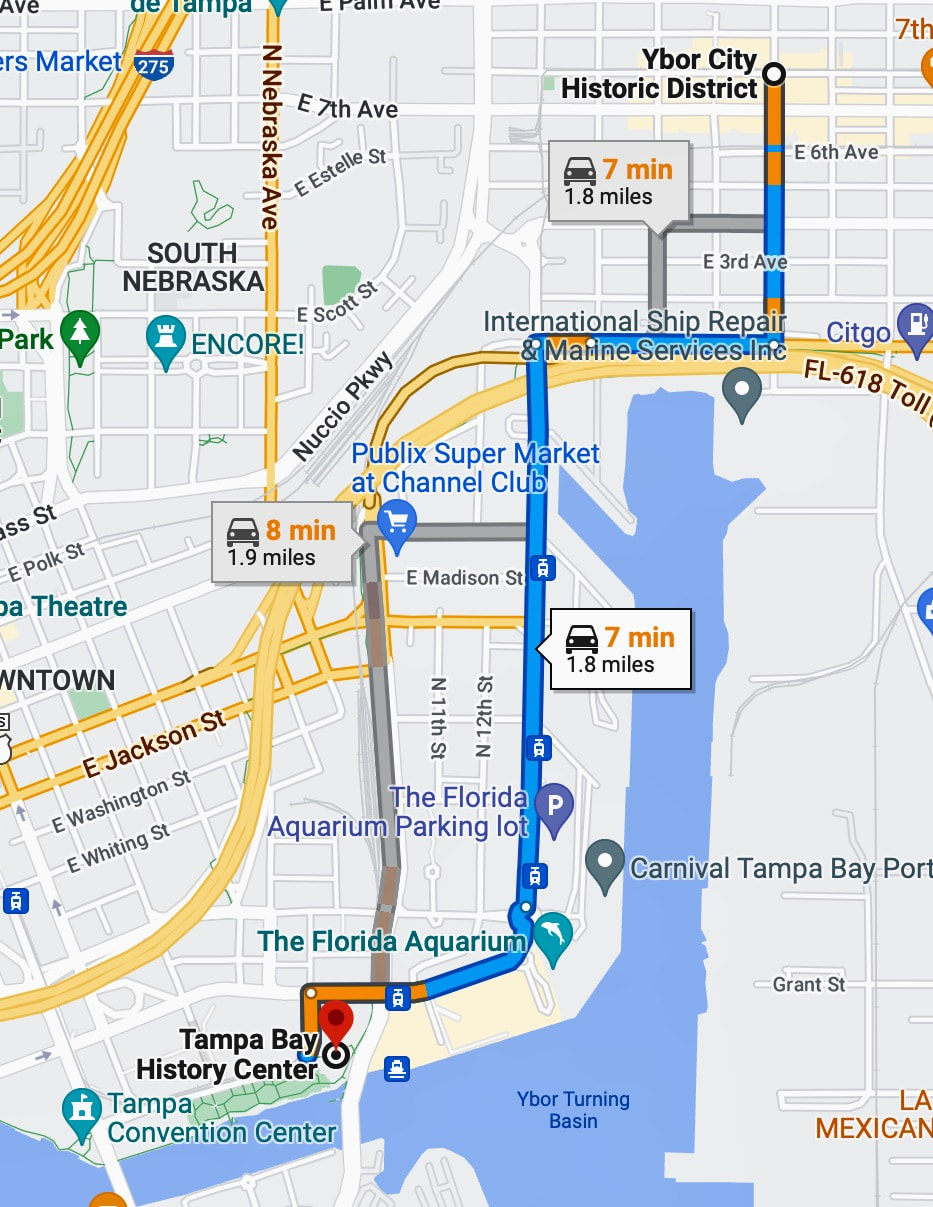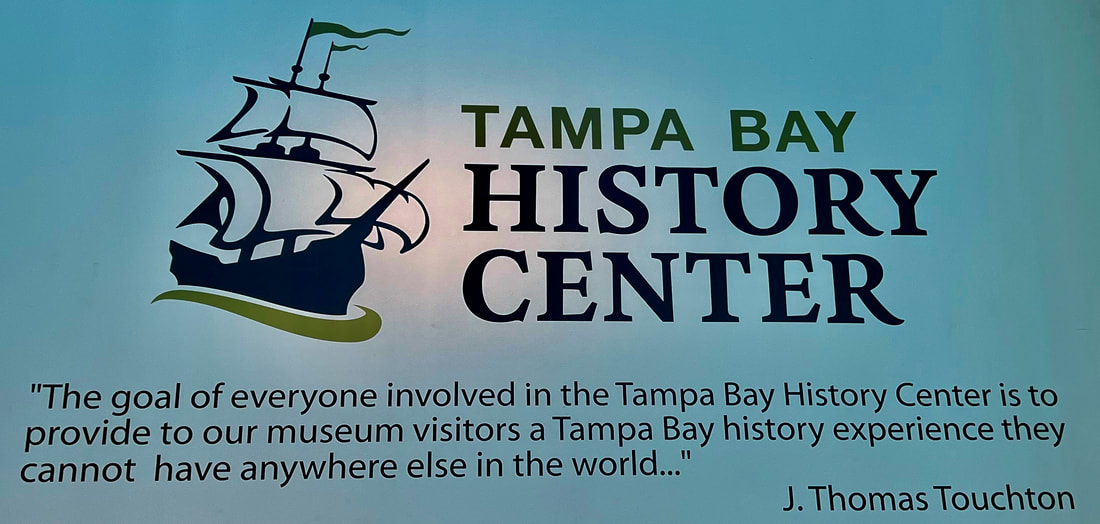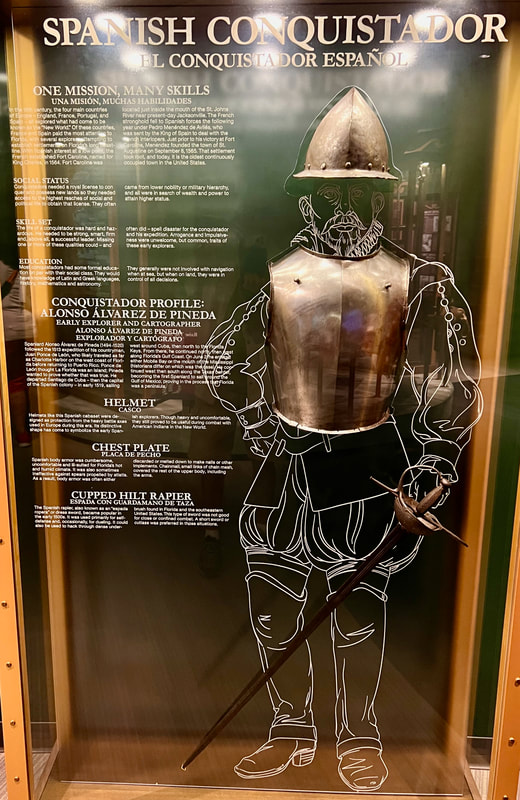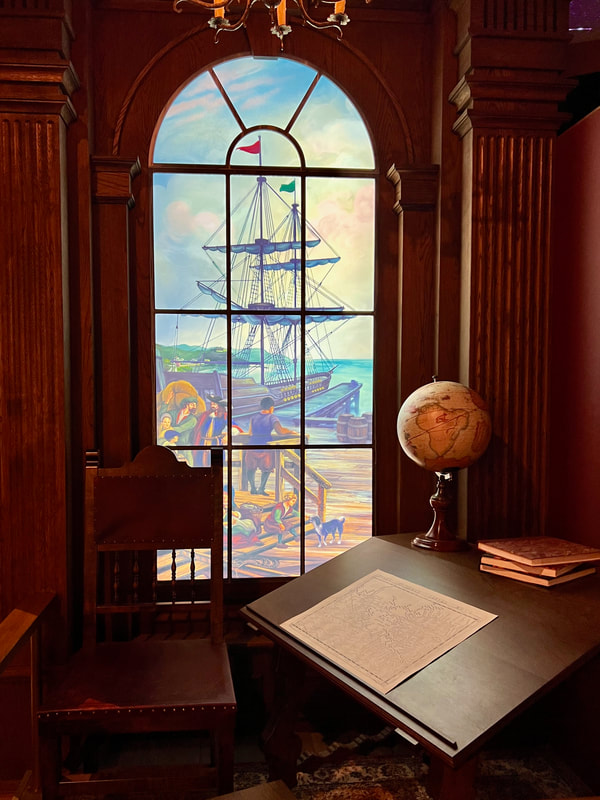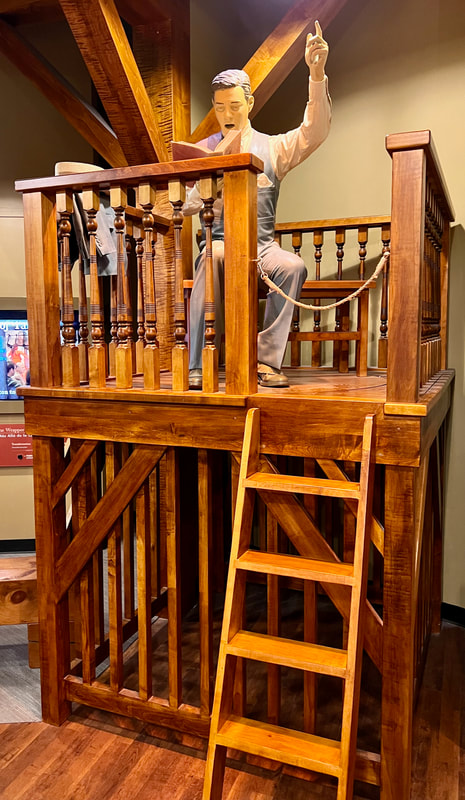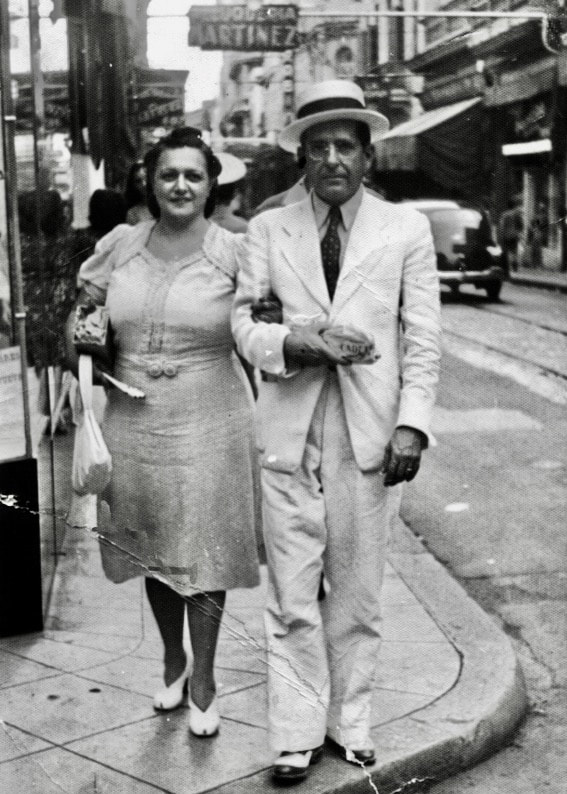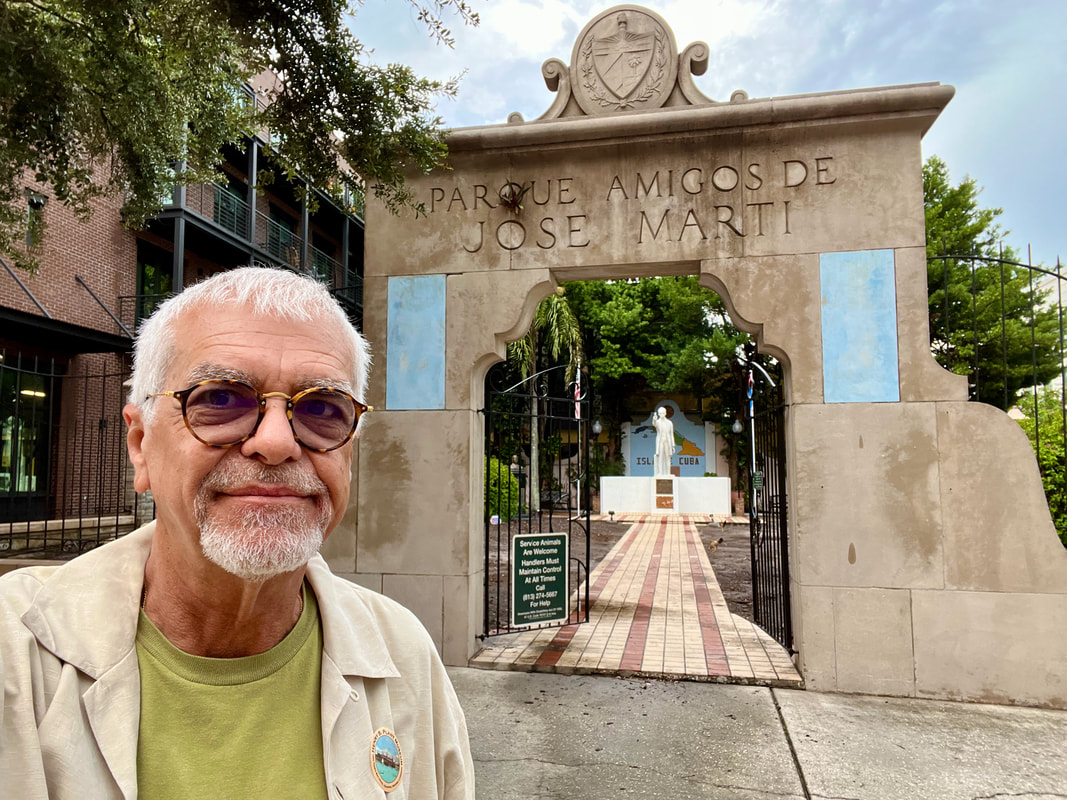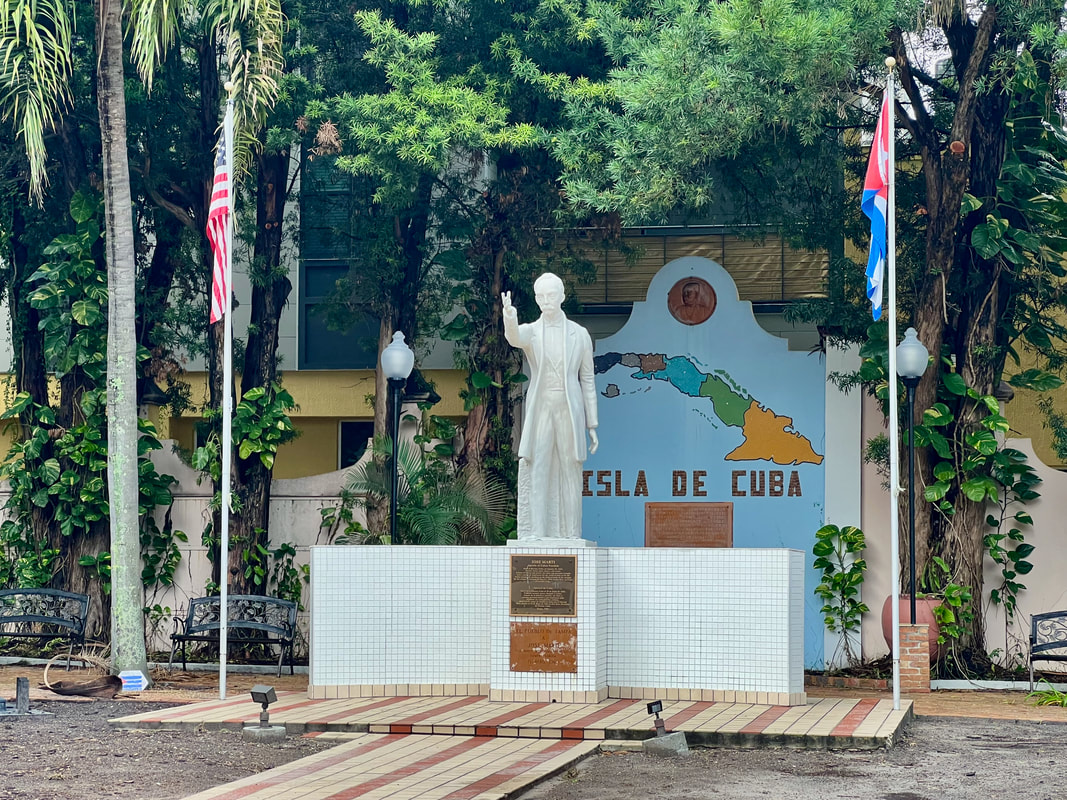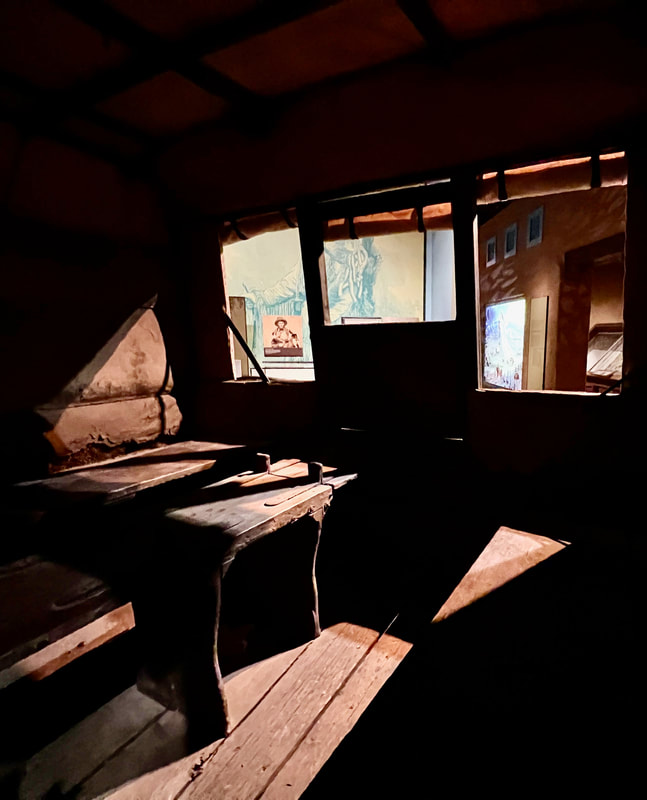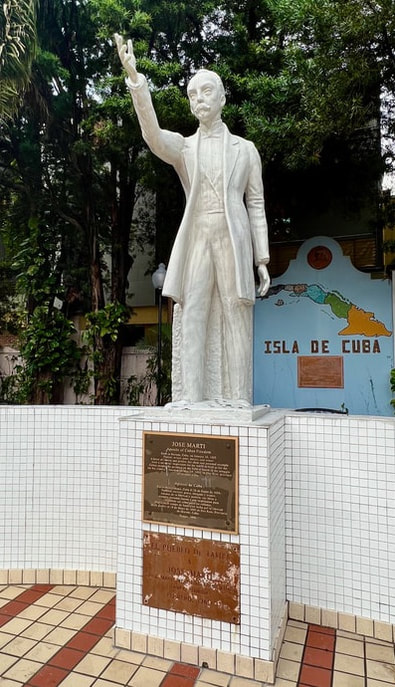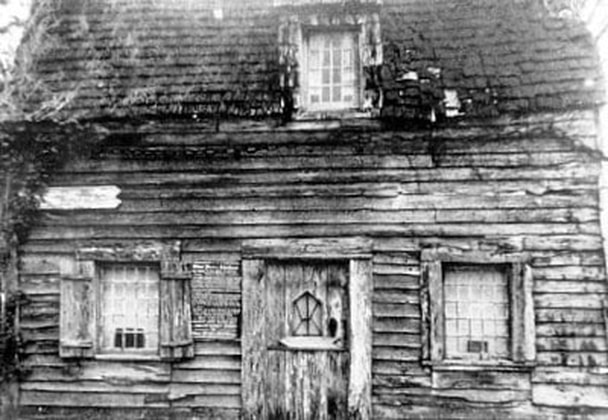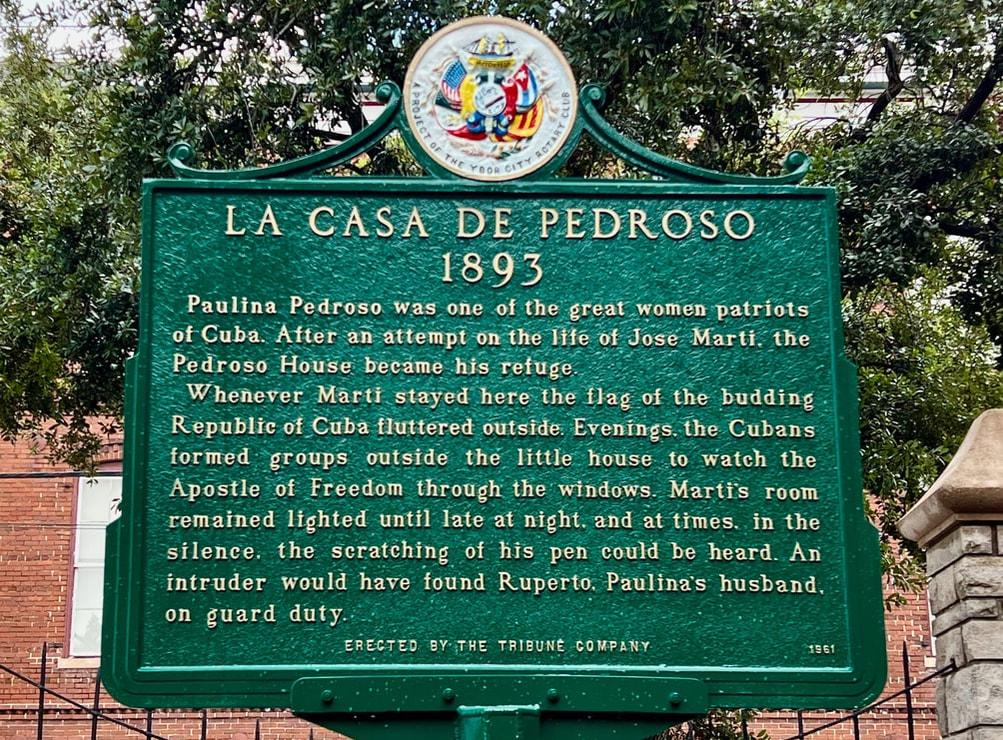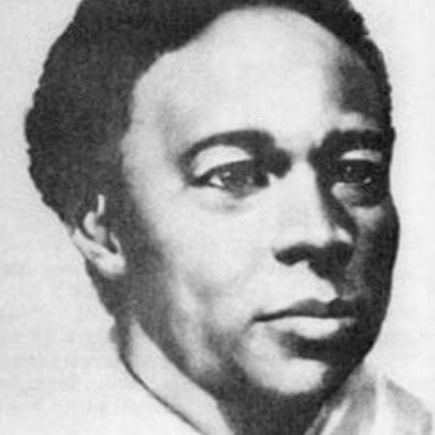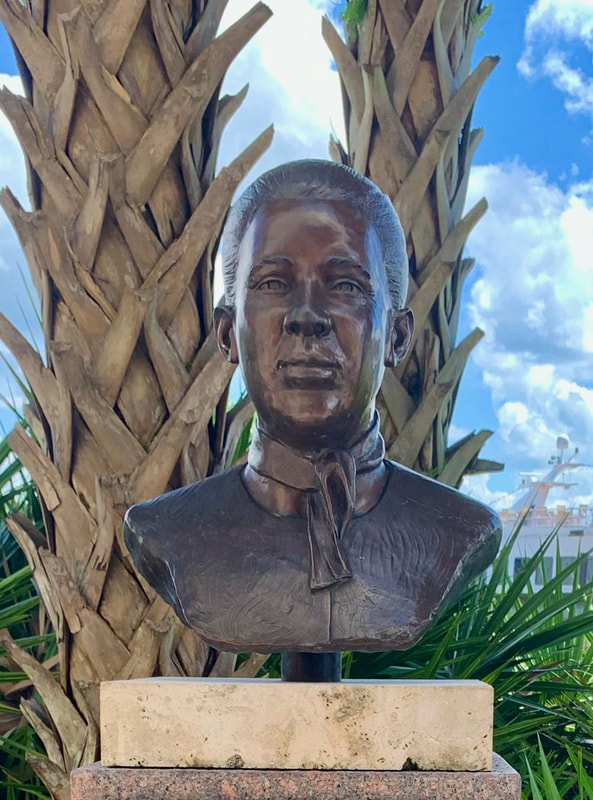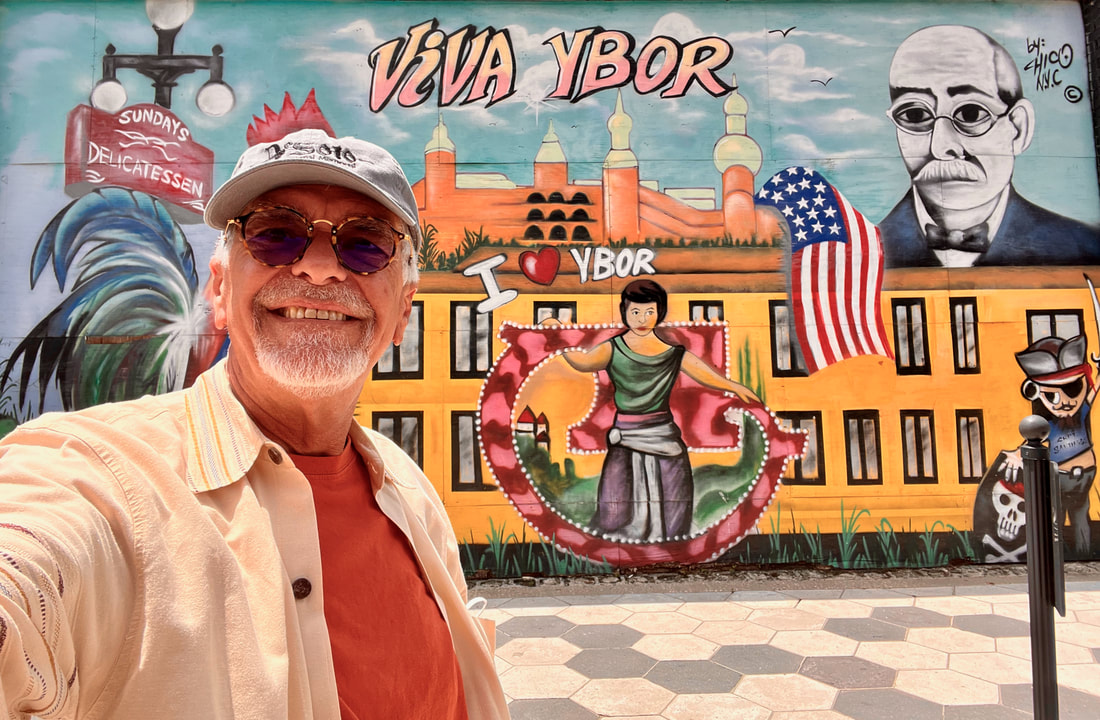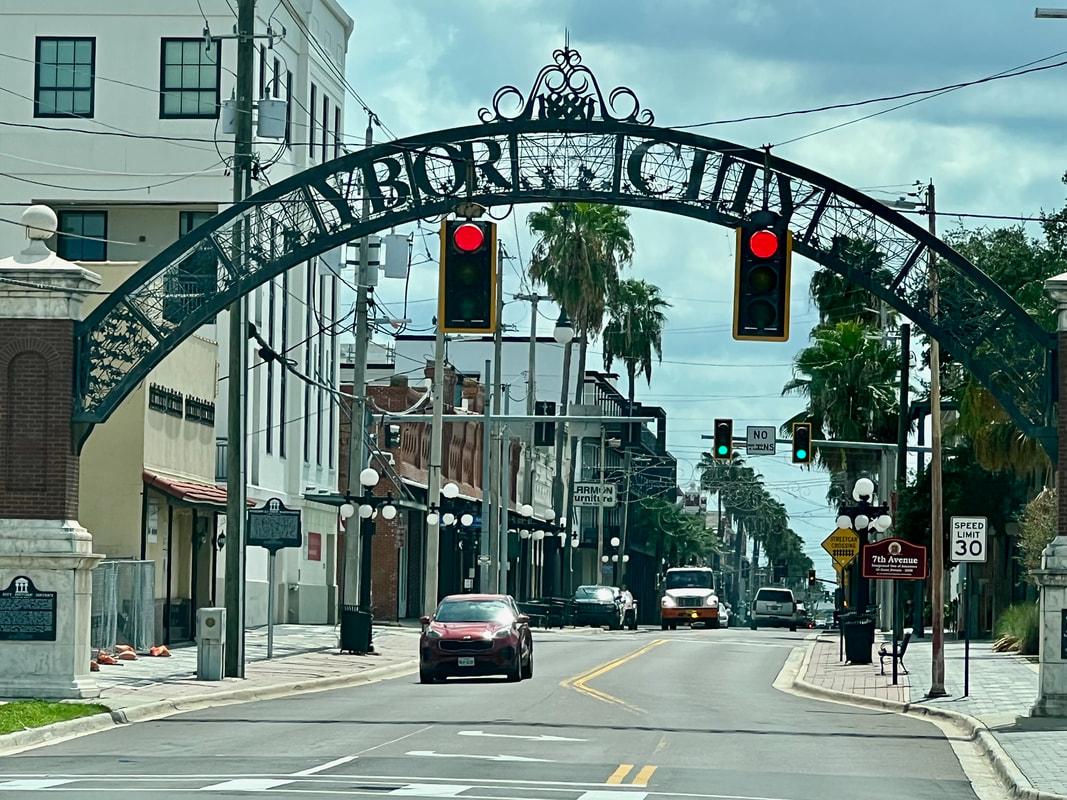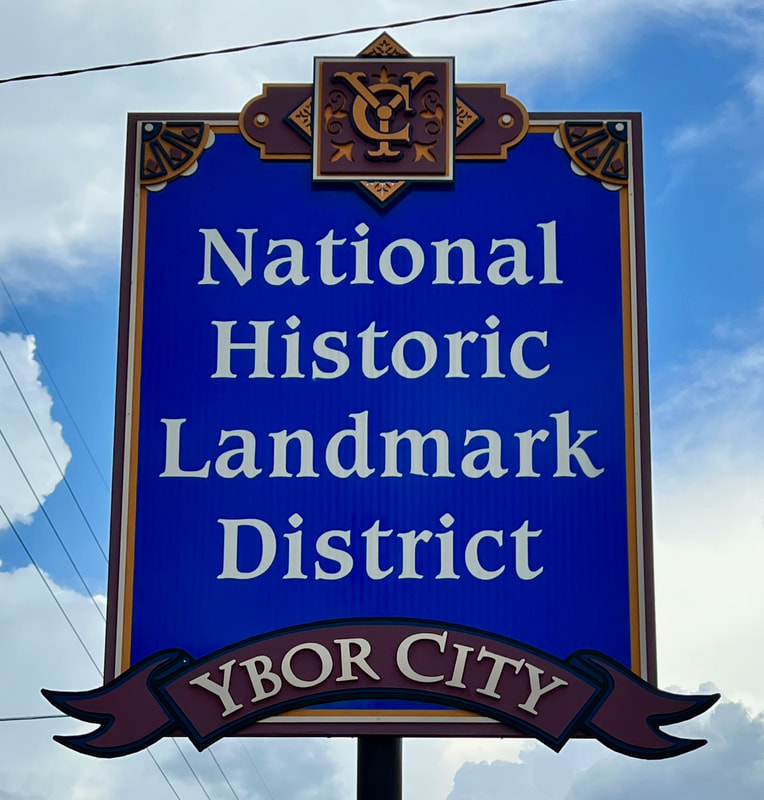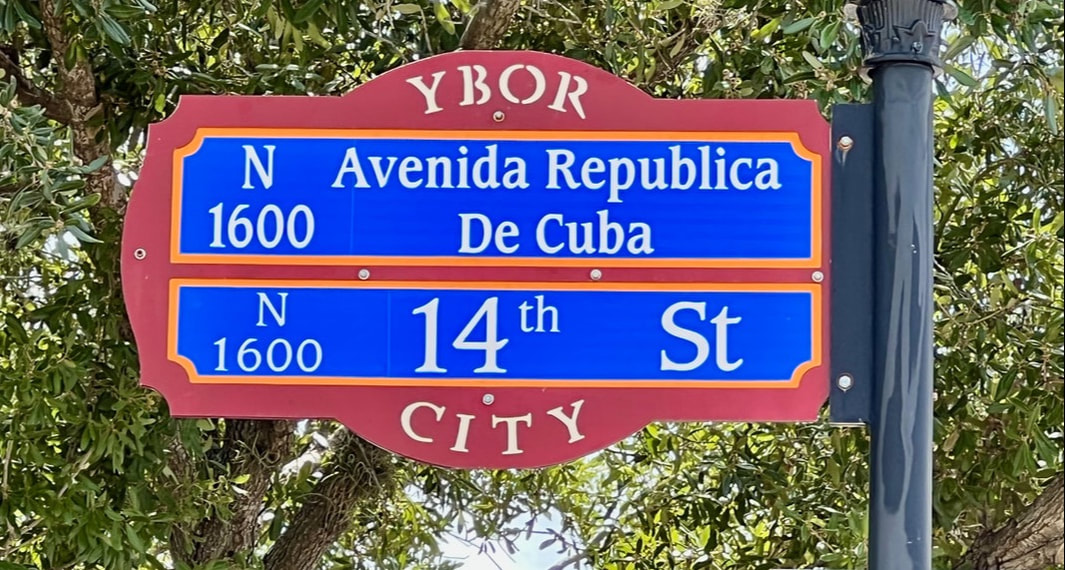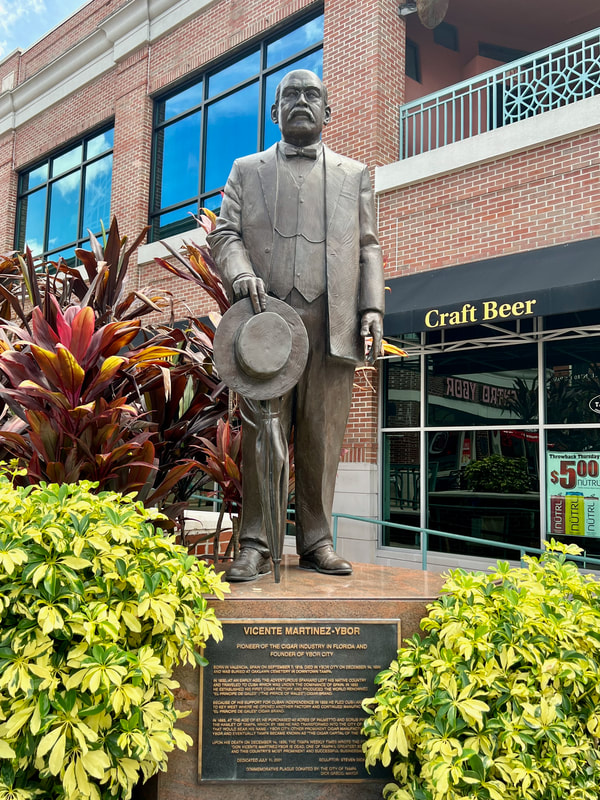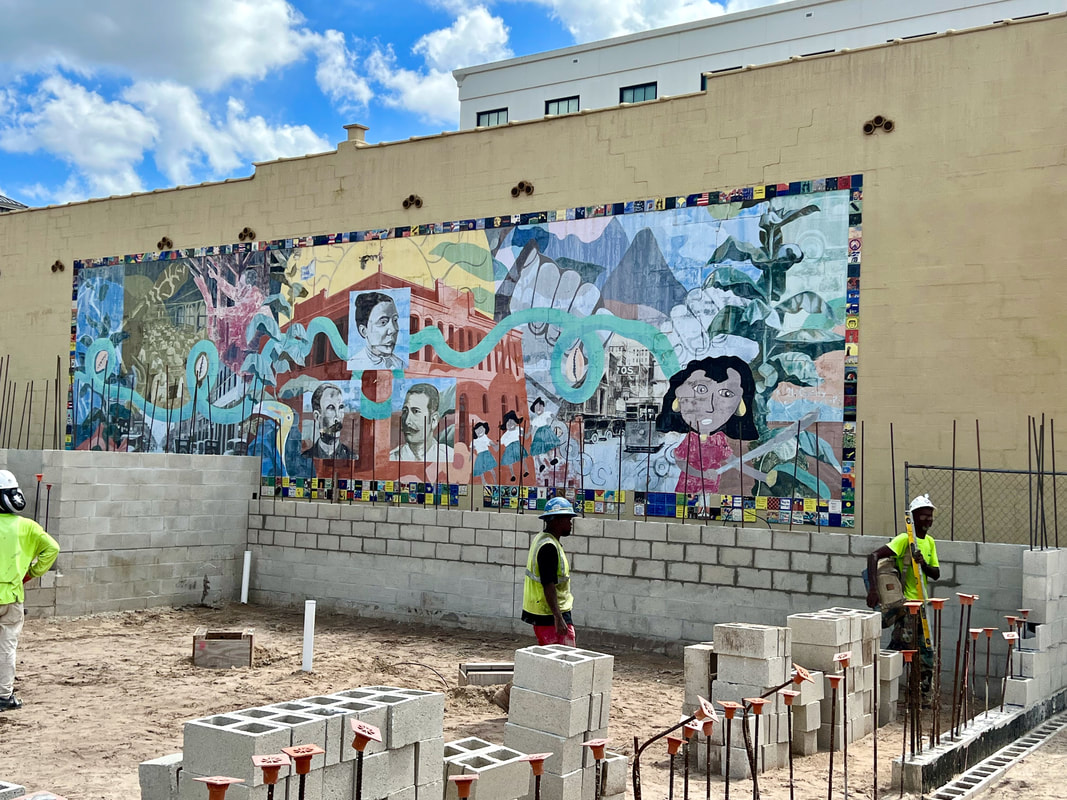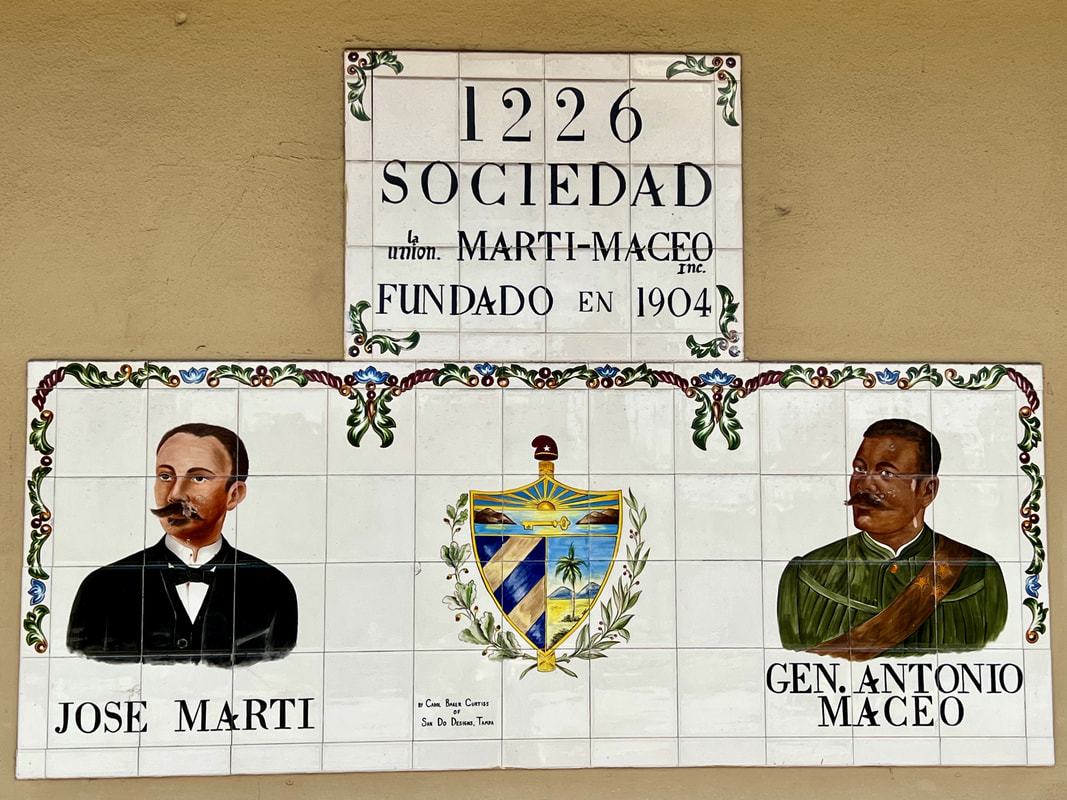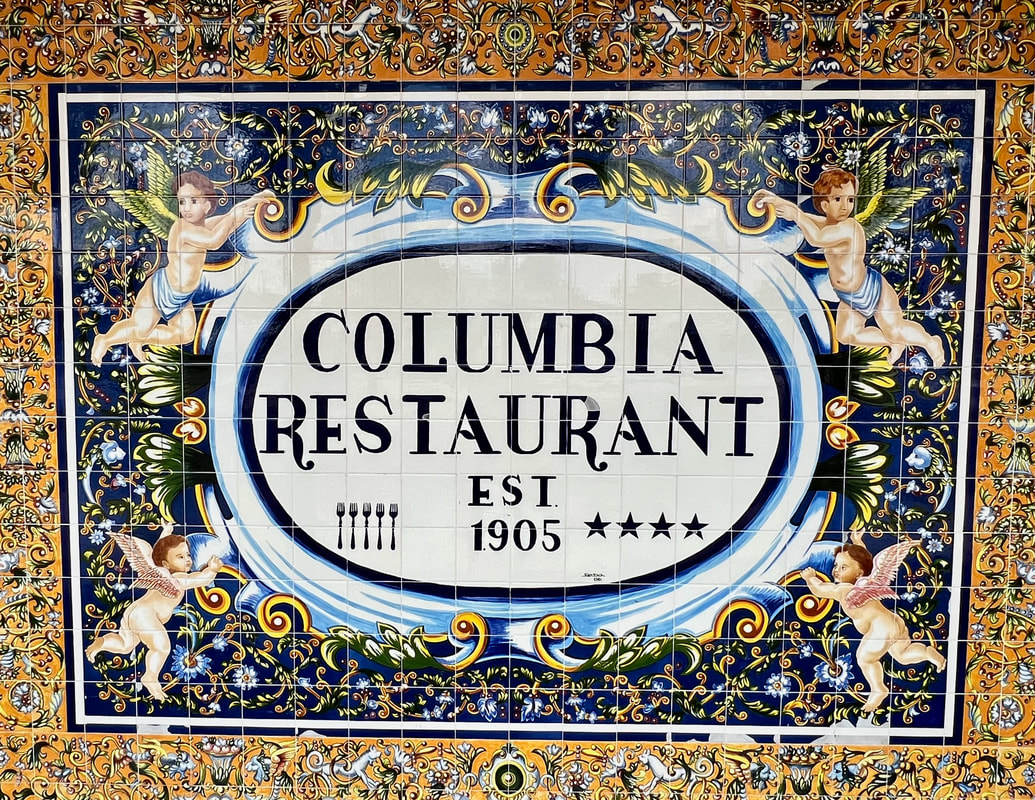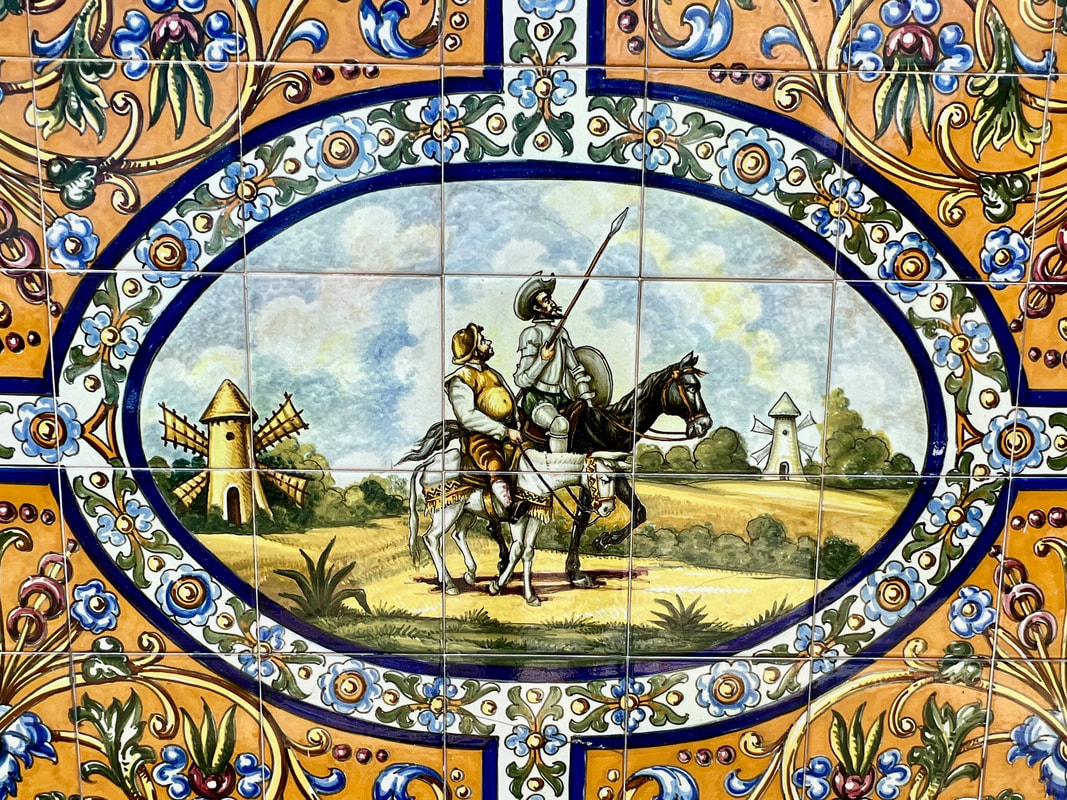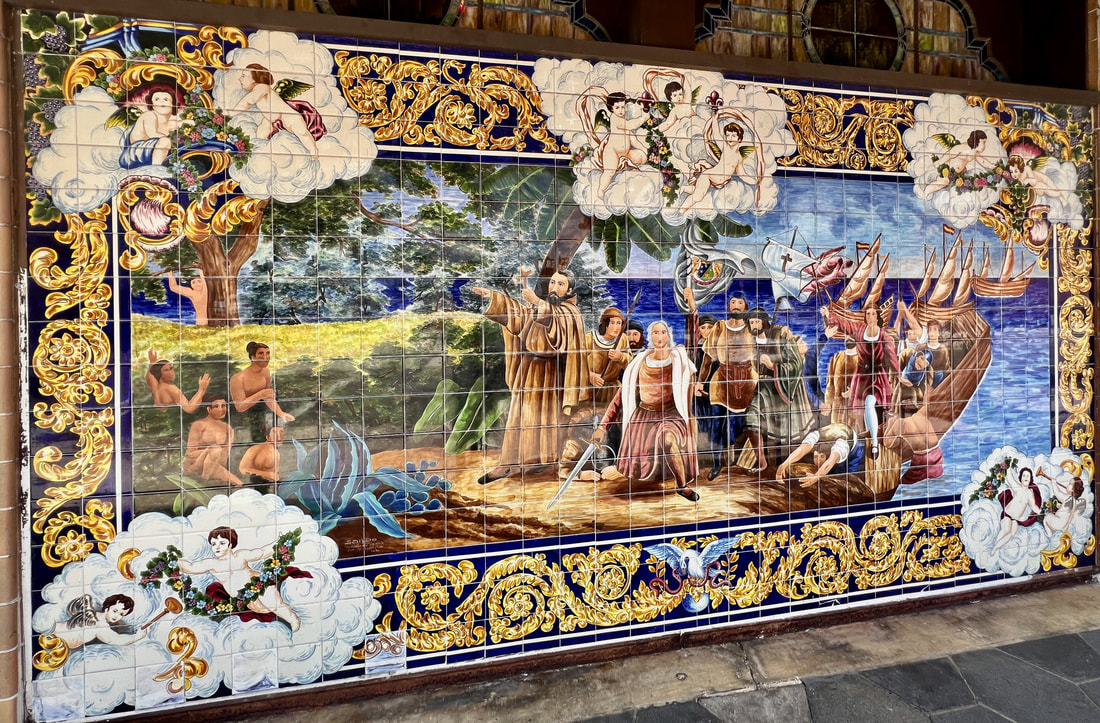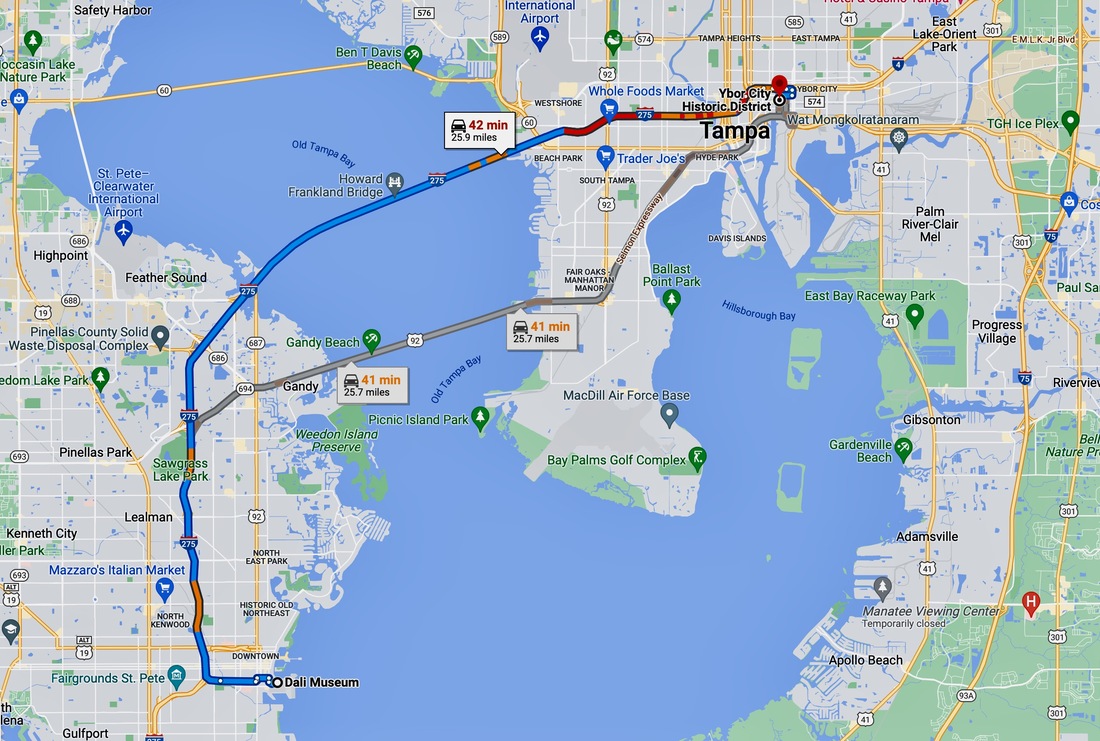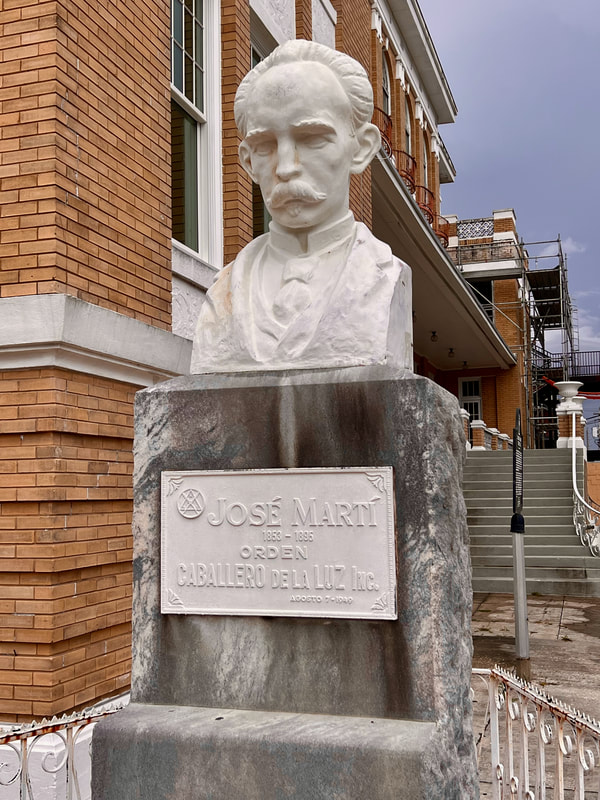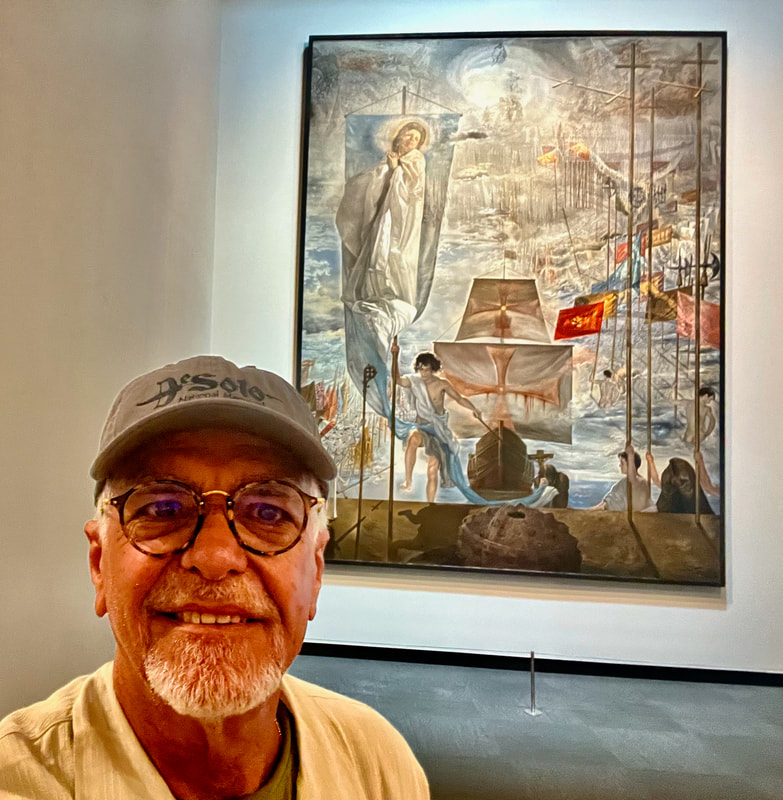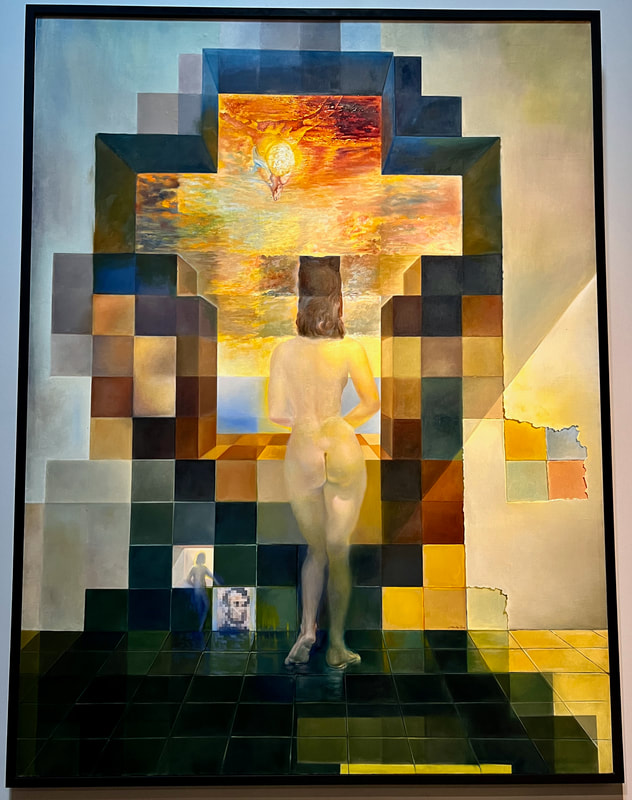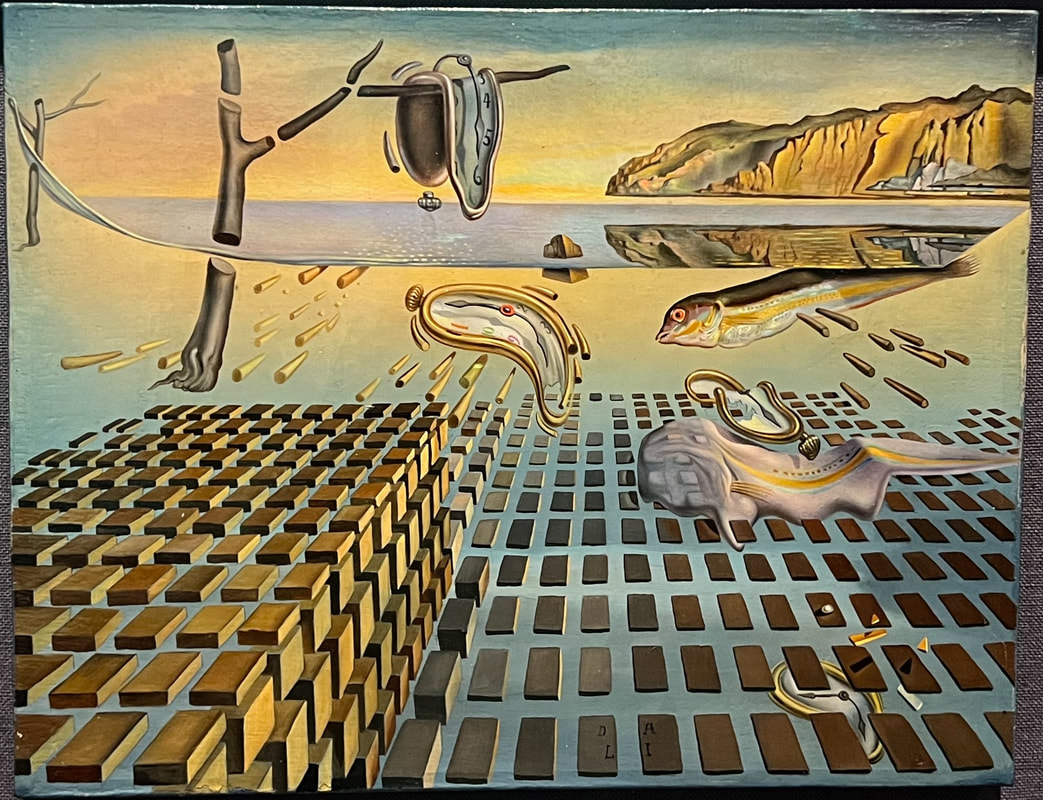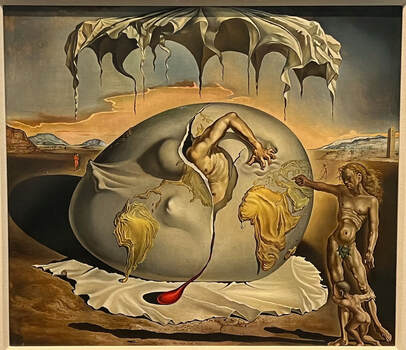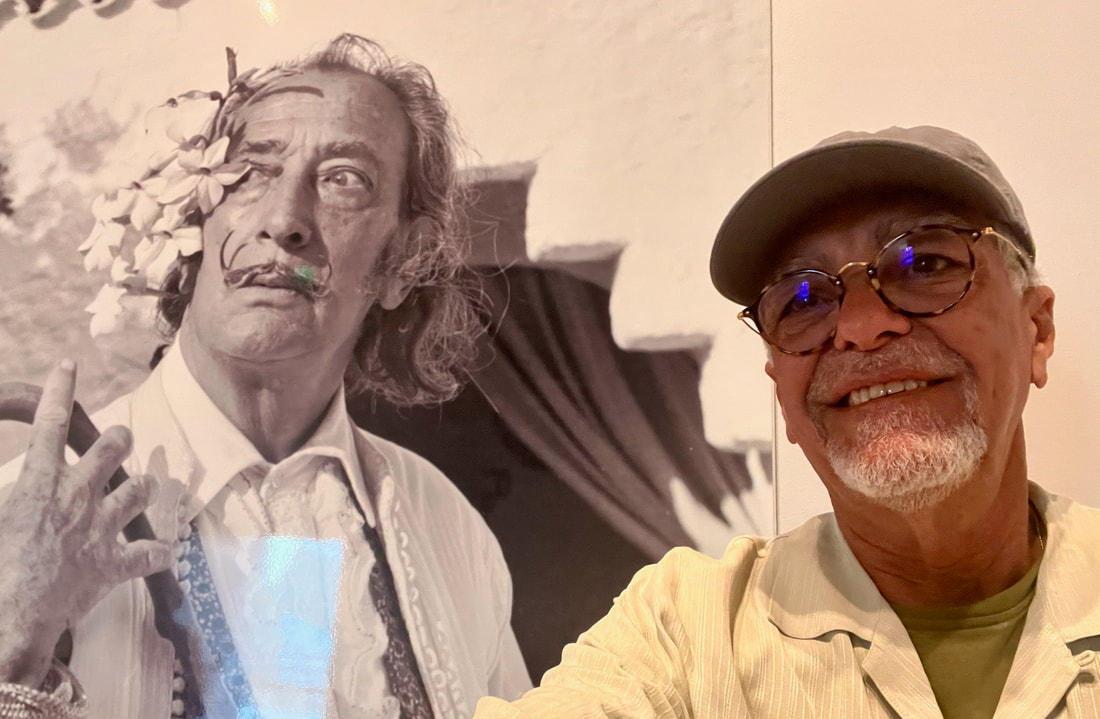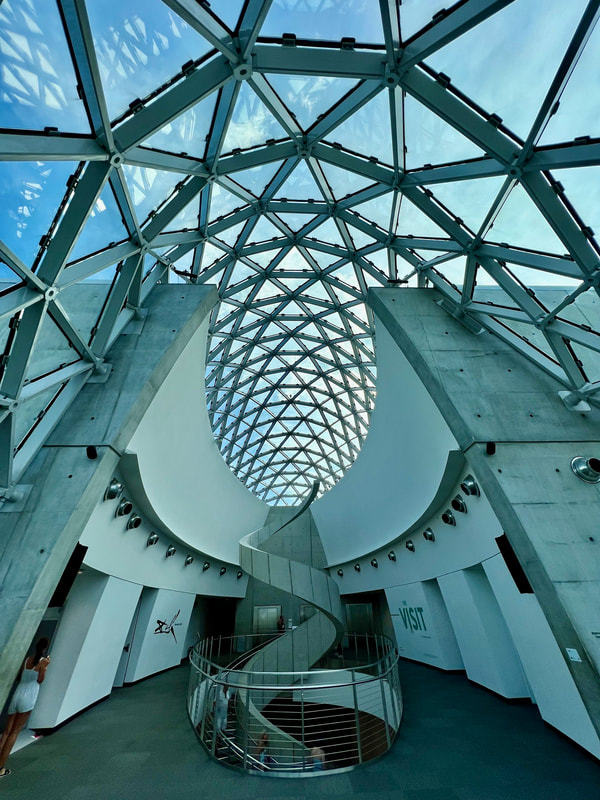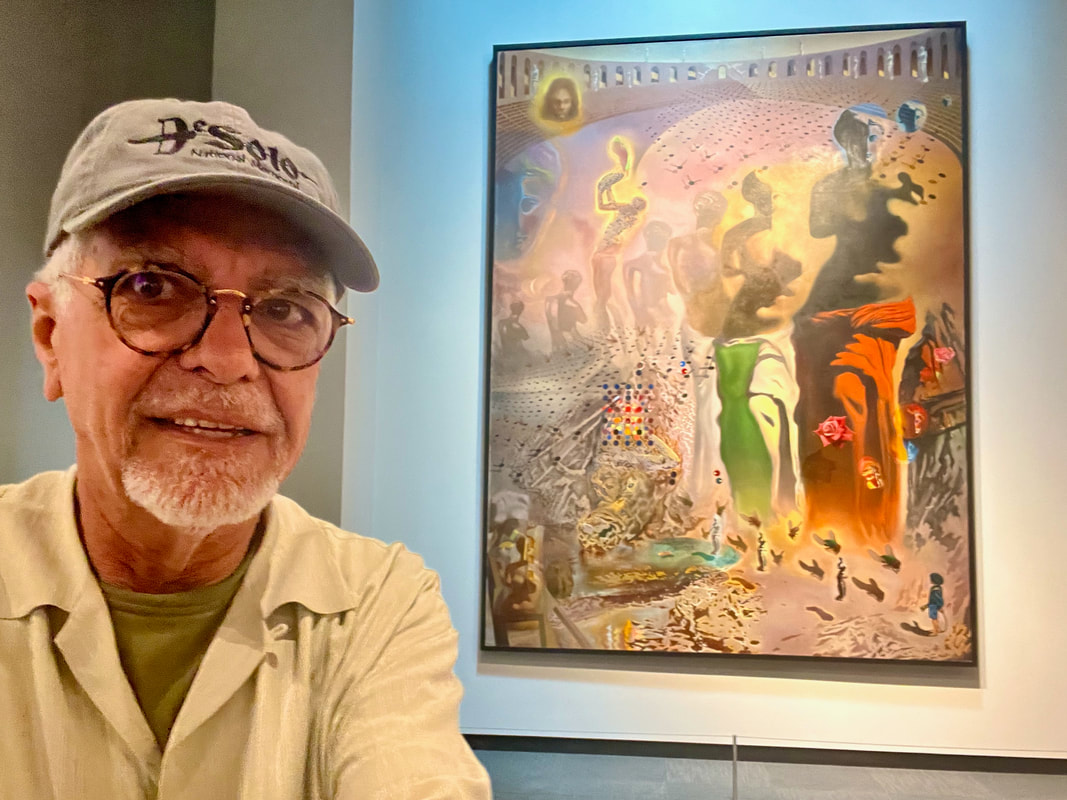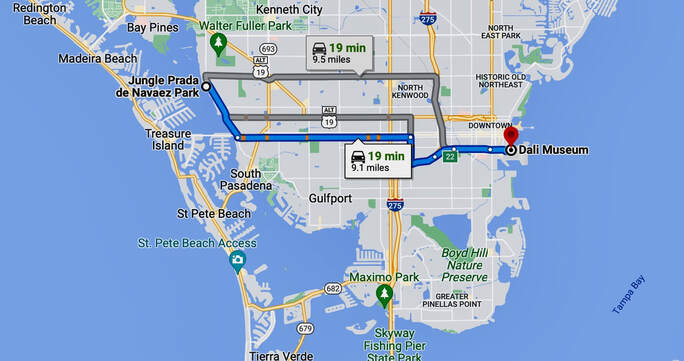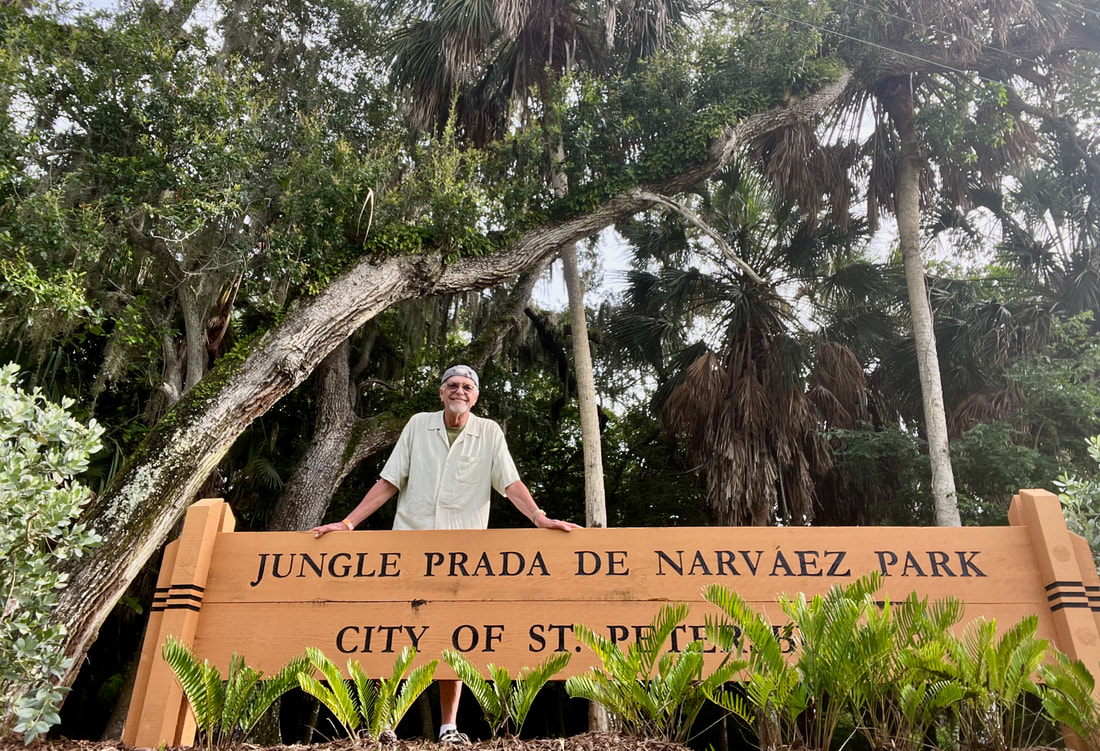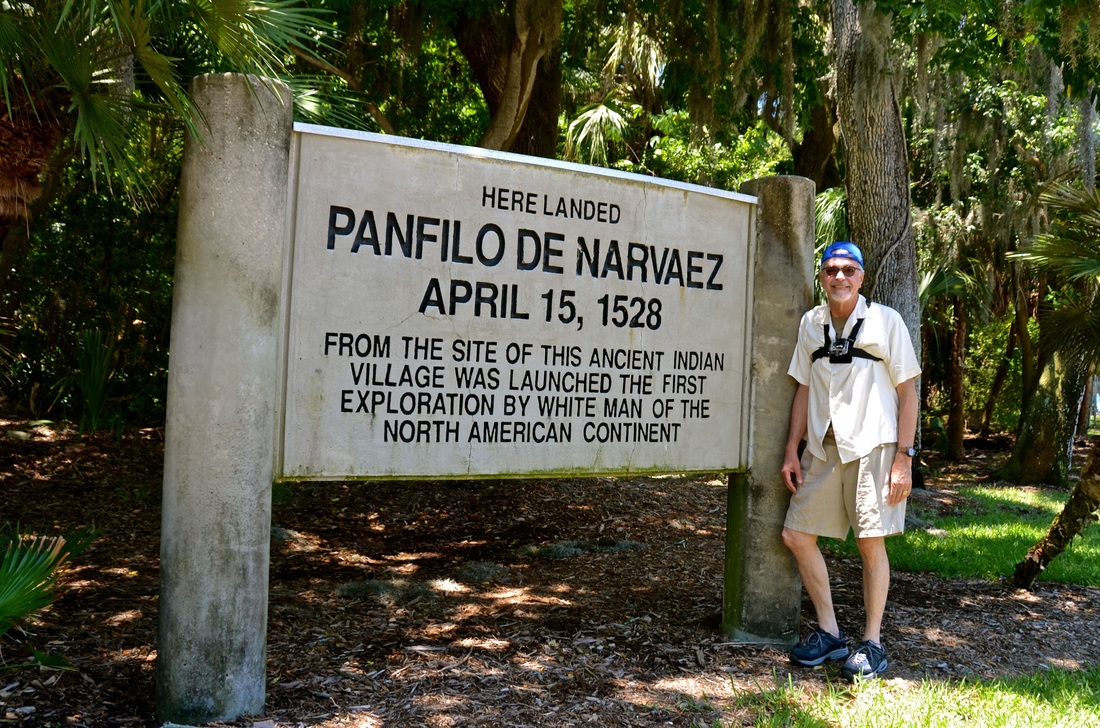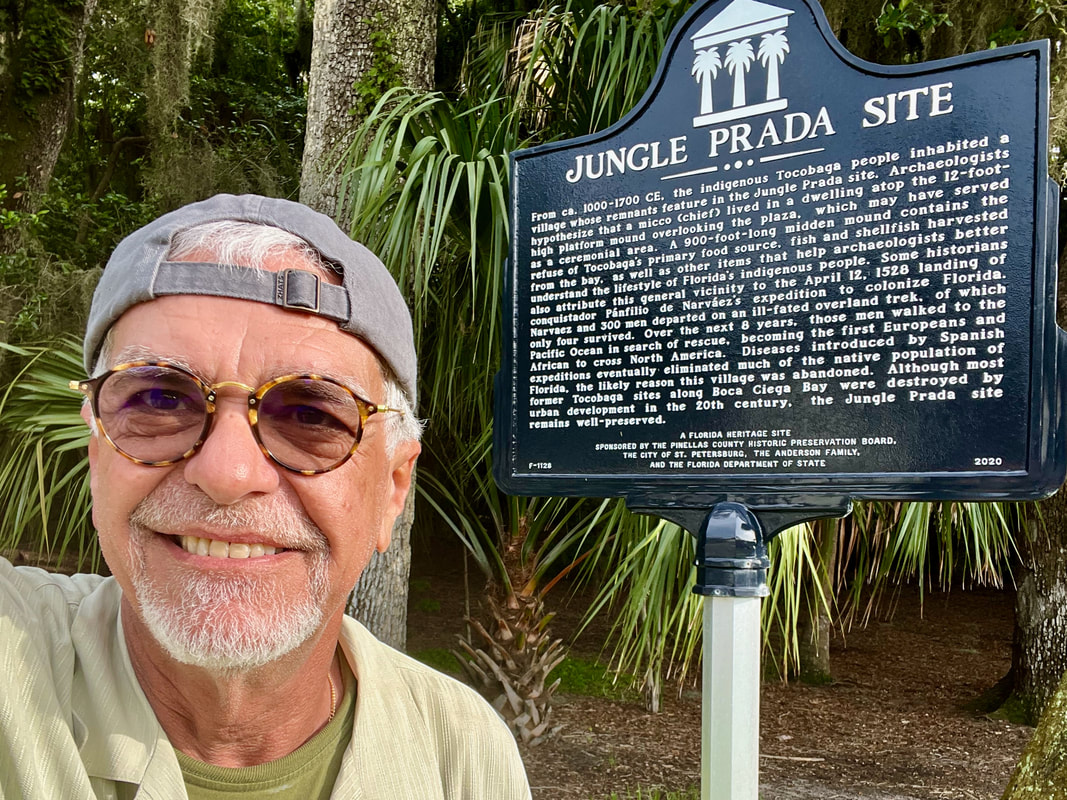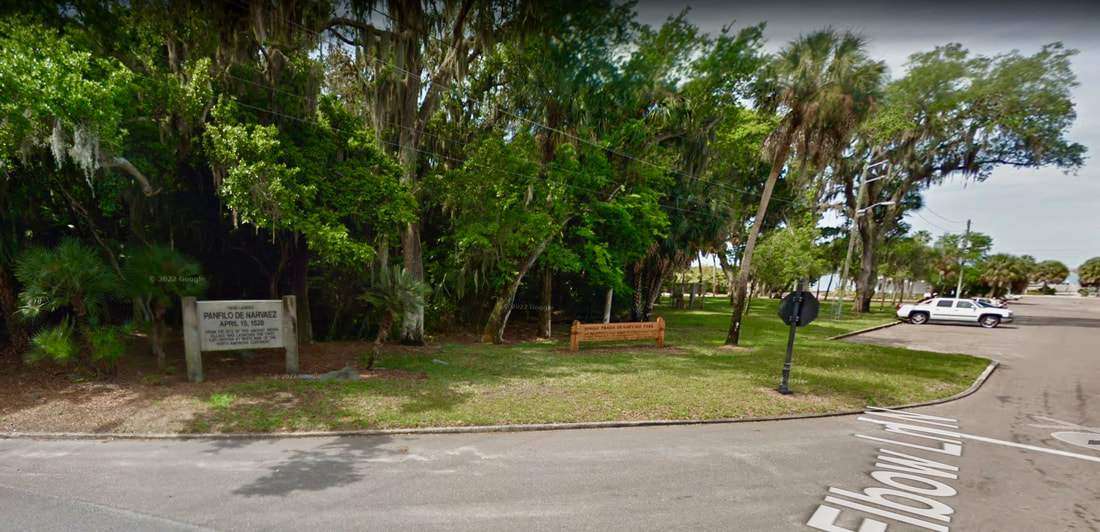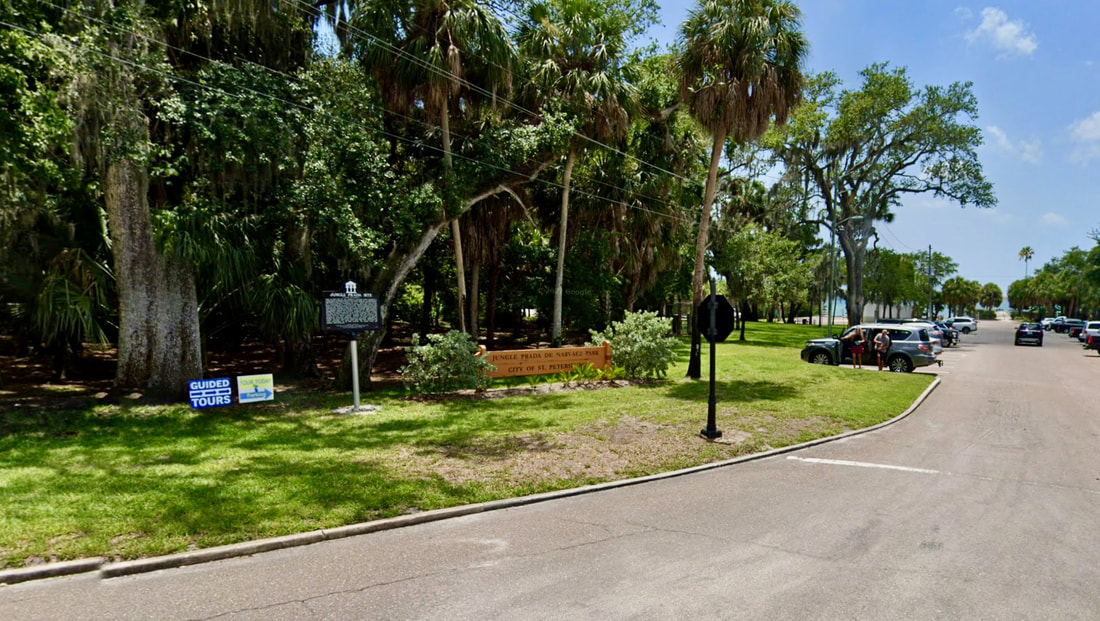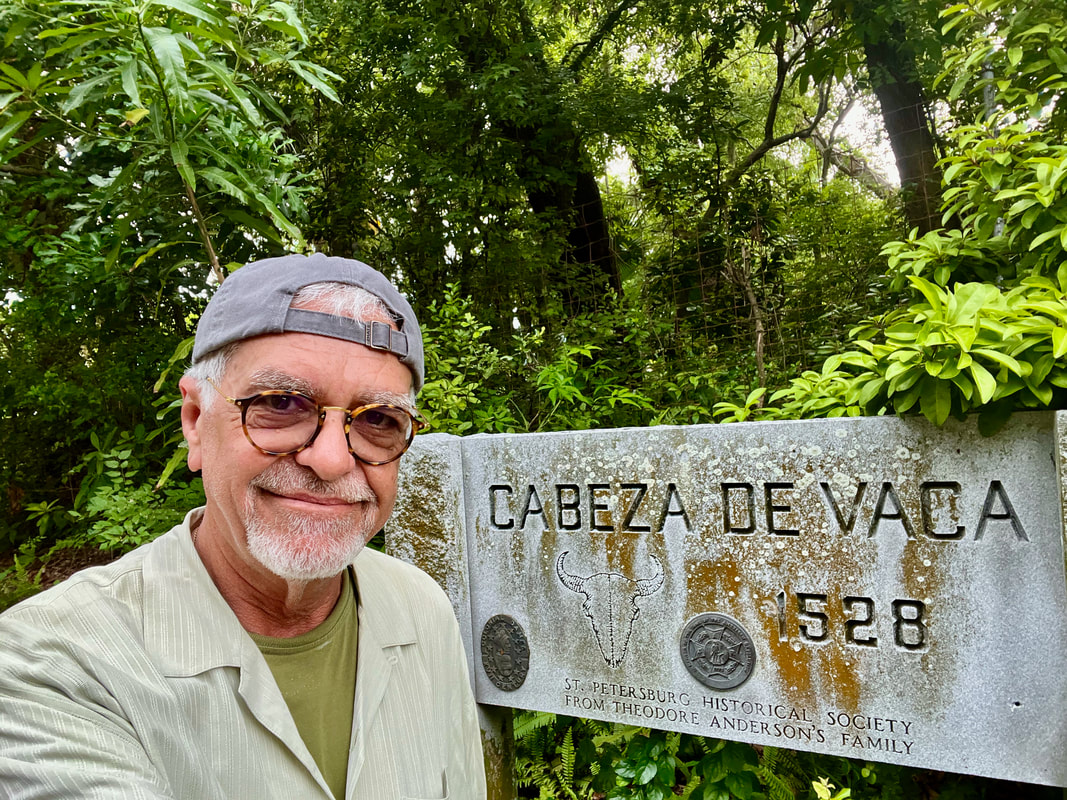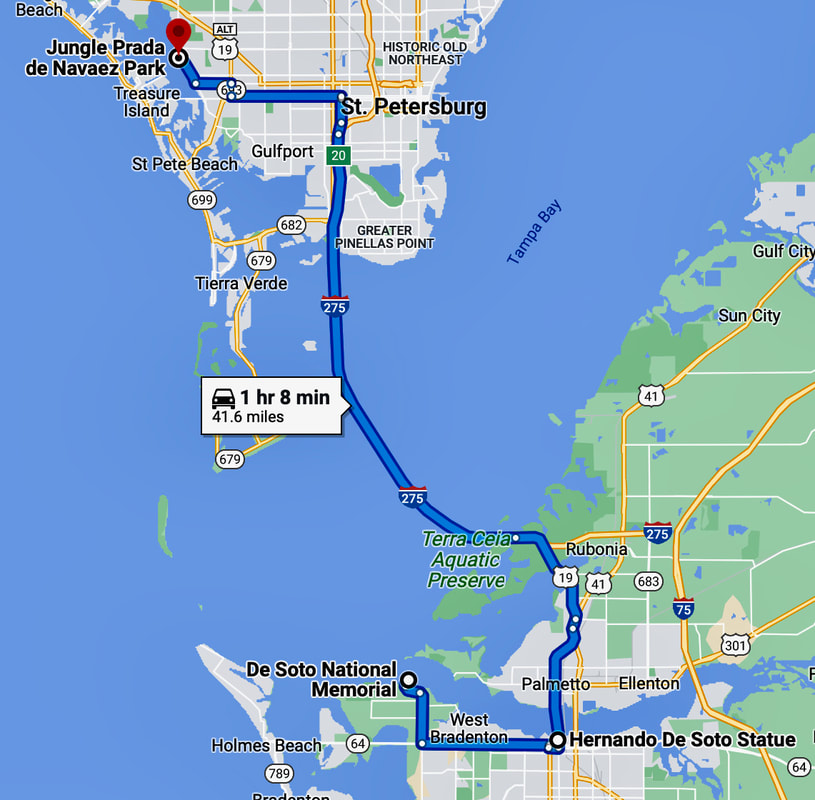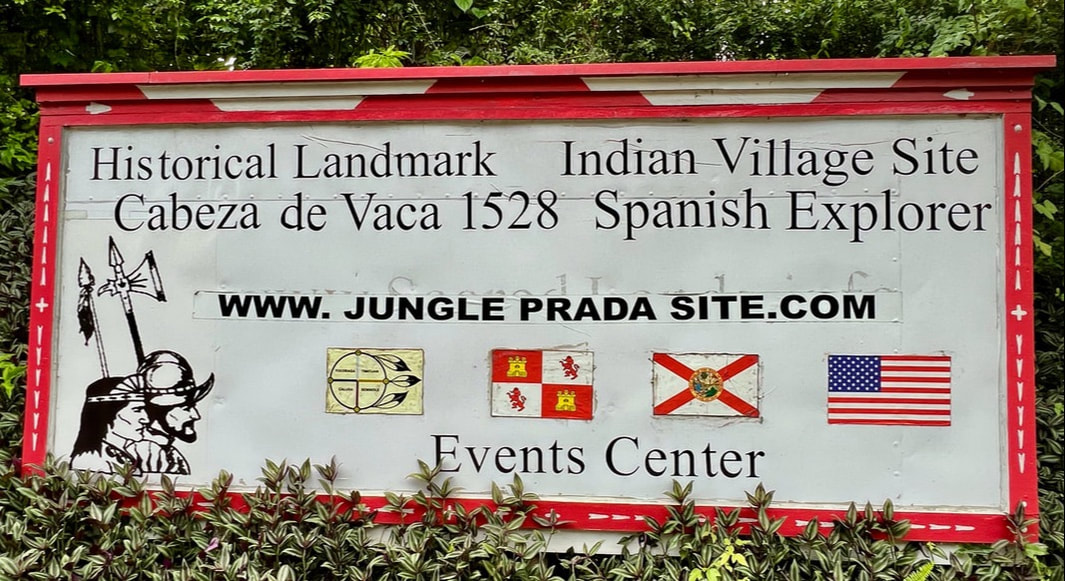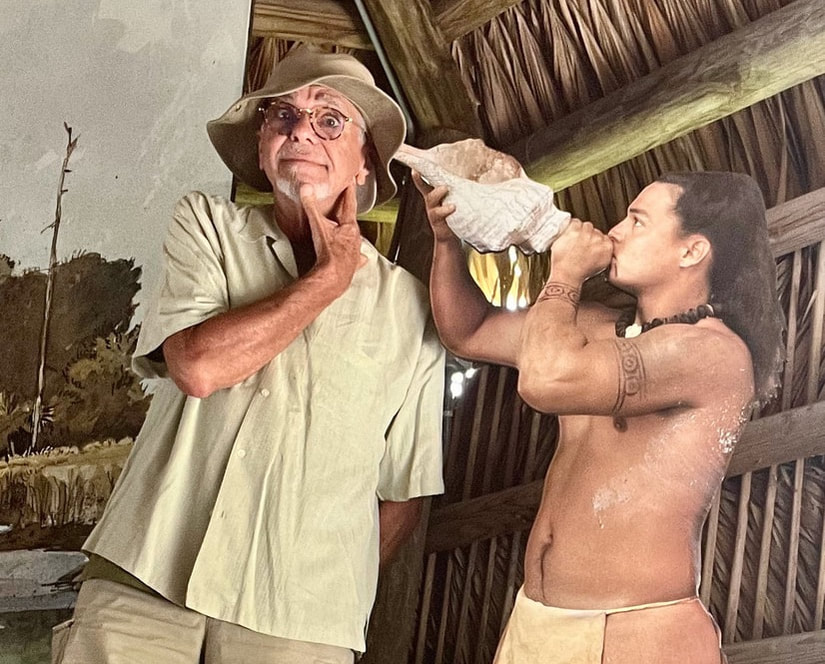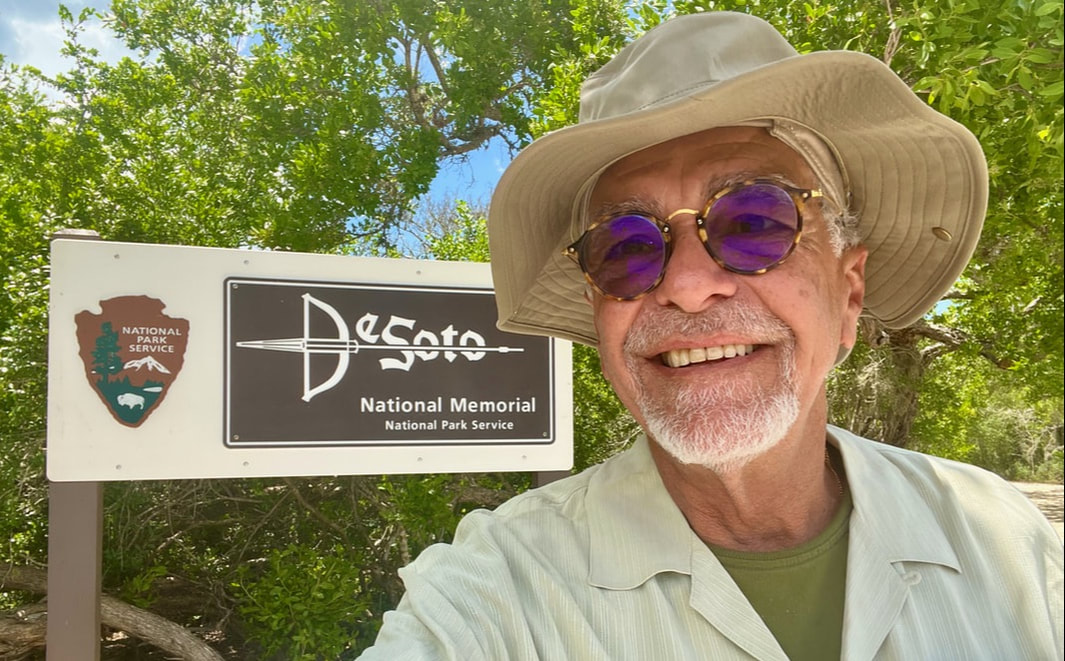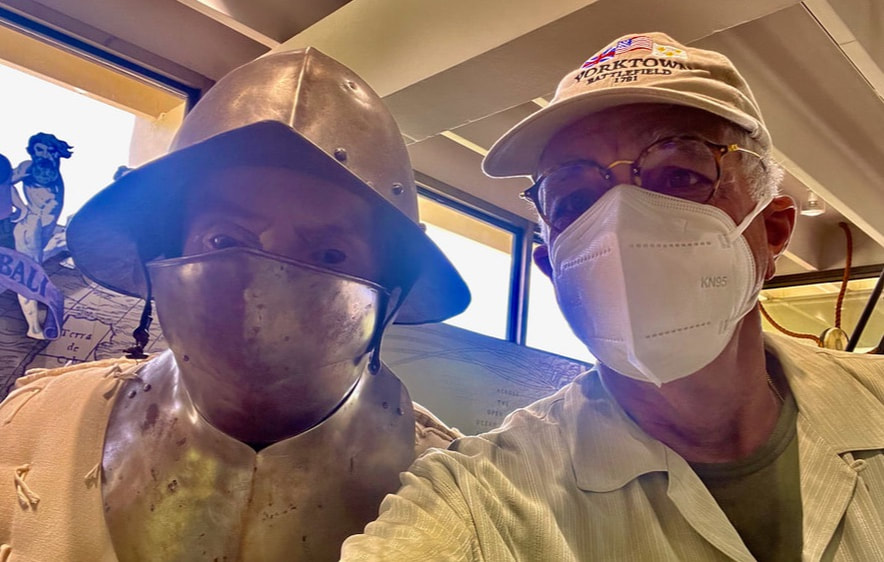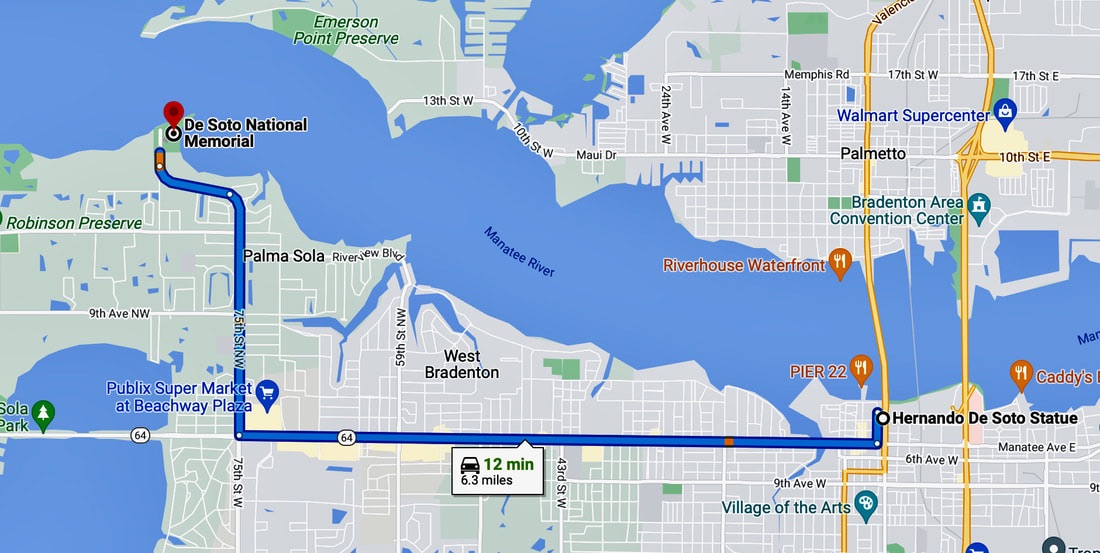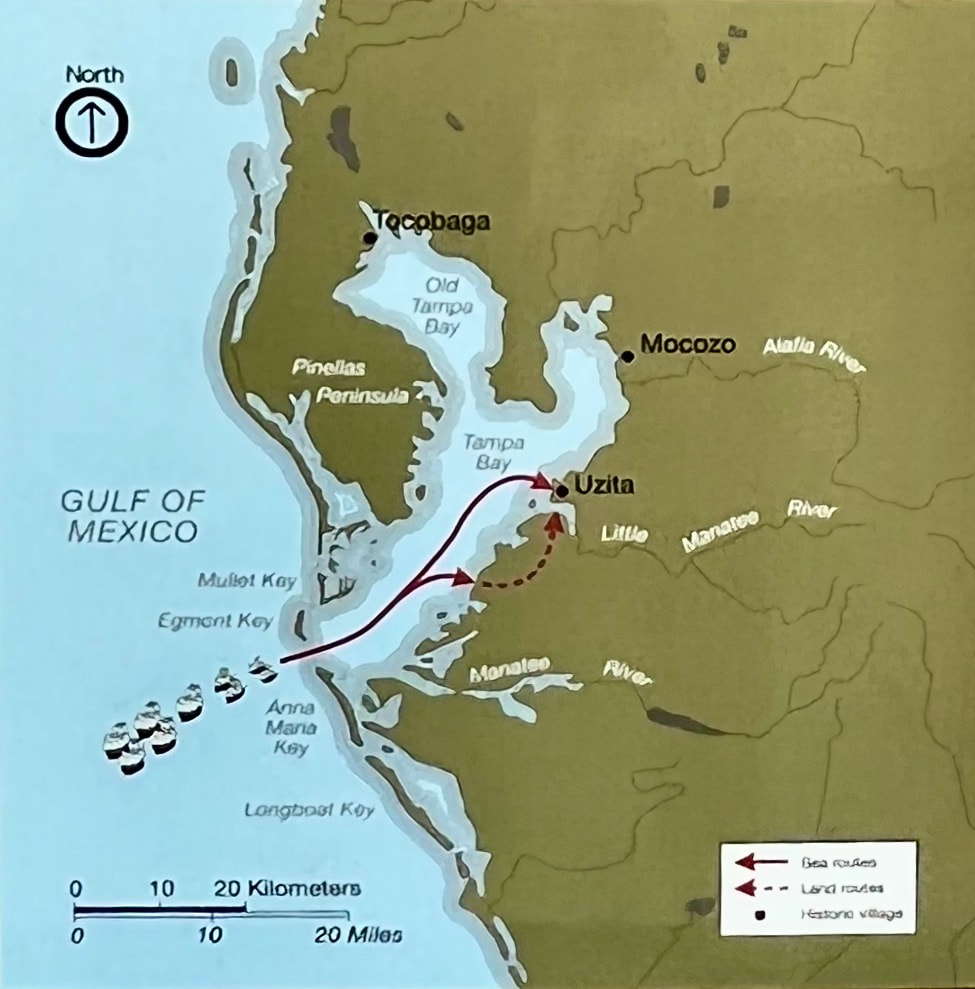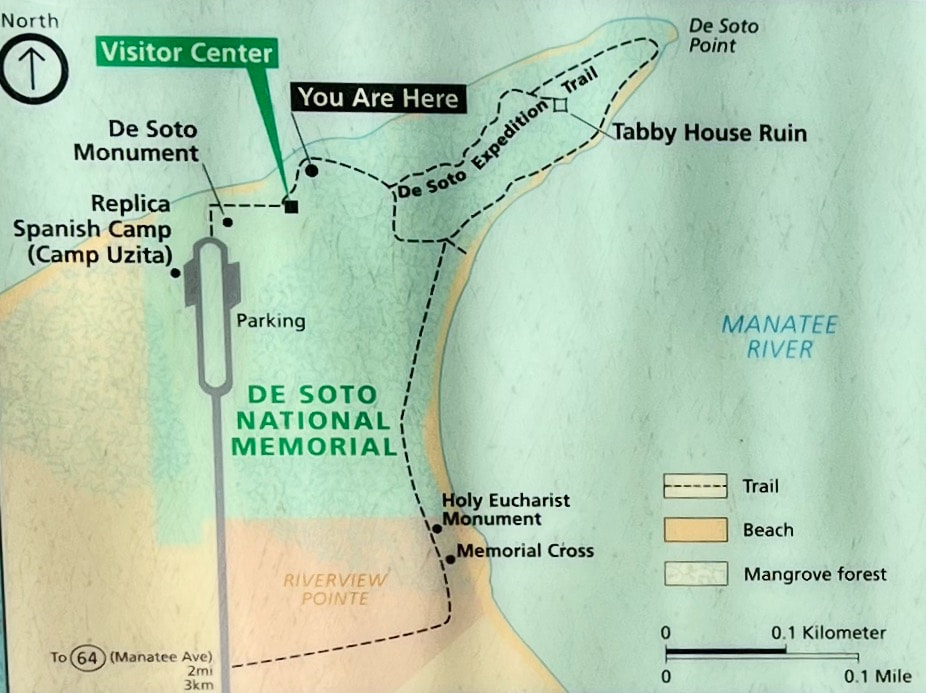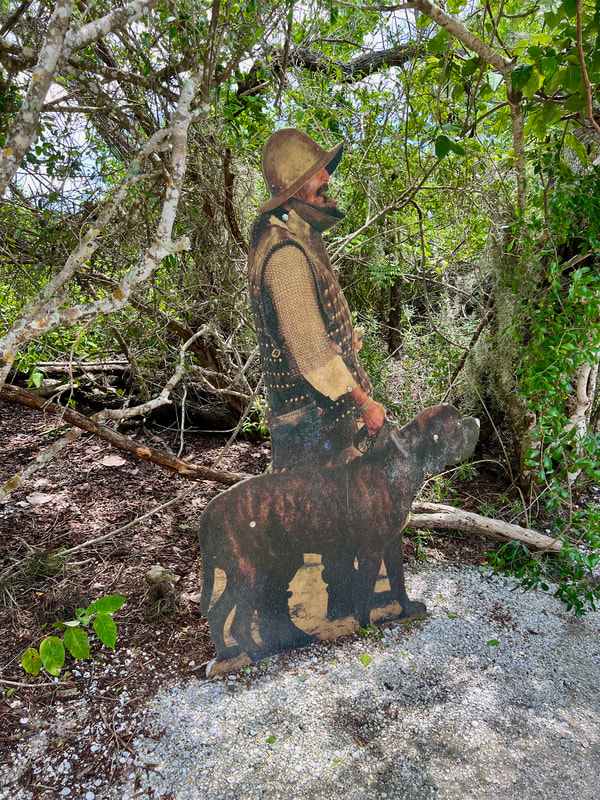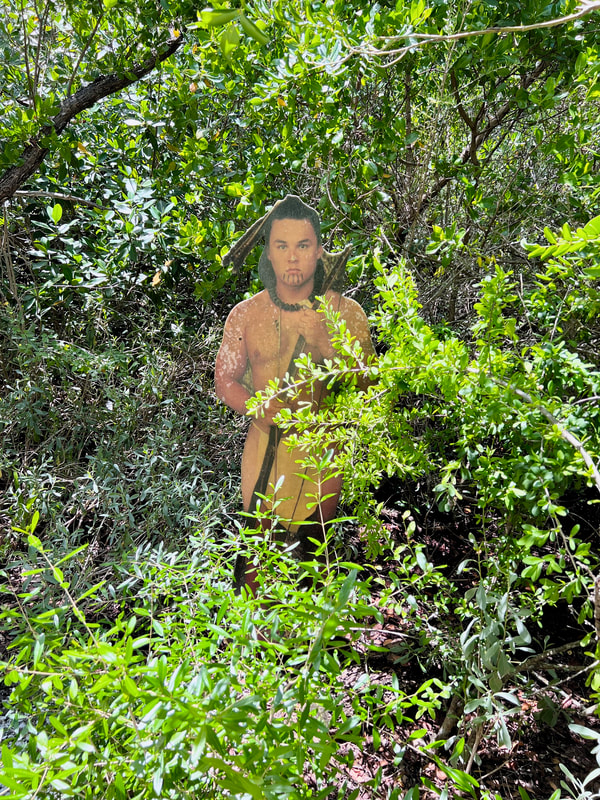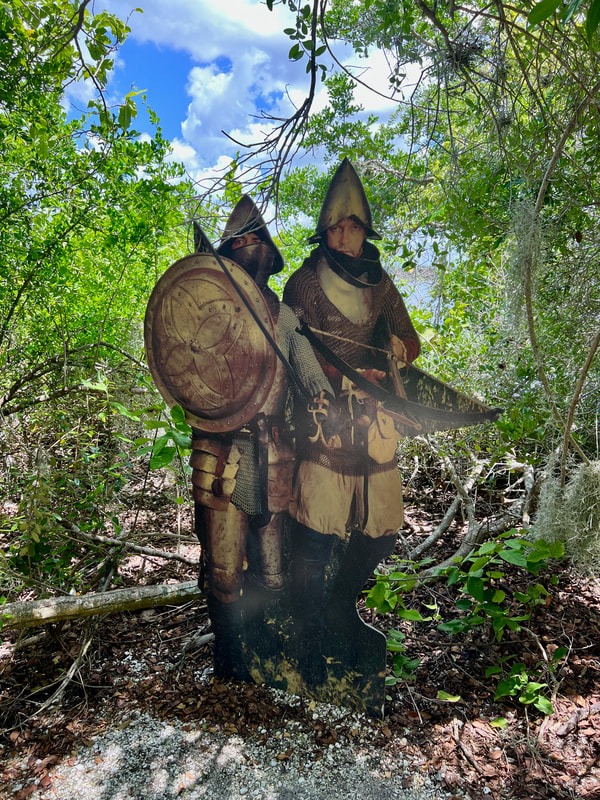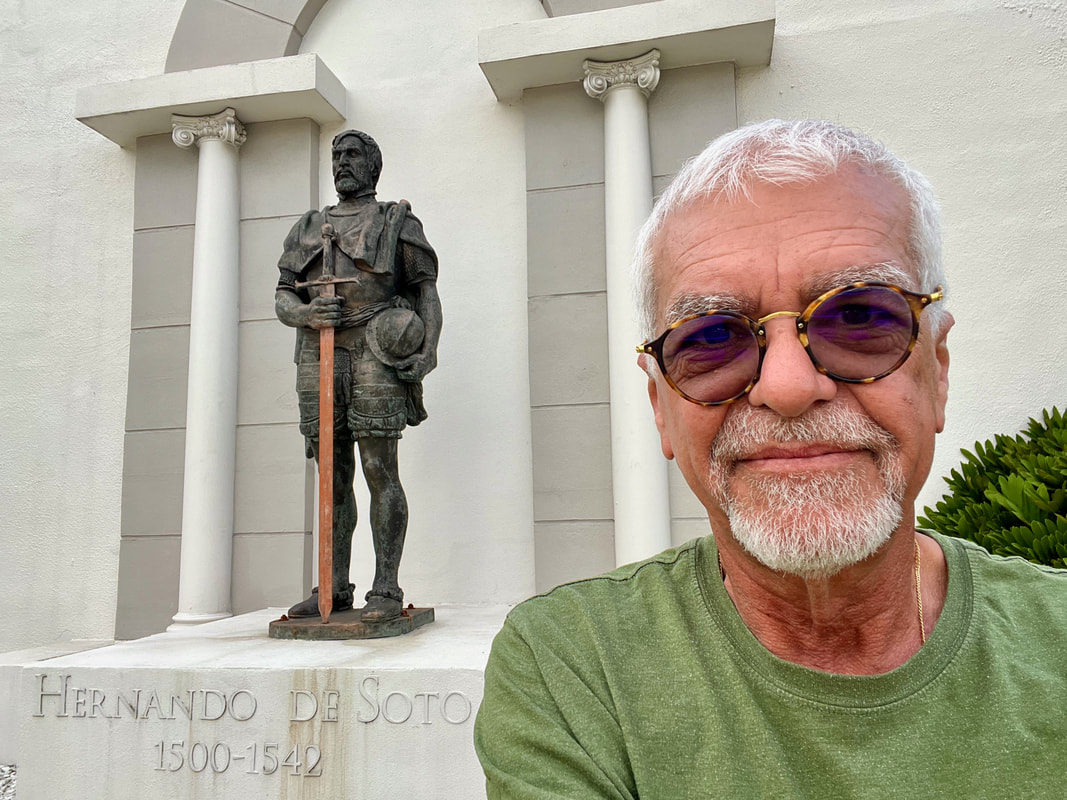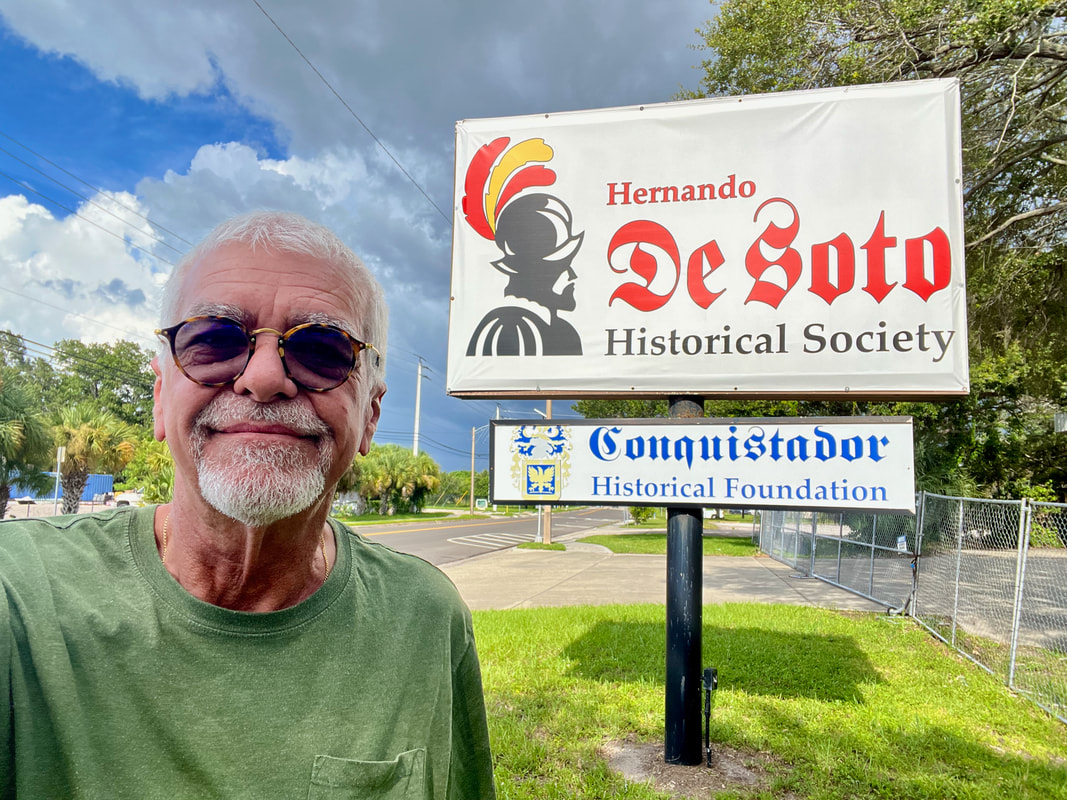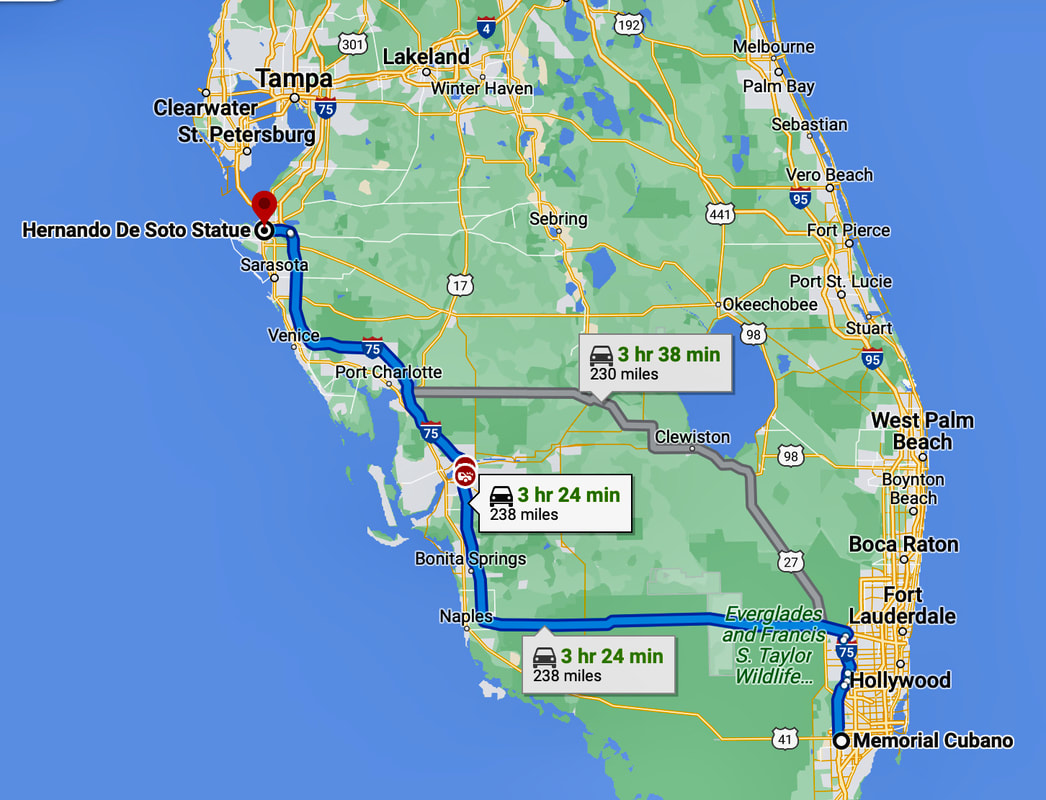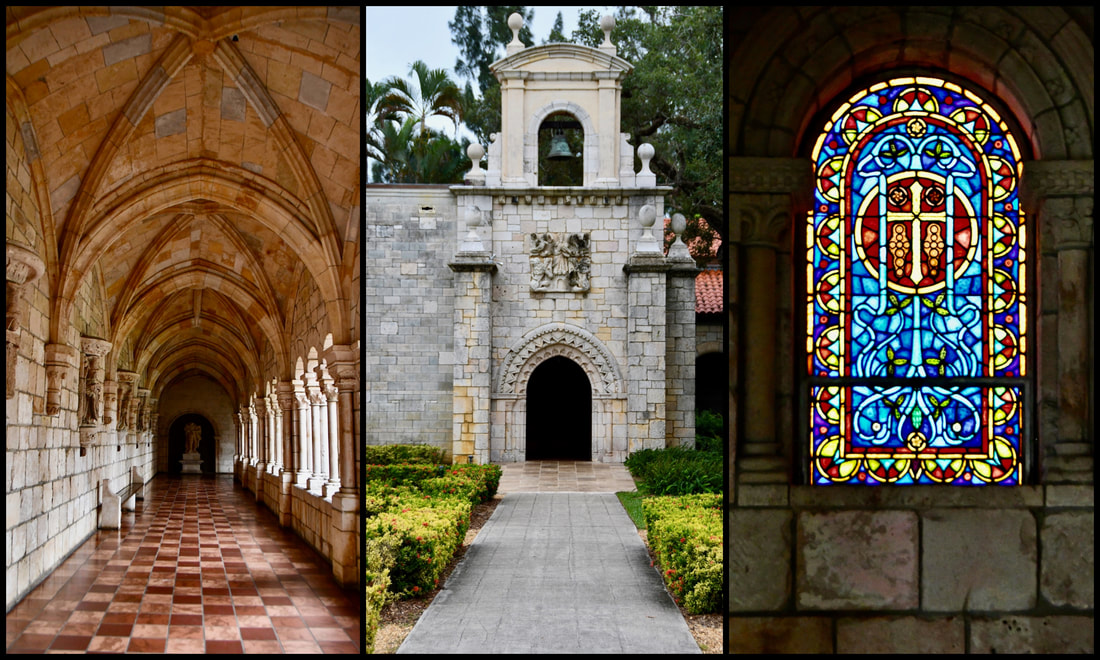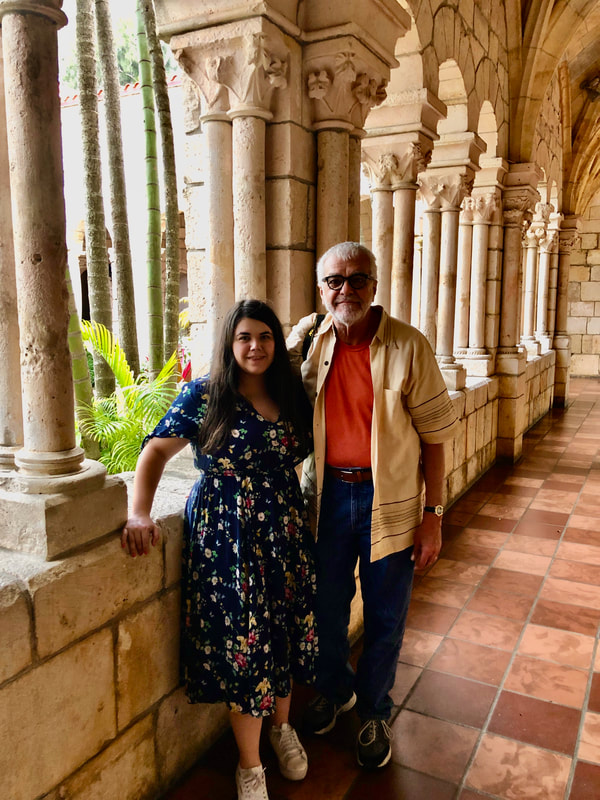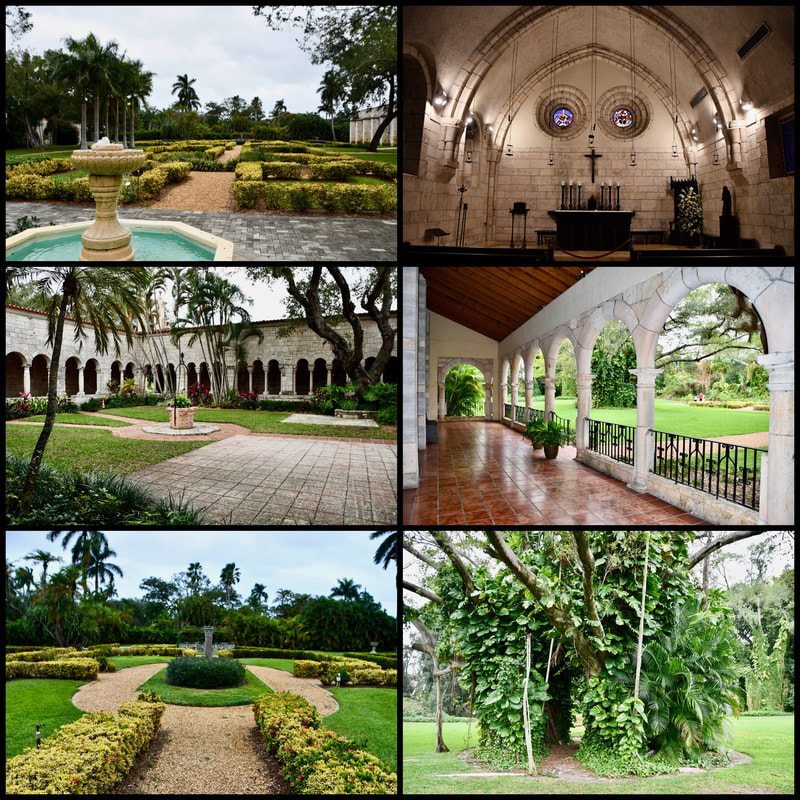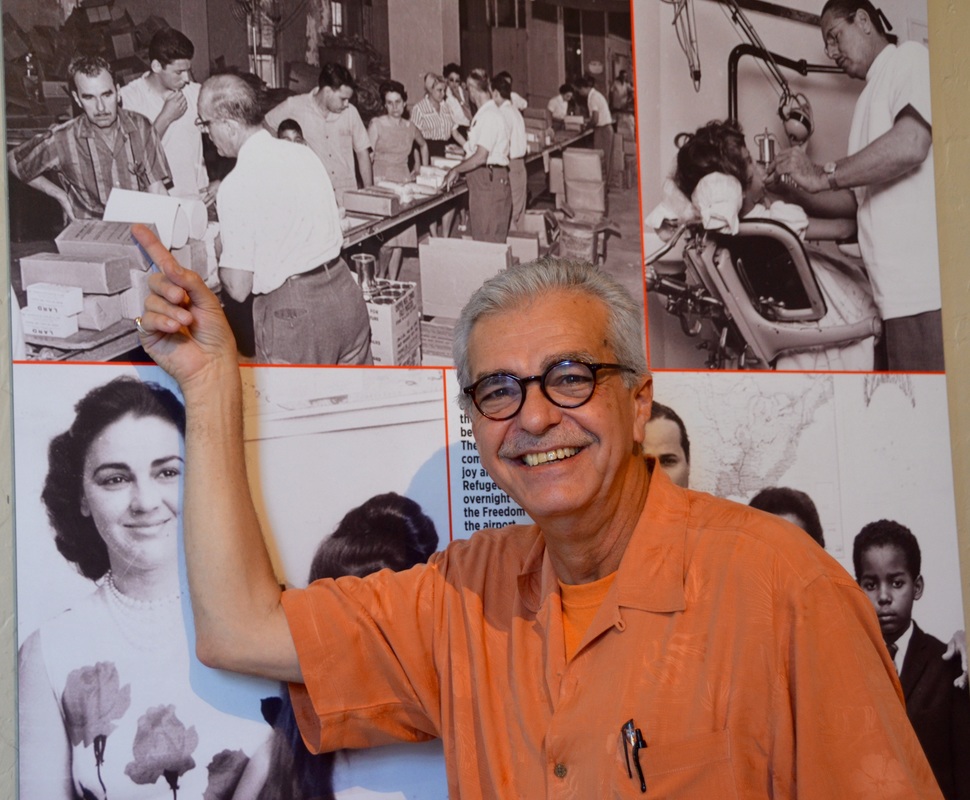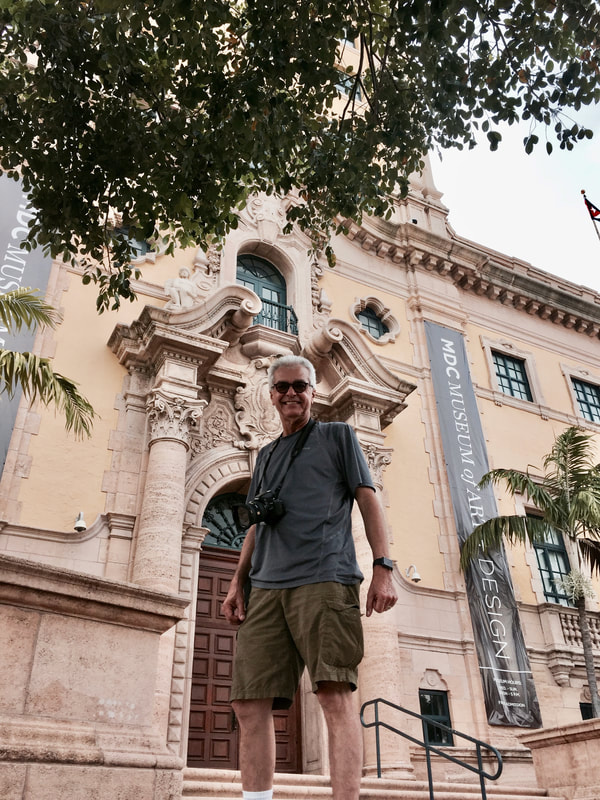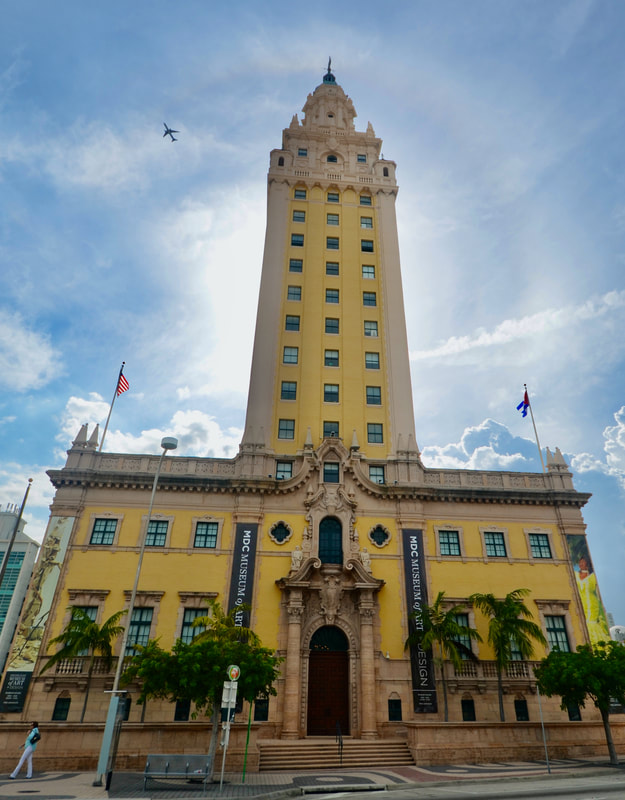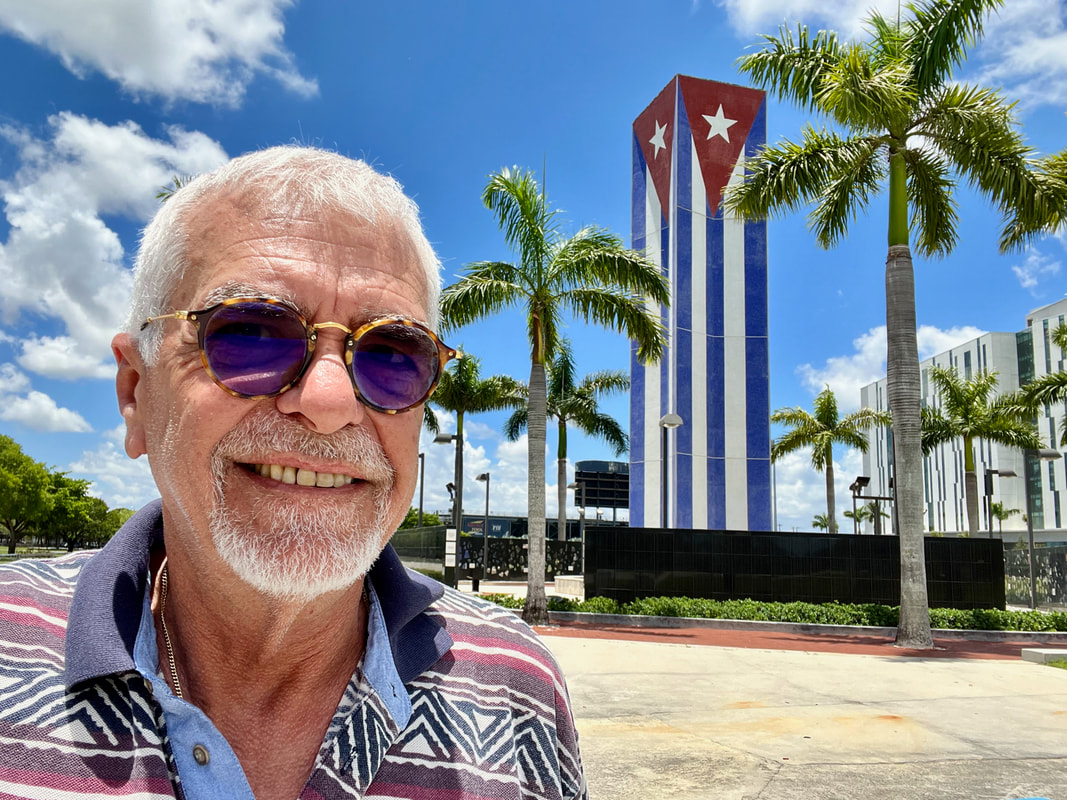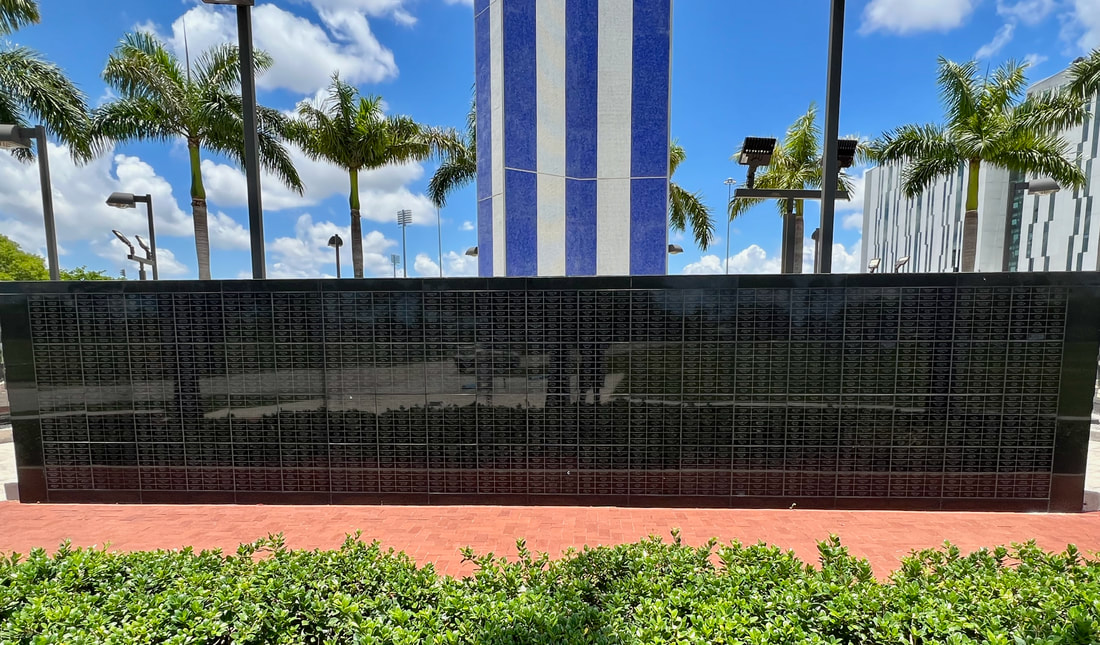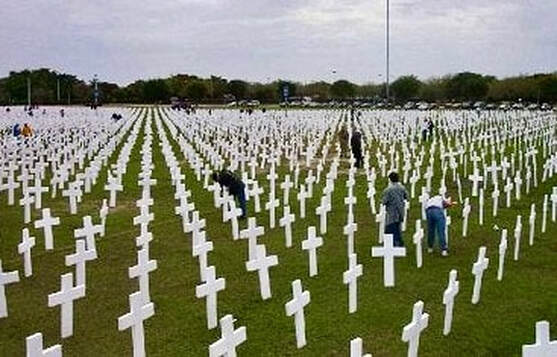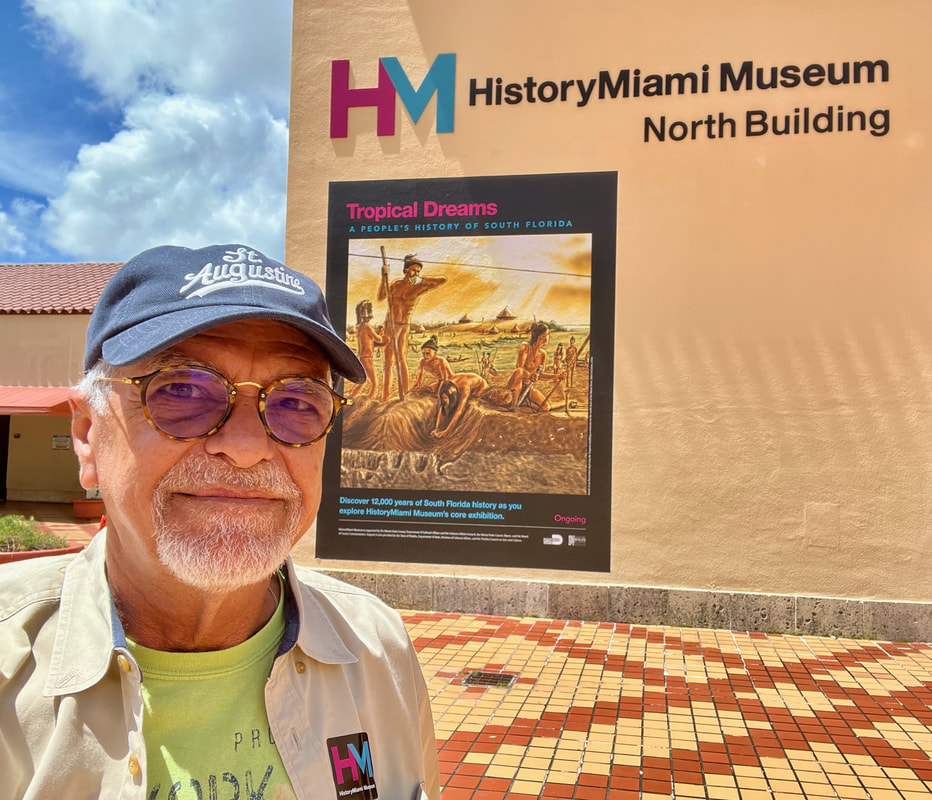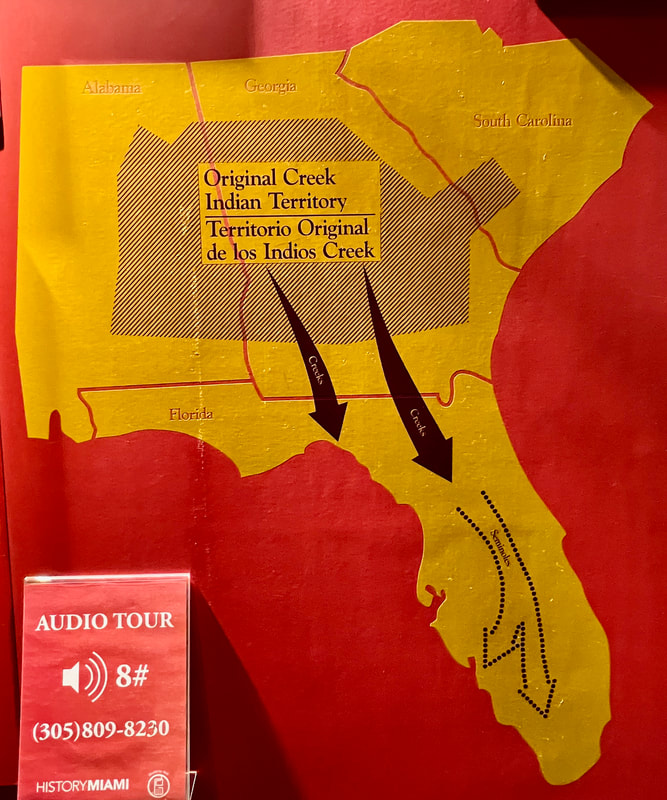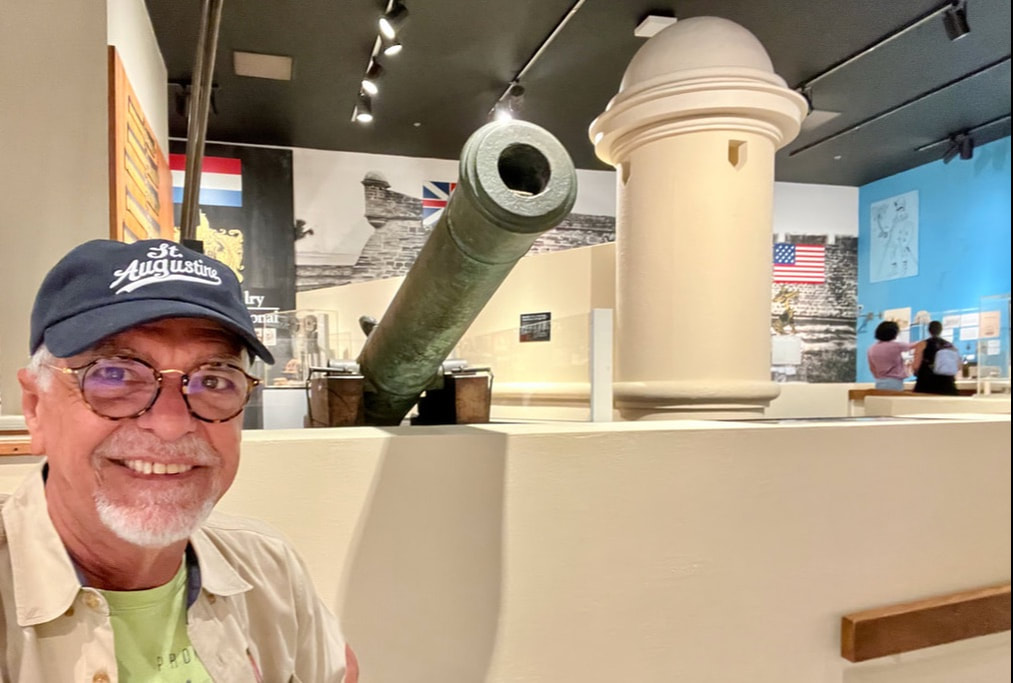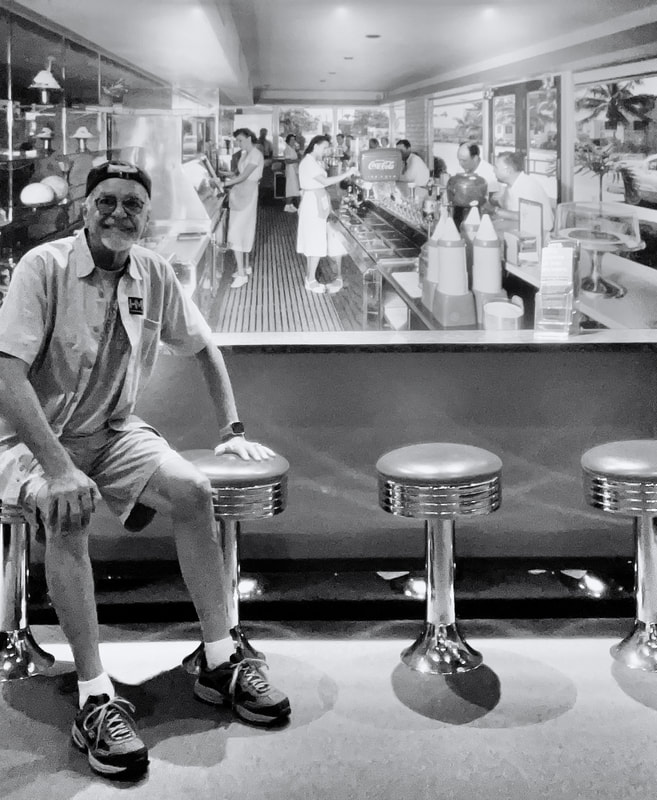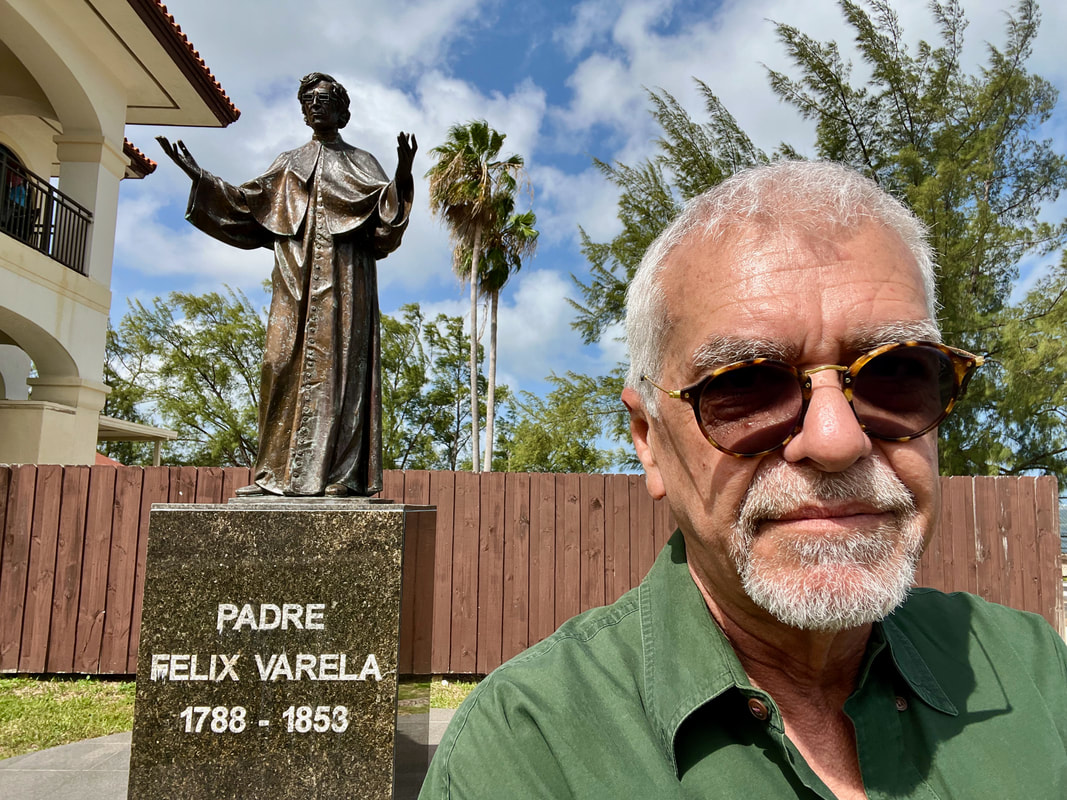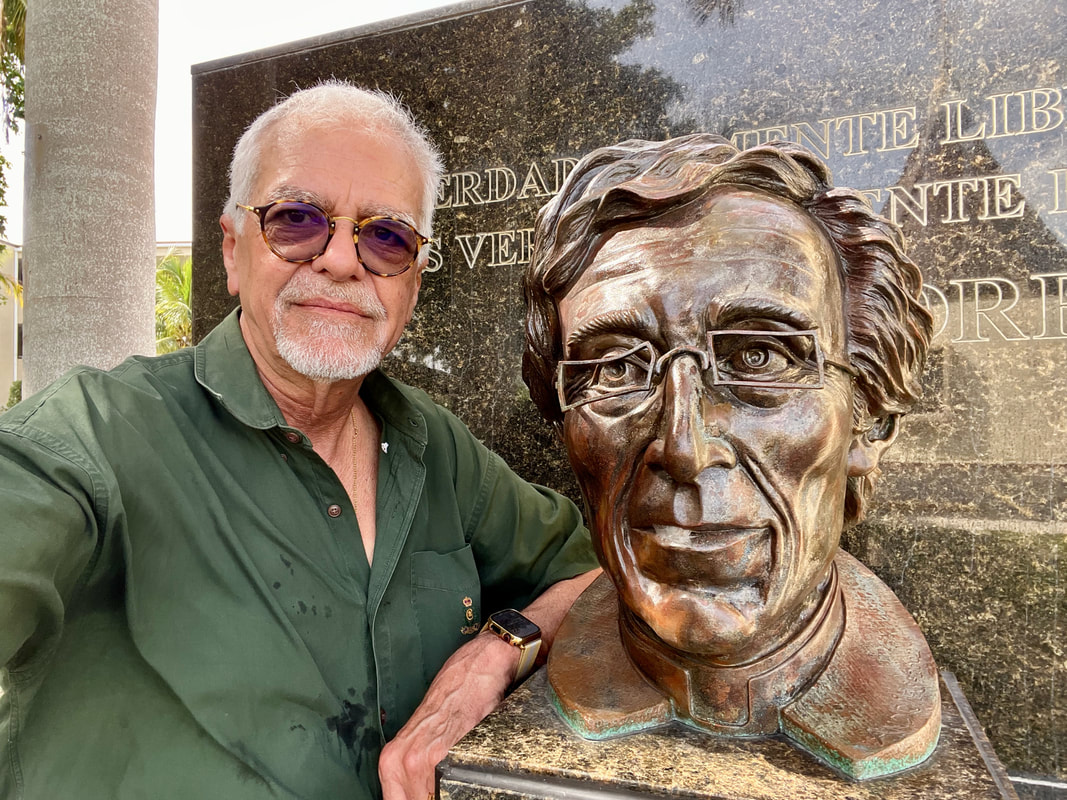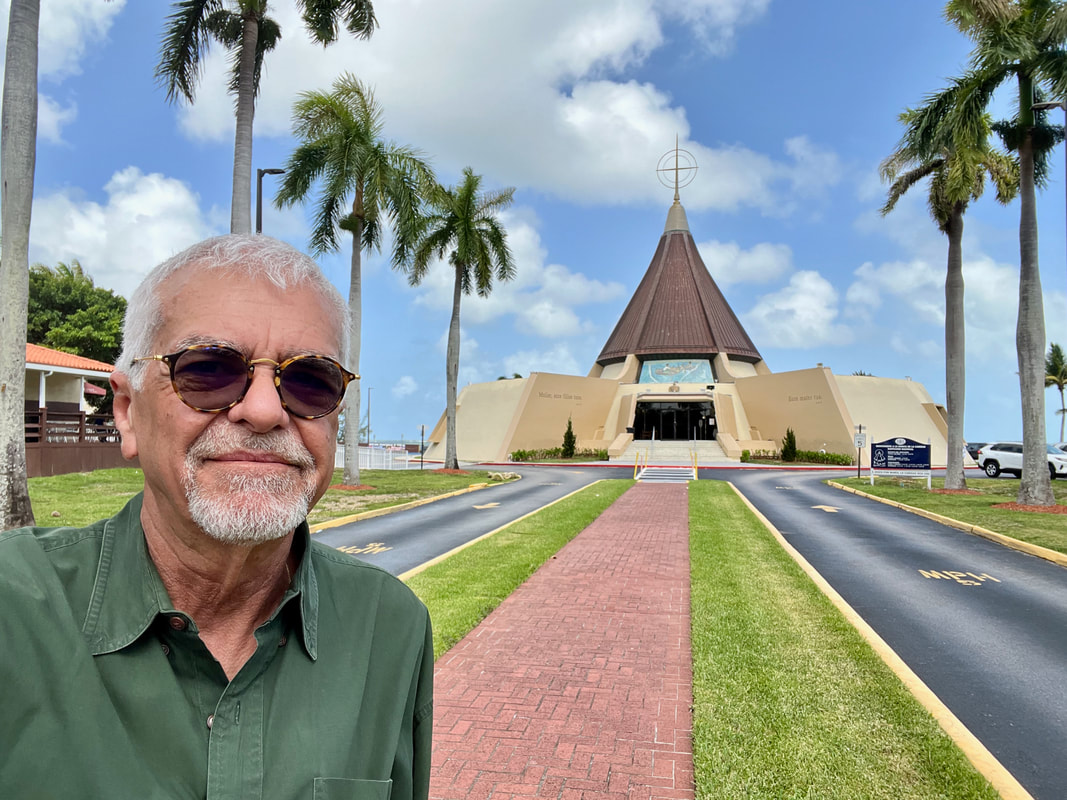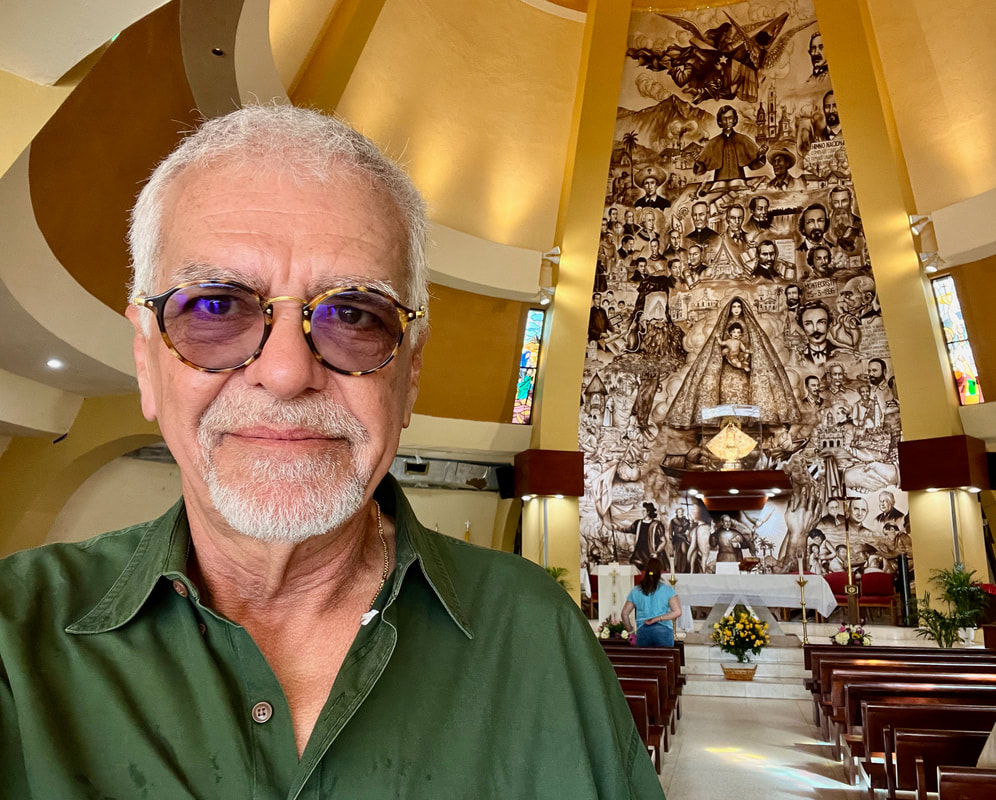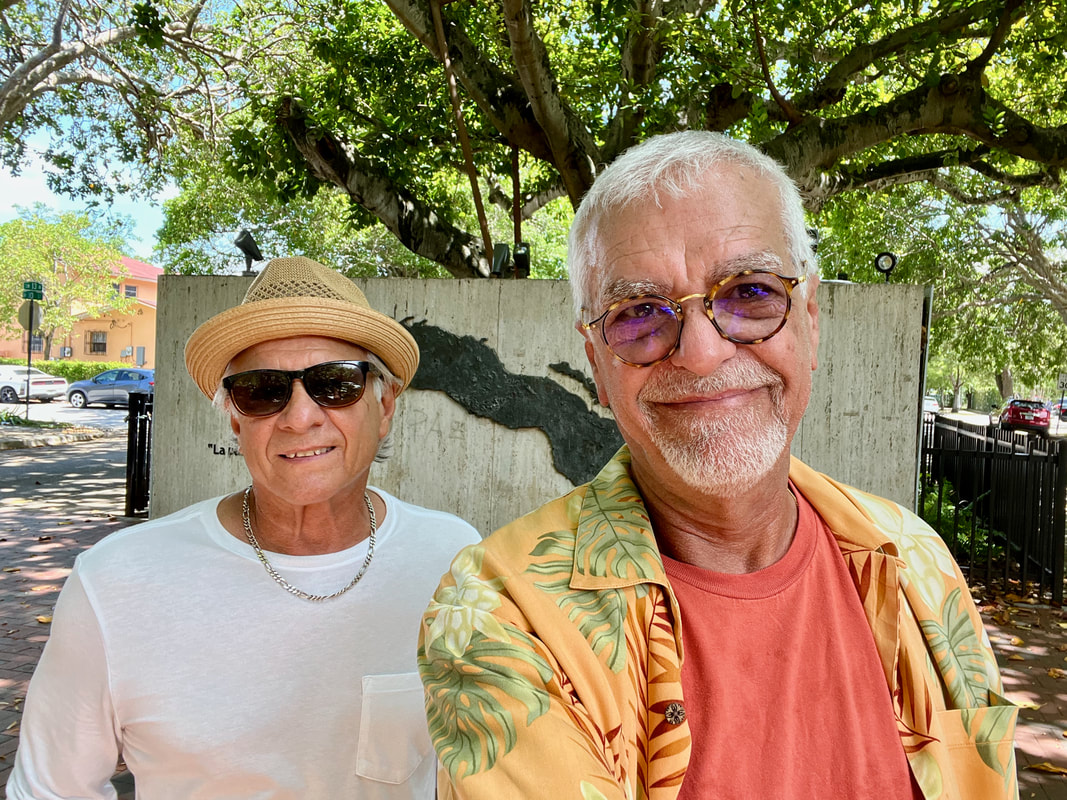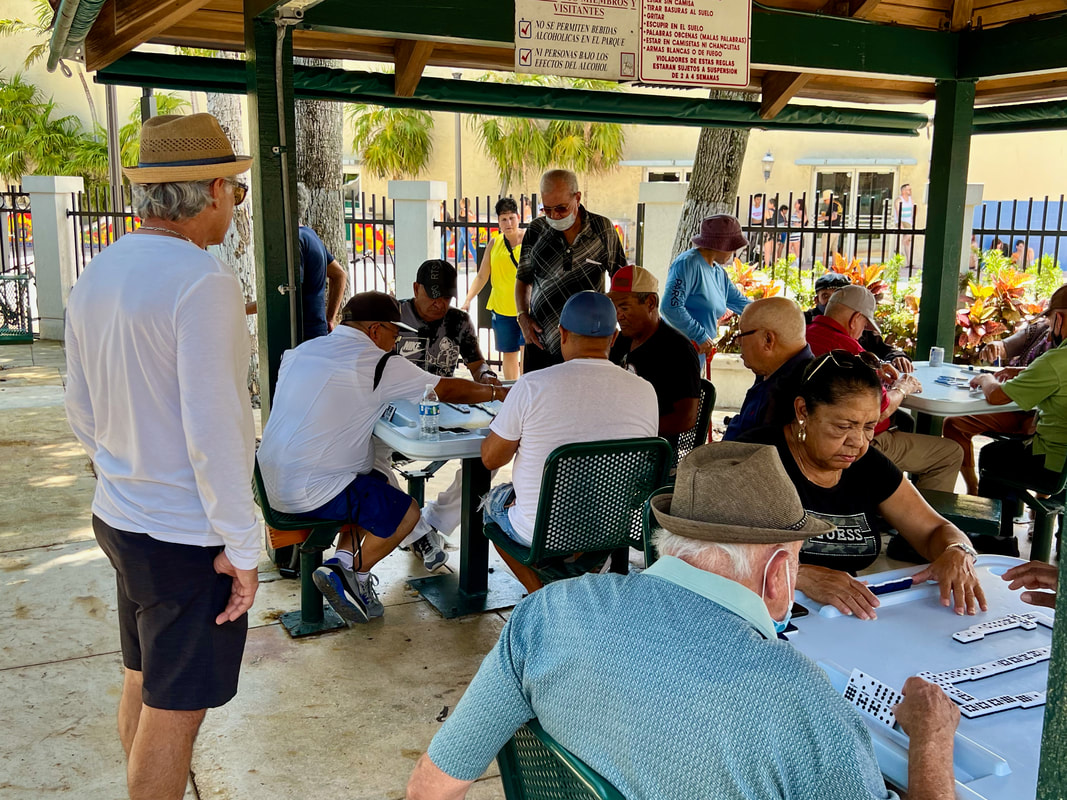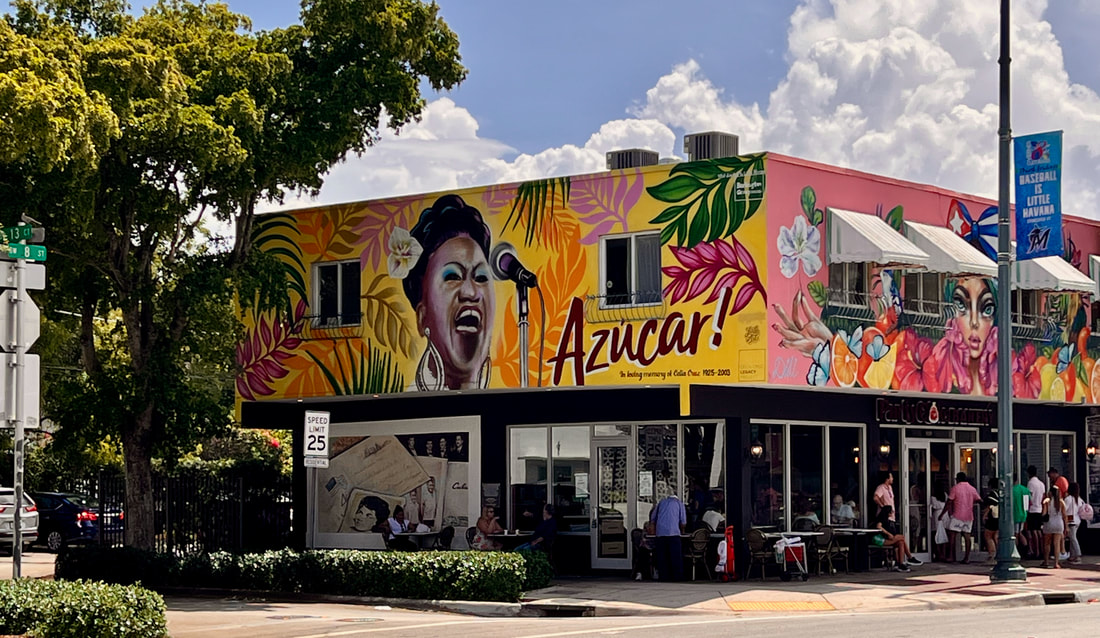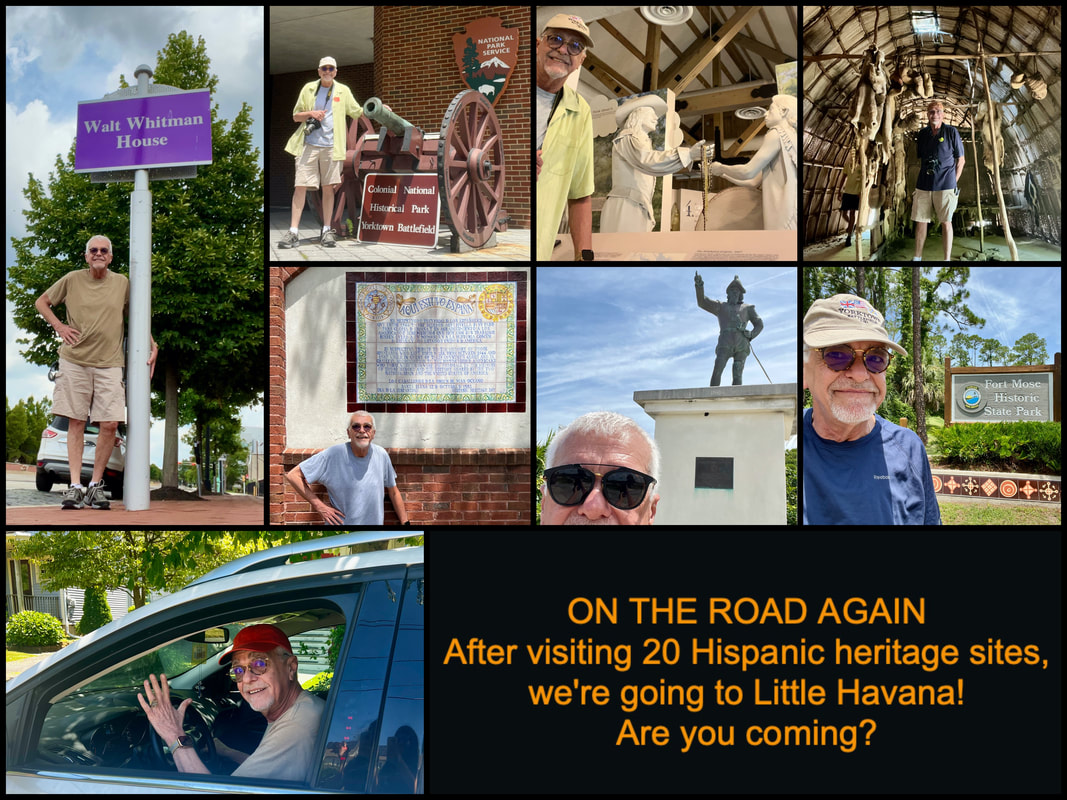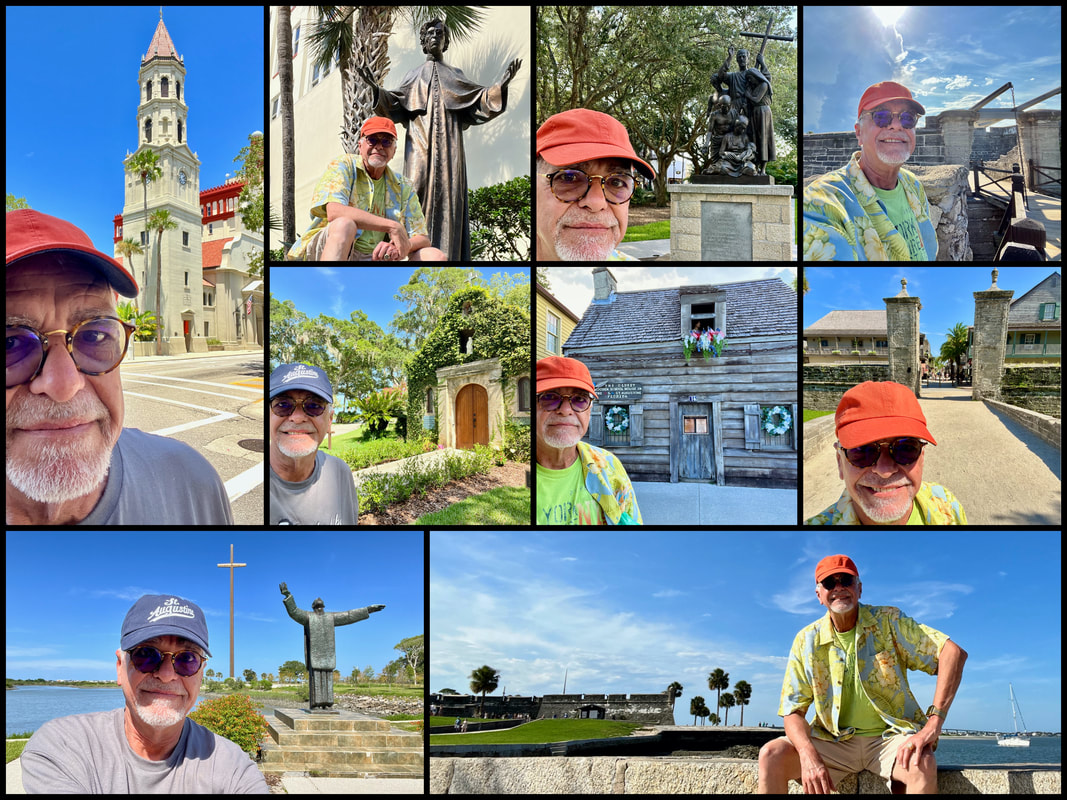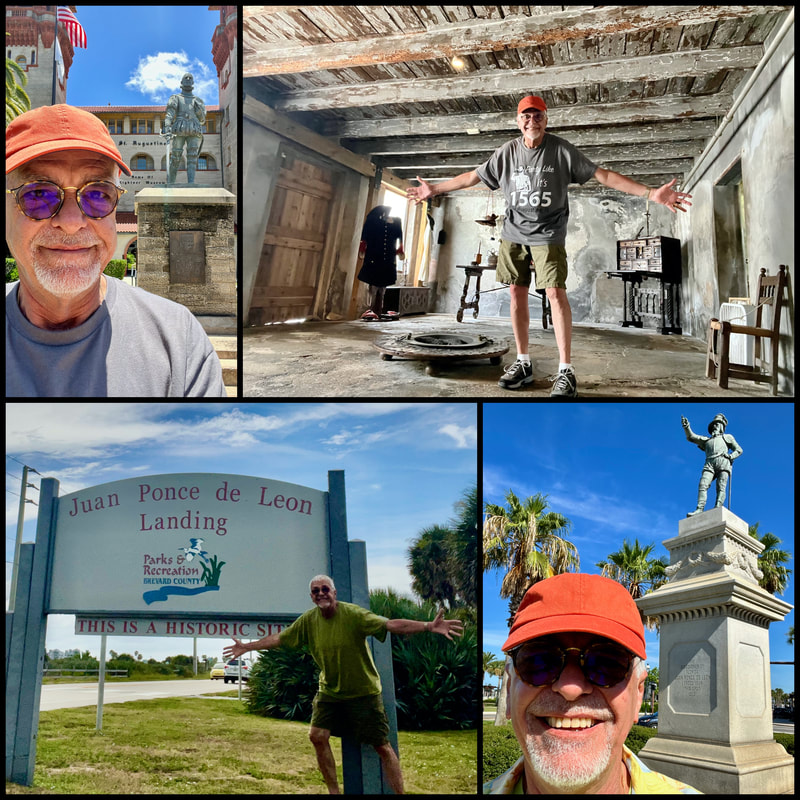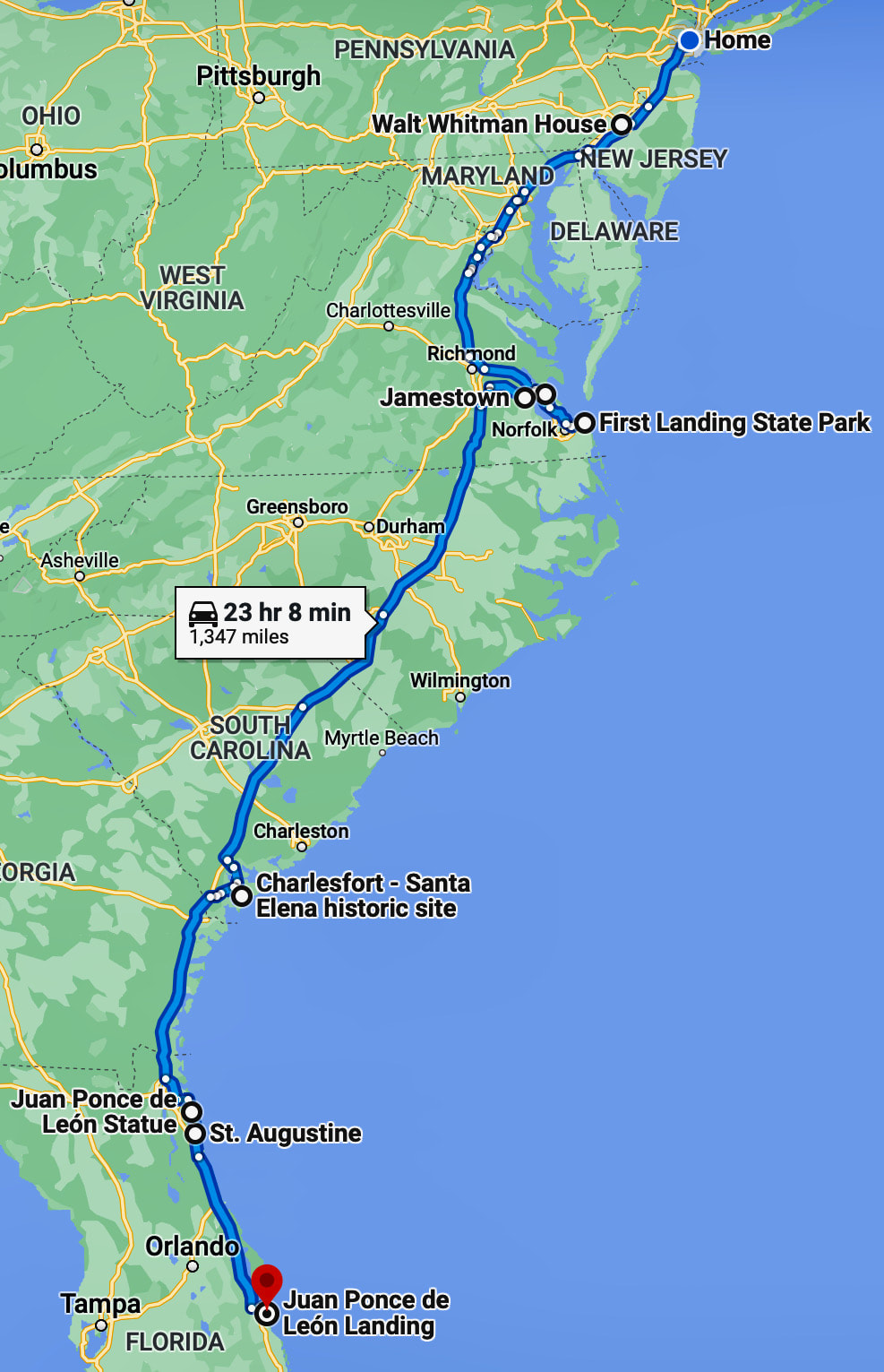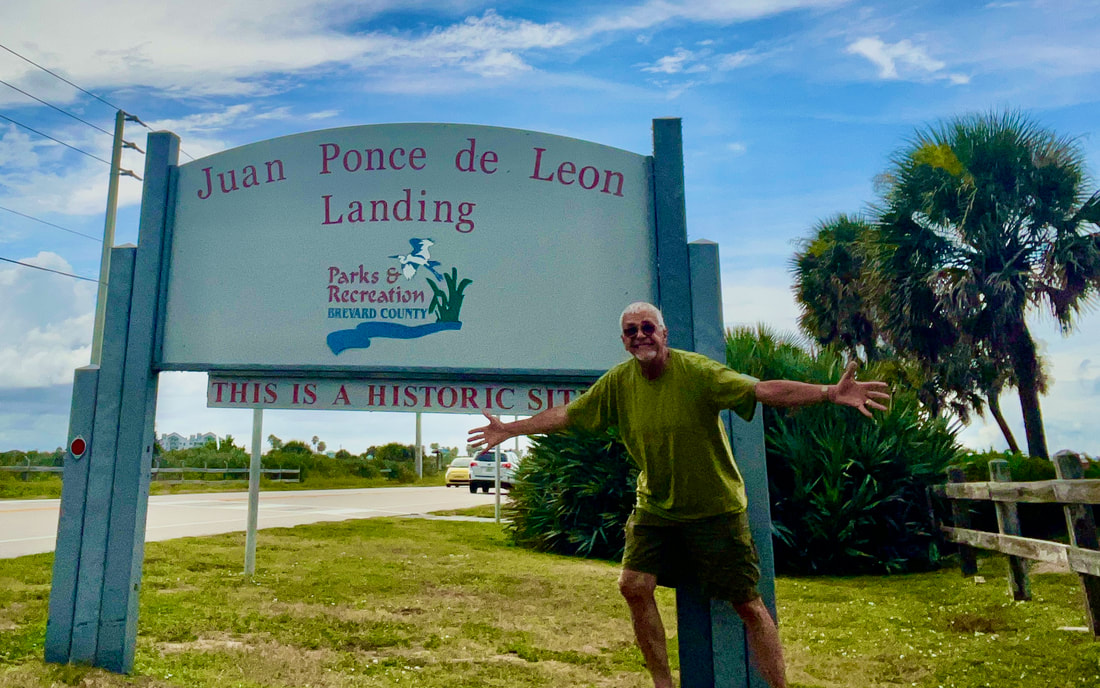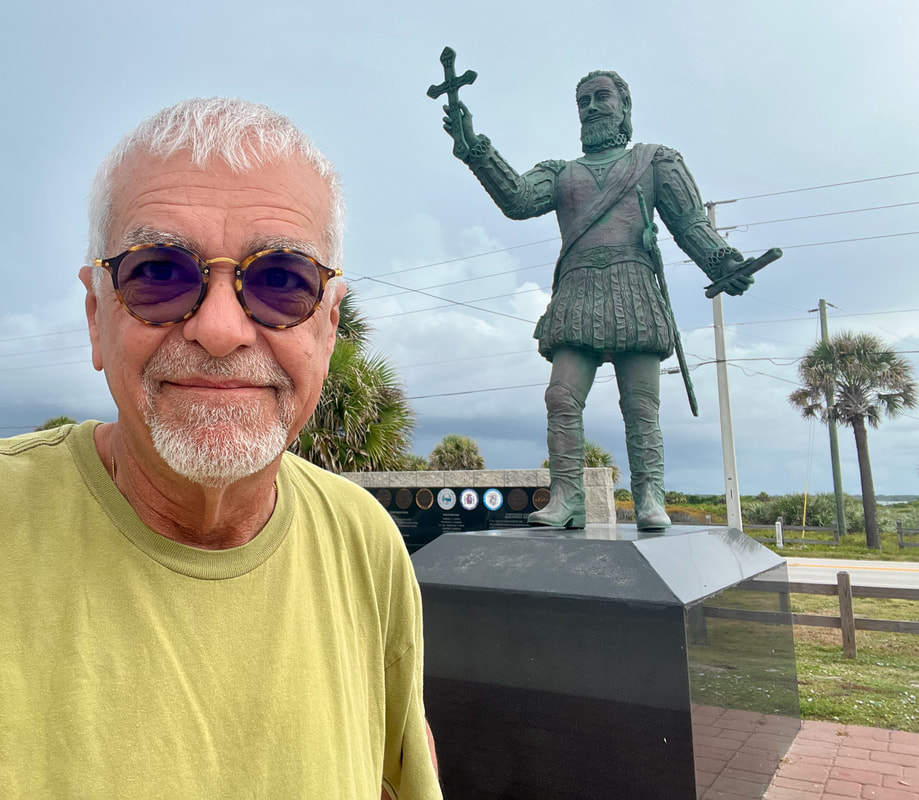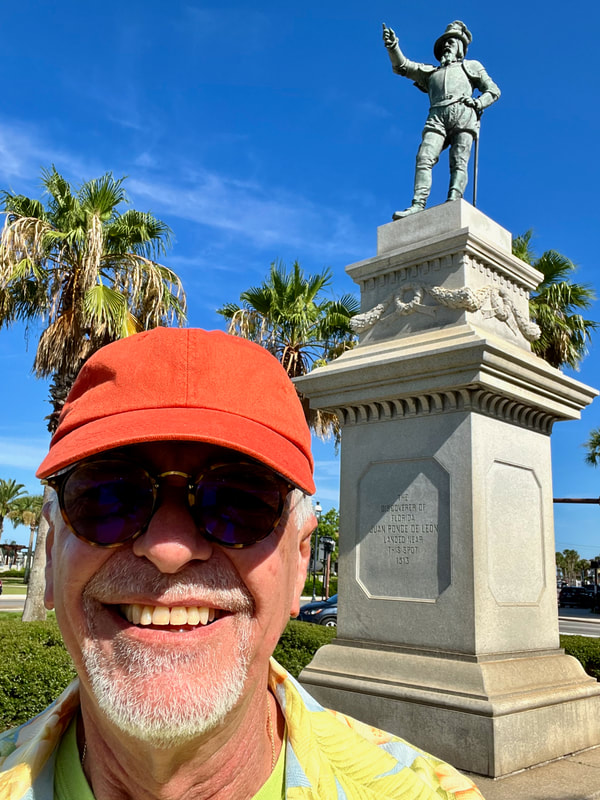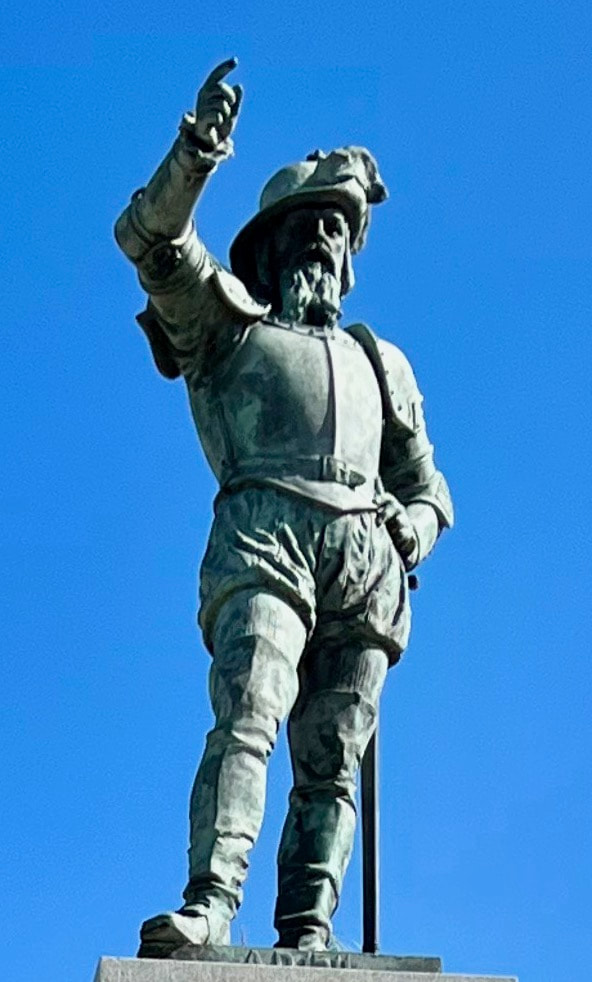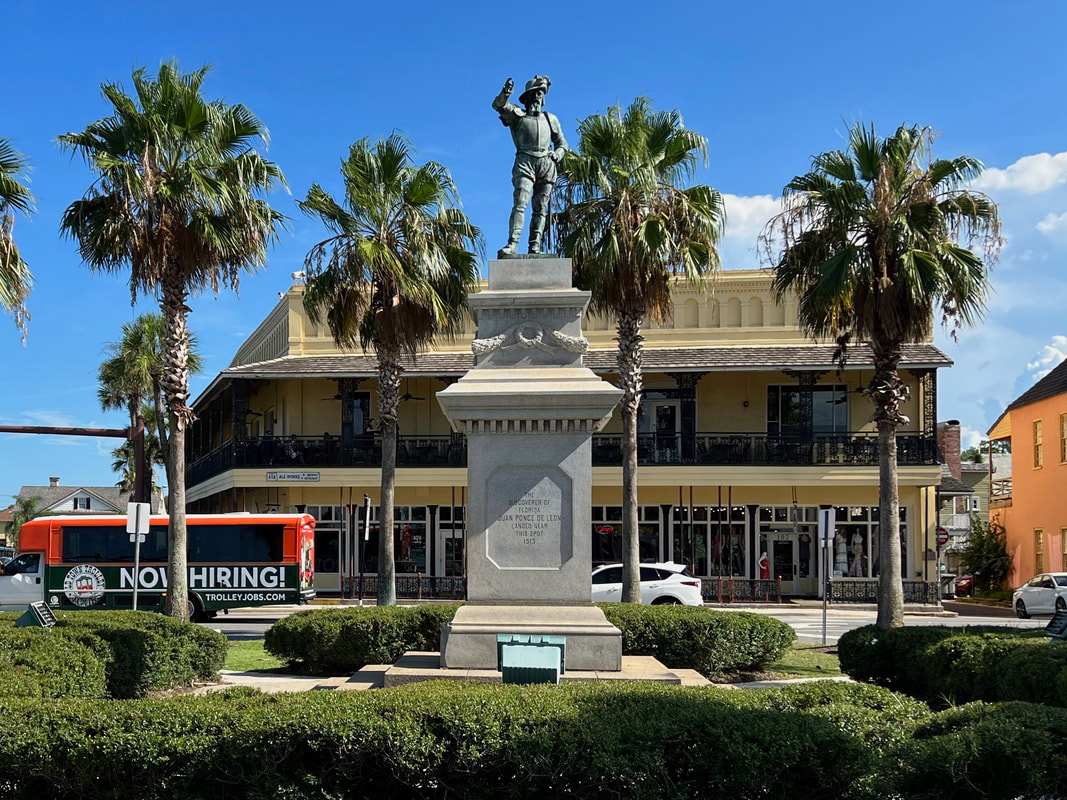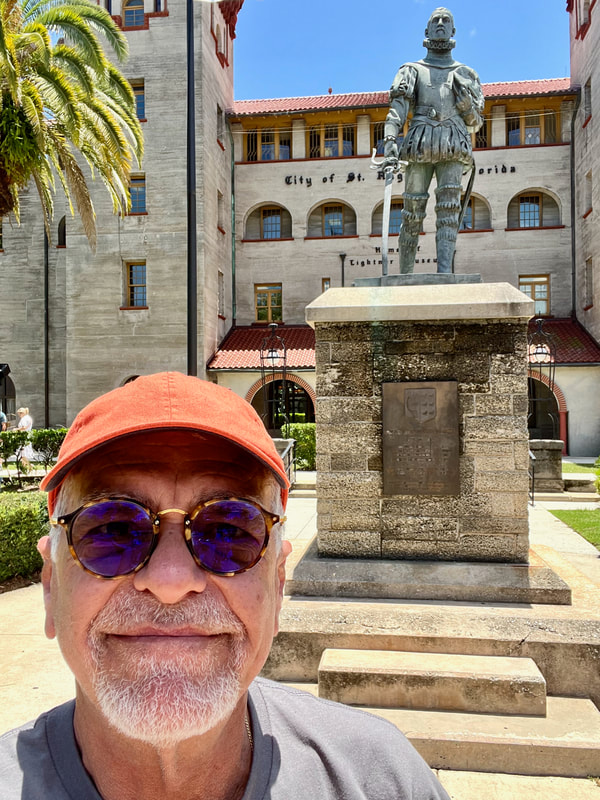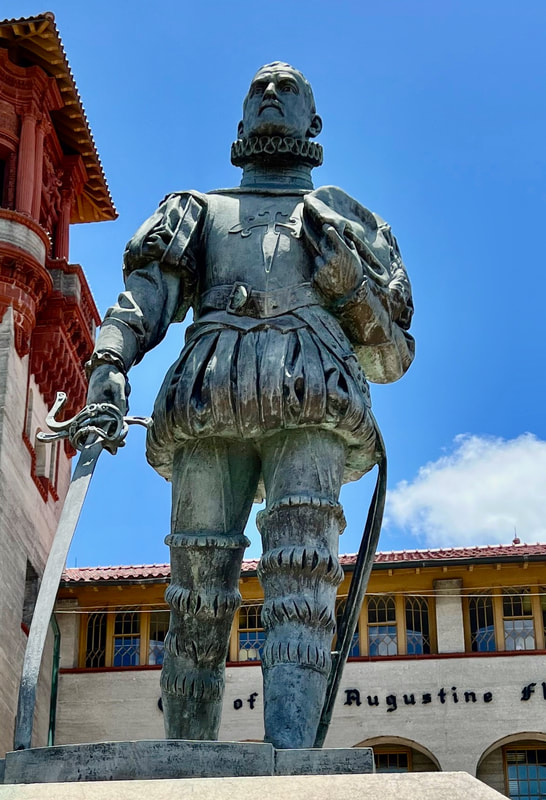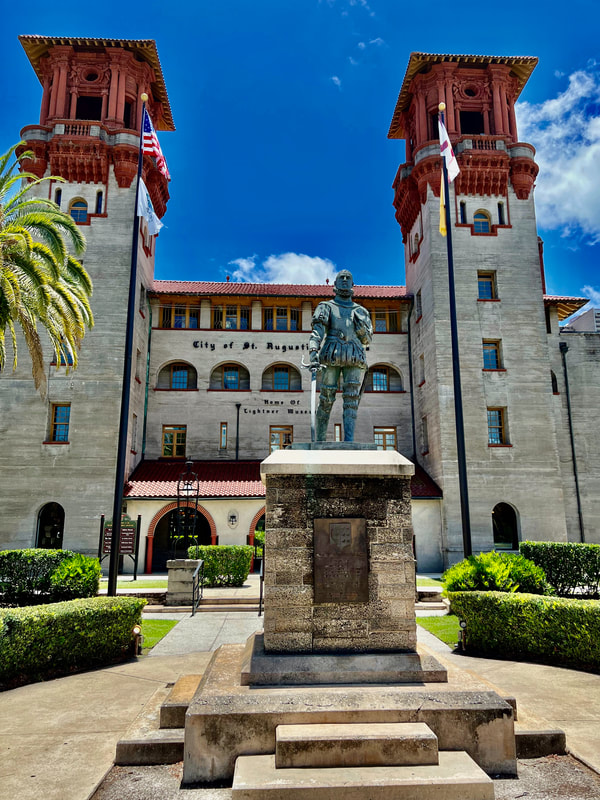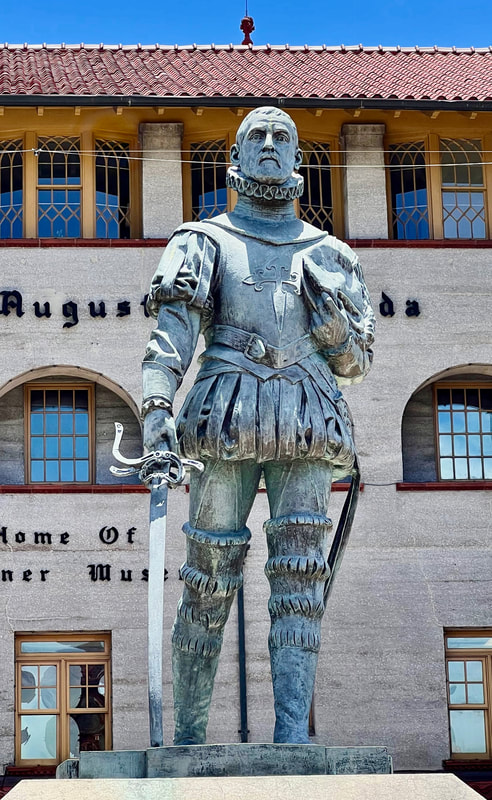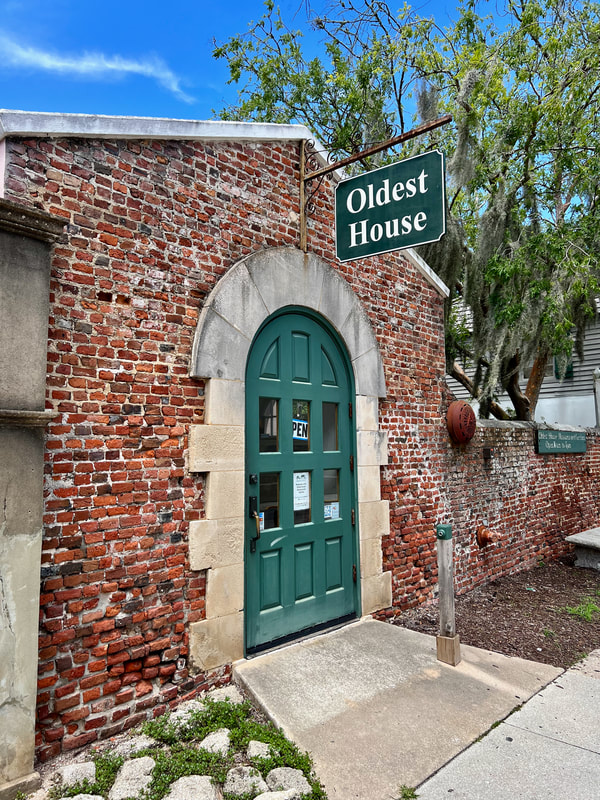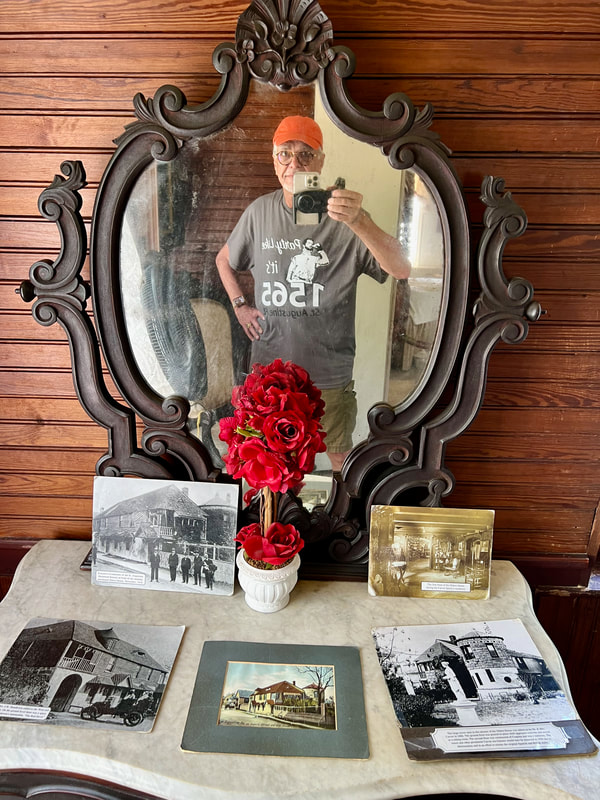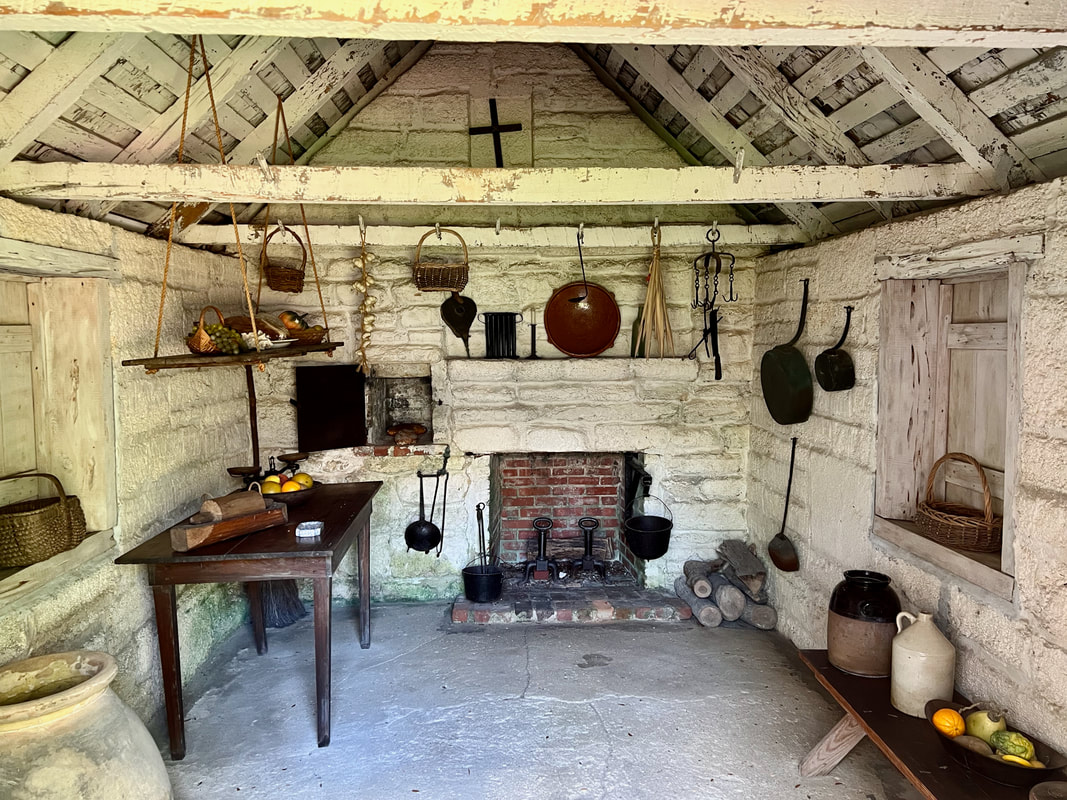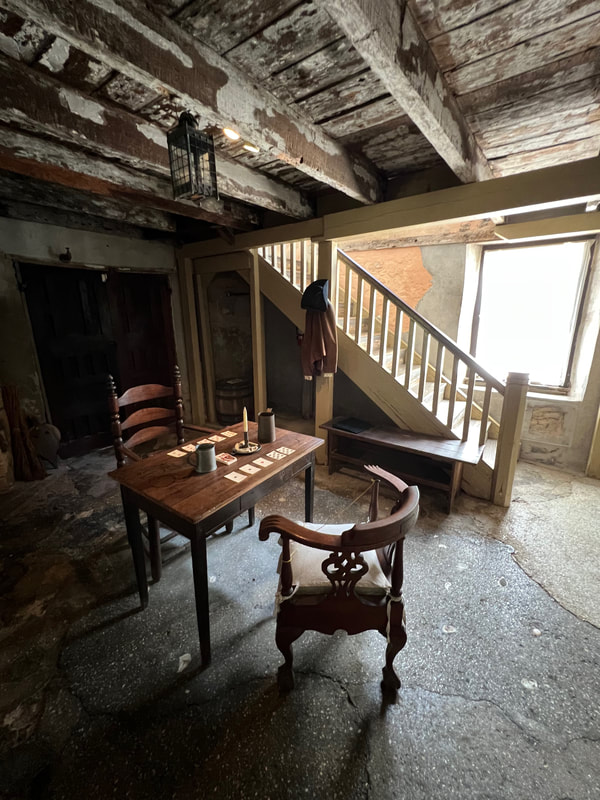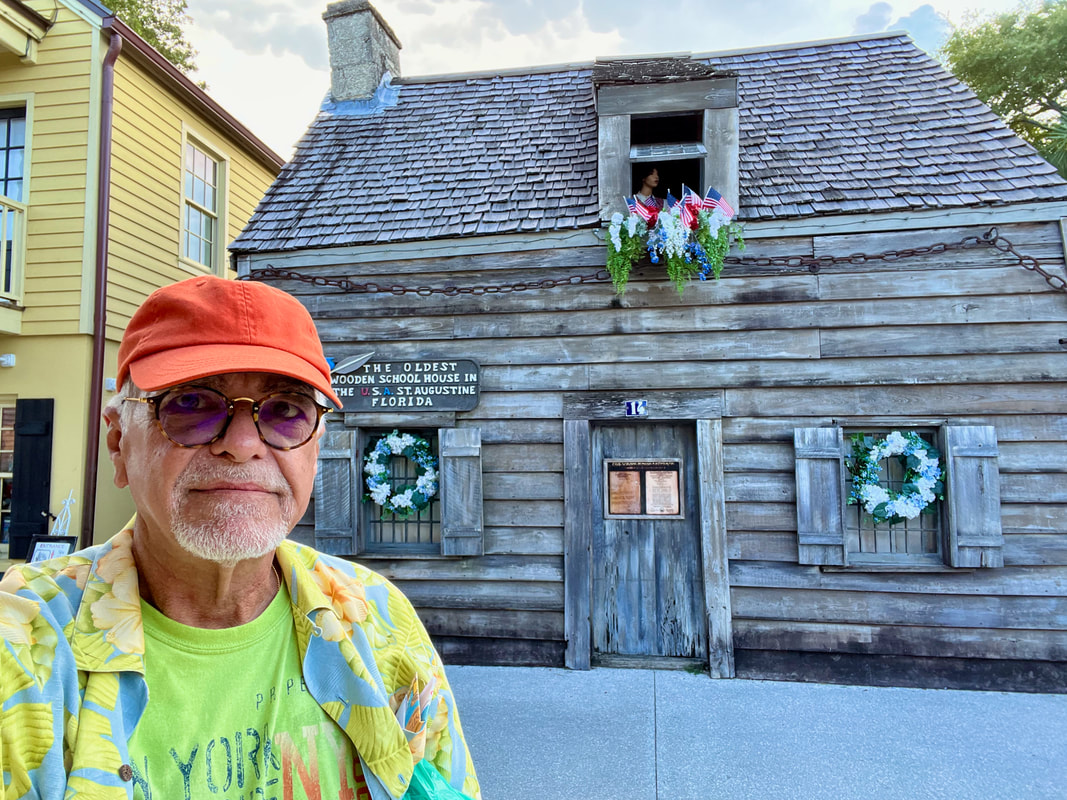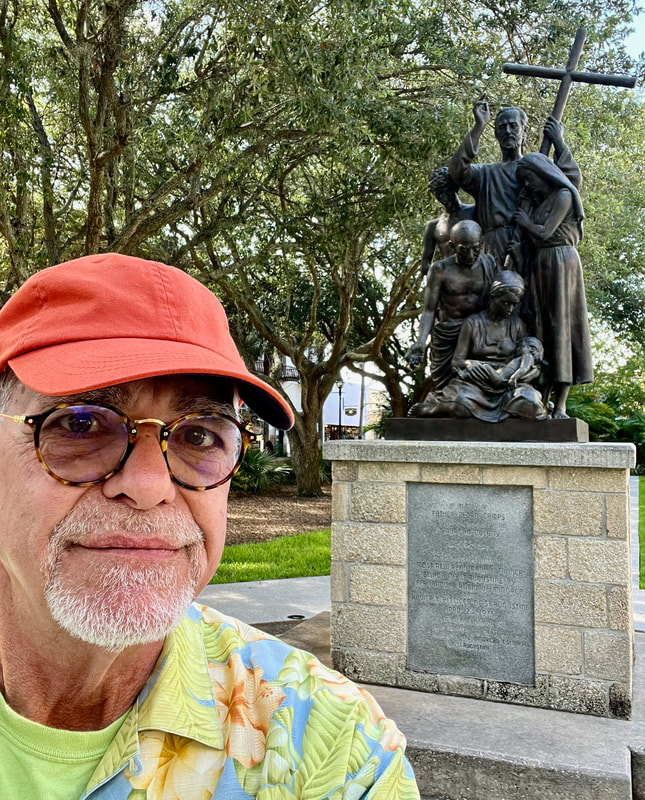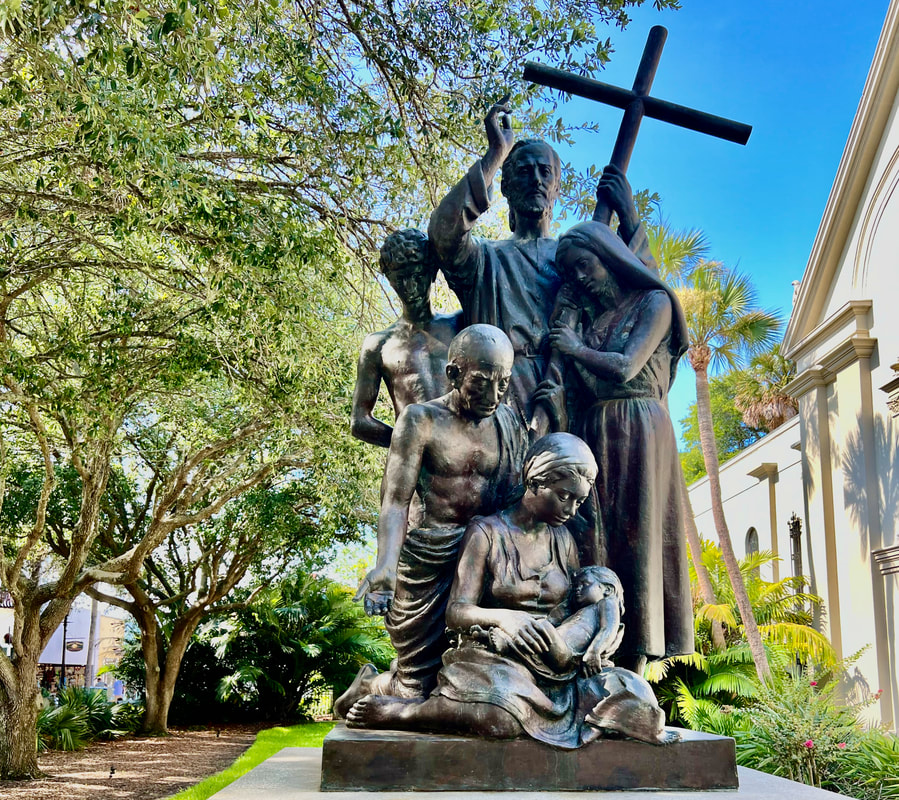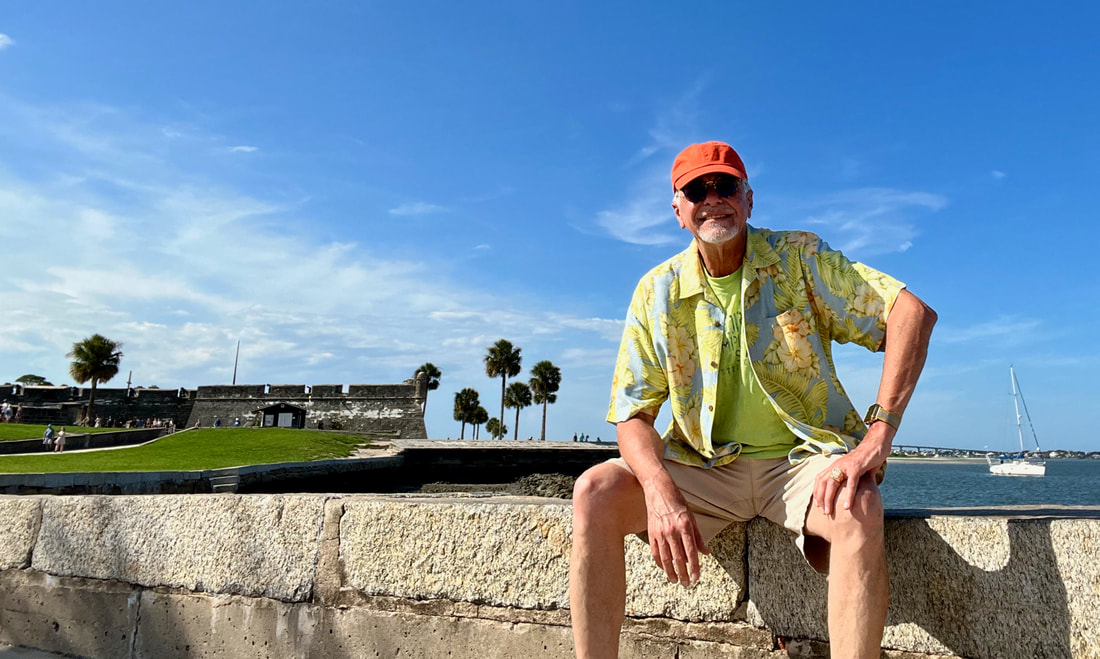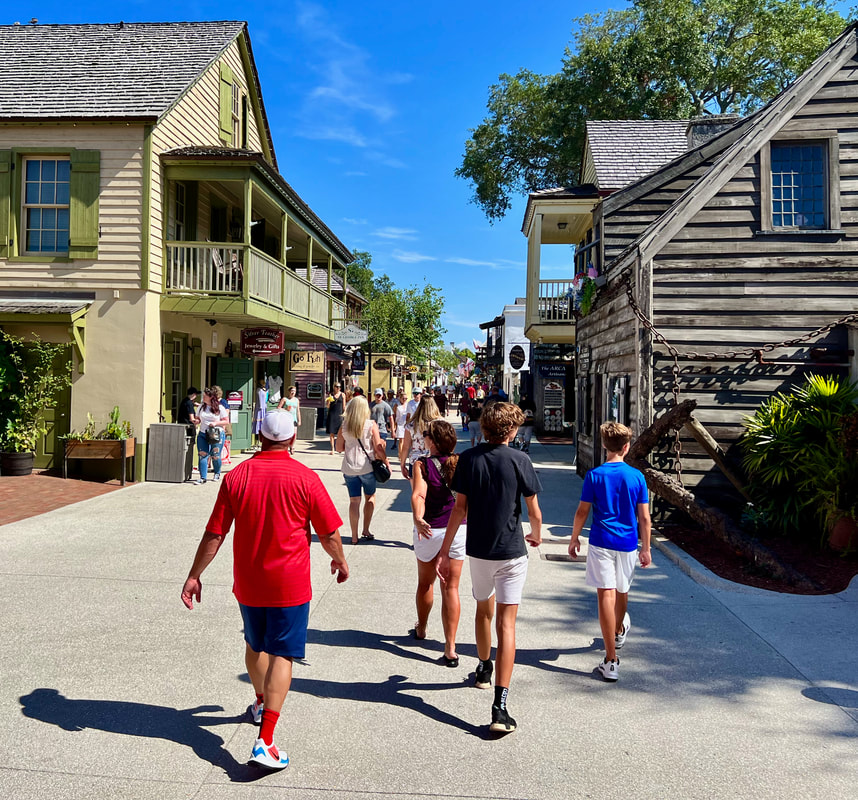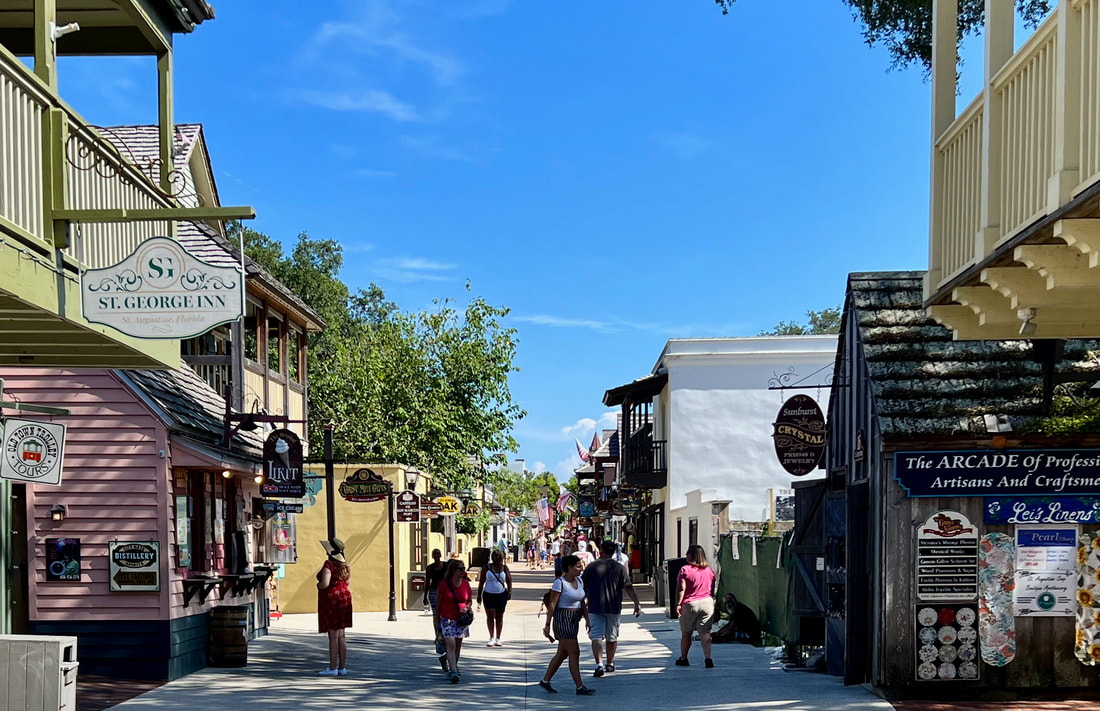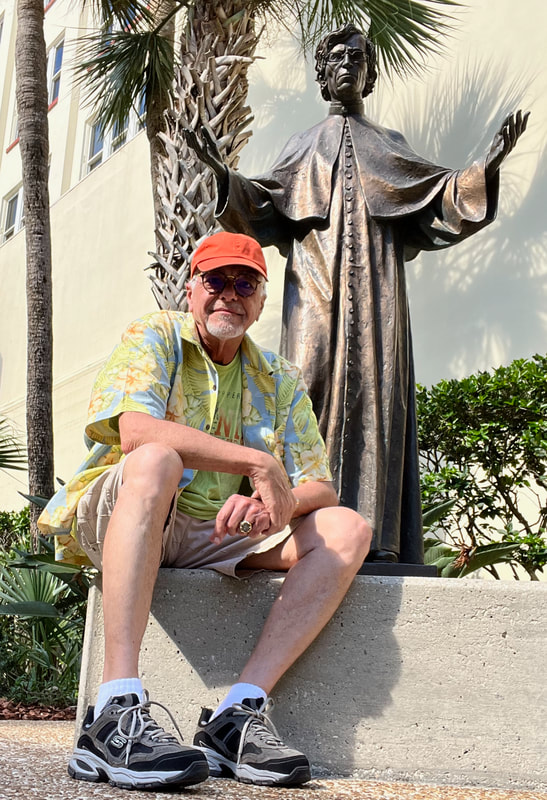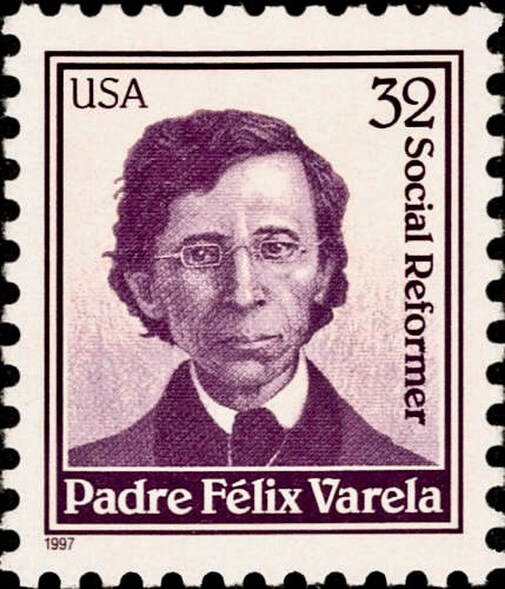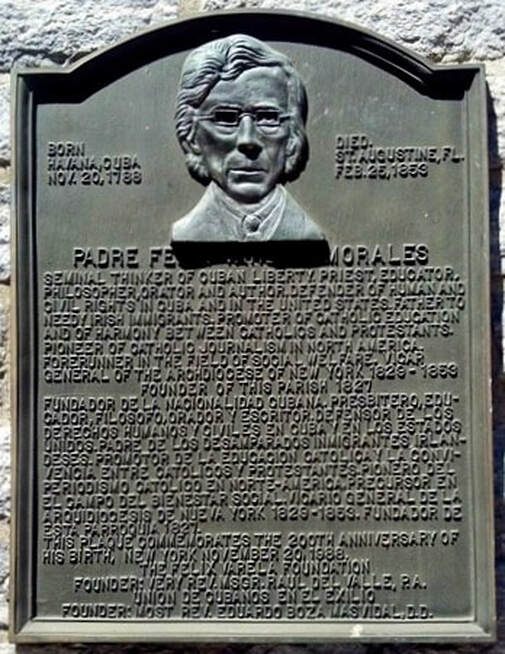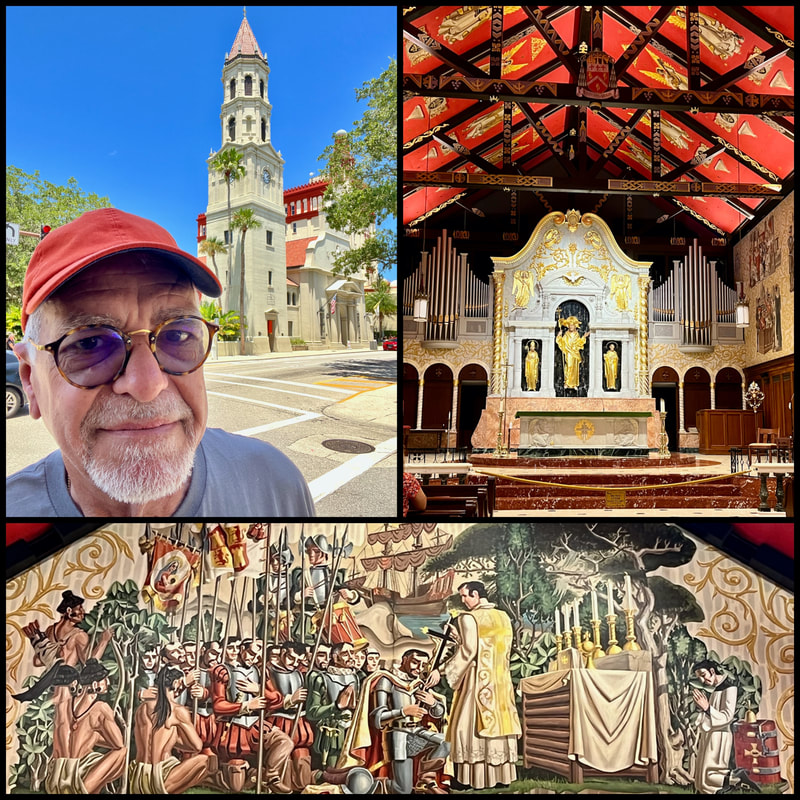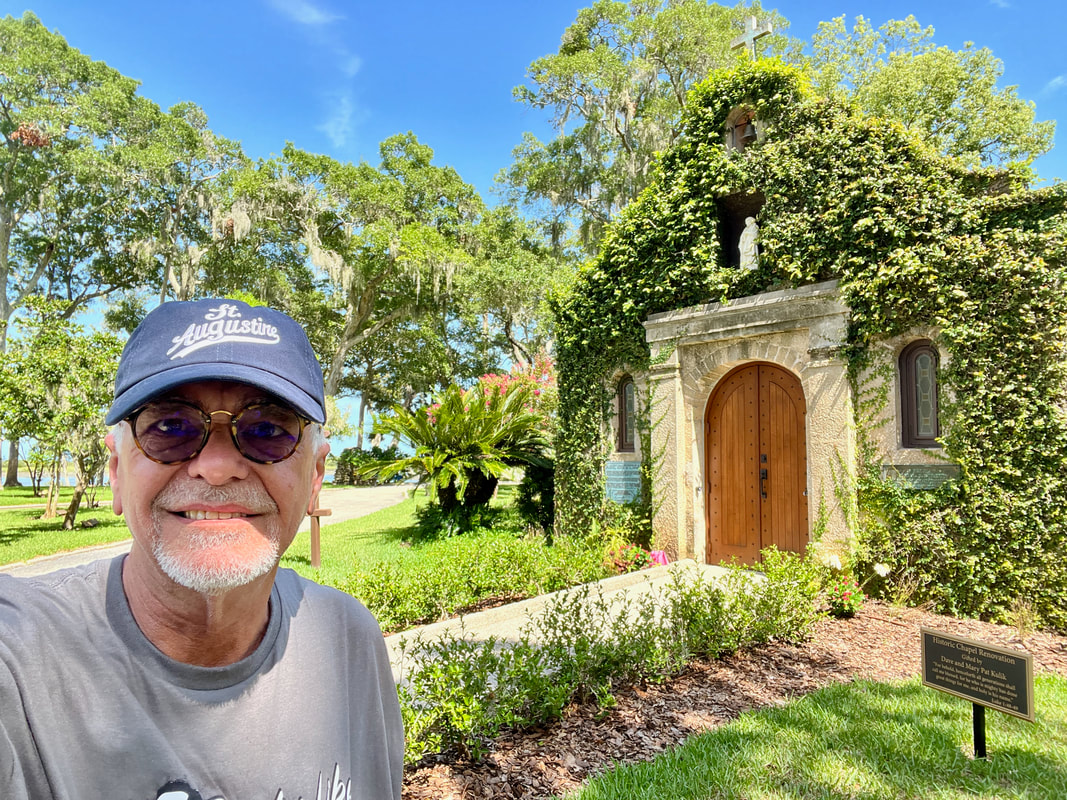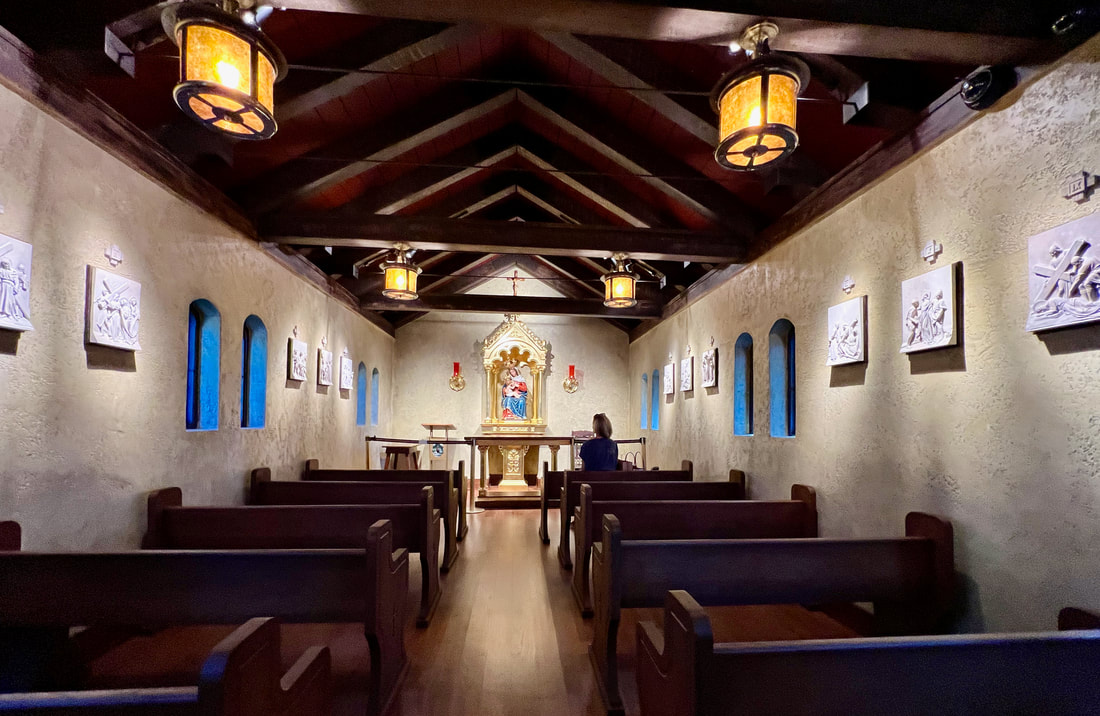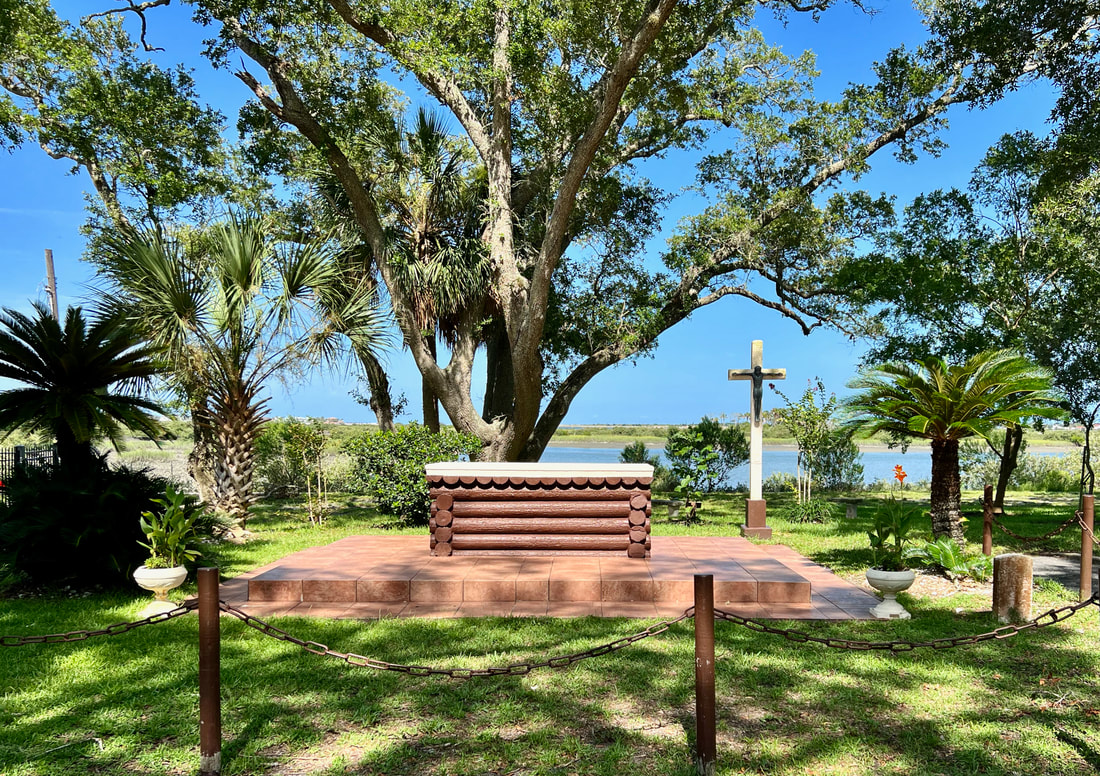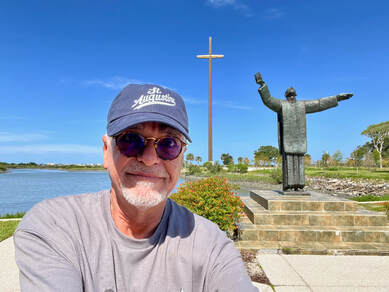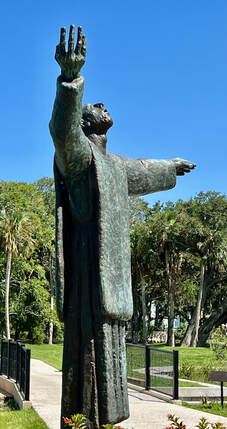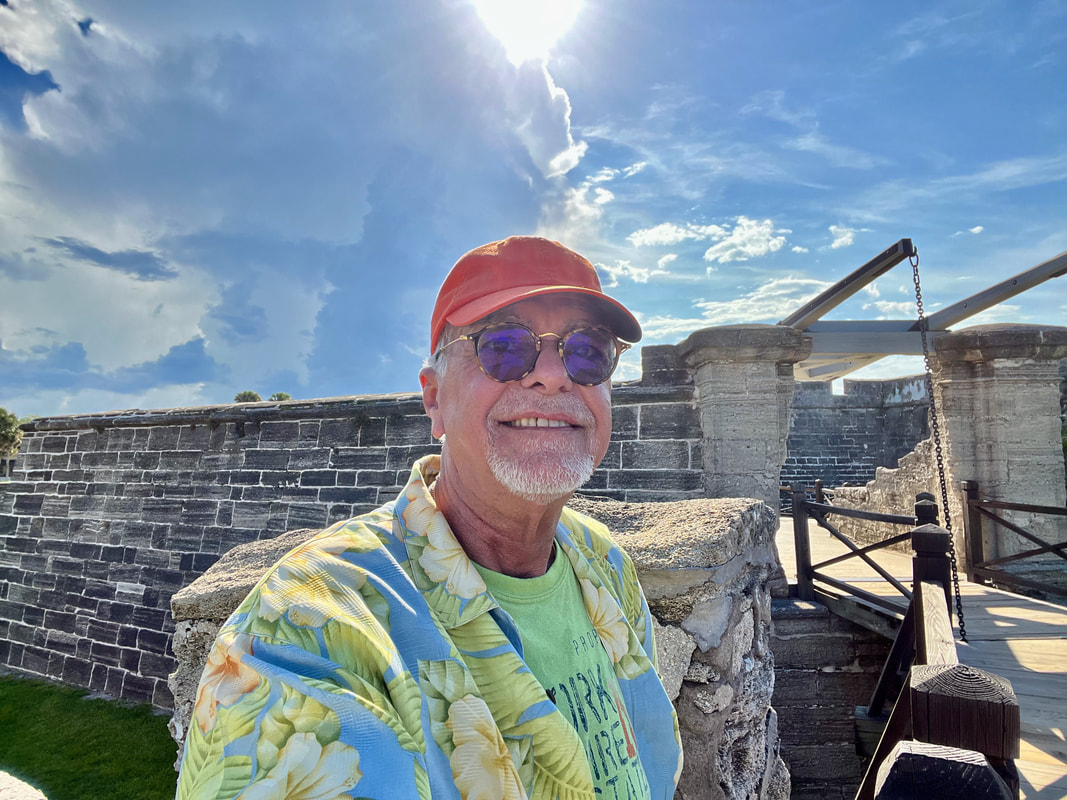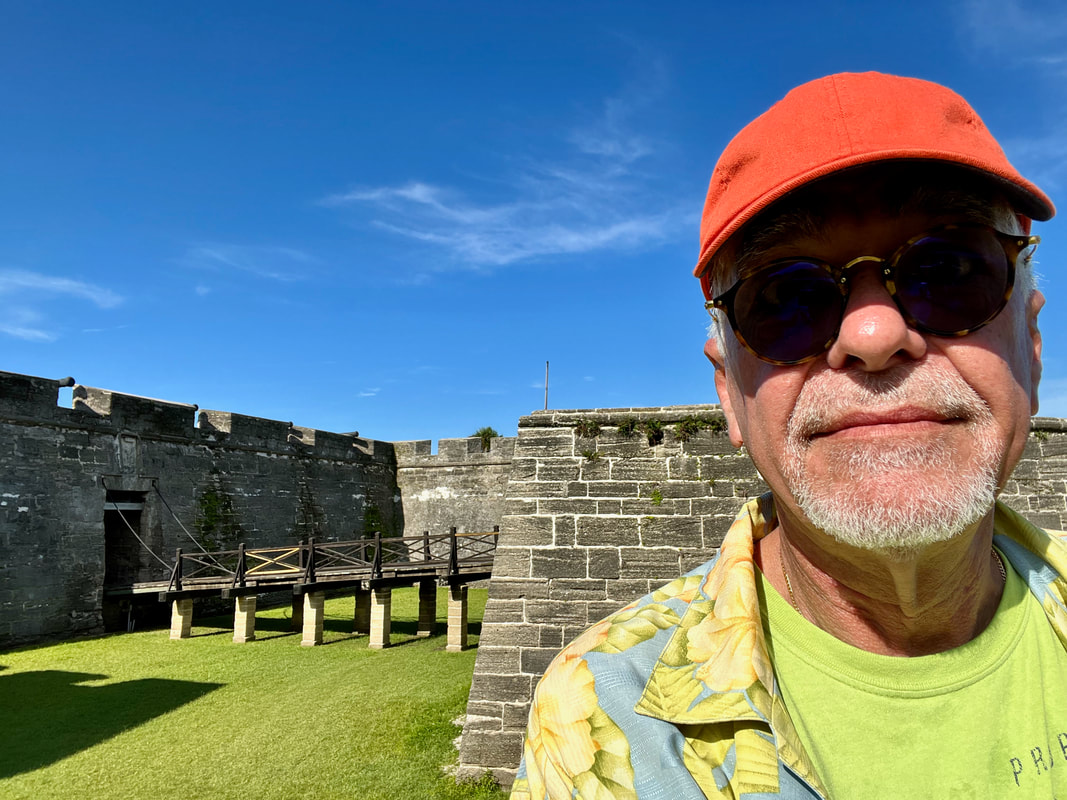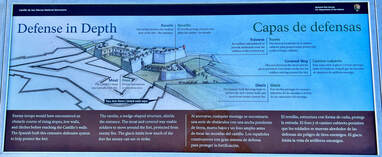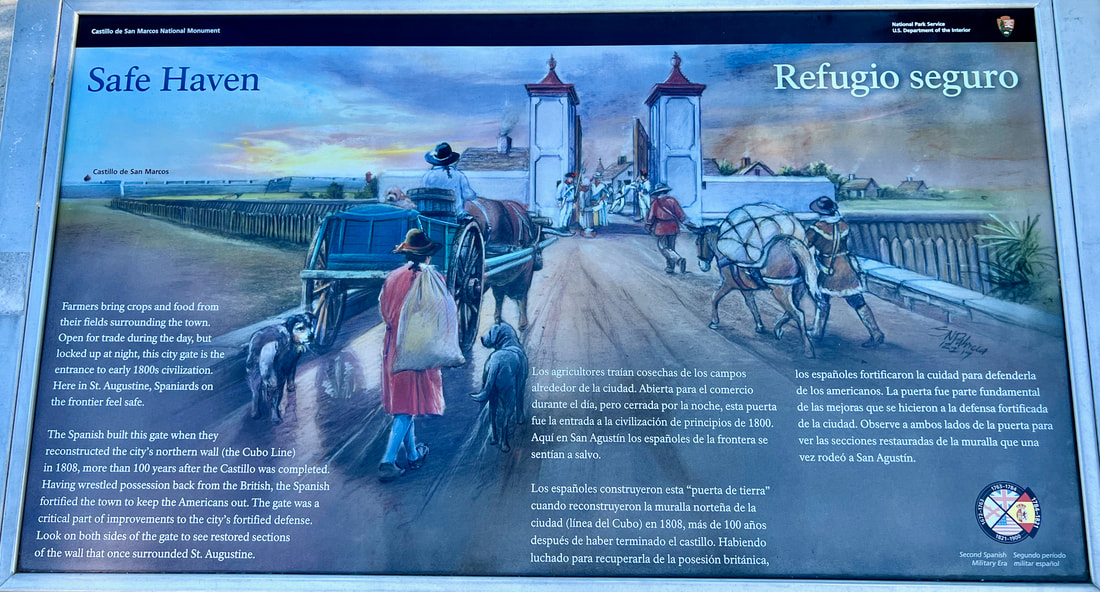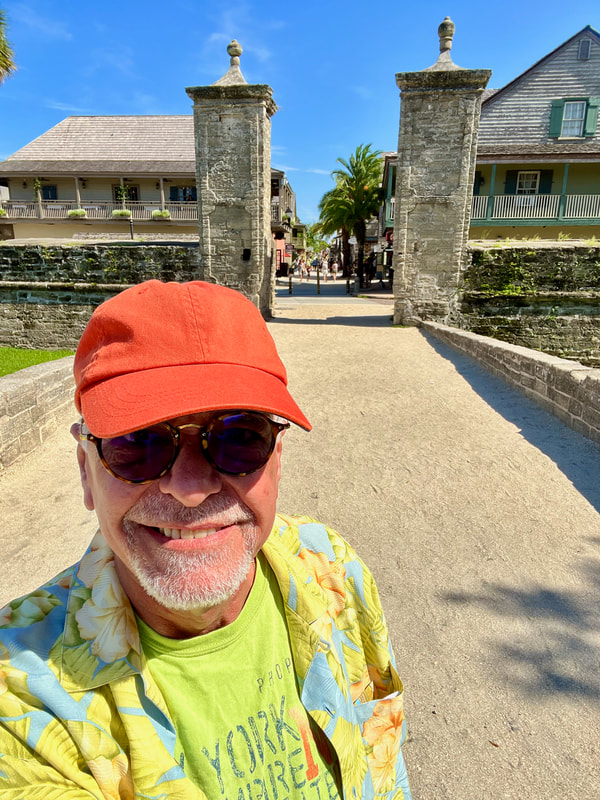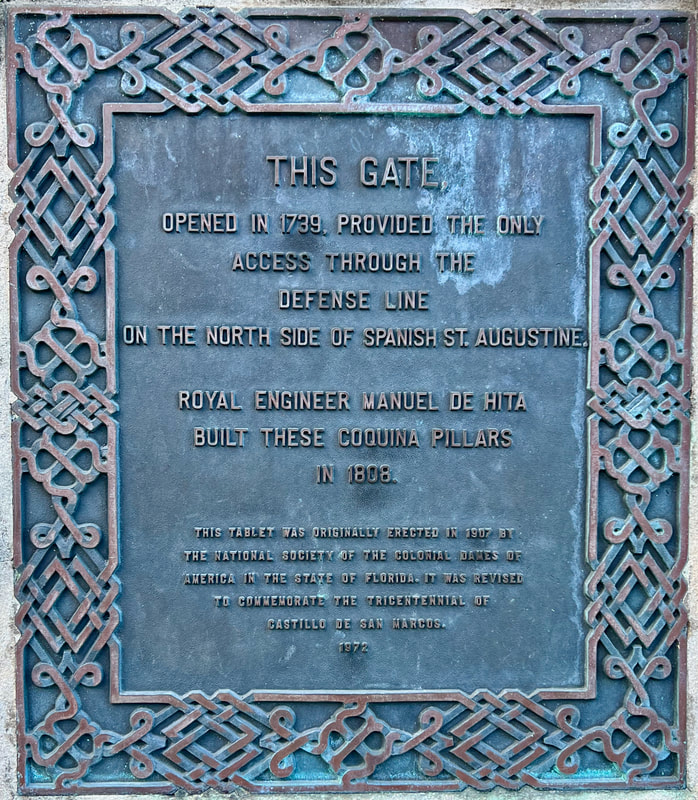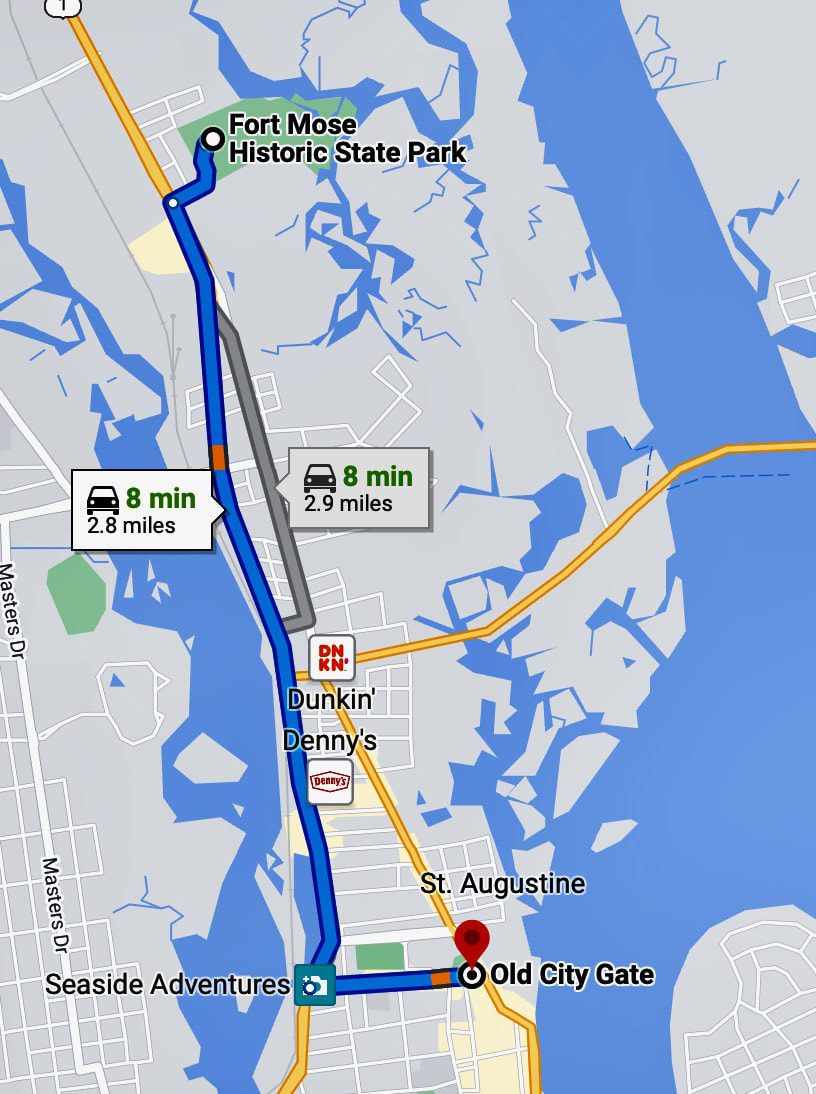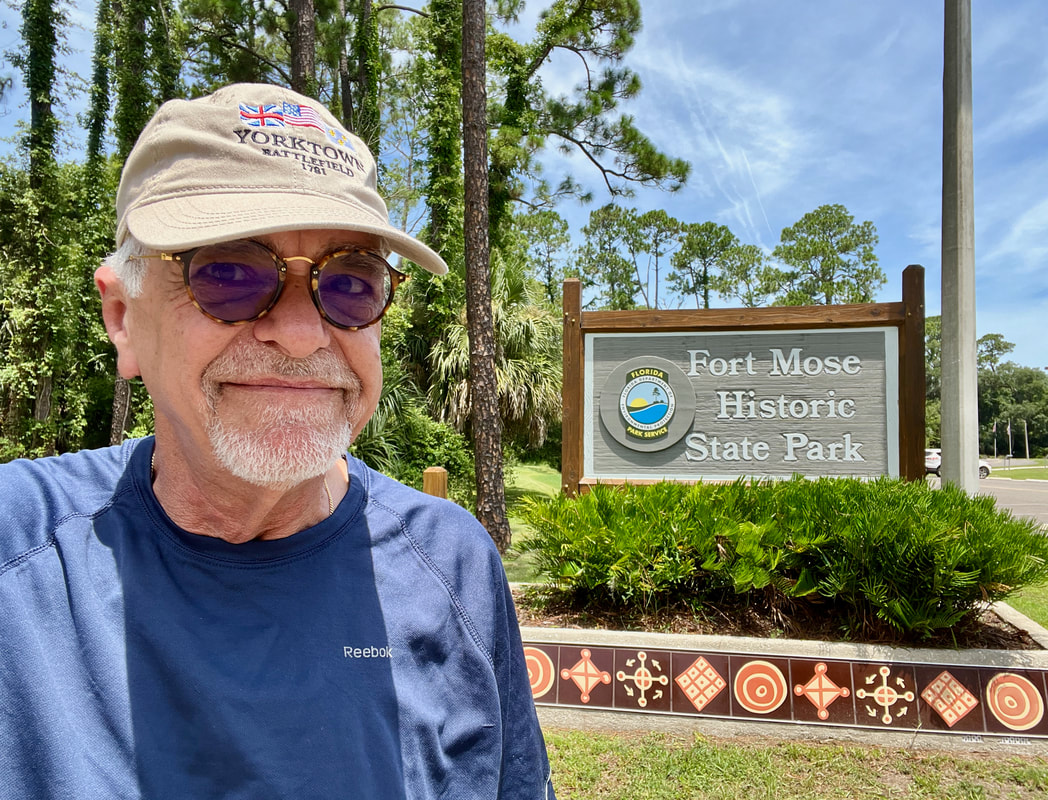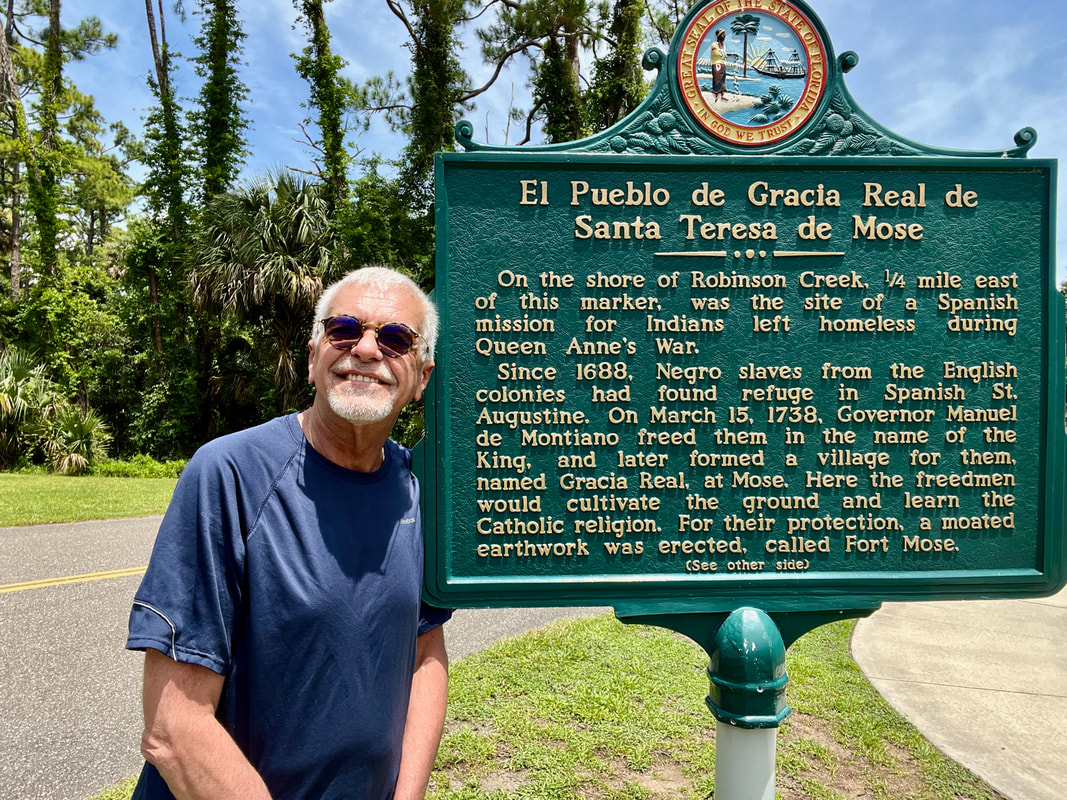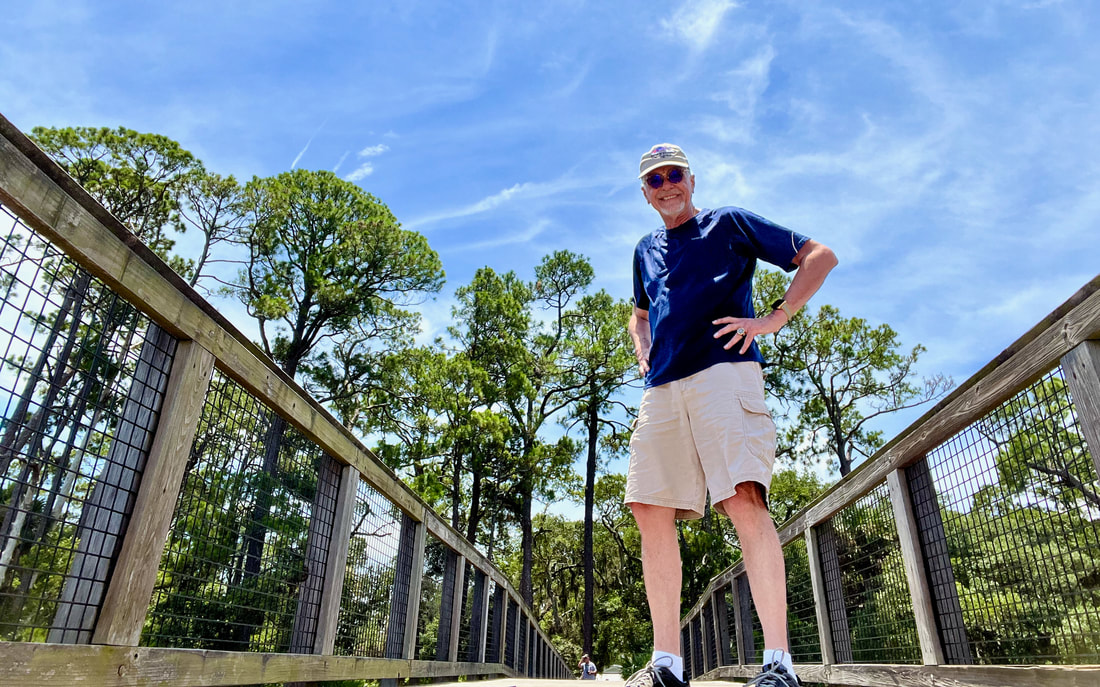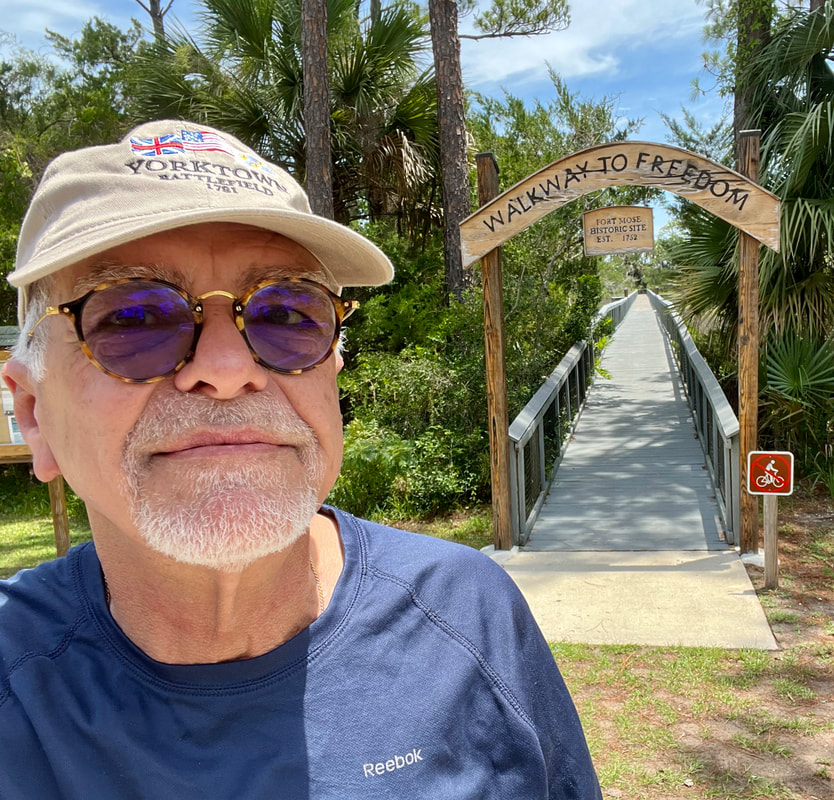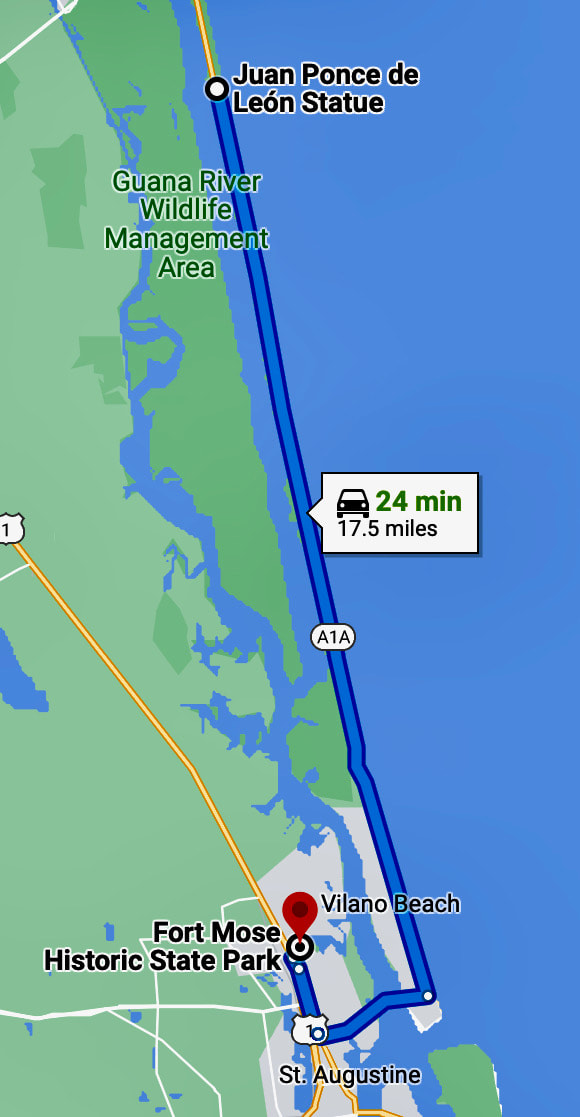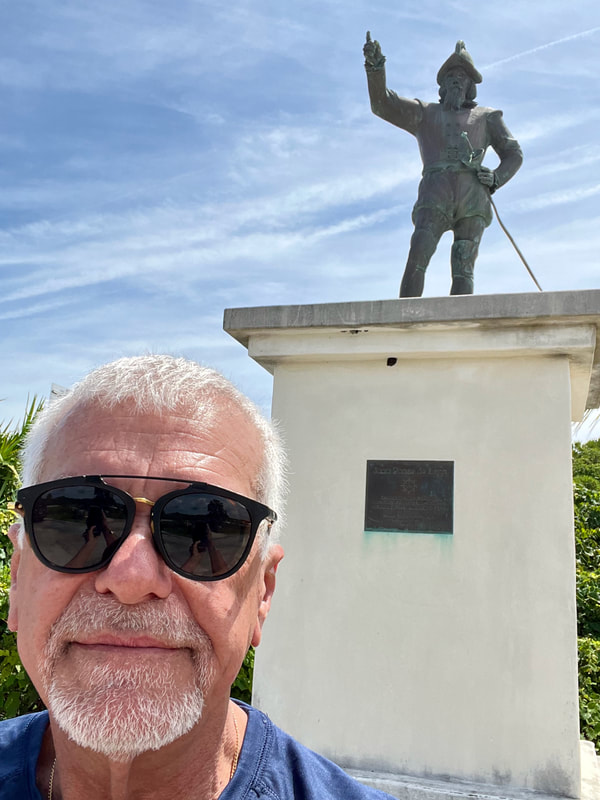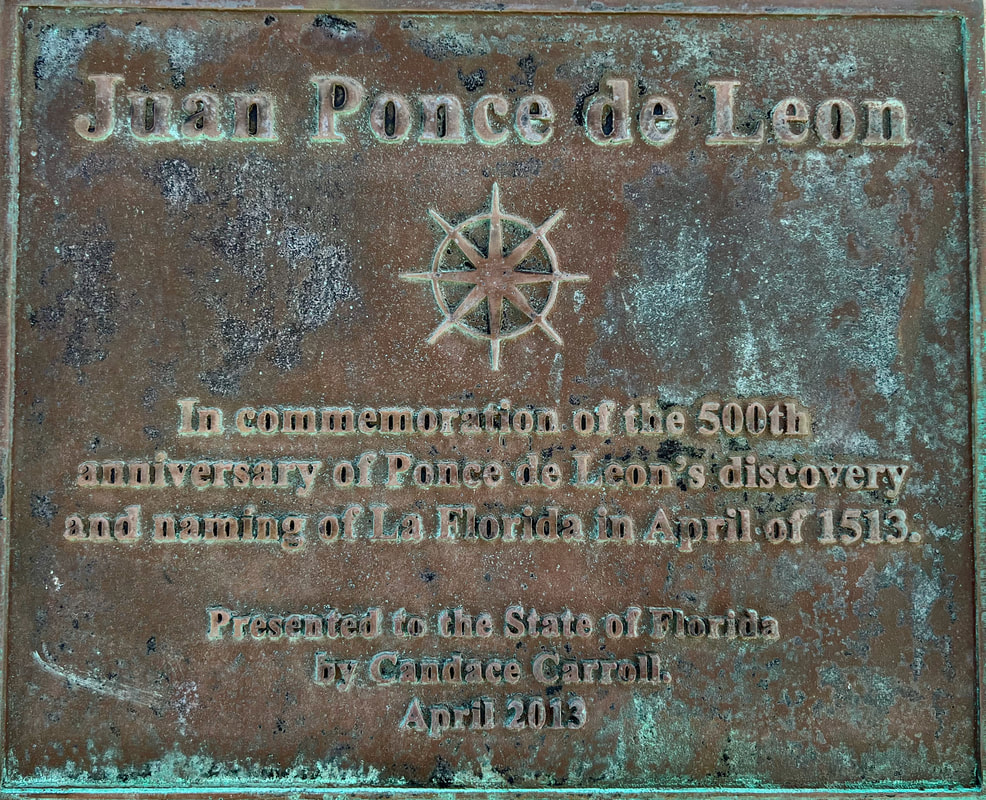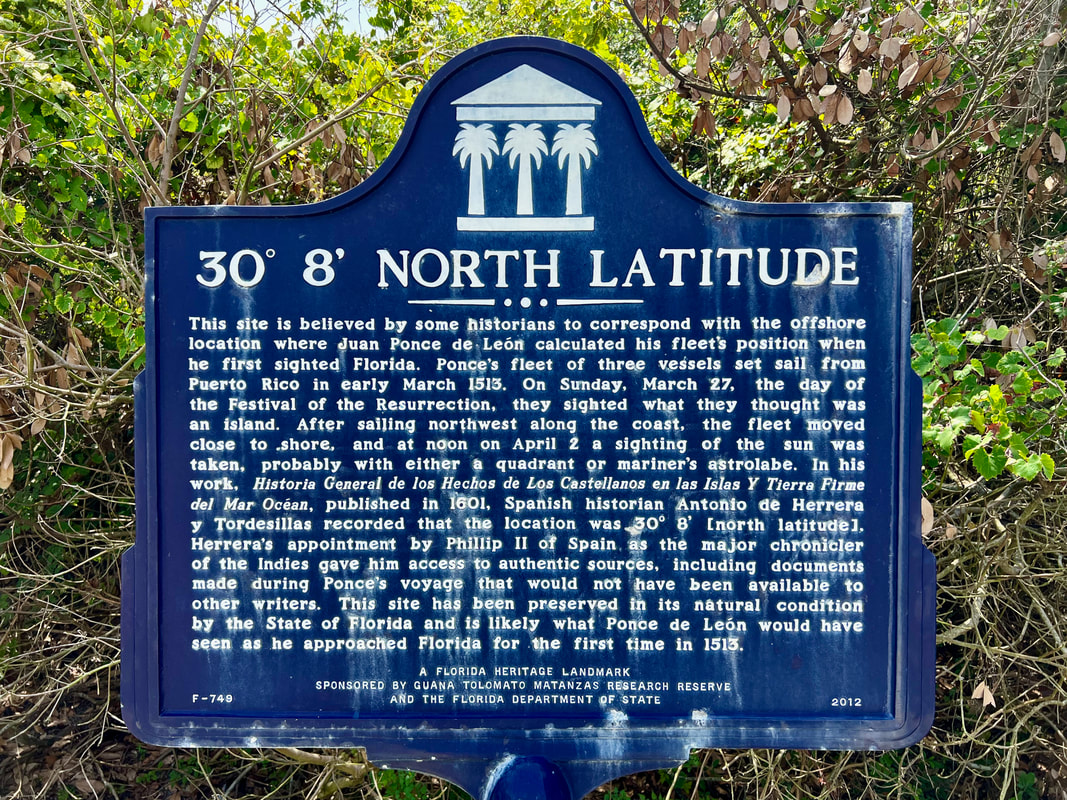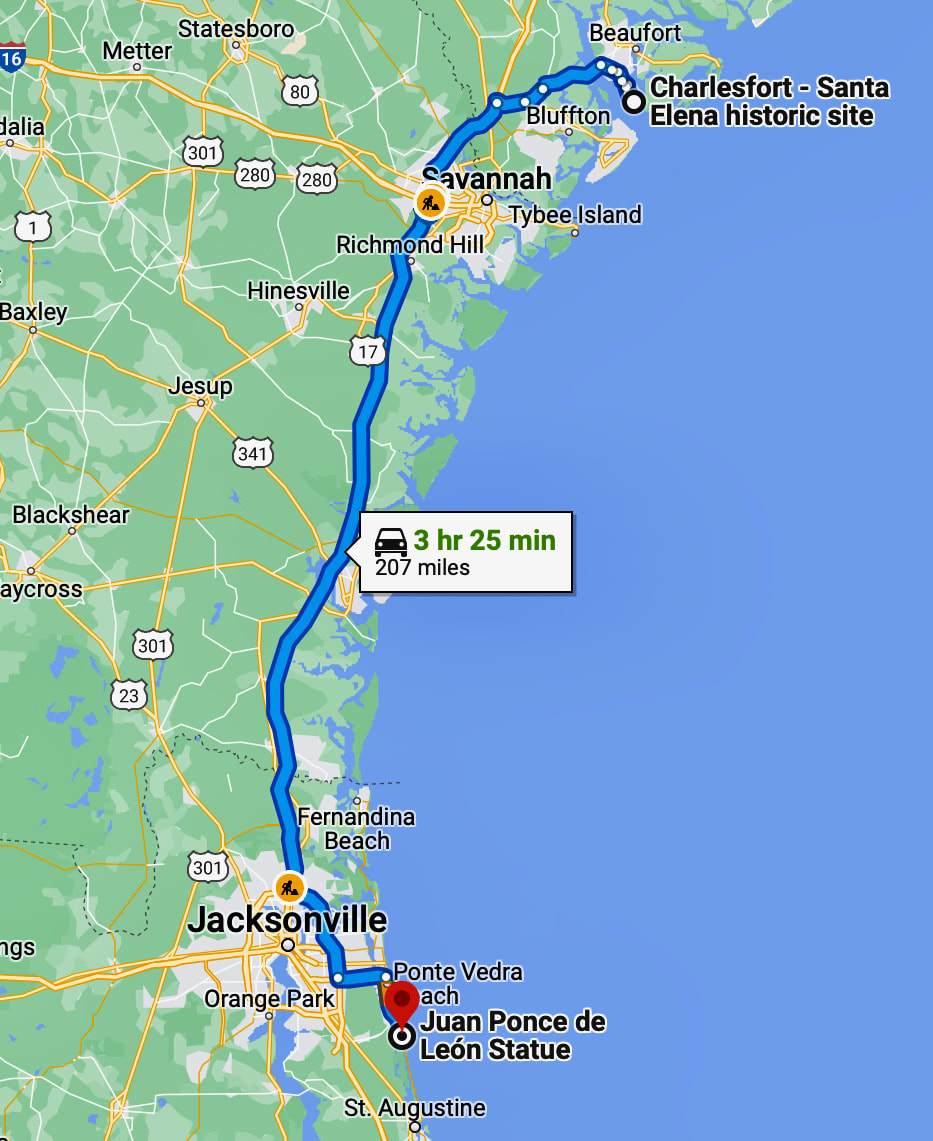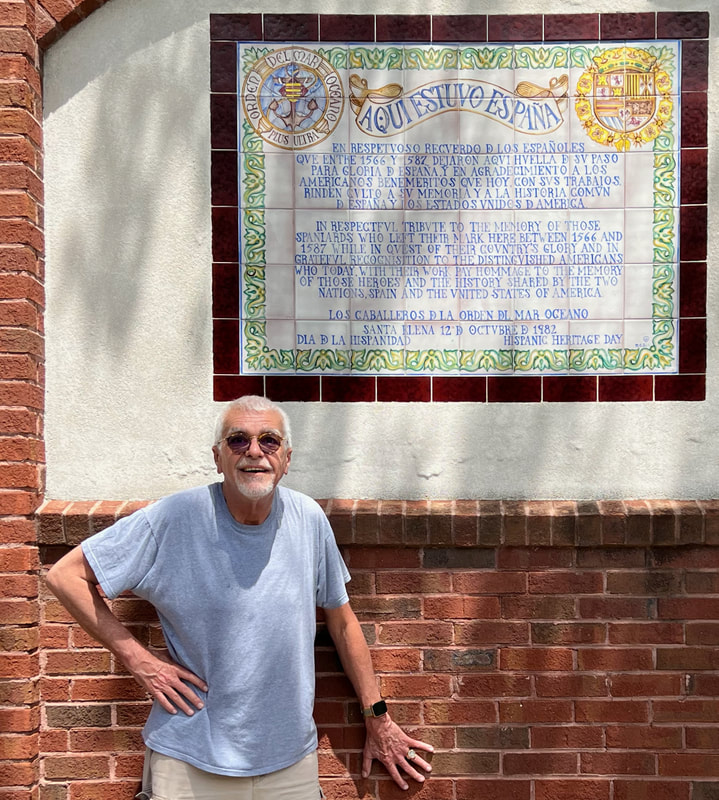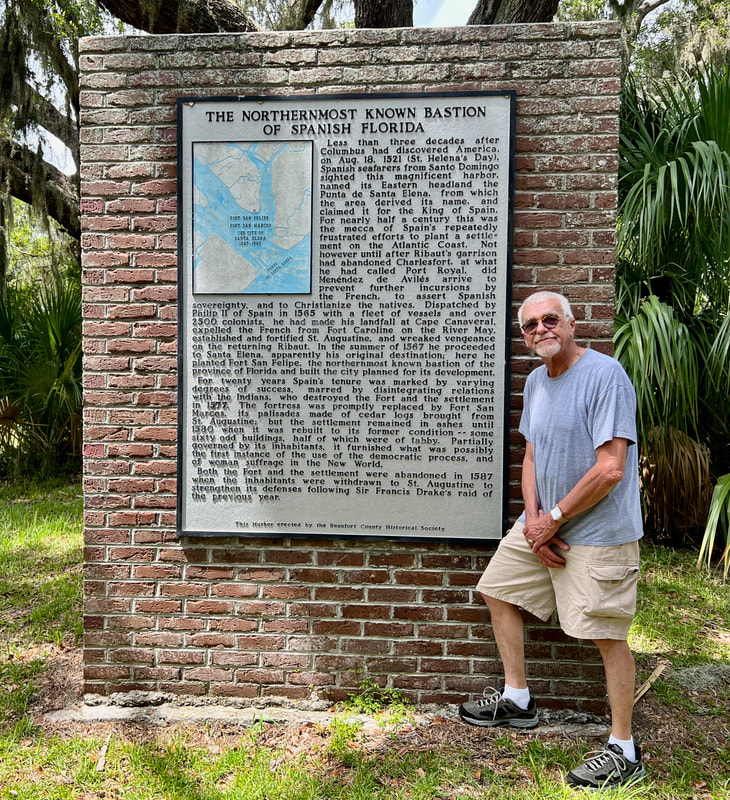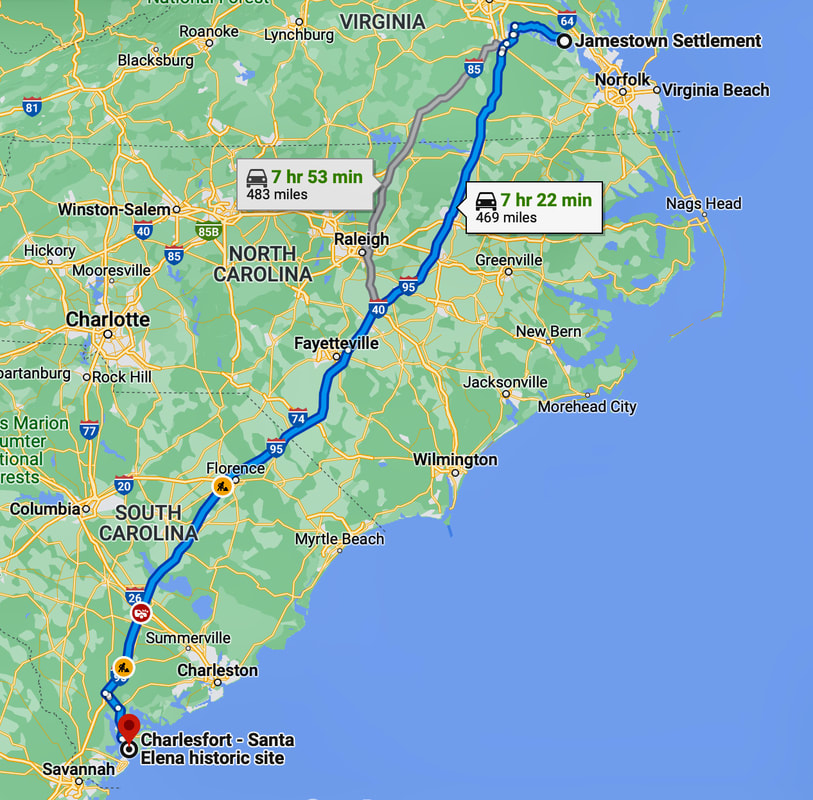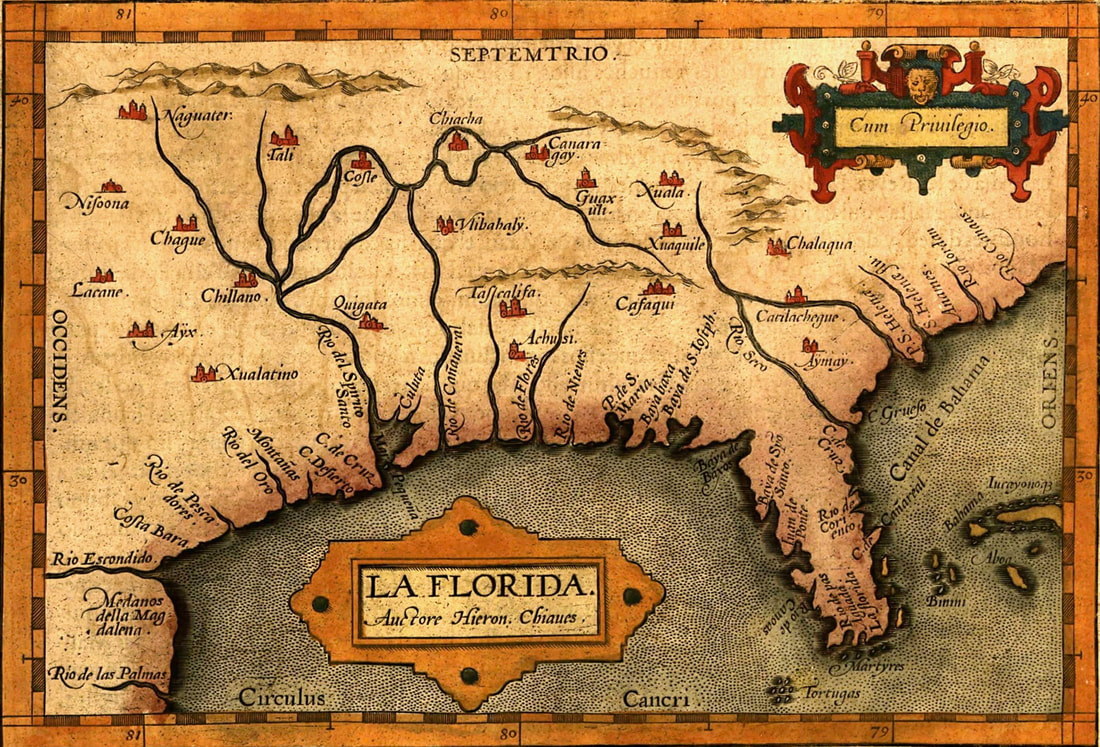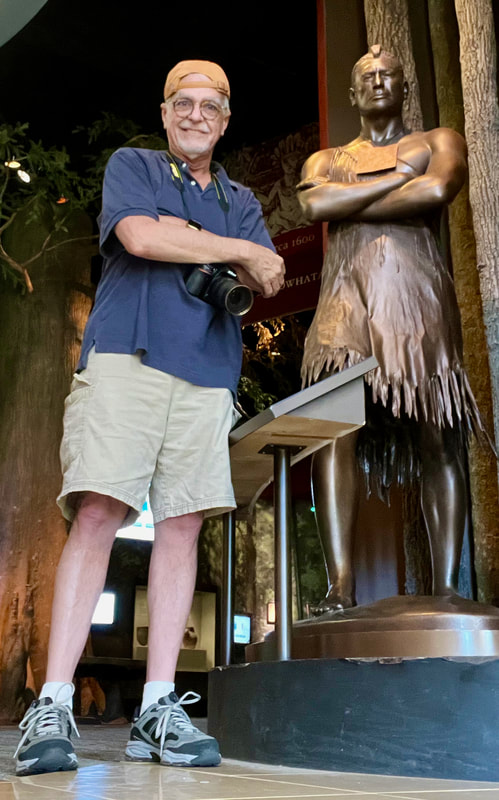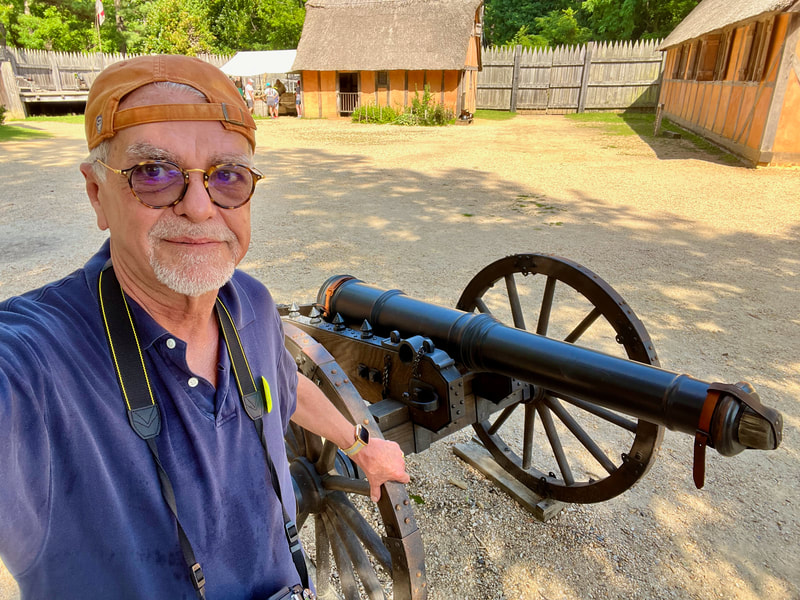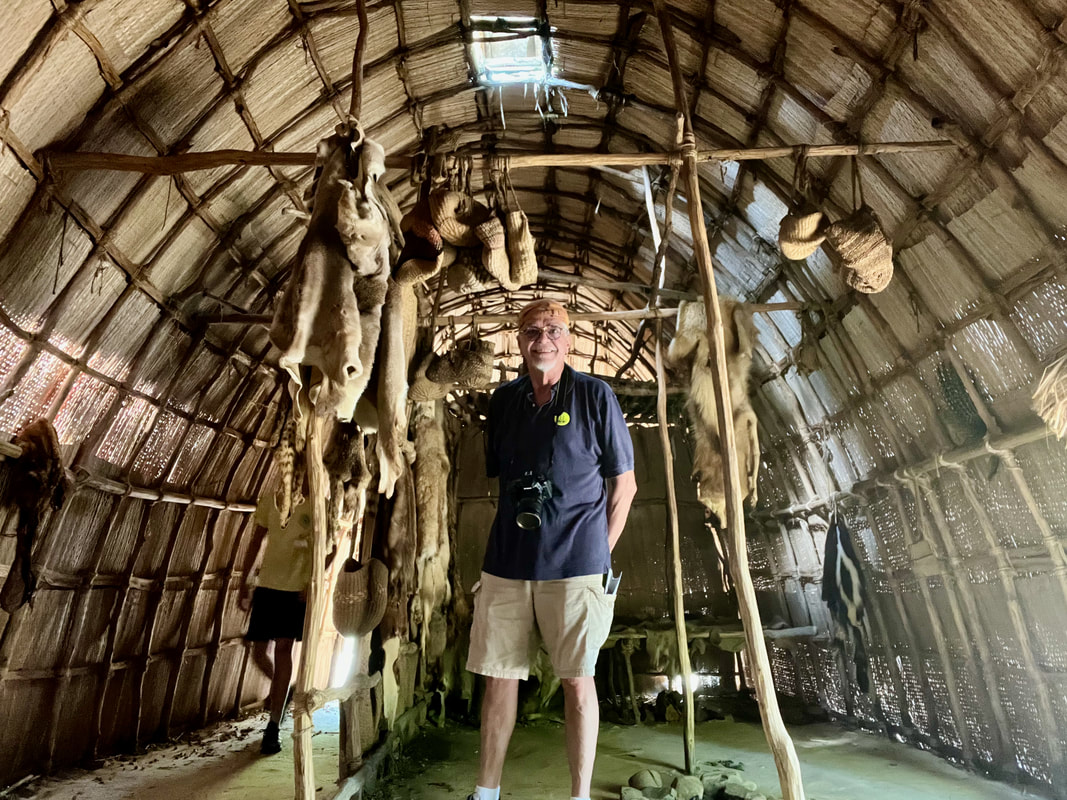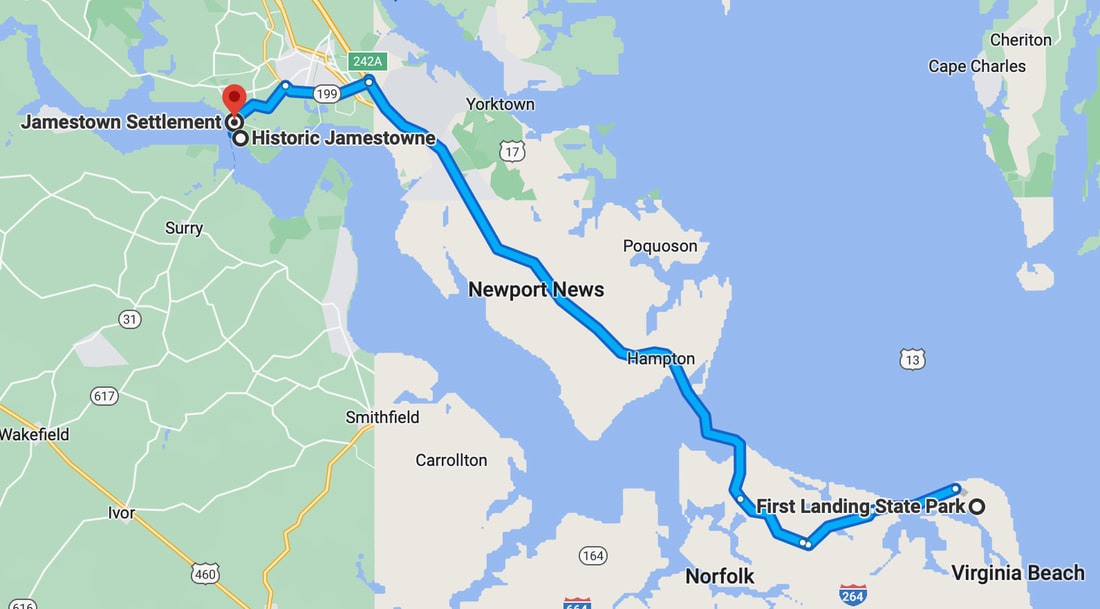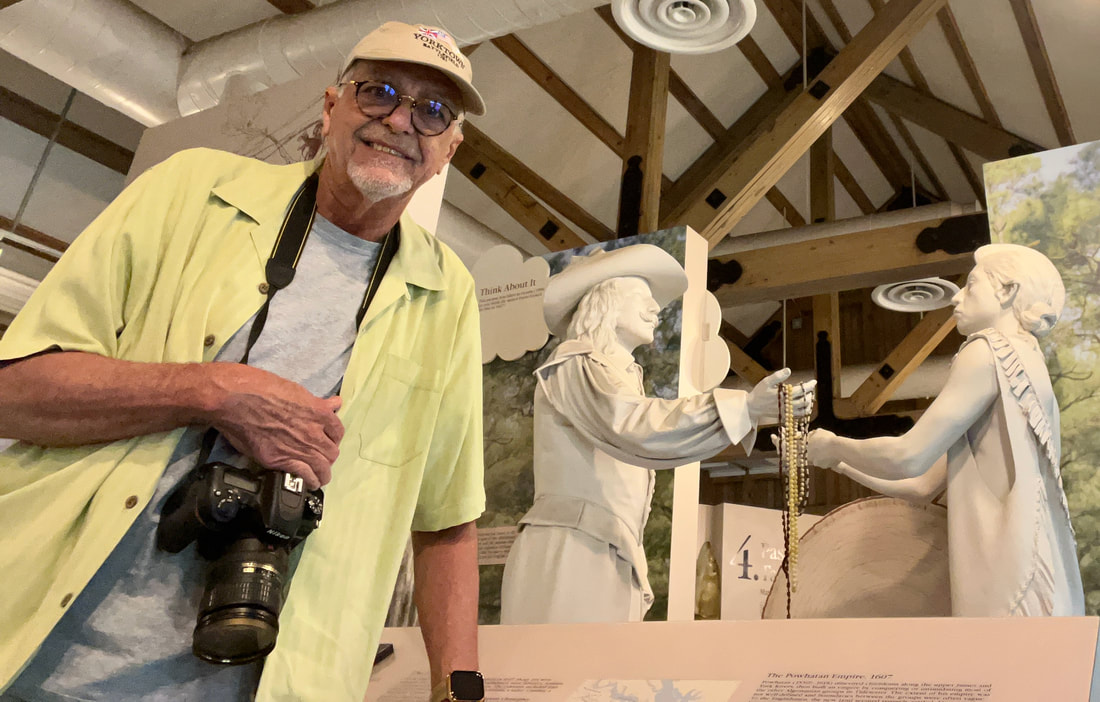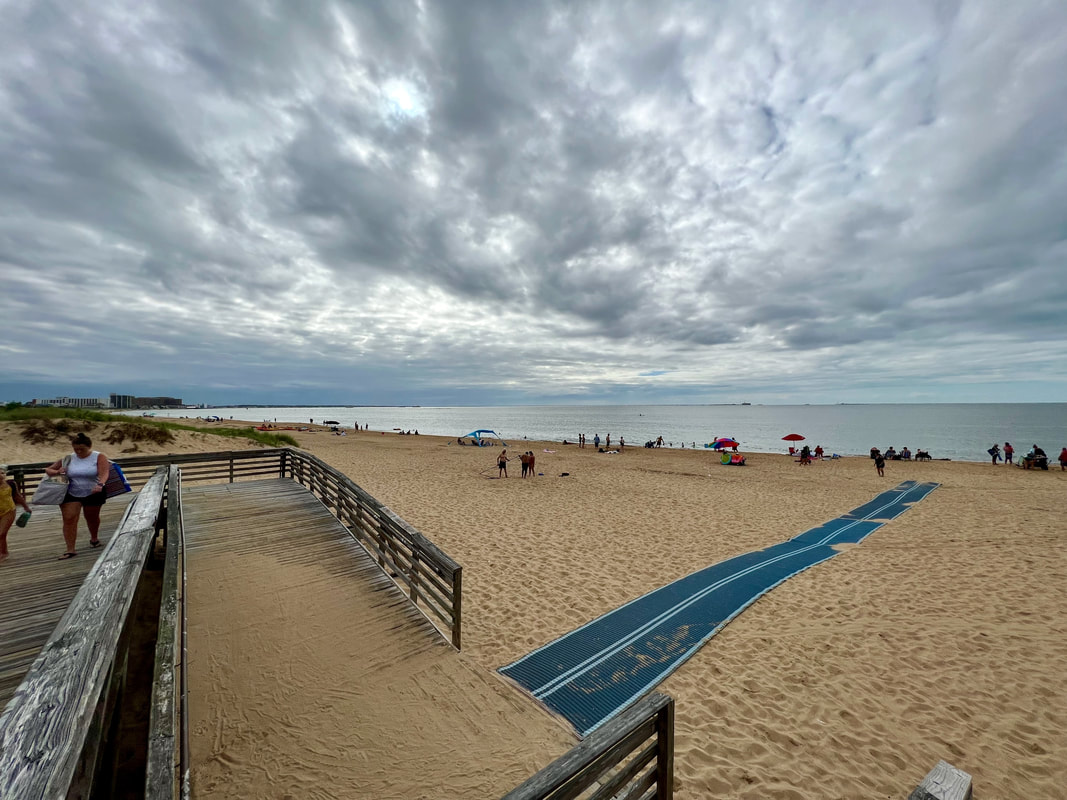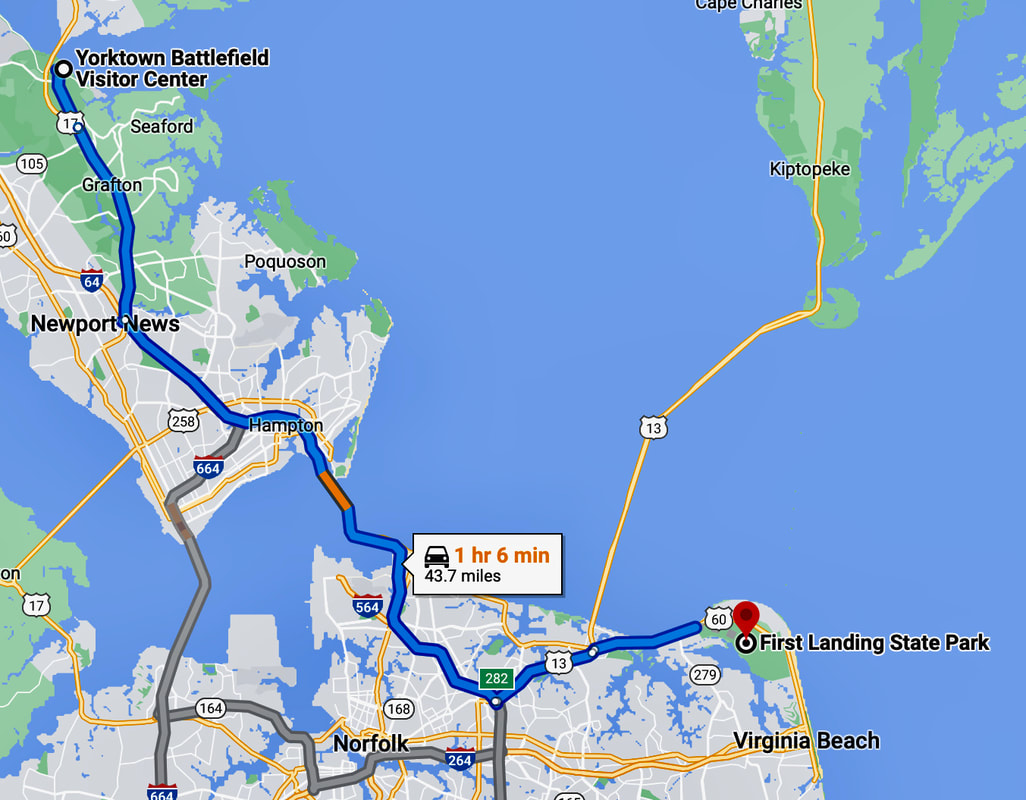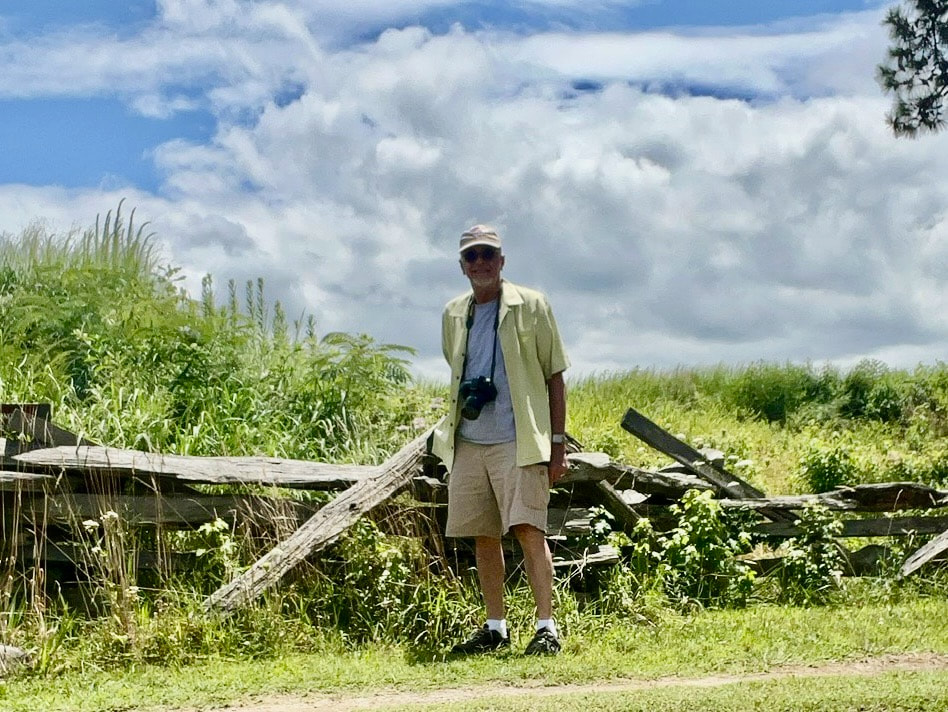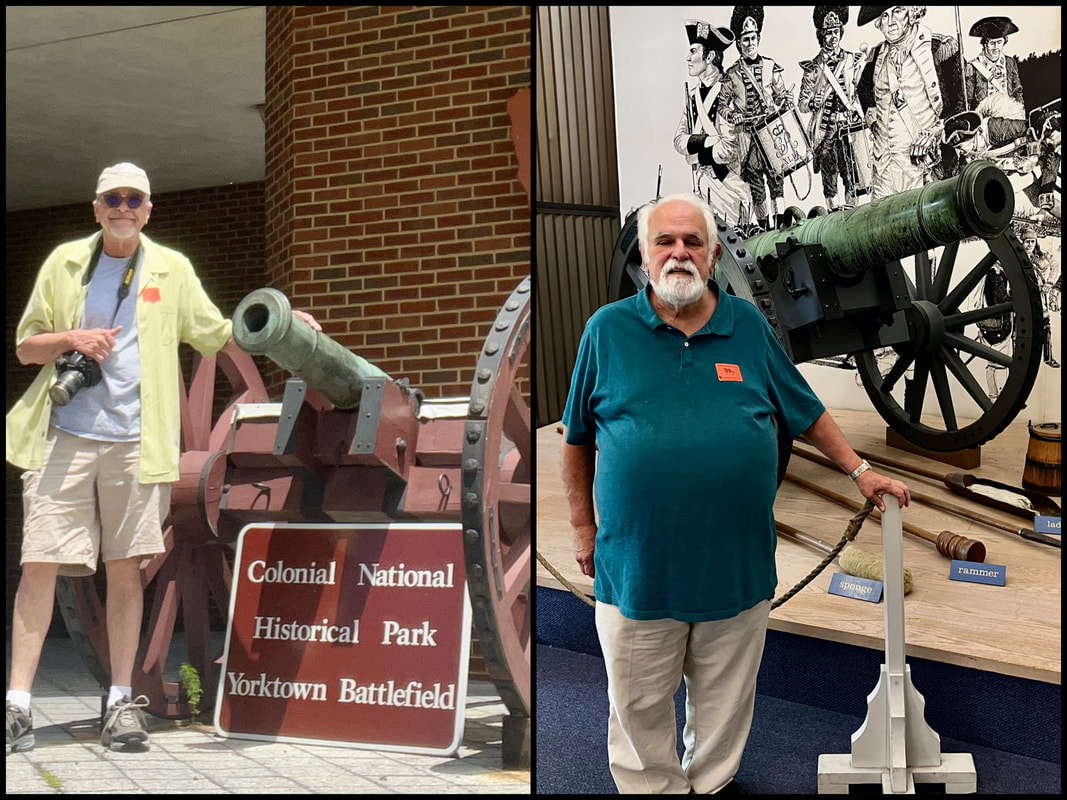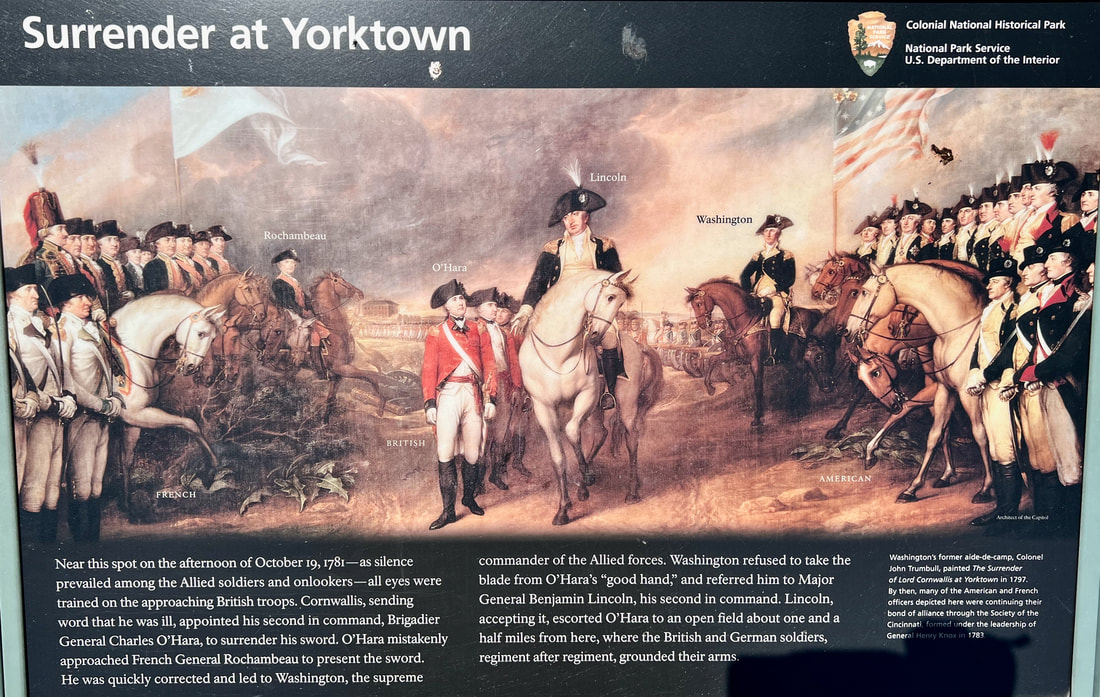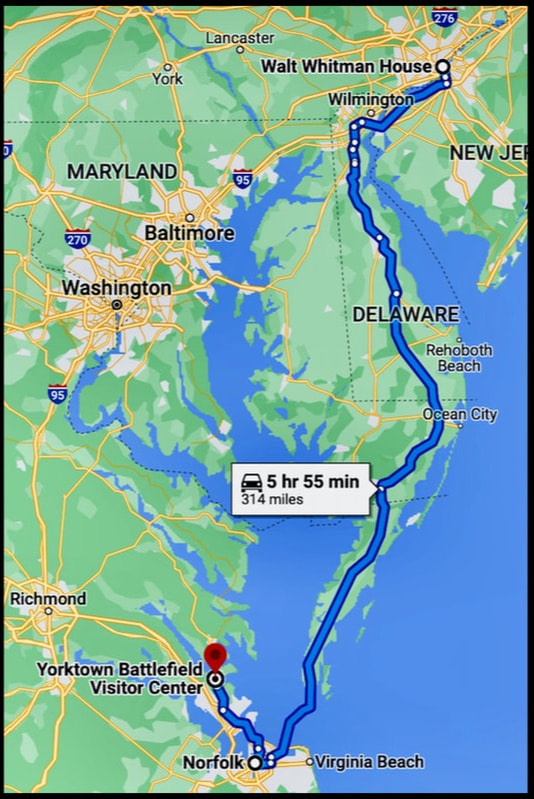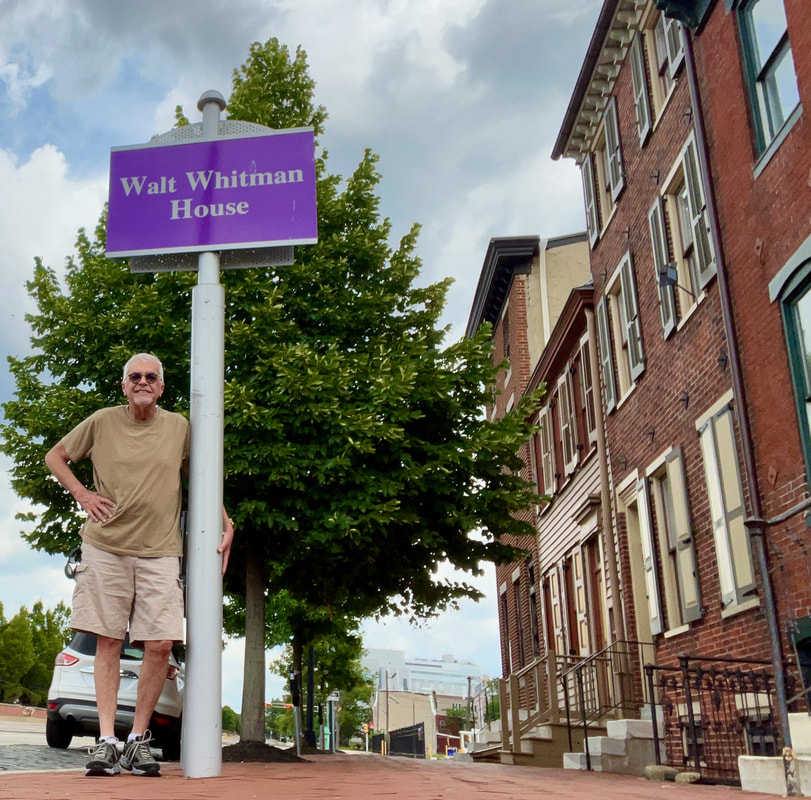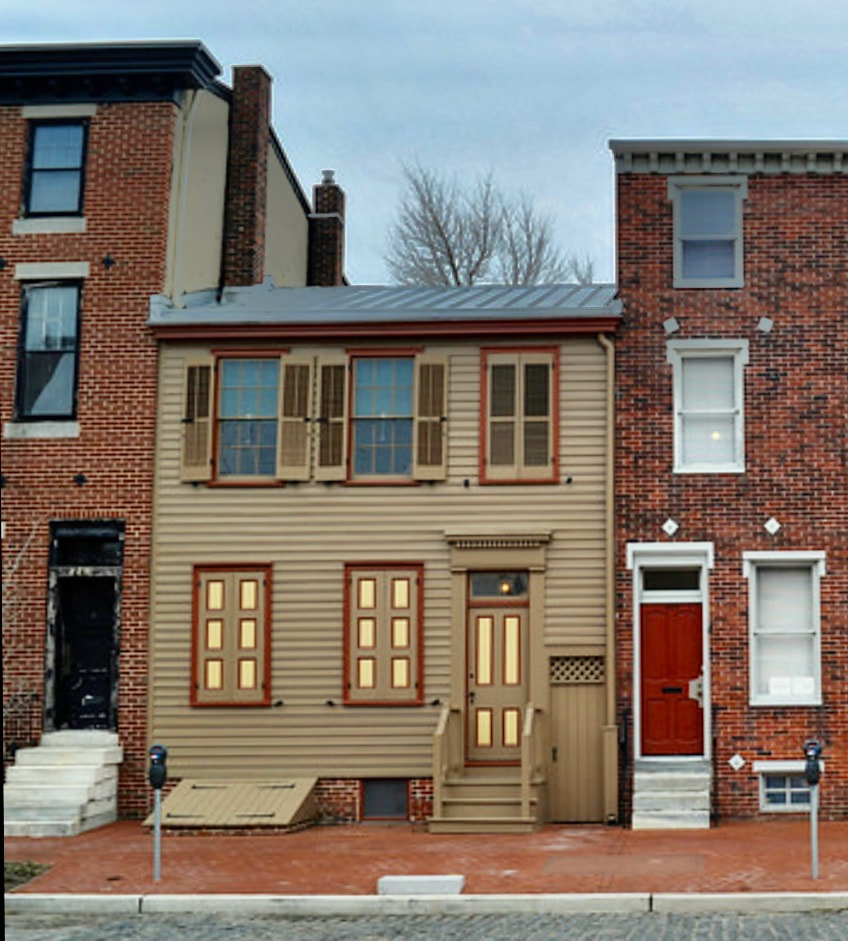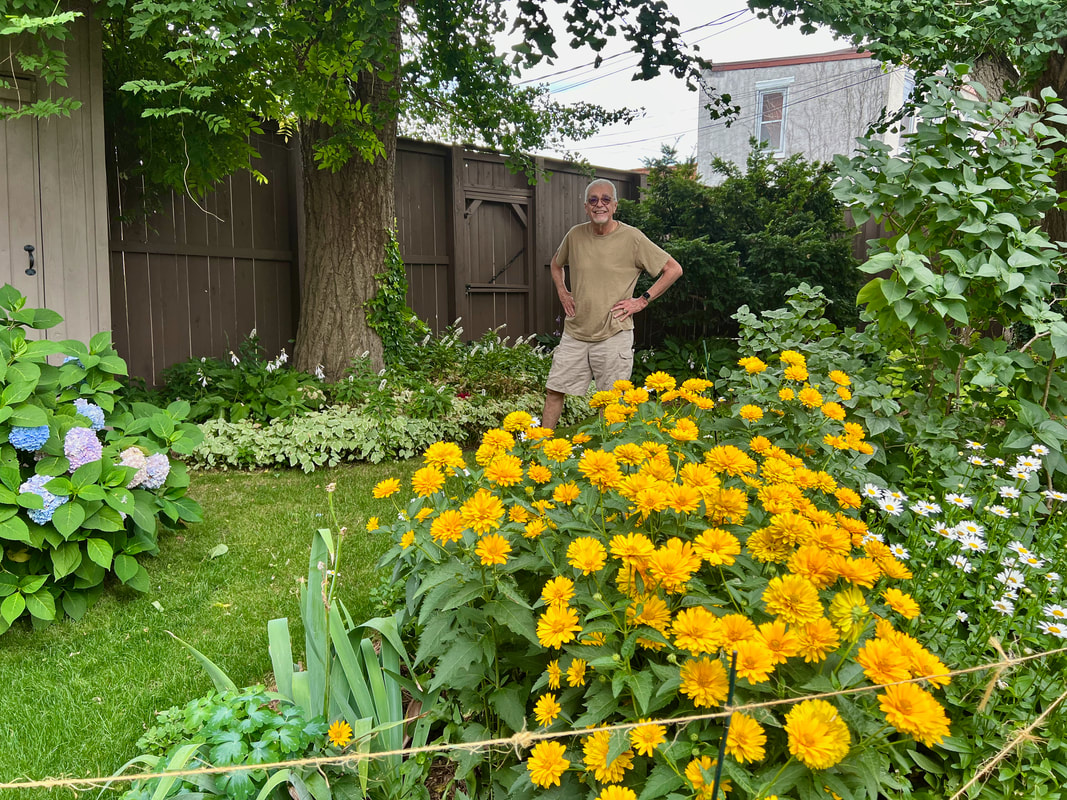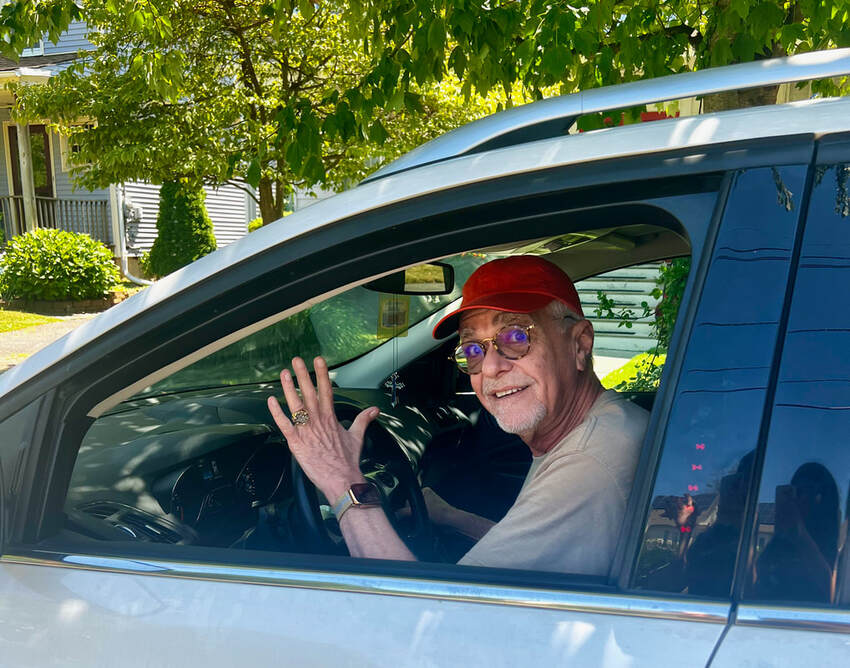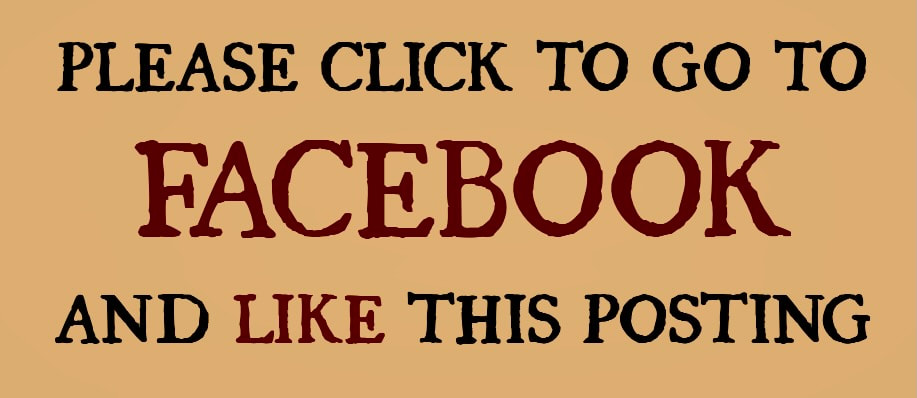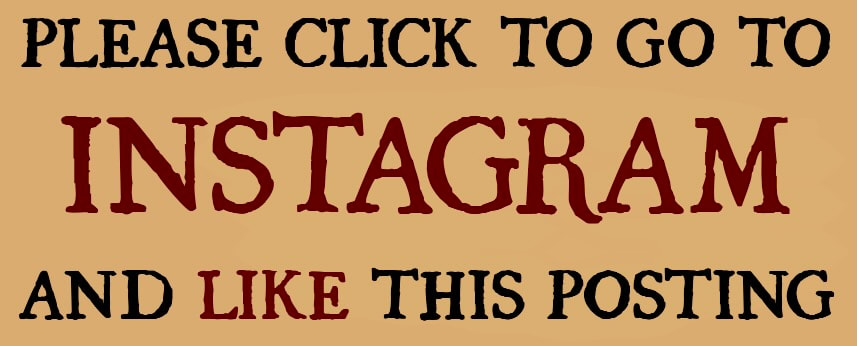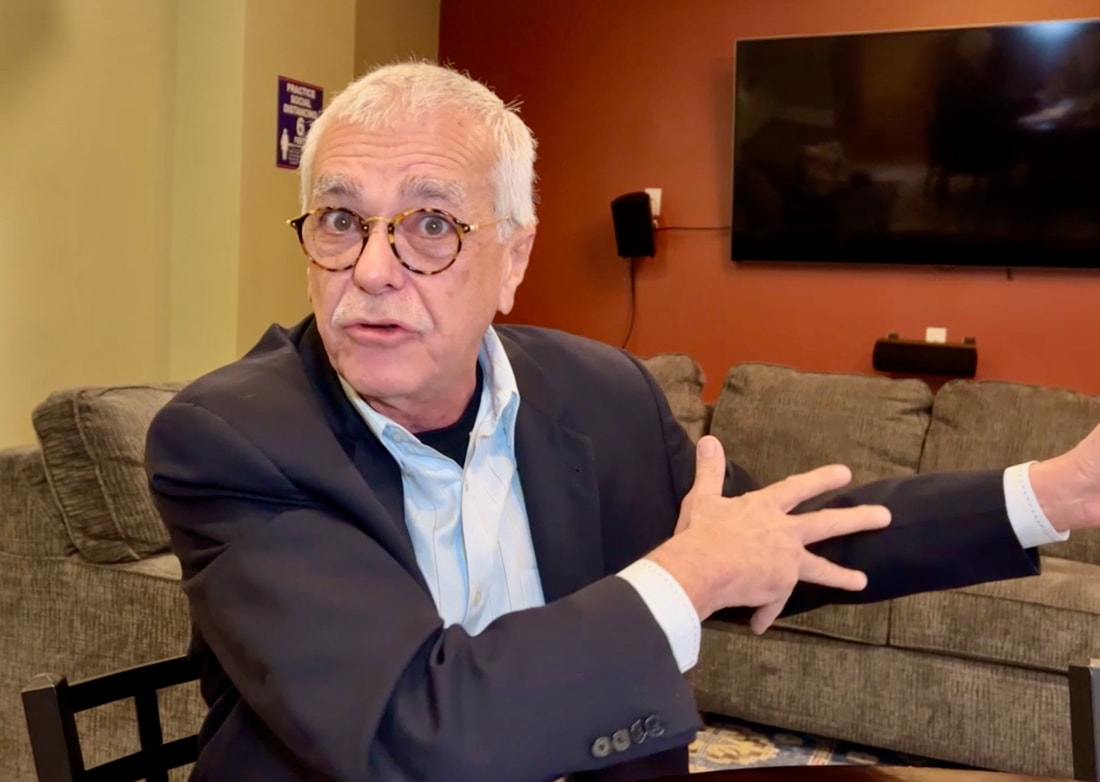En el Camino Otra Vez
|
|
Parada 40: Smithsonian da un paso adelante y dice 'PRESENTE' en el Museo de Historia Americana de DCLa exhibición es bastante buena y muestra claramente el potencial de la Institución Smithsonian para reunir una gran colección de artefactos del patrimonio hispano. Ya era hora de que dieran un paso adelante y dijeran "´presente!"
De hecho, así es como llaman a esta exhibición en el Museo Smithsonian de Historia Americana en Washington D.C.: "PRESENTE: Una historia latina de los Estados Unidos". Esta exhibición es un anticipo del "Museo Nacional del Latino Americano", que finalmente fue aprobado por el Congreso en 2020 y se espera que se construya en el Washington Mall en los próximos años, aunque la ubicación aún está en duda. |
|
Como saben los lectores de mis columnas, he estado pidiendo la creación de este museo durante muchos años y es fantástico ver que se está realizando. (Vea los enlaces a mis columnas de 2011 y 2015 a continuación).
Esto se remonta a 1994, cuando al mirarse en el espejo, el Smithsonian se dio cuenta de que no estaba pintando una imagen precisa. Fue entonces cuando un grupo de trabajo del Smithsonian emitió un informe, titulado "Negligencia Intencional", que concluyó que habían ignorado las contribuciones de los hispanos/latinos en sus exposiciones, y que se necesitaba un nuevo museo nacional para llenar el enorme vacío que habían dejado en su muchos museos. Así que, 30 años después, espero ver este sueño en construcción para 2024, ´si tenemos suerte! ´Dios mío, dame paciencia! |
|
Pero tal vez podría ser un poco antes y en un sitio apropiado después de que el presidente Joe Biden recientemente respaldara un nuevo esfuerzo del Caucus Hispano del Congreso para construir este museo en el National Mall en Washington. Una vez que se decidan por un sitio, el sueño se hará realidad mucho antes.
Después de visitar Fort Mose en Florida (nuestra séptima parada) hace unas semanas, me alegró ver que la exhibición reconoce al Capitán Francisco Menéndez. |
|
|
Pero no pude encontrar las enormes figuras históricas que vimos en los museos de Florida durante este viaje. No estuvieron presentes Juan Ponce de León, Pánfilo de Narváez, Juan Ortiz, Estevanico, Alvar Nuñez Cabeza de Vaca, Pedro Menéndez de Avilés y Hernando De Soto. Y tampoco estaban Francisco Vásquez de Coronado y muchos otros exploradores que llegaron al norte desde el actual México durante ese primer siglo hispanoamericano.
™Eso fue más "negligencia intencional"? Ciertamente vi ese tipo de desaire intencional de la historia hispana de EE. UU. como este mismo museo cuando visité en 2015 y 2018, y la exhibición principal de historia estadounidense comenzó en 1776, omitiendo convenientemente ese primer siglo hispanoamericano. Vea mi columna de 2015, clic: Smithsonian Omits Hispanics In U.S. History Exhibit. |
|
Así que esperemos que omitir nuestra mas antigua historia hispana no sea un problema persistente en el Smithsonian. Y vamos a darles tiempo. Después de todo esto es una exhibición preliminar en un espacio limitado. Sin embargo, el nuevo museo debería ser mucho más inclusivo de toda la cronología de nuestra historia. De hecho, debería tener una galería entera dedicada a ese primer siglo hispanoamericano que comenzó cuando Ponce de León desembarcó en Florida en 1513.
|
|
Por ahora, sin embargo, tengo que decir que estoy satisfecho. Me gustó lo que vi. Aunque no cubre nuestra historia mas antigua, con un espacio limitado, la exhibición PRESENTE muestra una variedad de fotografías y artefactos que realmente ilustran la inmensa diversidad de nuestra comunidad hispana/latina, y claramente intenta representar todas nuestras nacionalidades latinoamericanas, lo cual no es fácil.
Si tengo alguna crítica, es porque quiero ver más historia hispana de los Estados Unidos, en un espacio más grande y mucho antes. |
|
Pero por ahora, creo que este artículo, combinado con los dos que he escrito anteriormente — A Long-Overdue Museum y Smithsonian Omits Hispanics in U.S. History Exhibit — probablemente sea suficiente para escribir un capítulo en mi libro.
Posible título del capítulo: "El Smithsonian y los hispanos/latinos: De la Negligencia Intencional a mucha paciencia". ™Qué opinas? |
|
Este es el último de 40 informes de mi reciente viaje por carretera de 3,728 millas para visitar sitios de herencia hispana en 10 estados. Algunos me ayudarán a actualizar y mejorar los capítulos existentes en este sitio web y otros se convertirán en nuevos capítulos. ™Seguiste mis informes? ™Conoces a alguien que le gustaría leerlos? ´Compártelo con tus amigos!
´Mil gracias!
´Mil gracias!
Parada 39: Revisitando a Don Quijote
|
|
Por eso necesitaba volver. Aunque ese guía turístico se disculpó y explicó que quizo decir español en lugar de francés, necesitaba saber que otros guías turísticos no estaban desinformando a la gente. ´Tenia que tomar esa gira otra vez!
Para mi sorpresa, aunque no permitían tomar fotos durante mi primera visita (y tuve tomar una foto rápida y escondida de los libros de Jefferson), esta vez nos dijeron que podíamos tomar tantas fotos como quisiéramos. Por supuesto, tomar fotos de algo en una exhibición cubierta por cristal siempre es un problema. ´No te puedes deshacer de los reflejos! Aunque la mayoría de los libros de Jefferson están en la Biblioteca del Congreso, y aunque la mayoría de los libros en este estante no son realmente los suyos, los que están cubiertos por cristal si eran realmente sus libros, incluyendo una edición de cuatro volúmenes de Don Quijote. Para mi deleite, esta vez el guía sabía que la novela más importante de España es en español. JAJAJA Ella ni siquiera lo mencionó. Tuve que preguntar, "™Dónde está Don Quijote?" Pero luego de señalar un juego de cuatro volúmenes, reconoció que está escrito en español. ´Me sentí aliviado! "En realidad, aprendió español por sí mismo, solo con esos libros", le dije al grupo de turistas, lo que hizo que otros los miraran más de cerca y asomaran la cabeza mientras yo intentaba tomar fotos. LOL Vea mi informe original sobre mi primera visita a la biblioteca de Jefferson, clic: Jefferson's Spanish Library |
|
For our next and final stop of this road trip — Number 40! — we are going to Washington D.C., to check out the new Smithsonian exhibit meant to serve as a preview of the long-awaited "National Museum of the American Latino." Are you coming?
Para nuestra próxima y última parada de este viaje por carretera, ´la número 40! — vamos a Washington D.C., para ver la nueva exhibición del Smithsonian destinada a servir como un adelanto del tan esperado "National Museum of the American Latino." ™Vienes? |
Parada 38:
|
|
Santa Helena fue el segundo asentamiento importante establecido por Pedro Menéndez de Avilés, gobernador de Florida y fundador de San Agustín. En ese tiempo, "La Florida" se extendía hacia el norte hasta las Carolinas y hacia el oeste hasta Texas (vea mapa), y Santa Elena se estableció en 1566 para encabezar más expediciones españolas al interior de Norteamérica. Fue Menéndez de Avilés quien ordenó al capitán Pardo explorar el interior de "La Florida".
Pardo dirigió dos expediciones desde Santa Elena, ambas con rumbo noroeste a través de lo que hoy es Carolina del Sur, Carolina del Norte y Tennessee. Buscaba expandir el imperio español hacia el interior, crear comercio con los nativos para aliviar la escasez de alimentos en Santa Elena, convertir a los nativos al cristianismo y establecer una ruta hasta las minas de plata españolas de Zacatecas, en lo que hoy es México. En la primera expedición, que comenzó el 1 de diciembre de 1566, lideró a 125 hombres hasta llegar a Joara, en las faldas de las montañas Blue Ridge, que los españoles deletrearon "Xuala" en sus mapas (vea imágenes en esta página). Estableció una buena relación y se convirtió en aliado de Mico Joara, el gobernante de la aldea, y de otros jefes de aldea en la actual Carolina del Norte. Pero fueron detenidos por una fuerte nevada y decidieron construir el Fuerte San Juan, un pequeño fortín, cerca de Joara. Después de un par de semanas, Pardo dejo el fuerte con 30 hombres al mando del sargento Hernando Moyano de Morales y continuó su exploración hasta regresar a Santa Elena en marzo de 1567. |
|
No obstante, la alianza de los españoles con algunos caciques indios los enredó en peleas con otros. Ponerse del lado de Mico Joara significaba guerra contra sus enemigos. Y así, con la ayuda del sargento Moyano y unos 15 soldados españoles, Mico atacó y derrotó a los indígenas Chiscas en lo que hoy es Saltville, Virginia.
A pesar de todo, en su segunda expedición, cuando Pardo regresó al Fuerte San Juan en septiembre de 1567, le dijeron que Moyano y la mayoría de sus hombres estaban en Chiacha, un pueblo nativo cerca de lo que hoy es Dandridge, en el noreste de Tennessee, donde estaban rodeados por los indios Chiahan y confinado a un pequeño fuerte que habían construido allí. Pardo, que llegó con 120 soldados adicionales, pudo rescatar a Moyano y sus hombres y devolverlos al Fuerte San Juan, donde nuevamente dejó una guarnición de soldados y avanzó para establecer más fuertes, siempre dejando un pequeño contingente de soldados españoles y misioneros jesuitas en cada uno. Él y sus hombres construyeron seis fuertes: los primeros asentamientos europeos en Carolina del Sur, Carolina del Norte y Tennessee — 18 años anteriores al primer asentamiento británico en la isla de Roanoke, Carolina del Norte. Los fuertes estaban destinados a suministrar provisiones a lo largo de la ruta terrestre a Zacatecas. |
|
Sin embargo, mientras Pardo estaba de vuelta en Santa Elena, para resistir allí los ataques franceses, los indígenas se resistieron contra sus asentamientos interiores. Atacaron y quemaron los fuertes y, en 18 meses, mataron a todos menos a uno de los 120 soldados y misioneros que Pardo había dejado atrás. Pardo nunca volvió al interior. Esa fue la última vez que los españoles intentaron establecer un camino hacia Zacatecas, o imponer su reclamo colonial en el interior del continente. Unos 18 años más tarde, los esfuerzos británicos para construir la colonia de Roanoke, en la costa este de Carolina del Norte, en 1585 y 1587 también encontraron una fuerte resistencia nativa y fracasaron. Pasaron varias décadas antes de que los colonos británicos finalmente se establecieran en esta área.
|
|
Aunque la ubicación exacta de Joara y del Fuerte San Juan se había perdido durante siglos y se había disputado durante muchos años, en 2009, aunque aún no estaba seguro de la ubicación exacta del fuerte, el estado de Carolina del Norte erigió un marcador histórico, blanco muy visible, designando que "Fuerte San Juan" esta en Morganton. Esto se basó en trabajos arqueológicos anteriores que habían revelado bienes y herramientas comerciales españoles que sugerían un asentamiento español. El marcador histórico aún se encuentra en la carretera estatal 181 (North Green Street), en la intersección con Bost Road, en Morganton (vea foto).
|
|
La ubicación de Joara/Fuerte San Juan finalmente se confirmó en el sitio arqueológico llamado "Berry," ocho millas al norte de Morganton, en julio de 2013, cuando arqueólogos de tres universidades anunciaron que tenían evidencia definitiva que demostraba que habían encontrado los artefactos de Joara y el Fuerte San Juan: desde sus antiguos restos hasta su foso defensivo.
Y su admirable trabajo continúa hoy, a través de la fundación sin fines de lucro Exploring Joara, una organización que administra las excavaciones de investigación en Joara y Fort San Juan. Tienen una variedad de programas comunitarios y educativos, que incluyen "días de excavación" para estudiantes y el público en general. He estado aquí antes, y esta es la segunda vez que me pierdo uno de sus "días de excavación", ´pero quiero volver para ensuciarme las manos! |
|
"Nuestra historia está cambiando literalmente los libros de historia", dice la Fundación en su sitio web. "™Sabías que casi 20 años antes de The Lost Colony (Roanoke), 40 años antes de Jamestown y 53 años antes de que el Mayflower desembarcara en Plymouth, el español Juan Pardo había construido una serie de seis fuertes desde la costa de Carolina del Sur hasta las montañas del este de Tennessee?"
Bueno sí, ´ahora si! Mira su video en YouTube y esta pagina. ´Están literalmente excavando en busca de nuestras raíces hispanas! Próxima parada: El Monticello de Thomas Jefferson. "Entonces, ™qué tiene que ver la casa de Jefferson con nuestra herencia hispana?, te preguntarás. "™Por qué vamos allí?" Eso es fácil. He estado allí antes, y hay algo que debo volver para investigar. Mira: Jefferson's Spanish Library |
|
Parada 37: Siguiendo el rastro de
|
|
Aquí, en el oeste de Carolina del Norte, una parte del país donde casi se encuentran cuatro estados actuales de EE. UU. (Georgia, Carolina del Sur, Carolina del Norte y Tennessee), la expedición de De Soto llegó al noreste hasta el pueblo de Joara (cerca de la actual Morganton, Carolina del Norte), y luego cambió de rumbo y comenzó a dirigirse hacia el suroeste a través de partes de Tennessee, Alabama, Mississippi, Arkansas y Louisiana, hasta que encontraron el río Mississippi.
Su viaje tomó cuatro años y 4,000 millas, moviéndose a través del mapa actual de los EE. UU. desde la Bahía de Tampa hasta México. Pero la expedición perdió a su líder y la voluntad de seguir explorando cuando De Soto murió de fiebre y fue enterrado en el río Mississippi en mayo de 1542. Esquivando los ataques de los nativos, los sobrevivientes se dirigieron a México, donde sabían que podían conectarse con otros españoles. De unos 600 que iniciaron este viaje, unos 300 sobrevivieron. |
|
Pero cuando la expedición llegó aquí y cruzó el río Little Tennessee en el oeste de Carolina del Norte, De Soto ya los estaba guiando de vuelta en dirección suroeste.
Sin embargo, creo que debemos seguir hacia el norte hasta Joara. Después de todo, unos 27 años después de que De Soto estuviera allí, otros exploradores españoles construyeron un fuerte allí. ´Vamos! |
Parada 36: Siguiendo el rastro de los conquistadores en Milledgeville, Ga.A unas 175 millas al norte de Arlington, Georgia, donde encontramos un marcador histórico sobre la expedición de Hernando de Soto, otro pueblo de Georgia aún reconoce su ruta. "Muchos eruditos creen que esta fue el área general donde la expedición de De Soto visitó del 3 al 8 de abril de 1540", dice el marcador histórico en el centro de Milledgeville, Georgia.
"En mayo de 1539 Hernando de Soto desembarcó en Florida con más de 600 personas, 220 caballos y mulas, y una manada reservada para el hambre", afirma el marcador. "Entusiasmado por su éxito en la conquista de Perú por parte de Pizarro, el rey de España le había otorgado a De Soto los derechos para explorar y luego gobernar el sureste de América del Norte". |
|
Después de pasar el invierno en el área de Tallahassee, la expedición "se embarcó en una búsqueda de oro que finalmente se extendió por cuatro años y cruzó porciones de nueve estados", dice el marcador. Si bien reconoce que "este tremendo esfuerzo" cambió para siempre la vida de los indígenas que se infectaron con enfermedades del viejo mundo o murieron en batalla, el marcador también señala que "esta fue la primera exploración europea registrada del interior del sureste" y que " más de 300 miembros murieron en la expedición, incluyendo a De Soto en 1542".
El marcador también explica que los indios de Altamaha "transportaron a los españoles a través de un río grande en canoas" y viajaron hacia el noreste. Y por si no lo sabes ´esa es la dirección que estamos tomando! No vamos en canoas, jejeje, pero en este viaje por carretera vamos siguiendo el rastro de los conquistadores! ™Vienes? |
Parada 35: Hernando de Soto
|
|
Para ampliar estas imágenes, ´haz clic sobre ellas!
|
Antes de irnos de Tallahassee,
|
|
Fue reconocido como el lugar de la "Primera celebración navideña de Estados Unidos" por la Cámara de Representantes de Florida en 2013. Estuve aquí en 2014.
"La ruta de De Soto siempre había sido incierta, incluida la ubicación del pueblo de Anhaica, el primer campamento de invierno", explica un marcador histórico. "Se pensaba que el lugar estaba en las cercanías de Tallahassee, pero nunca se encontró evidencia física. El descubrimiento casual de Calvin Jones de artefactos españoles del siglo 16 en 1987 resolvió la discusión. Jones, un arqueólogo estatal, dirigió un equipo de aficionados y profesionales en una excavación que recuperó más de 40 000 artefactos. . . Estos hallazgos proporcionaron la evidencia física del campamento de invierno de 1539-40, el primer sitio confirmado de De Soto en América del Norte".
Después de que los españoles se apoderaron de Anhaica, que había sido abandonada por la fuerza por sus nativos apalaches, estaban bajo el ataque constante de los apalaches. De acuerdo con los letreros aquí, tal vez esa sea la razón por la cual los relatos de esa parte de la expedición en su mayoría detallan esas incursiones y no mencionan las celebraciones navideñas. |
|
Sin embargo, los historiadores creen que "los tres sacerdotes que acompañaron a la expedición de De Soto se habrían asegurado de que se mantuvieran las tradiciones navideñas", según otro letrero titulado "La Navidad de De Soto en Tallahassee".
Los carteles también explican que, "desde este lugar, la expedición de De Soto viajó hacia el norte y el oeste haciendo el primer contacto europeo con muchas sociedades nativas". Nosotros no nos dirigimos al oeste amigos, no en este viaje por carretera. Pero como vamos hacia el norte, creo que debemos seguir la ruta de De Soto, al menos a través de Georgia y las Carolinas. ™Vienes? |
|
Vea mi columna: La Primera Navidad Americana fue celebrada en español
|
Parada 34:
|
Cuando llegas allí, incluso antes de entrar al Museo de Historia de Florida en Talahassee, inmediatamente te sorprende una serie de estatuas impresionantes que representan a tres grupos de nativos americanos de Florida.
´Así que las lecciones de historia comienzan incluso antes de que entres! "Movin' On" muestra a una familia Miccosukee de la década de 1930; "Familia Seminole" representa a una familia india Seminole de la década de 1830; y "American Royalty", presenta a un grupo de indígenas de la "Era del contacto europeo" (mediados del siglo 16) y muestra a un rey, su sirviente y su reina. Una vez dentro, por supuesto, es probable que quedes impresionado una y otra vez. Este museo es extraordinario. Te permite recorrer toda la cronología de la historia de Florida, con exhibiciones fascinantes. No tengo espacio para llevarte a través de toda la historia cubierta aquí, pero he estado aquí antes e hice algunos amigos de esculturas de cera, ´así que déjame presentártelos! Dos de ellos están juntos, Juan Ortiz y Estevanico, porque ambos son sobrevivientes de la expedición de Pánfilo de Narváez de 1528 a Florida. |
|
Ortiz fue capturado por los nativos poco después de su llegada y vivió entre los indios Uzíta y Mocoso cerca de la Bahía de Tampa durante 11 años, hasta que se unió a la expedición de Hernando de Soto y, habiendo aprendido las lenguas y costumbres nativas, se convirtió en guía e intérprete de De Soto. Estevanico era un esclavo y uno de los otros cuatro sobrevivientes de la expedición de Narváez que pasaron casi ocho años para ir de Tampa Bay a la Ciudad de México, ´casi todo a pie!
No recuerdo haber visto al Capitán Francisco Menéndez cuando estuve aquí en 2014, pero después de visitar Fort Mose en nuestra séptima parada hace unas semanas, me alegré de ver al capitán de la milicia española negra y líder de Fort Mose reconocido aquí. ´Él se lo merece! |
|
"El capitán Menéndez desempeñó un papel crucial en el establecimiento de la primera comunidad negra libre legalmente autorizada en lo que ahora es Estados Unidos", explica la exposición.
Pero déjame presentarte a algunos de los otros personajes: • Ana Méndez, apenas una adolescente en 1539, se hizo pasar por un hombre joven para acabar convirtiéndose en una de las dos españolas de la expedición de Hernando de Soto. Trabajó como sirvienta para uno de los miembros de la expedición y fue la única mujer sobreviviente. • Fray Luis Cáncer de Barbastro, un sacerdote español y experimentado misionero de la orden dominicana, llegó a Florida en 1549 "para predicar pacíficamente a los indios" y se convirtió en un defensor del trato humano de los nativos de Florida. • Francisco Pellicer, nacido en la isla española de Menorca, trabajó como carpintero en New Smyrna, una gran plantación de añil en el este de Florida donde las condiciones eran tan duras que los colonos menorquines sobrevivientes finalmente abandonaron la plantación. Según cuentan sus descendientes, fue Pellicer (con el padre Pedro Camps) quien llevó a los colonos a San Agustín. ™Recuerdas que cubrimos "New Smyrna" en nuestra parada número 15? • Anna Madgigine Jai Kingsley, quien nació en Senegal en África Occidental, fue capturada y esclavizada cuando era niña. Zephaniah Kingsley, propietario de una plantación y traficante de esclavos, la trajo a Florida. Y, sin embargo, de acuerdo con esta exhibición, "más tarde la liberó y ella finalmente administró su propia tierra con negros esclavizados". • Saturiwa era un jefe timucuan en el noreste de Florida. "En 1564, los franceses, y luego los españoles en 1565, establecieron asentamientos dentro o cerca de su cacicazgo", explica la exposición. |
|
• La cacica Doña María Meléndez era la jefa india timucuana de la Misión Nombre de Dios, cerca de San Agustín, a fines del siglo 16. Ella era una cristiana que dirigió uno de los primeros pueblos misioneros establecidos por España.
Fascinante, ™verdad? Este museo tiene demasiado de eso, jajaja, al menos para informar como parte de este viaje por carretera. Pero recién estoy comenzando. Mi investigación y fotos sin duda producirán muchos más capítulos para esta página web y un libro en progreso. Entonces, ™adónde vamos ahora? ™Dónde está nuestra próxima parada? ´Digo que deberíamos ir al norte y seguir el rastro de la expedición de Hernando De Soto! ™Vienes? |
Parada 33: Tampa Bay Hotel:
|
|
Otras exhibiciones explican que el embarque del ejército desde Tampa fue "caótico" y "completamente mal administrado". Aparentemente, los soldados estaban tan ansiosos por salir de Tampa que realizaron celebraciones, como la ilustrada en una imagen de exhibición (ver abajo) que muestra a los soldados bailando cuando recibieron órdenes de ir a la guerra.
"Al final, los estadounidenses solo pudieron embarcar a unos 16,000 combatientes, junto con 89 corresponsales de guerra y artistas, 11 observadores militares extranjeros, 30 empleados civiles, 272 camioneros y 107 estibadores, la expedición militar más grande que jamás había salido de los Estados Unidos. Unidos", explica una exposición. Aquí te enteras de todos los factores que desencadenaron la participación estadounidense en la guerra, comenzando con la lucha de años por la independencia de Cuba y la participación en esa lucha de la comunidad manufacturera de cigarros cubanos de Tampa en la década de 1890. Otras exhibiciones informan sobre "las medidas despiadadas y brutales a las que recurrió el ejército español en Cuba para sofocar a los insurgentes" y el periodismo amarillista practicado por el editor del periódico neoyorquino William Randolf Hearst, quien "día tras día" informó sobre las atrocidades españolas en Cuba, "tanto reales como imaginarias". Hearst supuestamente les dijo a sus corresponsales de guerra: "Ustedes proporcionen las imágenes, yo proporcionaré la guerra". |
|
Con el público estadounidense ya llamando a la guerra, gracias a los periodistas amarillos en competencia, la gota que colmó el vaso que condujo a un bloqueo naval de Cuba y una declaración de guerra contra España se produjo después de que el buque de guerra U.S.S. Maine explotó misteriosamente en el puerto de La Habana, matando a 266 de sus 354 tripulantes el 15 de febrero de 1898. La identidad de los posibles saboteadores aún se debate, pero provocó un frenesí anti-España y le dio a Estados Unidos una razón aparentemente creíble. para ir a la guerra.
Aunque la guerra duró 10 semanas en 1898, las tropas estadounidenses permanecieron en Cuba hasta que la isla obtuvo su independencia en 1902. Sin embargo, como resultado del Tratado de París, que puso fin a la guerra, Estados Unidos obtuvo la posesión de los territorios españoles de Filipinas, Puerto Rico y Guam. A Filipinas se le concedió la independencia en 1946, pero Puerto Rico y Guam se han mantenido como territorios estadounidenses no incorporados. Y todo fue lazado desde el Ybor City de Tampa, por los exiliados cubanos que organizaron el Partido Revolucionario Cubano dirigido por José Martí, y desde el Hotel Tampa Bay por el Ejército de Estados Unidos dirigido por Theodore Rosevelt. Tanto el hotel/museo como Ybor City ahora están designados como Monumentos Históricos Nacionales. Allá por 1973, cuando yo era estudiante de tercer año en la Universidad del Sur de Florida, también era reportero de The Tampa Times. Así que pensé que conocía esta ciudad, al menos un poco. Pero es tanto lo que ha cambiado que apenas pude reconocerla. Francamente, tal vez me hubiera perdido un poco si no hubiera sido por mi amiga Azucena Abed, quien se convirtió en mi guía de la Tampa hispana y me llevó a muchos más lugares de los que yo esperaba visitar. ´Fue grandioso! Azucena: ´Mil gracias! Para llegar a nuestra próxima parada, seguiremos el camino de dos expediciones españolas del siglo 16, lideradas por Pánfilo de Narváez y Hernando de Soto. ´Nos vamos a Tallahassee! |
Para ampliar estas imágenes, ´haz clic sobre ellas! ——>
|
Parada 32: Tampa Bay History Center
|
|
´Después de todo, desde aquí se lanzó una guerra con dos nombres diferentes: la Guerra de Independencia de Cuba y la Guerra Hispanoamericana!
Una exhibición aquí la llama "la Guerra Hispano-Cubano-Americana", que es una descripción mucho más precisa. Aquí es donde los exiliados cubanos liderados por Martí organizaron su revolución contra España en la década de 1890 y donde más de 15,000 soldados del Ejército de los EE. UU. liderados por el Coronel Teddy Roosevelt embarcaron hacia Cuba en el verano de 1898. "Con la fuerza de trabajo mayoritariamente cubana de Cigar City, los problemas de Cuba eran los de Tampa", explica una exhibición del Centro de Historia. |
|
Llamando a Tampa la "Cuna de la Libertad Cubana", la exhibición señala que "Durante la década de 1890, casi todos los miembros cubanos de la fuerza laboral de Tampa se comprometieron voluntariamente con donar el salario de un día por semana para lograr la independencia de Cuba de España. Desde Tampa, Martí y otros líderes revolucionarios encontraron un lugar para reunir, reclutar y entrenar una creciente fuerza de insurrectos".
Aquí aprendes que la industria del cigarro de Tampa "produjo millones de cigarros anualmente y dejó impactos culturales a largo plazo en la creciente ciudad de Tampa". Aunque la primera de las fábricas de cigarros de Tampa abrió en 1886, en 1920 había hasta 300 trabajando a plena capacidad, empleando a miles de trabajadores. Y no fue hasta la década de 1950 que Ybor City comenzó a transformarse de un centro industrial a una atracción turística. La asombrosa historia aún viva que vimos en mis dos últimas paradas en Ybor City está bien documentada aquí. Incluso en Tampa Riverwalk, justo afuera del Centro de Historia, hay un busto de Paulina Pedroso, que presenté en mi parada anterior en el Parque Amigos de José Martí de Ybor City. Fueron ella y su esposo Ruperto quienes manejaron la casa de huéspedes donde se hospedaba Martí cuando estaba en Tampa. La placa debajo de su busto la describe como una "luchadora por la libertad" que recaudó dinero para comprar municiones para los rebeldes cubanos. "Aparentemente una humilde tabaquera, sus habilidades políticas naturales la convirtieron en un factor para ganar la independencia de Cuba de España". Pero, por supuesto, la historia hispana de Florida se remonta mucho más atrás que Ybor City, y esa historia también está bien representada aquí, desde el descubrimiento de Florida por Juan Ponce de León en 1513, hasta el establecimiento de San Agustín por Pedro Menéndez de Avilés en 1565. Y y hasta los muchos conquistadores famosos que desembarcaron por primera vez en el área de la Bahía de Tampa: Pánfilo de Narváez, Álvar Nuñez Cabeza de Vaca, Estevanico, Juan Ortiz, Hernando de Soto. |
|
Aquí aprenderás que "el primer ganado introducido en el paisaje estadounidense llegó a Florida, desde España a principios del siglo 16, mucho antes que las legendarias manadas del Oeste y el famoso vaquero estadounidense". También aqui verás las monedas y otros artefactos recuperados de los naufragios españoles frente a la costa de Florida.
Hay exhibiciones extensas sobre la historia de Cuba, Tampa y Florida, especialmente de sus pueblos nativos. De hecho, la presentación de cómo los nativos de Florida fueron tratados por el gobierno de los EE. UU., después de que los españoles se fueron, ´es espeluznante! Hace que los visitantes vean la gran diferencia en la forma en que los españoles y los estadounidenses trataban a los indios. En pocas palabras: ´los seminoles que los Americanos no pudieron matar fueron empujados a los pantanos de los Everglades o trasladados a la fuerza a las reservaciones indias en Oklahoma! |
|
Y, sin embargo, hoy en día, tenemos personas influenciadas por la Leyenda Negra que culpan a los españoles por el "genocidio" de los nativos de Florida. No muchos estadounidenses están al tanto de las tres "Guerras Seminoles", porque nuestros libros de historia Americana evitan nuestros capítulos vergonzosos. Pero en este museo no se evita. Mira mis fotos de su exhibición: The Seminole Wars.
Para mí, este museo me trajo emotivos recuerdos familiares. ´Vi cómo mi abuelo conoció a mi abuela! Una exhibición que recrea una fábrica de cigarros muestra a un lector leyendo a los trabajadores y una mujer enrollando cigarros. Antes de la radio, las fábricas contrataban "lectores" para entretener a los trabajadores leyendo periódicos, revistas y novelas. Desde niño escuché historias de cómo mi abuelo Miguel, un lector, impresionó y enamoró a mi abuela Ofelia cuando ambos trabajaban en una fábrica de puros en Cuba. Todo eso volvió a mi mente en este museo. ´A veces mi búsqueda de nuestras raíces hispanas se vuelve muy personal! Próxima parada: ´Mucho más sobre el papel de Tampa en la Guerra Hispano-Cubano-Americana desde otro museo de Tampa! |
Parada 31:
|
|
Aunque Martí vivió en Manhattan durante sus 15 años en el exilio, venía a Tampa con frecuencia, porque la gran comunidad de exiliados cubanos de Ybor City es donde encontró apoyo moral y financiero para su causa, no solo de los trabajadores tabacaleros cubanos, sino también de los dueños de las fábricas de tabaco españolas.
Fueron los apasionados discursos de Martí en Ybor City que le otorgaron el título de “Apóstol de la Libertad de Cuba”. La casa de huéspedes pertenecía a Ruperto y Paulina Pedroso, la pareja afrocubana que cuidó a Martí hasta que recuperó la salud después de que éste fuera envenenado por dos agentes españoles en 1893. La leyenda cubana cuenta que muchos años después, antes de que ella muriera en Cuba, Paulina pidió ser enterrada con una foto de Martí: En el reverso, la foto estaba dedicada "a Paulina, mi madre negra". |
|
´No hace falta decir que este lugar está repleto de historia´ El parque tiene una estatua de Martí, un busto del general independentista cubano Antonio Maceo, un modesto mural-mapa de Cuba y las banderas cubana y estadounidense. ´Está cubierto con tierra de cada una de las seis provincias cubanas originales! En el cercano Tampa Riverwalk, donde se reconoce a los ciudadanos más destacados de la ciudad, hay un busto de Paulina Pedroso.
La casa Pedroso pasó por varias transacciones hasta que fue comprada a principios de la década de 1950 por cubanos que querían reconocer su significado histórico. Cuando se transfirió la propiedad al gobierno cubano en 1956, en un principio se habló de convertirla en un museo. Pero cuando sufrió graves daños por un incendio, se decidió convertirla en un pequeño parque -"Parque Amigos de José Martí"- dedicado a la memoria del patriota, poeta y periodista que lideró la revolución de la isla para conquistar la independencia. de España." |
|
Sin embargo, la revolución cubana de 1959 retrasó la apertura del parque hasta 1960. Los funcionarios de la ciudad de Tampa acordaron mantener las luces y el riego del parque, pero dejaron la responsabilidad de la jardinería y la operación a la comunidad cubanoamericana en Tampa.
Así que, además de la embajada de Cuba en Washington, D.C., este es el único territorio cubano en los Estados Unidos. Y para los exiliados cubanos como yo, que desde hace muchos años anhelamos volver a pisar suelo cubano libre, sin tener que lidiar con comunistas, ´esto es todo! ´Fue fantástico estar allí! Pero francamente, no era lo mismo que la Cuba que yo conocí. Creo que tendré que esperar a que el resto de Cuba sea libre. Próxima parada: la historia de Martí continúa en el cercano Tampa Bay History Center. |
Parada 3o: Ybor City, Tampa
|
|
Pero también fue "La Cuna de la Libertad Cubana". También fue la meca de los exiliados cubanos cuando se organizaron para luchar por la Independencia de Cuba de España. Aquí es donde José Martí organizó el Partido Revolucionario Cubano. ´Aquí fue donde hubo un atentado contra su vida!
El Distrito Histórico de Ybor City, declarado Monumento Histórico Nacional, "incluye más de 1.300 edificios, de los cuales casi mil son históricos", según el cartel en la entrada principal. Y a lo largo de este distrito, hay numerosos marcadores históricos que cuentan su historia. "La inmigración cubana de fines del siglo 19 y principios del 20 a los Estados Unidos fue impresionante por los talentos artesanales traídos al país", explica un marcador histórico. "Junto con sus contrapartes españoles, los habilidosos tabaqueros cubanos hicieron que los tabacos hechos a mano de Tampa fueran mundialmente famosos". |
|
Otro marcador explica que al final de su primer año, la primera fábrica de cigarros de Tampa producía 500,000 puros hechos a mano por mes. "Este centro de cigarros de fama mundial le dio a Tampa su herencia latina rica y exótica", proclama otro marcador.
Mientras caminas por Ybor City, los marcadores históricos te enseñarán lecciones fascinantes. Hay un marcador sobre el intento de envenenamiento de Martí y otro marcador sobre Ruperto y Paulina Pedroso, la pareja que le dio refugio. Incluso hay un marcador sobre los duelos en los primeros años de Ybor City, que explica cómo los hombres "a veces luchaban por el honor, las mujeres y al menos una vez por una discusión sobre qué novela era apropiada para ser leída por el lector de una fábrica de puros". |
|
Otro letrero marca el lugar donde el Coronel Teddy Roosevelt y sus "Rough Riders" dieron de beber a sus caballos durante la Guerra Hispano-Estadounidense. Y otro marcador cubre la historia del pan cubano de Tampa, iniciado por un siciliano, y explica que en el punto más alto de la producción, se producían 35,000 barras de pan cubano semanalmente.
"El 'Latin Loaf' de Tampa no se parece a ningún otro pan en el mundo", agrega el marcador. "Está fermentado con emoción, aromatizado con tradición y comido con una gran dosis de nostalgia". En realidad, eso describe no solo el pan, ´sino lo que siento por Ybor City! Lamentablemente, también vi construcción que amenaza el ambiente histórico del distrito, como un nuevo edificio a punto de cubrir un colorido mural hispano en la pared lateral del un histórico club afrocubano. (Vea fotos). |
Para ampliar estas imágenes, ´haz click sobre ellas! --->
|
|
Los marcadores también te cuentan de los clubes sociales cubanos y españoles que sirvieron como sociedades de ayuda mutua, atendiendo incluso las necesidades educativas y médicas de sus miembros. Cada uno de ellos tenía su propio edificio, algunos de los cuales todavía están aquí y se consideran Monumentos Históricos Nacionales. Y también tenían el "Hotel de la Habana, para tabaqueros recién llegados y exiliados políticos cubanos"!
|
|
Entre los clubes aquí estaban El Centro Español de Tampa, para inmigrantes españoles y otros hispanos; El Centro Asturiano de Tampa, para inmigrantes españoles de Asturias; El Circulo Cubano, para inmigrantes cubanos; Sociedad La Unión Martí-Maceo, para cubanos blancos y negros involucrados en el movimiento independentista cubano; El Liceo Cubano, un centro social cubano donde Martí pronunció sus dos famosos discursos, "Con Todos y Para Todos" y "Los Pinos Nuevos".
Aunque vivió en la ciudad de Nueva York y pasó los últimos 15 años de su vida escribiendo profusamente desde su apartamento de Greenwich Village, Ybor City es el lugar donde Martî vino a sentar las bases de la independencia cubana realizada tres años después de su muerte en 1895. Nueva York lo reconoce con una estatua muy impresionante en Central Park. Pero en Ybor City, ´Martí está en todas partes! Así que vayamos a nuestra próxima parada: El Parque Amigos de José Martí de Ybor City. |
Parada 29:
|
|
Parte del entretenimiento aquí es ver a las personas reaccionar cuando de repente descubren imágenes que estaban justo frente a sus ojos y, sin embargo, no las han visto.
"´Oh, sí, ahora veo a Lincoln!" proclamó un joven. "™Dónde? Yo no lo veo", respondió su novia. "Da unos pasos hacia atrás y mira de nuevo", el dijo. "´Oh wow!" ella gritó. "Lo veo." Sorprendentemente, ese efecto incluso funciona con la foto que tomé de la pintura. Simplemente haga clic en la foto de Lincoln en esta página para ampliarla. Después míralo de cerca, y desde unos pocos pies hacia atrás. Va desde el trasero de una mujer desnuda, su mujer Gala contemplando el mar Mediterráneo, ´hasta nuestro decimosexto presidente! |
|
Y si miras a la frente de Lincoln de cerca, verás una vista aérea de Cristo en la cruz! Esa perspectiva única de Cristo en la cruz también está en "El descubrimiento de América por Cristóbal Colón". ™Puedes verlo?
He estado aquí antes, Salvador Dalí es mi artista favorito, así que esta vez hice planes para pasar tres horas, ´y no fue suficiente! Tardé más de cuatro horas en indagar en la mente de este excéntrico artista español. ´Este tipo era un genio! |
|
Esta es la segunda colección más grande del mundo de obras de Dalí y la colección más grande de sus obras maestras. Fue recopilada por Reynolds y Eleanor Morse, una pareja de filántropos de Ohio que comenzó a coleccionar el arte de Dalí desde que se casaron en 1943, se hicieron amigos de Dalí y de su esposa Gala y siguieron adquiriendo sus obras durante muchos años. Incluso compraron una de sus obras maestras, El Torero Alucinógeno, ´antes de que se completara!
En 1971, abrieron el Museo Salvador Dalí original cerca de su casa en Beachwood, Ohio. Pero en 1982, cuando su colección había crecido y requería más espacio, líderes de la comunidad de St. Petersburg los convencieron de mudarse a Florida. Y así, con el apoyo financiero de la ciudad y el estado, la colección se trasladó a un almacén rehabilitado cerca del paseo marítimo (waterfront) de St. Petersburg. En 2011, se trasladó nuevamente a su ubicación actual, un edificio más grande, "seguro contra tormentas" e inspirado en el surrealismo en el paseo marítimo del centro de la ciudad. Por cierto, laminas de "El descubrimiento de América por Cristóbal Colón" y "El Torero Alucinógeno" han colgado en mi casa por muchos años. Próxima parada: ´La Pequeña Habana del siglo 19! ™Sabes a dónde vamos? |
Parada 28: St. Petersburg:
|
Parada 27: Monumento Nacional De Soto, Bradenton, FloridaEn un punto donde el Río Manatee converge con la Bahía de Tampa y el Golfo de México, donde se cree que desembarcó la expedición de Hernando de Soto en el año 1539, el Monumento Nacional De Soto cubre 26 acres de selva de manglares prístinos con un sendero de tres cuartos de milla que te lleva a través de la selva, tal como De Soto probablemente lo vio hace casi cinco siglos.
En el centro de visitantes del parque, te encontrarás con exhibiciones fascinantes, una lección de historia en video y oportunidades (jeje) para tomarte selfies con un conquistador español que usa una máscara. ™Qué más puedes pedir? Pero una vez que sales a explorar la jungla en el "Sendero de la Expedición de De Soto", encuentras imágenes de tamaño real de nativos americanos y conquistadores esparcidos por todas partes. Aquí no solo estás caminando por un bosque tropical; de los letreros a lo largo del camino, ´estás recibiendo una educación! Aquí te enteras de que, en 1538, el rey de España Carlos V le otorgó a De Soto un contrato real para gobernar Cuba y “conquistar, pacificar y poblar” La Florida, la tierra que Juan Ponce de León había descubierto en 1513 y no pudo conquistar cuando regresó en 1521. Y la tierra que otro conquistador, Pánfilo de Narváez, tampoco había logrado conquistar en 1528. Aprendes que De Soto ya era un conquistador rico y renombrado por haber saqueado el imperio Inca en Perú, que invirtió su fortuna en la nueva expedición y llegó a Florida en busca de una fortuna similar. Aprendes que dirigió una flotilla de nueve barcos con cerca de 700 hombres, algunas mujeres, 350 caballos, una manada de cerdos, varias manadas de perros sabuesos y "el equipo necesario para sostener una expedición de conquista". Como entonces se entendía que La Florida era mucho más grande que el actual Estado de Florida, De Soto entendió que su encargo abarcaba un territorio ilimitado. Y así te enteras de que "en su incansable búsqueda de oro y riquezas", el ejército de De Soto pasó los siguientes cuatro años explorando "gran parte del interior del sur de Estados Unidos, desde Florida hasta Texas". Aprendes que De Soto primero estableció un campamento base en el pueblo indígena de Uzita, y dentro de este parque, visitas una pequeña réplica del campamento de Uzita. Aprendes que este exuberante bosque de manglares una vez cubrió gran parte de la costa de la Bahía de Tampa y representó un obstáculo casi impenetrable para la expedición de De Soto. Como yo explico en el Capítulo 49, En el Camino de los Conquistadores, debido a que estaban atravesando los manglares, mientras pastoreaban cerdos, caballos, perros de guerra y luchaban contra los nativos que se interponían en su camino, les tomó tres meses llegar al norte de Florida: menos de cinco horas en coche hoy en día! Cuando llegaron a la aldea apalachee llamada Anhaica, en lo que ahora es Tallahassee, Florida, lucharon con los nativos, se establecieron para el invierno y celebraron la primera Navidad en lo que ahora es Estados Unidos. Vea: La primera Navidad Americana fue celebrada en español. Su caminata de cuatro años y 4,000 millas finalmente perdió impulso cuando De Soto murió de fiebre y fue enterrado en el Río Mississippi en 1542. En este parque se ve que, contrario a la creencia popular, los nativos de la Florida ya eran un pueblo guerrero cuando llegaron los españoles. Aprendes que antes de que los españoles asaltaran las aldeas indígenas, los indios ya estaban asaltando las aldeas de los demás. Por el contrario, también te enteras de que De Soto había jurado matar a cualquier indio que se atreviera a mentir o traicionarlo. Claramente, este parque trata de ser objetivo en su presentación de los conquistadores españoles y esos primeros encuentros con los nativos americanos. Sin contenerse, demuestra que ambos eran igualmente violentos. Dos ejemplos más: “Envalentonados por la conquista de las civilizaciones Azteca e Inca, ricas en oro en América Central y del Sur varios años antes, los españoles llegaron preparados para la batalla con armaduras, cascos, arcabuces, ballestas, lanzas o picas en la mano, algunos a caballo o con perros de guerra”, explica un marcador. Pero otro letrero cita a un conquistador.“Esa gente es tan guerrera y tan rápida. Antes que un ballestero pueda disparar un tiro, un indio puede tirar tres o cuatro flechas, y muy pocas veces falla lo que tira”. Este parque te pide que te enfrentes a la realidad de vivir en la Florida del siglo 16! Para nuestra próxima parada, visitemos el lugar del desembarque de la expedición de Pánfilo De Narváez de 1528. ´Está a sólo 35 millas al norte de aquí! |
Parada 26:
|
Antes de irnos de Miami, visita anterior:
|
Antes de irnos de Miami, visita anterior:
|
Parada 25:
|
24th stop: HistoryMiami Museum,
|
Parada 23: Otra estatua de Varela
|
Parada 22:
|
Parada 21: Little Havana, USA
|
Después de visitar 20 sitios de herencia hispana,
´nos vamos a explorar la Pequeña Habana! ™Vienes?
|
´HOLA AMIGOS! Mi tercer viaje por carretera interestatal para visitar sitios del patrimonio hispano finalmente concluyó este verano después de informar sobre 40 paradas en mi camino. ™Seguiste mis informes en ingles? ™Quieres hacerlo de nuevo en español? ™Conoces a personas a las que les gustaría leer esta historia en español? ´Cubrí 3,728 millas conduciendo desde el norte de Jersey hasta el sur de Florida y de regreso, siguiendo dos rutas diferentes, usando mapas GPS del siglo 21 para mantenerme al día con los mapas de los conquistadores del siglo 16! Ahora, cumpliendo con muchas solicitudes en las redes sociales para que publique mi viaje "ON THE ROAD AGAIN" en español, publicaré las traducciones de mis 40 informes en el mismo orden en que se publicaron originalmente en inglés. Echa un vistazo a esta nueva sección llamada "EN EL CAMINO OTRA VEZ" — Buscando Nuestra Herencia Hispana", ´y compártela! |
Parada 20:
|
Parada 19: La estatua de
|
Parada 18:
|
Parada 17:
|
Parada 16: La escuela de madera mas antigua de EE.UU., en San AgustínEn el corazón del distrito histórico de St. Augustine, "la escuela de madera más antigua de los EE. UU." estaba cerrada cuando llegué. Pero he estado allí antes y es un lugar fascinante.
Esta era la casa de Juan Genopoly, que convirtió una parte de su casa en aula para los niños de la comunidad menorquina que se había instalado en el extremo norte de George Street, justo dentro de la puerta de la ciudad, en San Agustín desde 1777. Genopoly comenzó su escuela cuando compró la casa en 1780, y como estaban en la Florida ocupada por los británicos, ´a los niños también se les enseñó inglés! Dos de los cuatro hijos de Genopoly también enseñaron allí, ´y las clases continuaron hasta 1864! Pero si esta es la escuela más antigua, te preguntarás, ™dónde está la casa más antigua? ´Vamos para allá! |
Parada 15: Estatua del Padre Pedro Camps, líder espiritual de la colonia menorquina en San Agustín, FloridaDurante los 20 años de ocupación británica de Florida (1763-1783), los trabajadores (sirvientes contratados) fueron traídos a las plantaciones desde la isla mediterránea española de Menorca, y luego fueron maltratados y explotados, especialmente por el escocés Dr. Andrew Turnbull, un médico que dirigía plantaciones de indigo (añil) en New Smyrna, a unas 70 millas al sur de San Agustín.
Turnbull llamó al área New Smyrna en honor a la ciudad natal de su esposa en Grecia, aunque Smyrna ahora se llama Izmir y es parte de Turquía (desde 1922). En Florida, el área ahora se llama New Smyrna Beach. De hecho, algunos de los trabajadores que Turnbull trajo a Florida también eran griegos de la península de Mani. Pero en 1777, cuando la colonia se redujo a unas 600 a 800 personas (según diversos informes), debido a las incursiones de los indios, las enfermedades transmitidas por insectos y el maltrato de los colonos, Turnbull huyó a Carolina del Sur y la colonia colapsó. Esta estatua honra al padre Pedro Camps, el sacerdote menorquín y líder espiritual que los condujo en una marcha de 70 millas hasta San Agustín, donde tanto los menorquines como los griegos pudieron reubicarse, especialmente porque la mayoría de los residentes españoles de la ciudad se habían mudado a Cuba y otras partes de la Nueva España durante la ocupación británica. Tanto los menorquines como los griegos permanecieron en San Agustín cuando Florida regresó a España en 1783. ´Estos fueron los primeros miembros de la iglesia ortodoxa griega en América del Norte! La placa junto a la esta estatua señala que representa al padre Camps y un grupo de colonos menorquines, y que fue "erigida en 1975 por descendientes de menorquines en memoria de su líder espiritual que mantuvo viva la fe católica en Florida durante la ocupación británica". ™Nuestra siguiente parada? ™Qué tal una escuela menorquina? ´La escuela de madera más antigua de los EE. UU.! |
Parada 14:
|
Parada 13:
|
Parada 12:
|
Parada 11: San Augustin,
|
Parada 10: San Agustin, Fl.
|
Novena parada:
|
Octava parada:
|
Séptima parada:
|
Sexta parada:
|
Quinta parada:
|
Cuarta parada:
|
IN ENGLISH: Jamestown Settelment
|
Tercera parada:
|
IN ENGLISH: 'First Landing' State Park
|
Segunda parada:
|
IN ENGLISH: Second stop: Yorktown Battlefield
|
Primera parada:
|
IN ENGLISH: First stop: Walt Whitman's House, Camden, NJ
|

